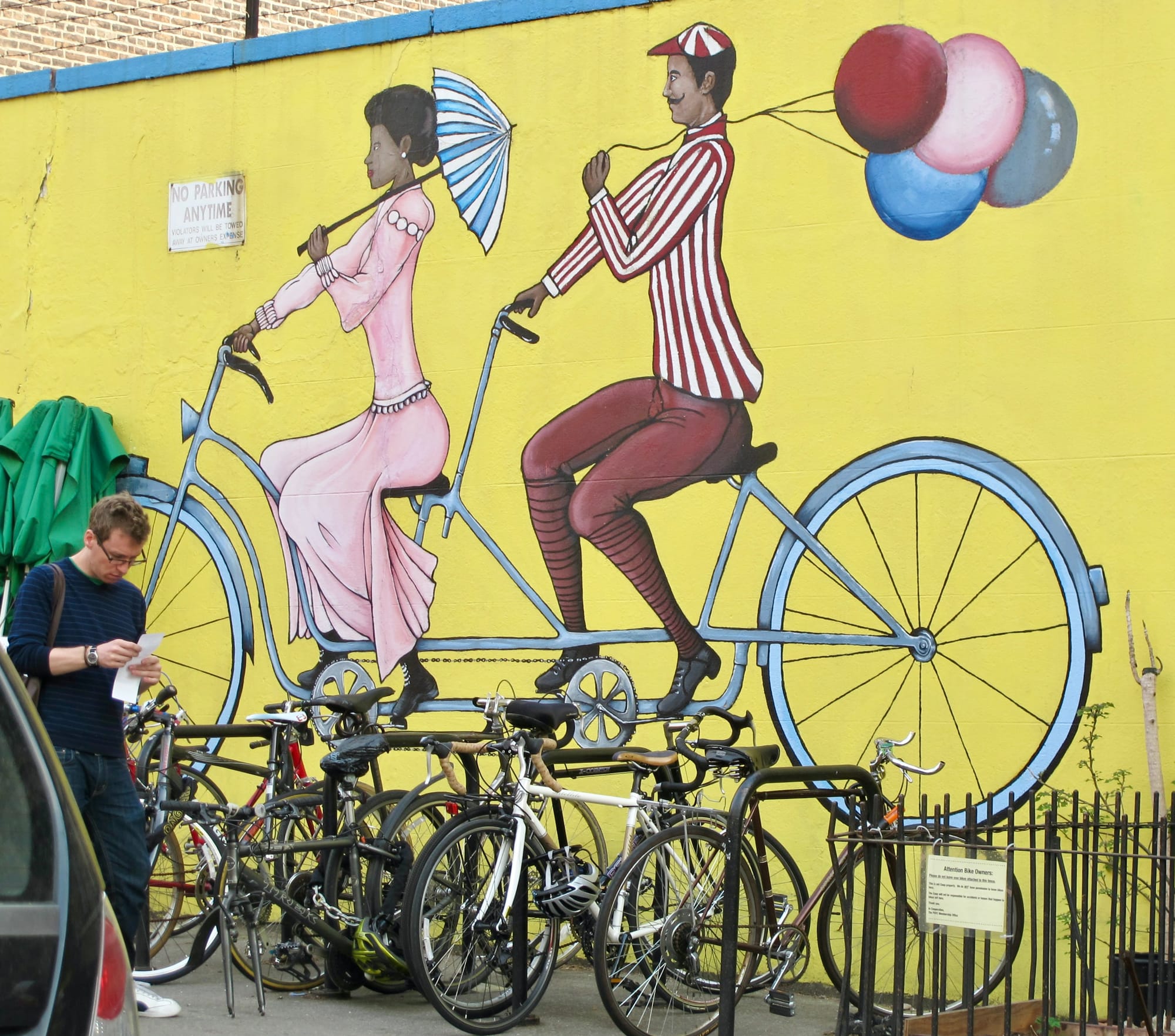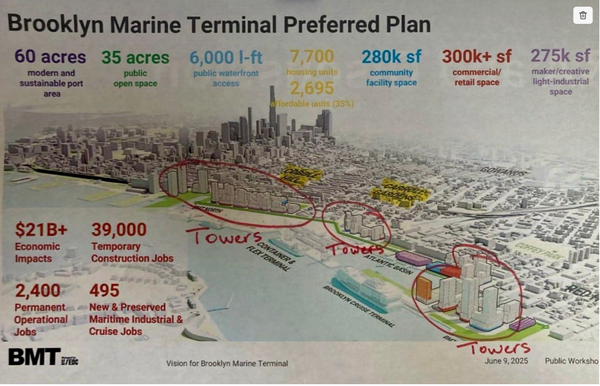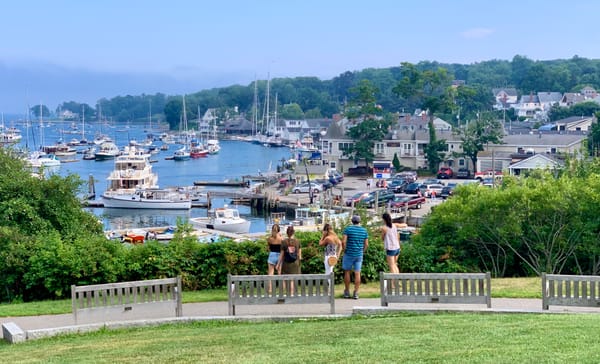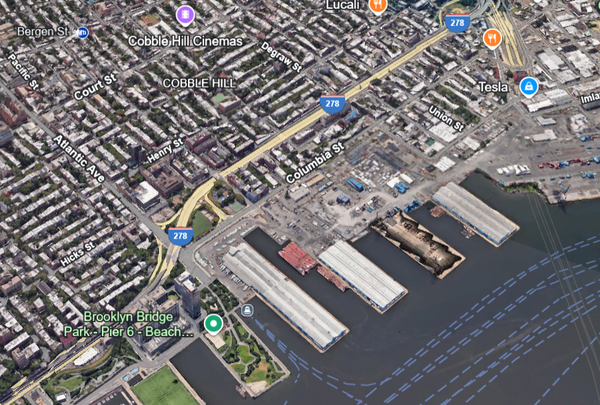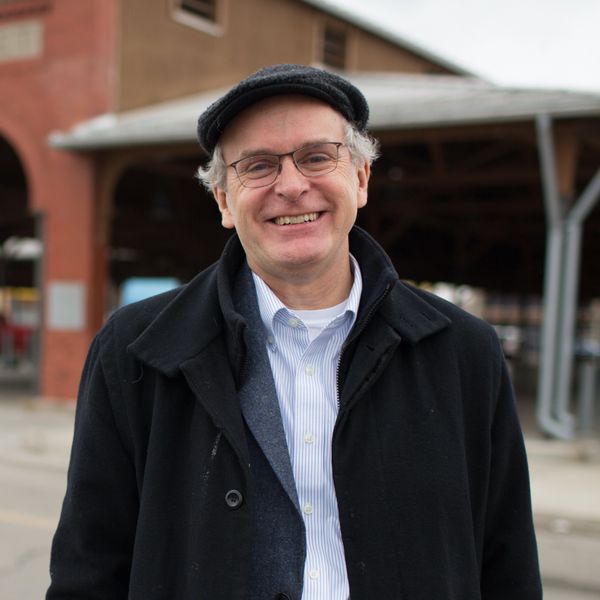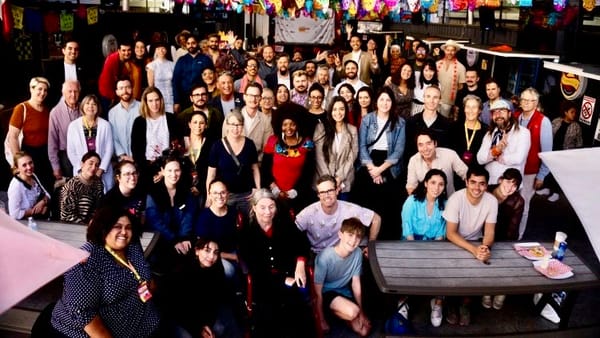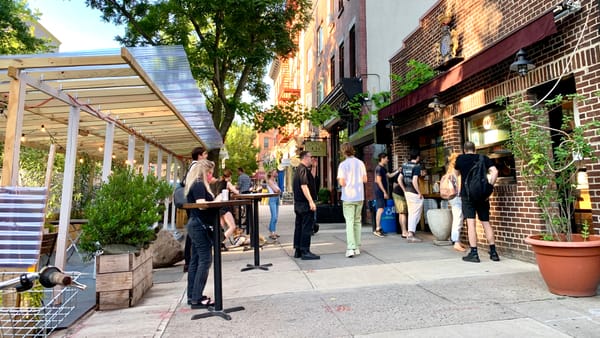These days we are seeing a big and growing biking culture in cities across the globe that is helping to create cities that are better for humans. Bike culture encompasses more than just cycling on a regular basis. It is made up of a large community of people who care about freedom of movement and better cities that can support it, with cyclists being some of the most impassioned advocates for better city design and safer streets. This is because cycling and cyclists, just like pedestrians, thrive when they are far from cars.
In places where cars drive slow or are not around, where the sidewalks are wide and people are gathering and hanging out because traffic doesn't dominate the area, that's when cyclists also enjoy a safer and more pleasant cycling experience. For them and for everyone who navigates a city outside a speeding metal box, we need to design safe and pleasant places.
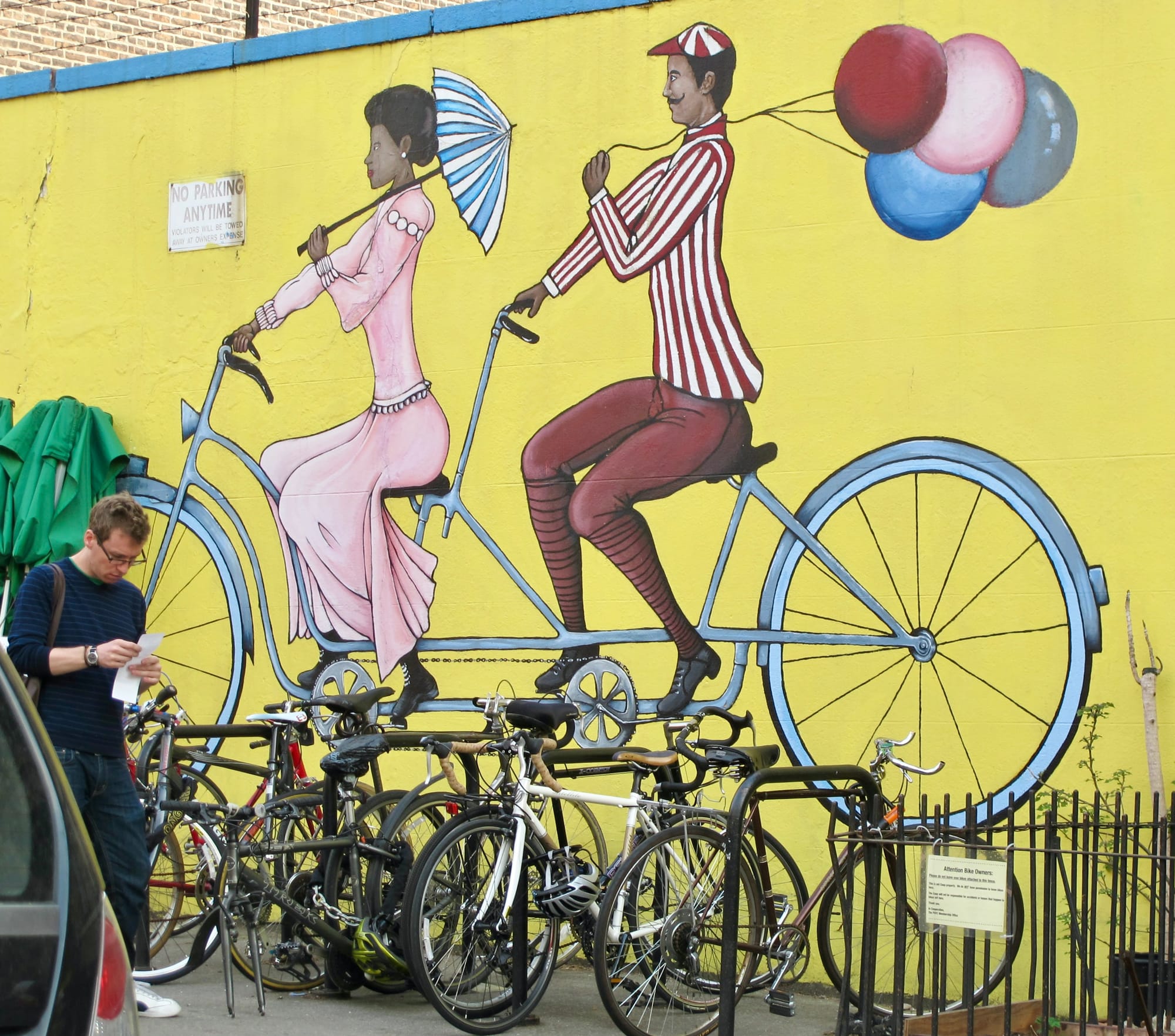
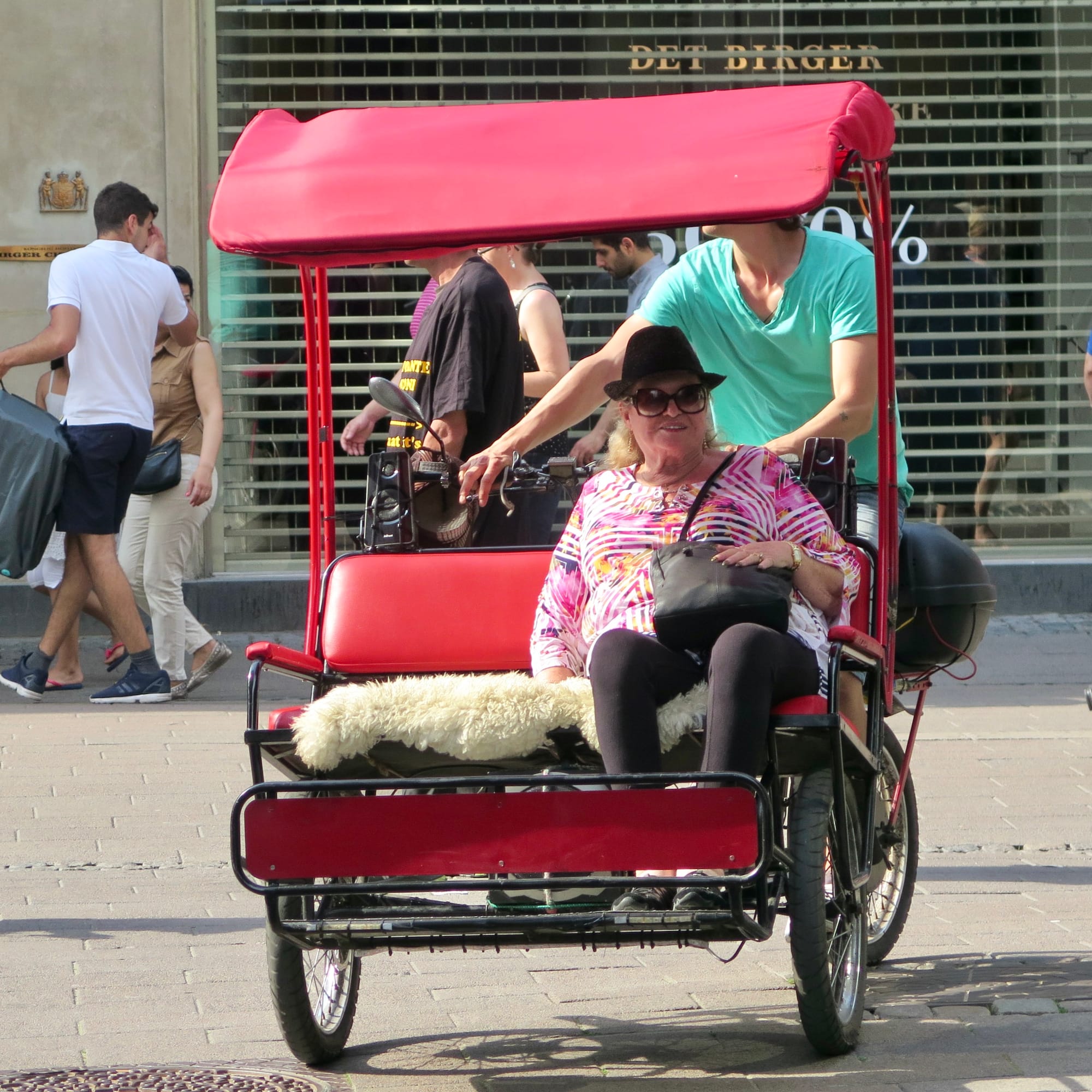
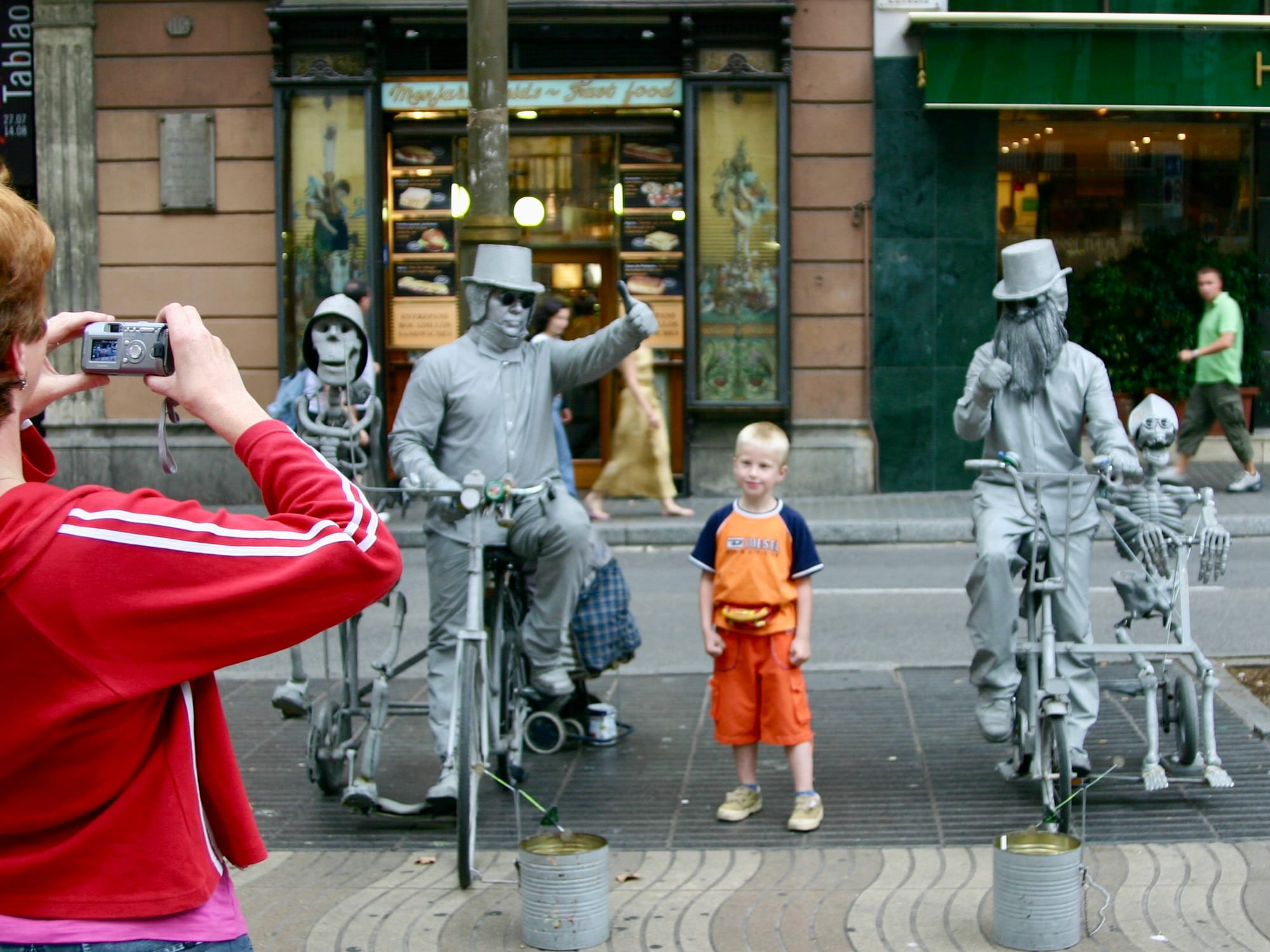
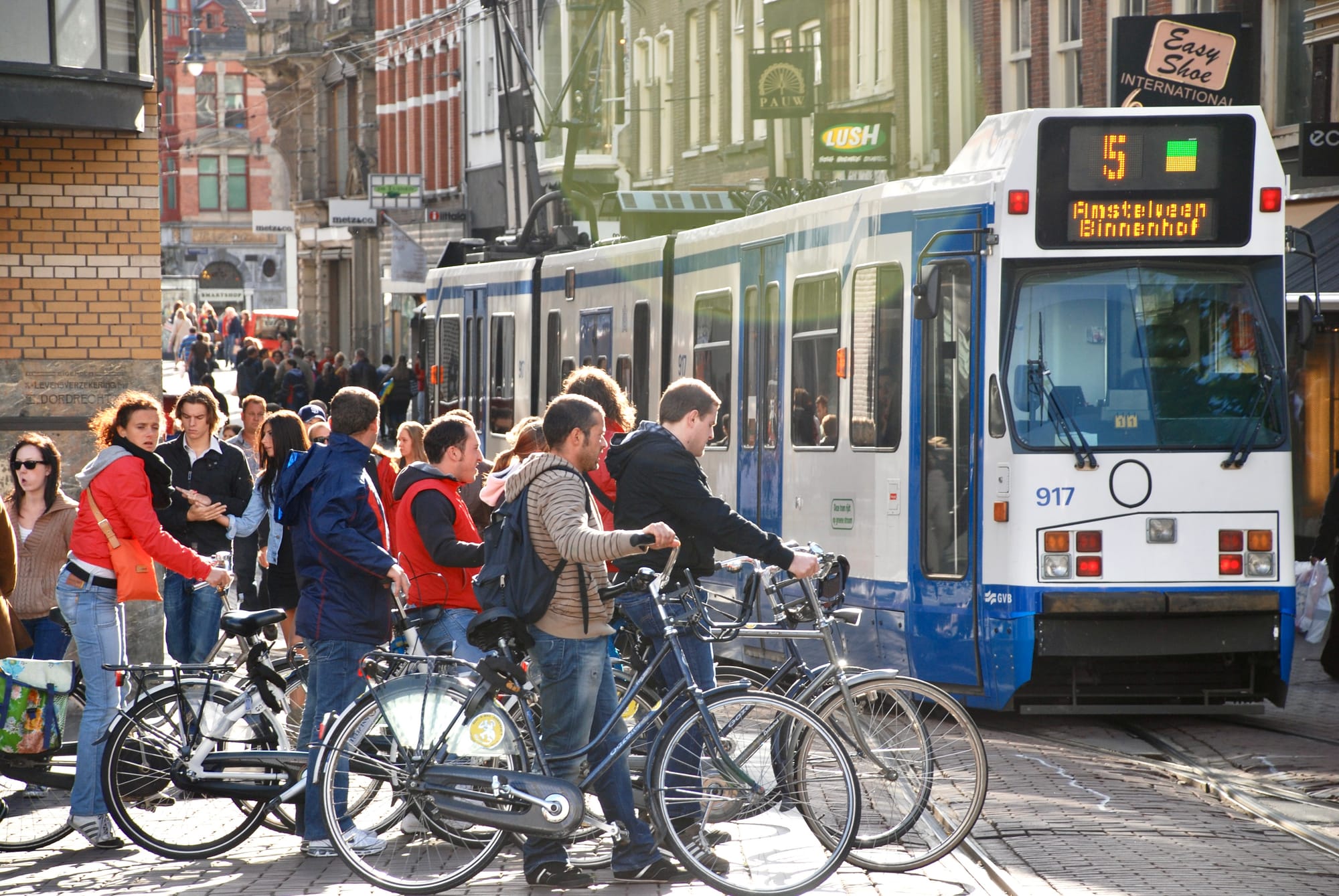
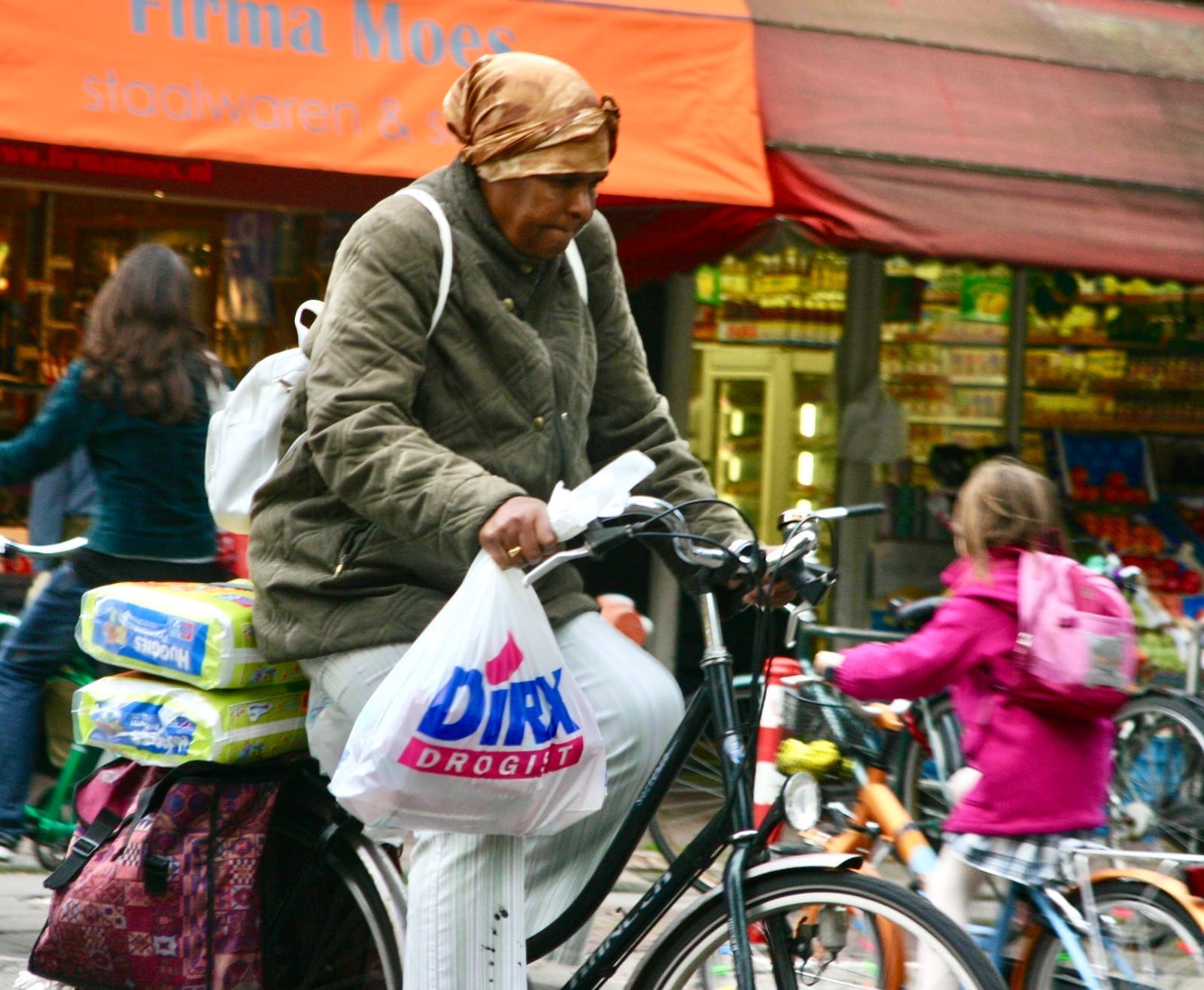
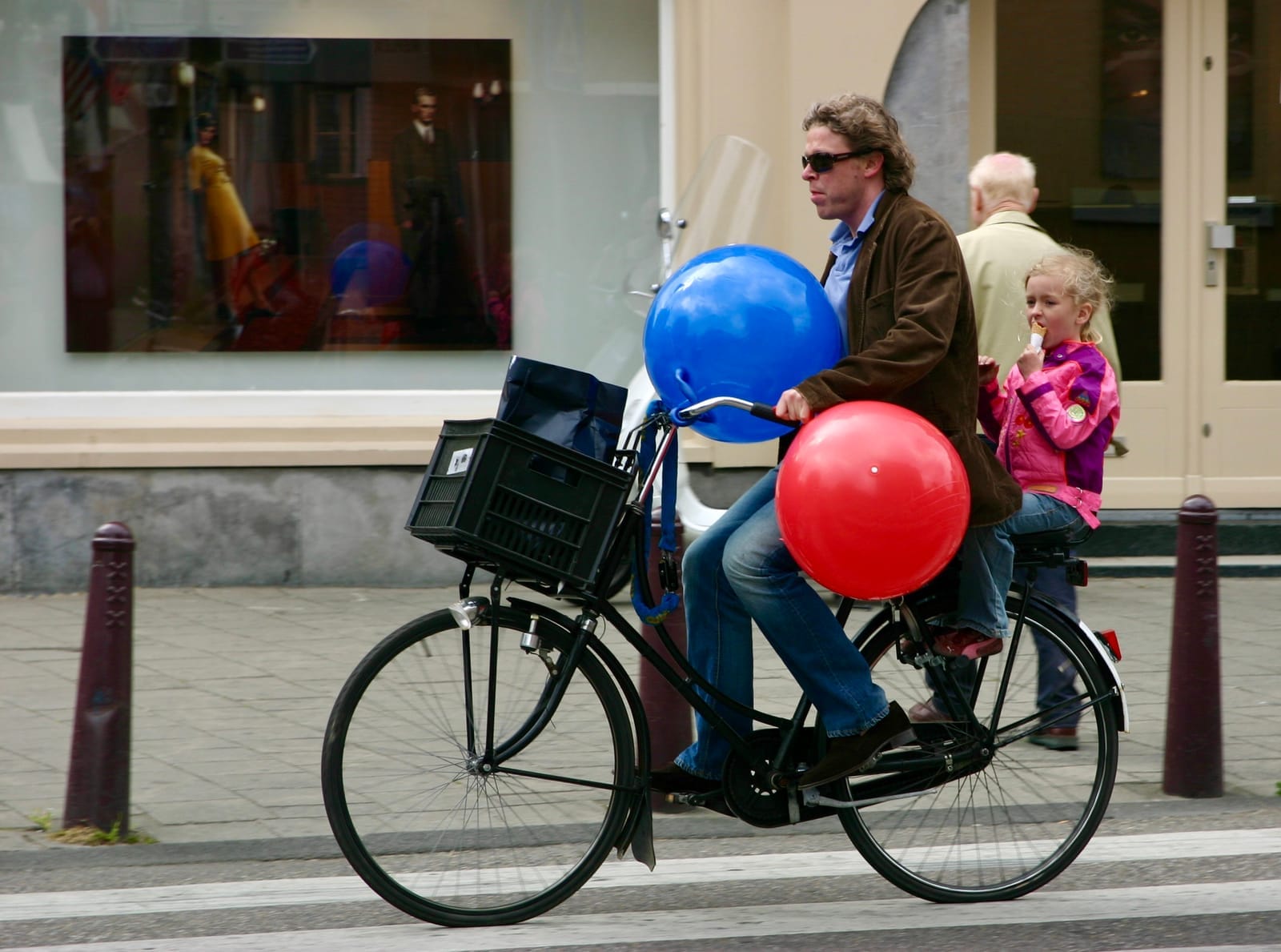
Downtown Biking
In the types of downtowns that are cycling-friendly, drivers drive more slowly and cautiously, and everyone enjoys a calmer atmosphere as they coexist peacefully with the people around them. In cities with narrow streets and/or an expansive network of protected bike lanes, we see a large presence of bikes because cycling is safe, comfortable, and encouraged. This draws out pedestrians as well since it is the overwhelming presence of cars that tends to drive them away from a place.
Amsterdam, Copenhagen and other cities designed to accommodate two-wheel mobility are famous for being characterized by the large presence of cyclists. This allows the city to still be dynamic and easy to navigate while also being safer, quieter, and less polluted, which makes it more enjoyable for everyone.
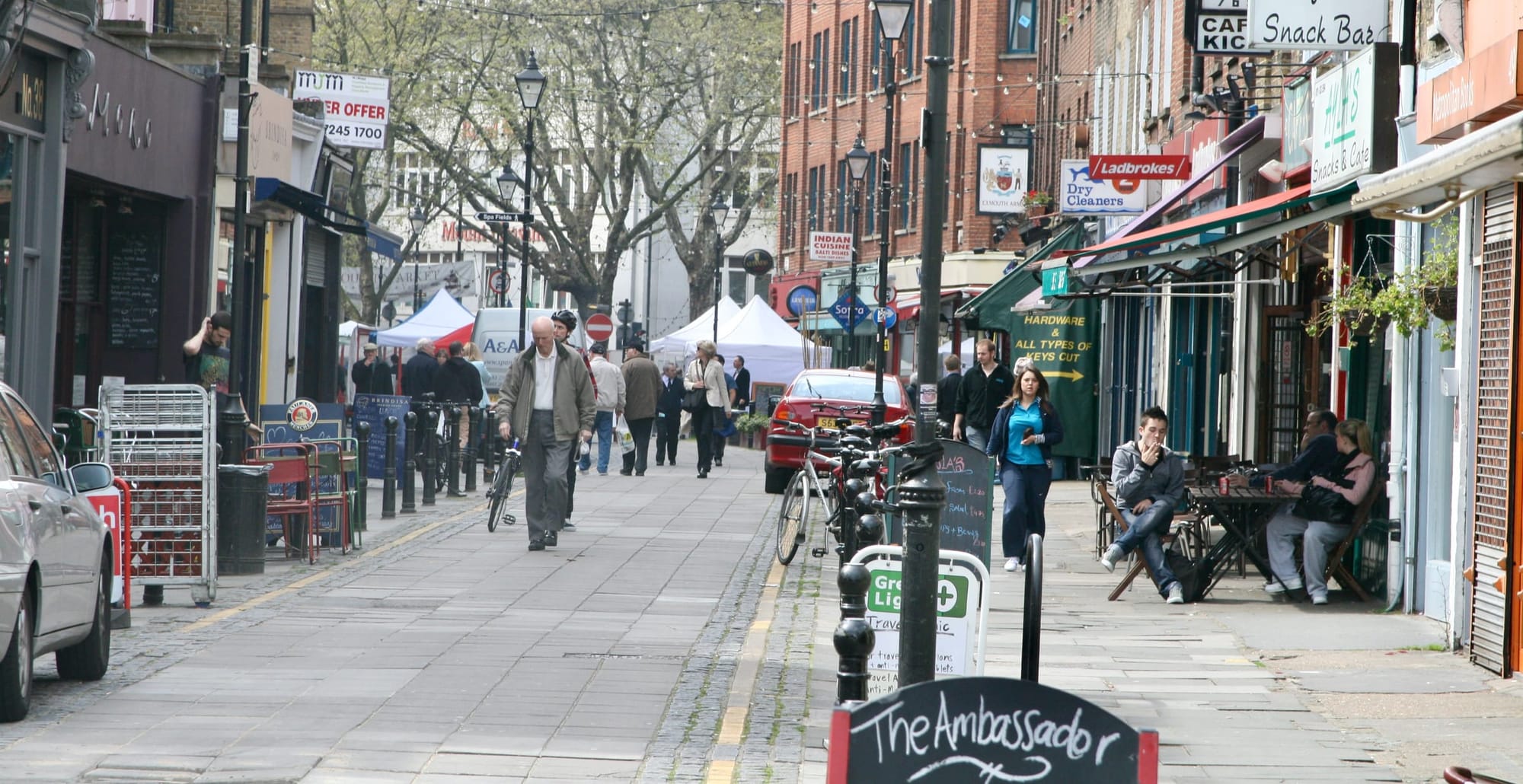
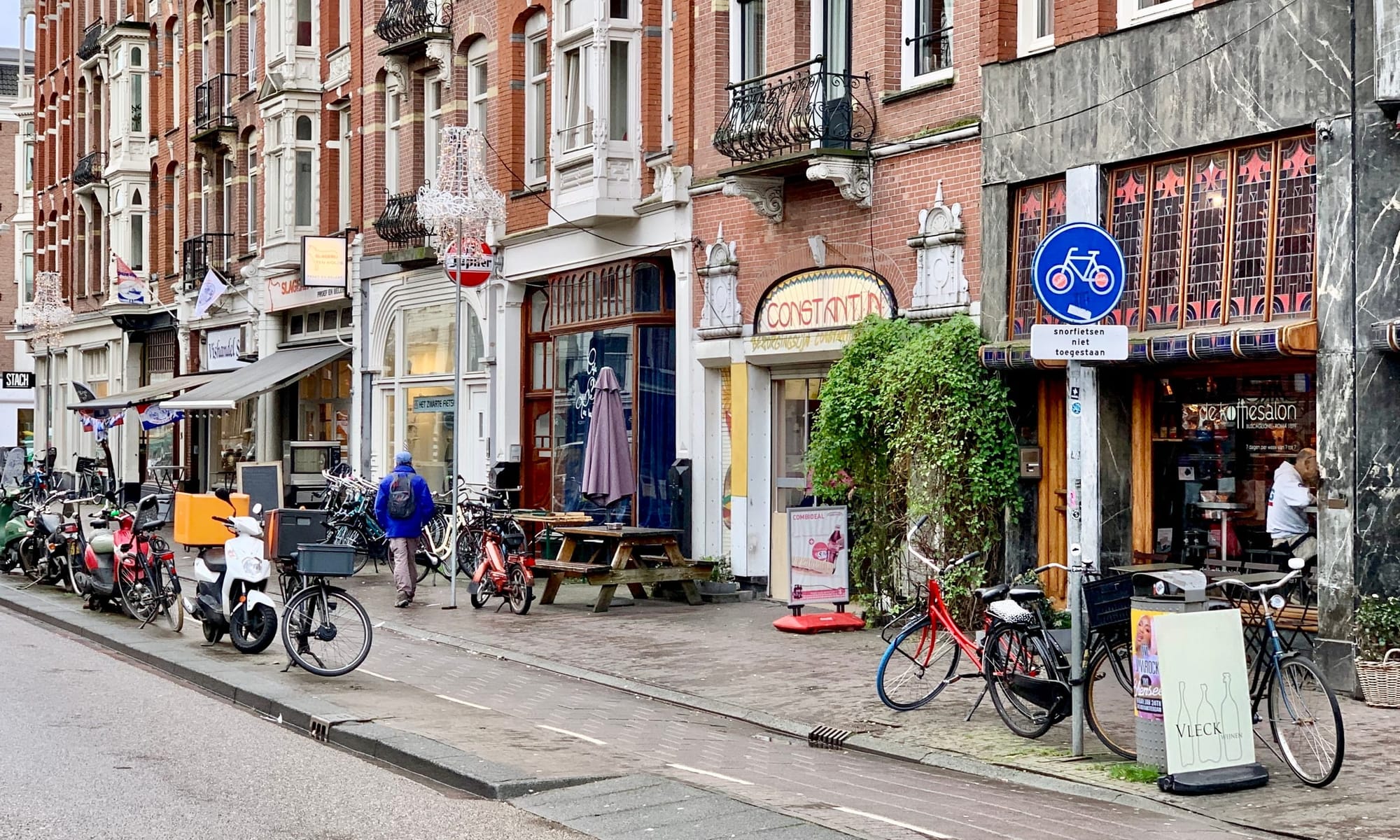
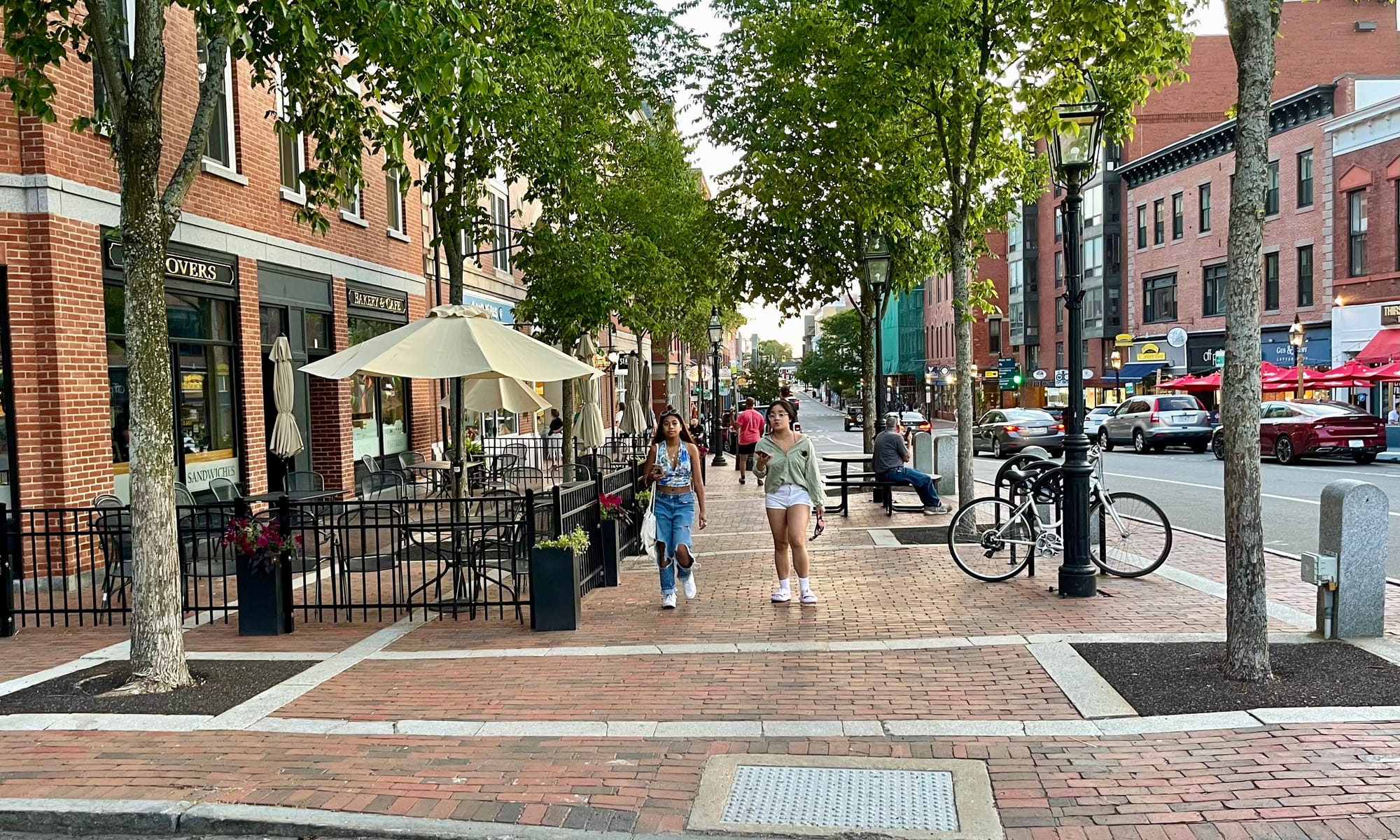
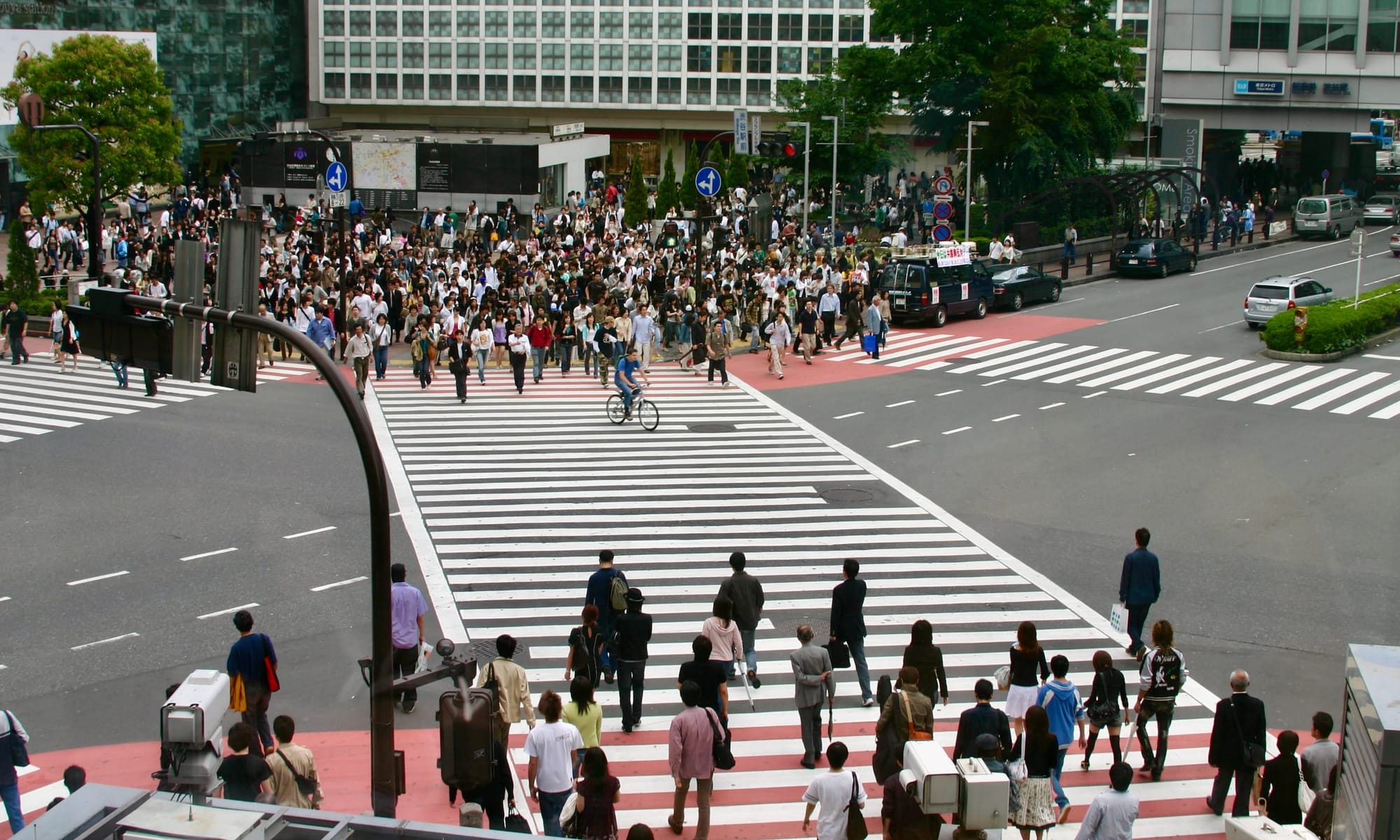
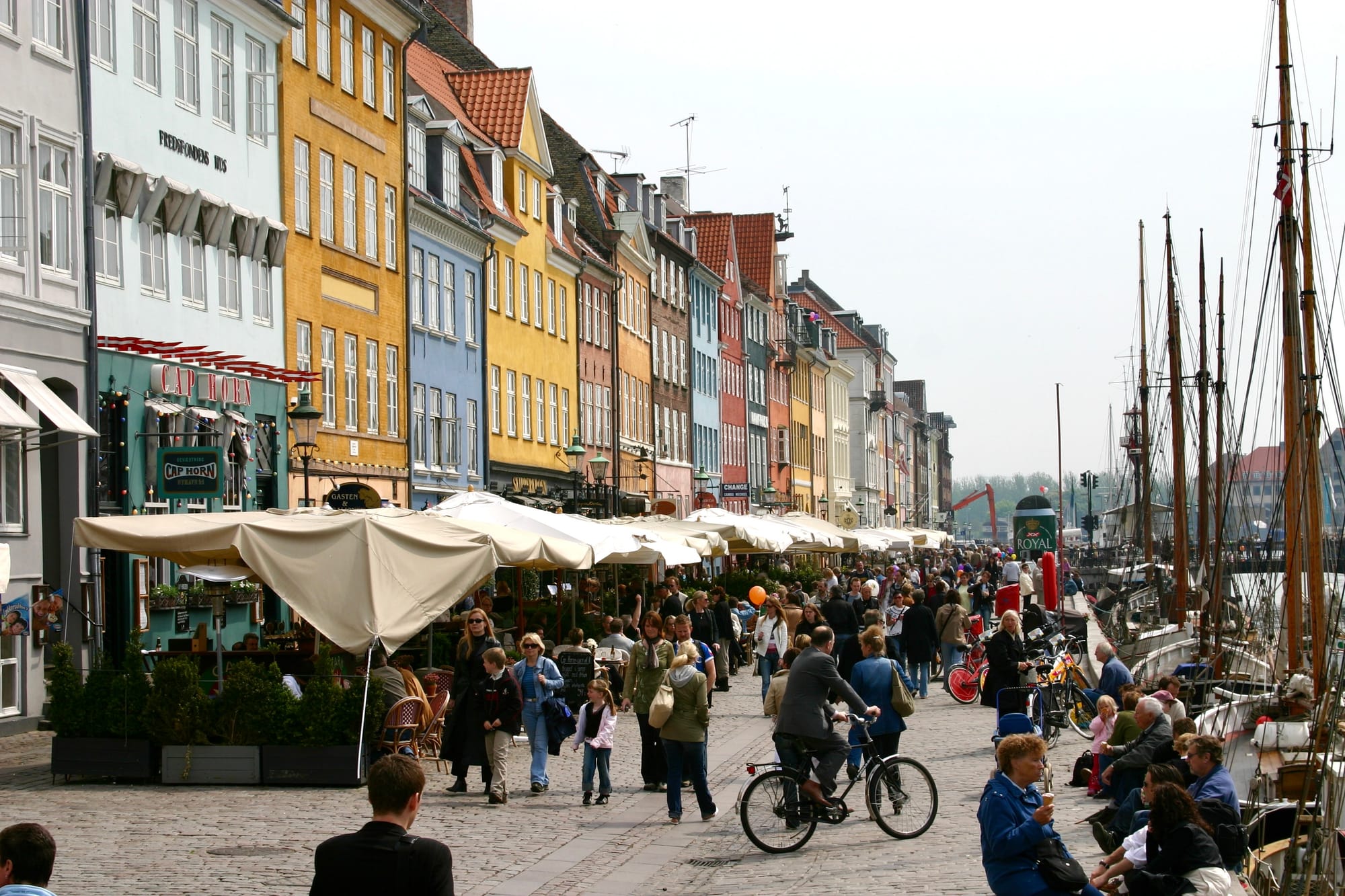

Biking on Local Neighborhood Streets
Biking adds significantly to livability of communities, especially in residential neighborhoods. When people cycle instead of drive, they reduce noise down to almost nothing. Peace reigns in the neighborhood. Not only that, but cycling creates much safer streets where children can roam free outside without parents having to worry about their safety. This increases their freedom and independence.
And finally, places that are good for cycling are good for people with otherwise limited mobility options such as children and those who do not own a car. Many of those people can still cycle to get around and run daily errands, and by doing so, the world opens up to them. Bike culture makes a place easier to navigate for everyone.
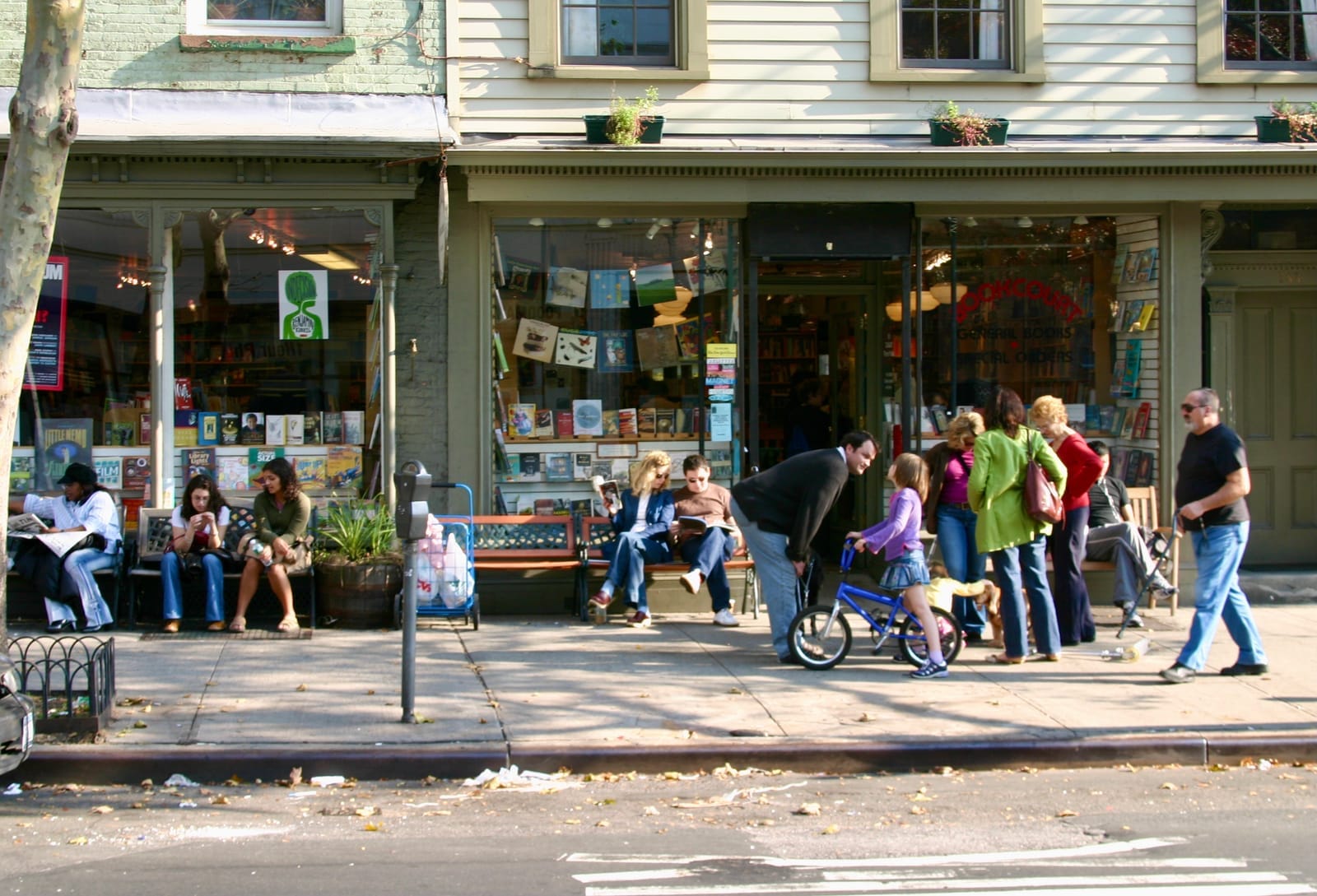

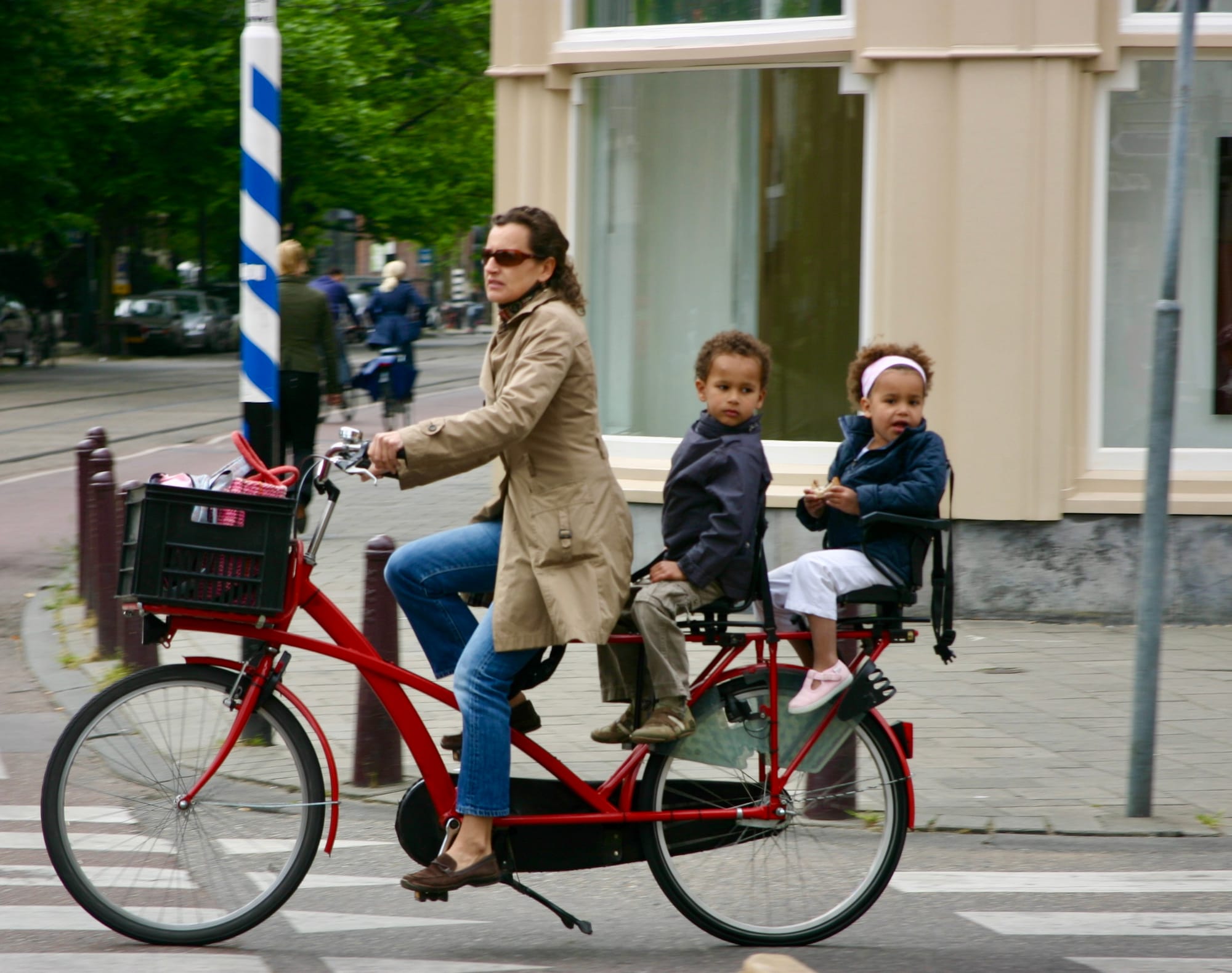
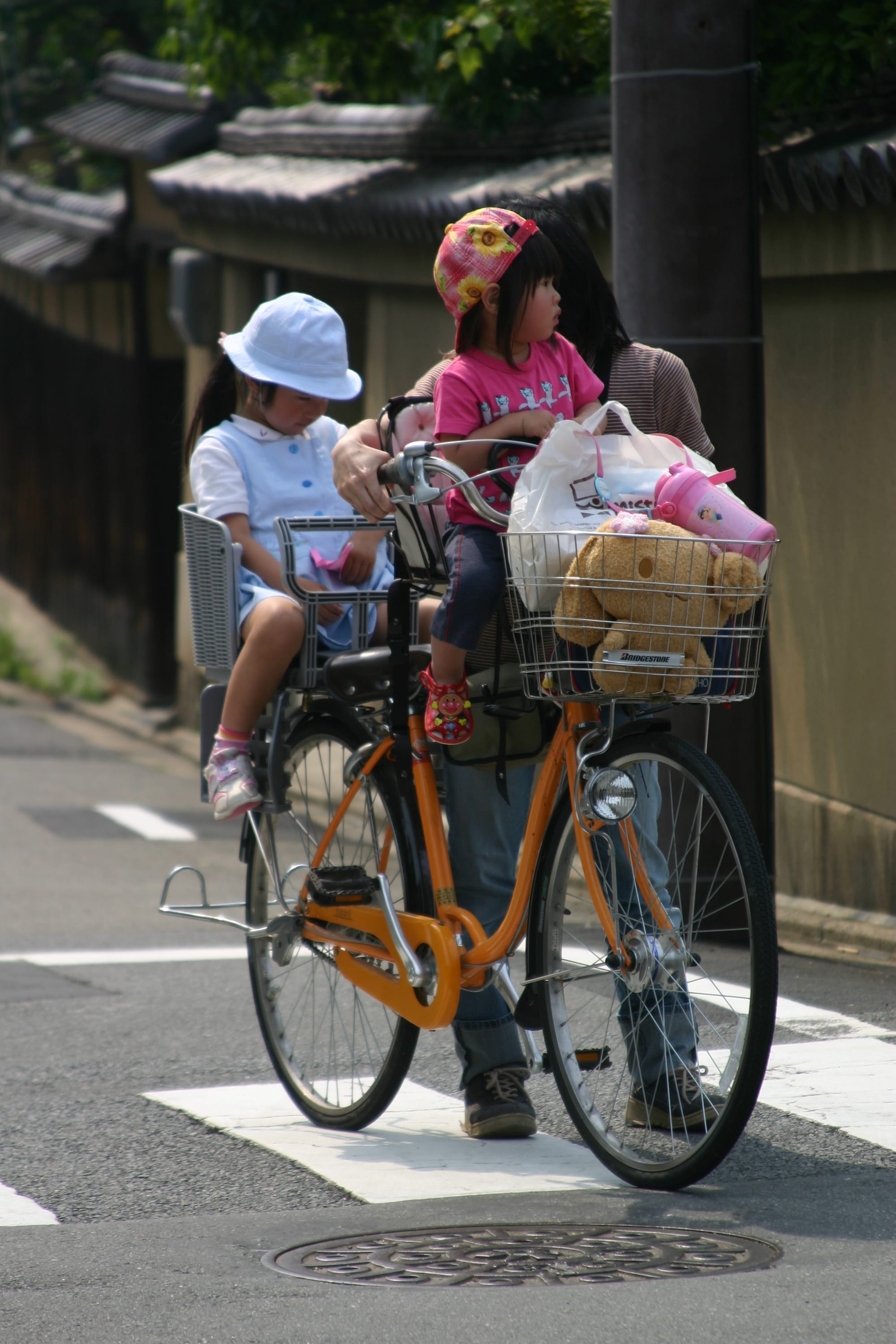
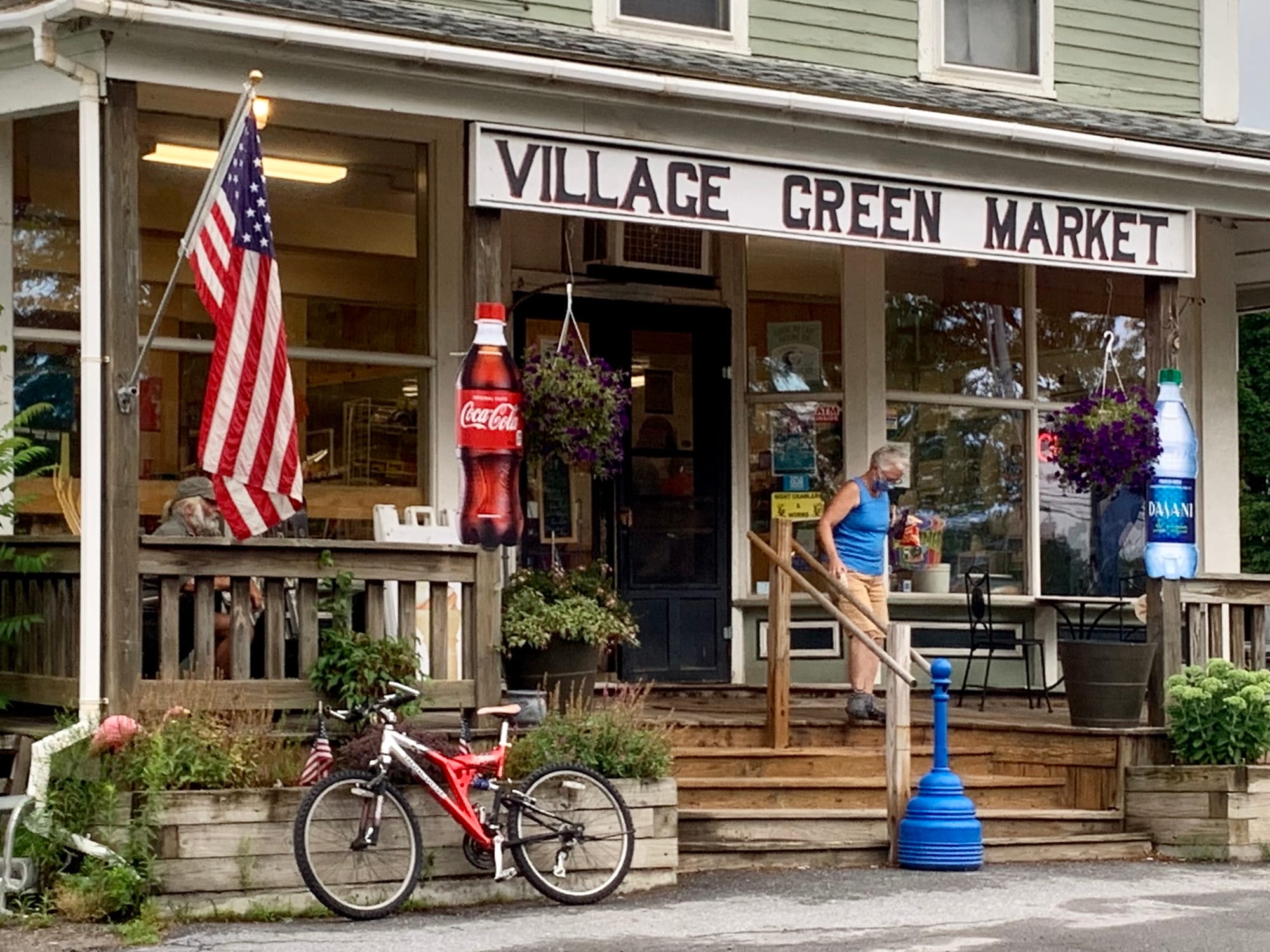
Cycling Infrastructure
To create a city that is welcoming to cycling and cyclists, there are certain changes that need to be made to its design. Without the protection of metal shells, cyclists like pedestrians are more vulnerable than drivers and thus, efforts need to be taken to protect them. What's more, there need to be amenities available for storing bicycles conveniently and allowing for a safe and seamless interaction between cyclists and pedestrians.
Shared Space
When cities are designed to have "shared space," they are welcoming for all people – drivers, cyclists, and pedestrians. This mix creates a beautiful chaos where four wheels, two wheels, and legs of every size and shape weave around each other in a complex but harmonious dance. And while cars are still present in shared spaces, they don't create stress and discomfort because they respect the presence of others and behave accordingly, slowing down, observing cues, and being cautious. Successfully implemented shared space creates a utopia of urban coexistence.
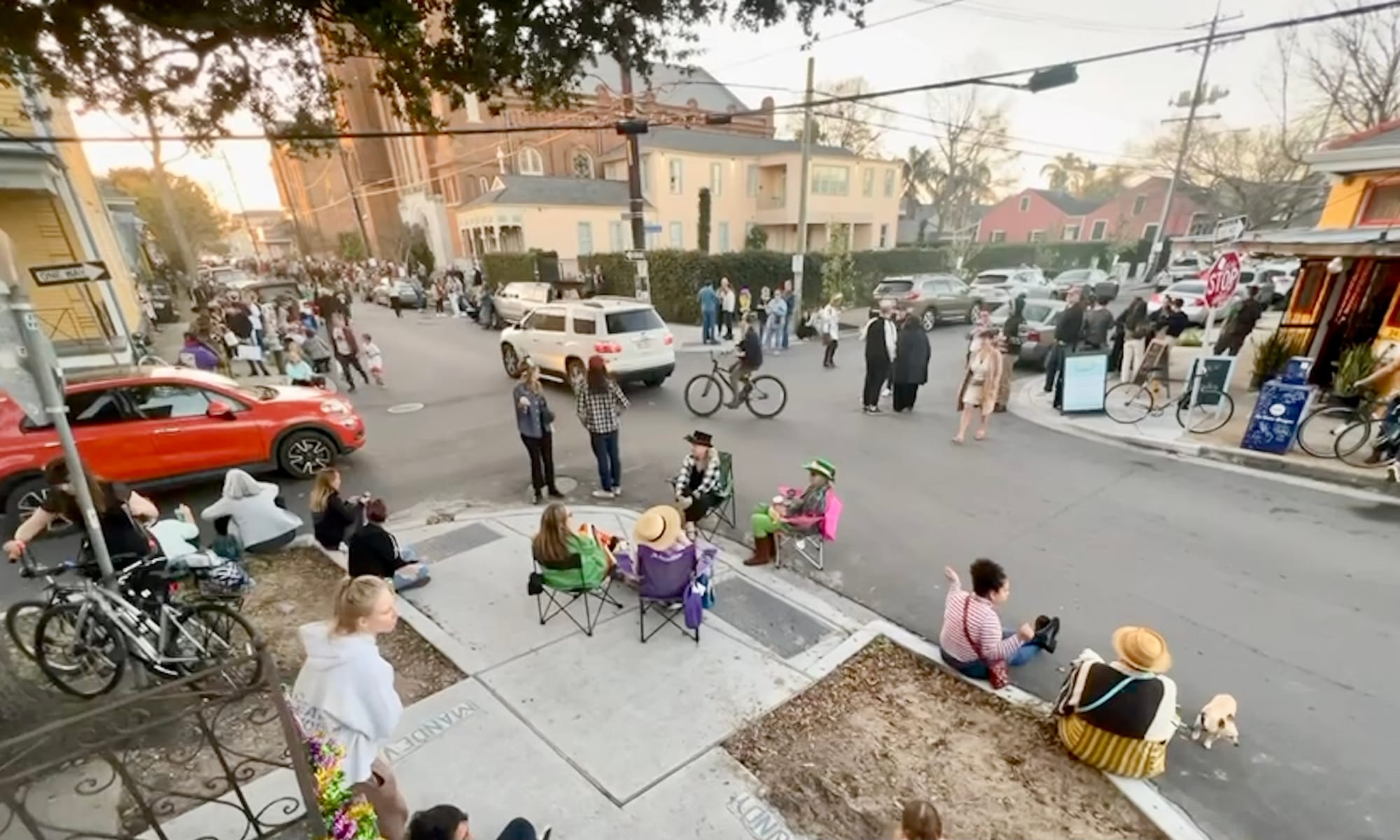
Bike Lanes
Where shared space can't be established, pedestrians and cyclists need to be structurally protected from cars. It's not enough to throw everyone together and just hope it works out. Shared space design works for everyone because the streets and public spaces are designed in such a way so as to slow cars down and make other kinds of mobility comfortable and appealing.
But on standard car-centric streets where speed of vehicles is prioritized, other measures and precautions need to be taken to protect the vulnerable – the ones existing outside 2 ton metal machines. Bollards need to be added to keep pedestrians safe from vehicles and protected bike lanes (where there is not just paint but some kind of structural separation between bike and car lanes) need to be built to create a safe environment for cyclists.
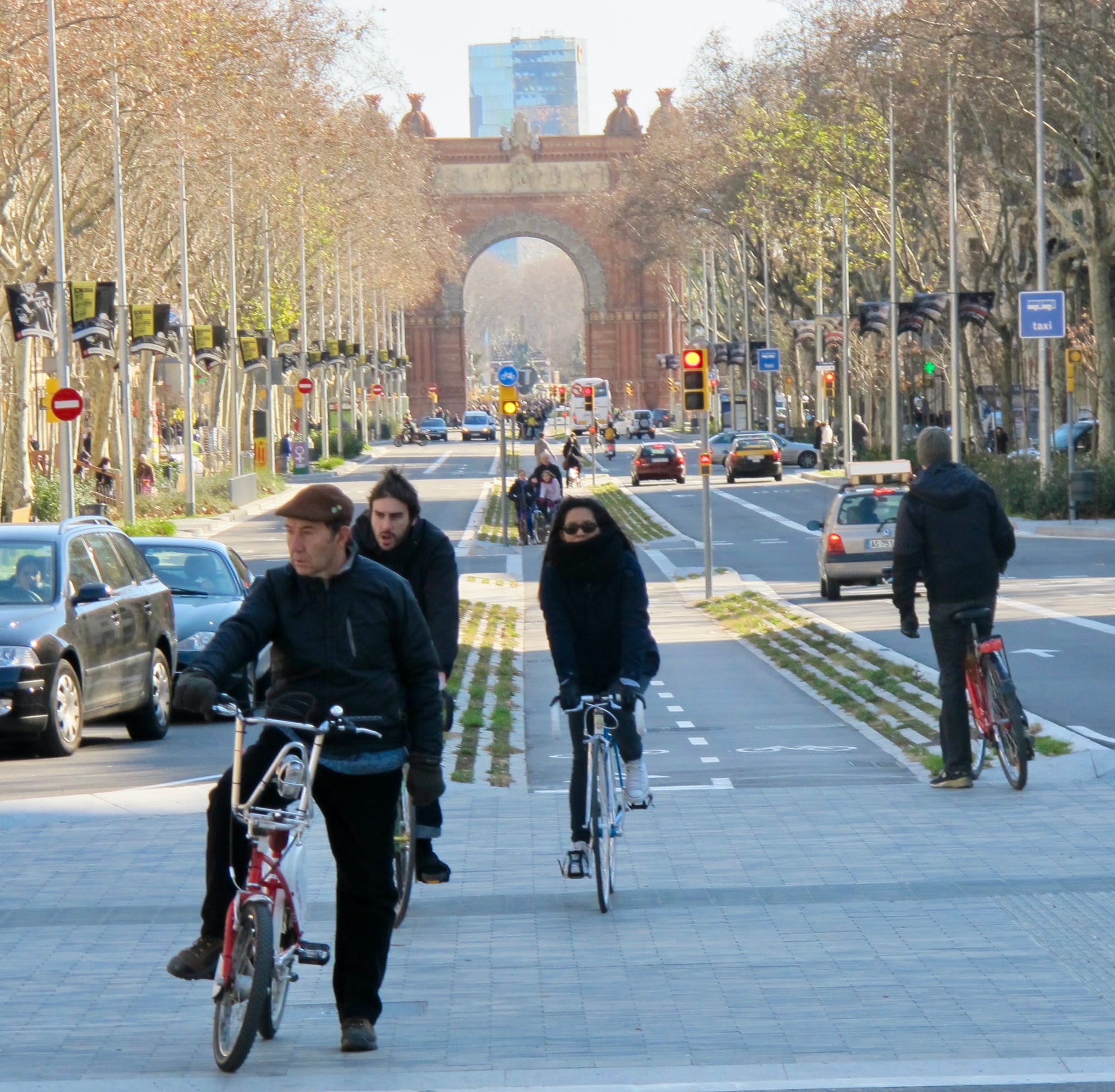

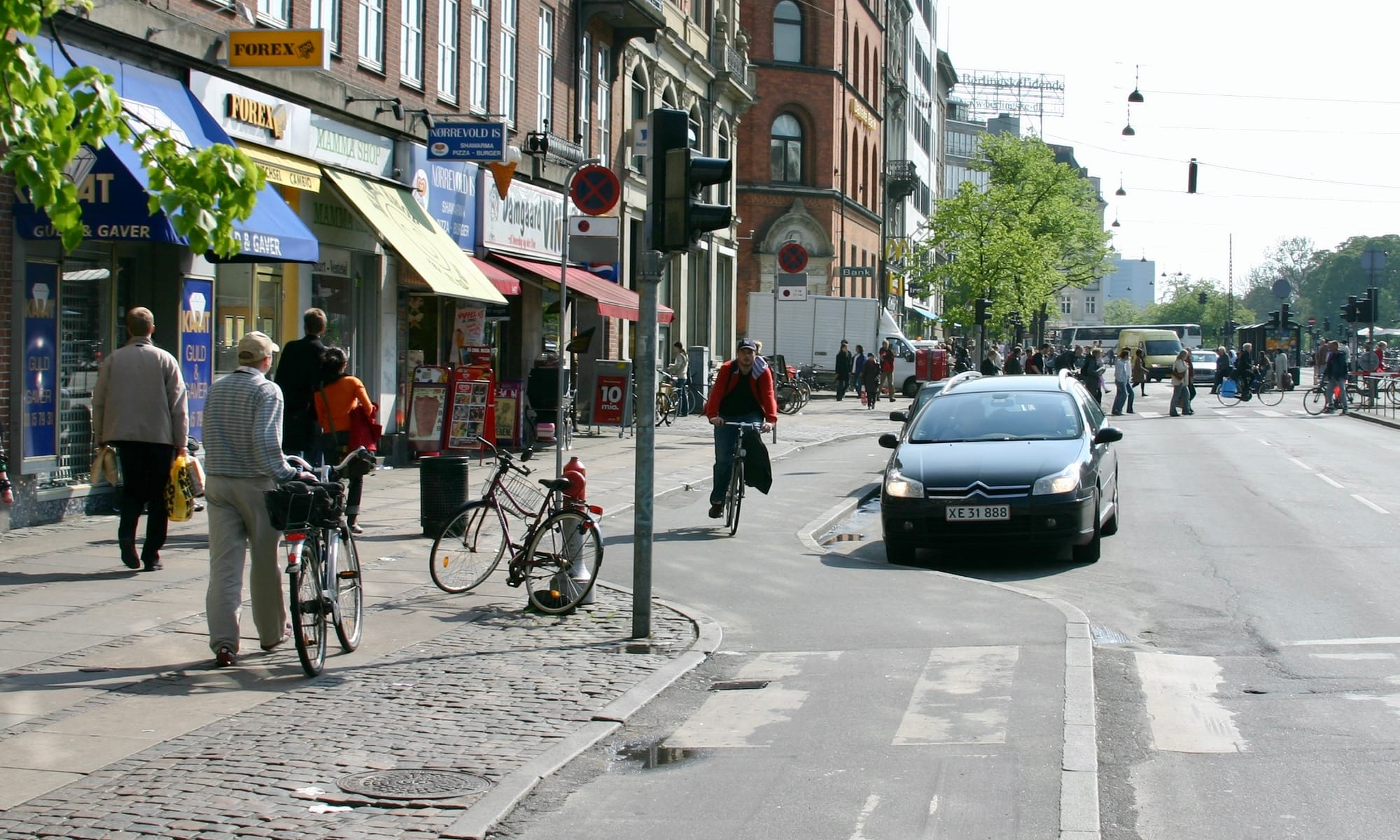
Protected bike lanes
Cyclists and Pedestrians Sharing Sidewalk Life
When there is no shared space established or safe bike lanes available that people feel comfortable cycling on, the result is conflicts with pedestrians. This is because people, including cyclists, generally don't want to share the street with dangerous, speeding cars where they feel vulnerable and in danger.
So when comfortable bike infrastructure is lacking, cyclists often choose to bike on the sidewalks instead. Unfortunately, that forces them to cross paths with pedestrians to whom they pose a risk. This leads to tensions that bike-friendly street design could eliminate.
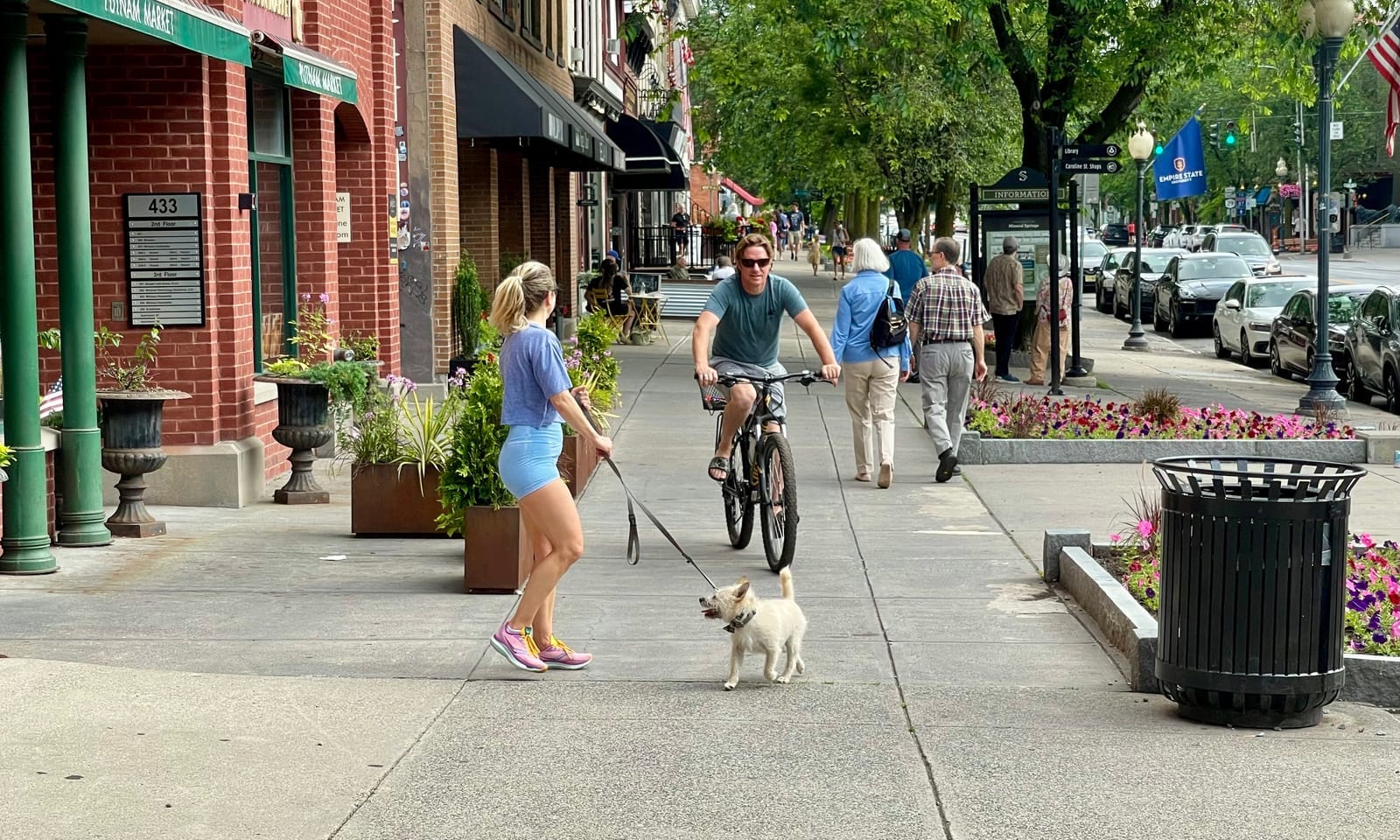
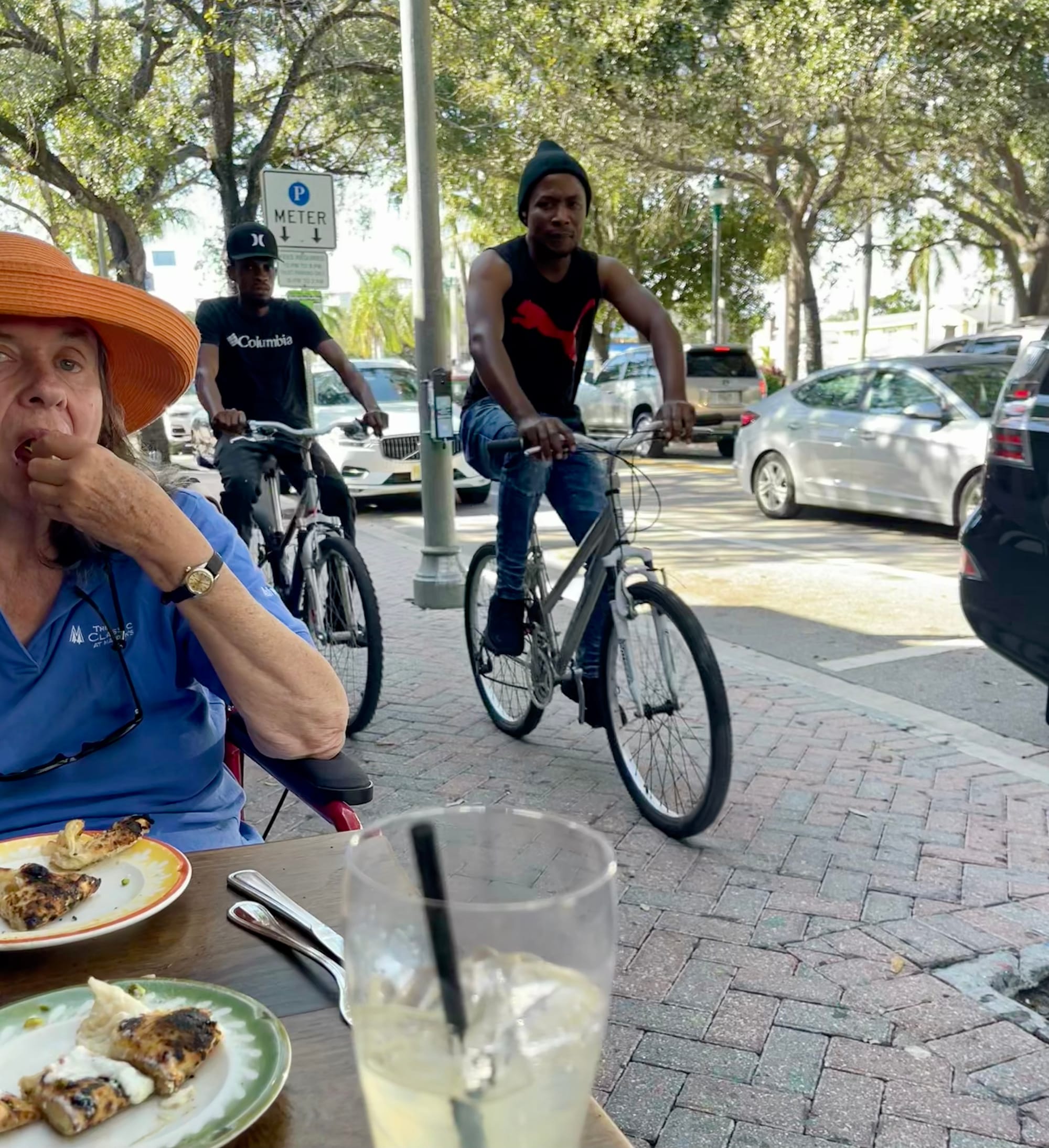
Sometimes Sharing the Street Doesn't Work
In cities where bikes have a high priority, sometimes the sidewalk and pedestrian life suffers. In the same way cars eat up too much space in most cities, in some cities bicycles do so, robbing pedestrians of their share of the street when cities deprioritize sidewalks and sidewalk life in favor of bike infrastructure.
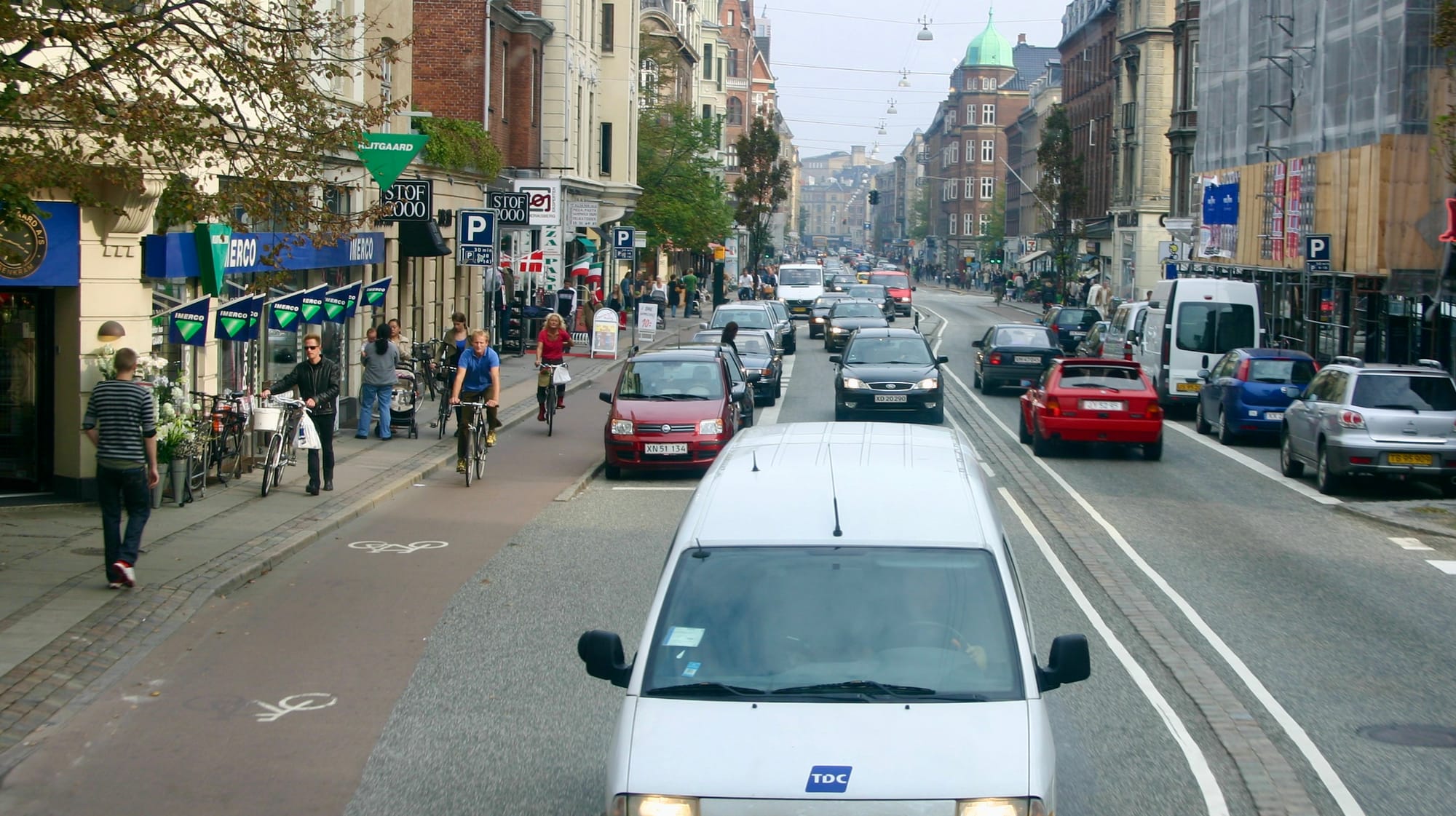
Mishandled Corners
Another case of sharing the street not working is when there are too many bikes dominating corners and intersections. We are strong advocates for utilizing the corners of a street for social and commercial life. These key spots need to be reserved for cafés, restaurants, and other uses that bring people together. When they're used to store bikes, the space for other activities is minimized and the corner is unable to live up to its potential. Corners full of activity are what we want to see – not corners for bike storage.
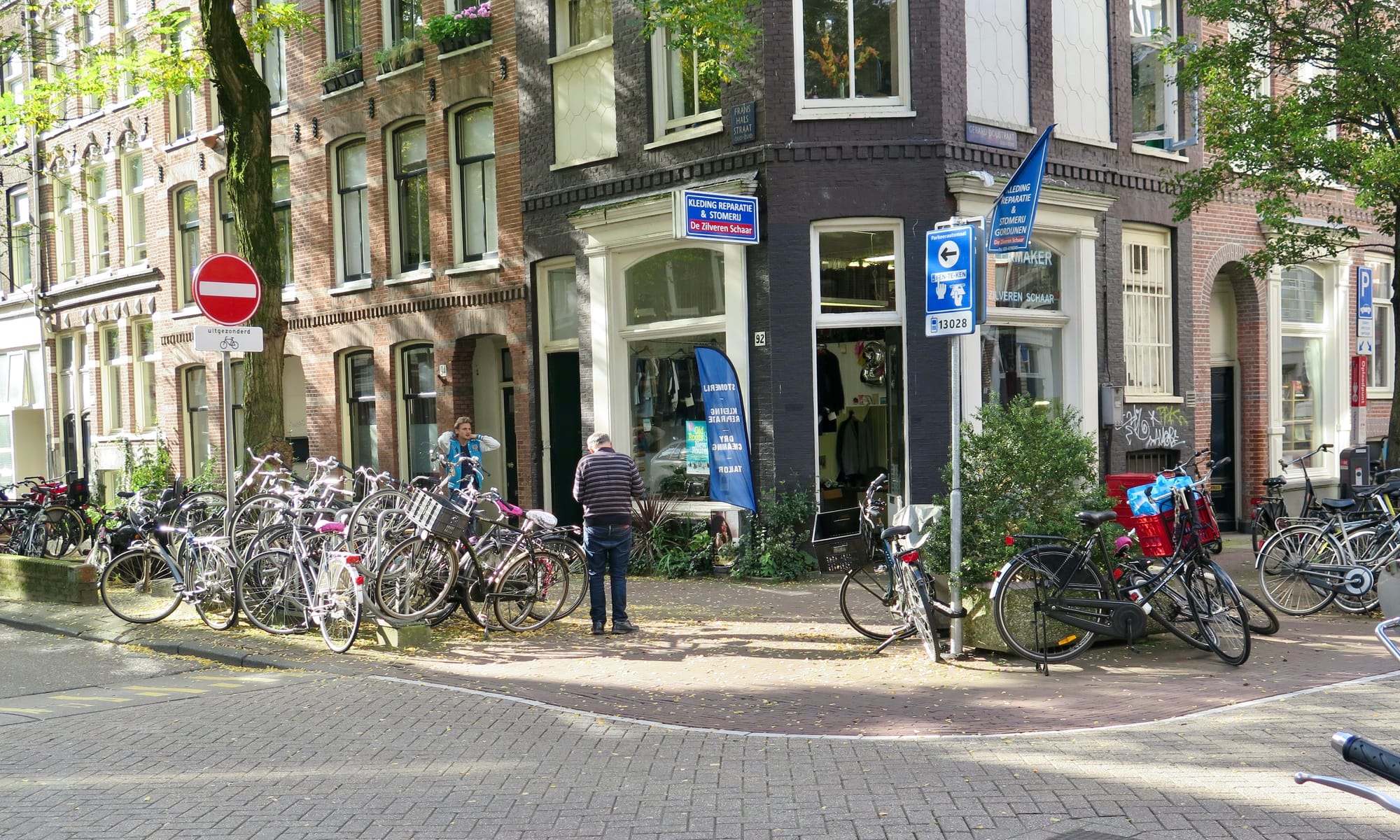
Even a few bikes can detract from the value that a great corner can create when it is used for seating and activities by obscuring visibility and accessibility.
Good Corners
Corners and bikes can coexist. The important thing is that the bikes don't block the corner, allowing corner uses there to thrive. Putting the bike parking to the side or on the street makes it possible to avoid bikes clogging up the precious corner space or becoming obstacles to accessing corner activations.
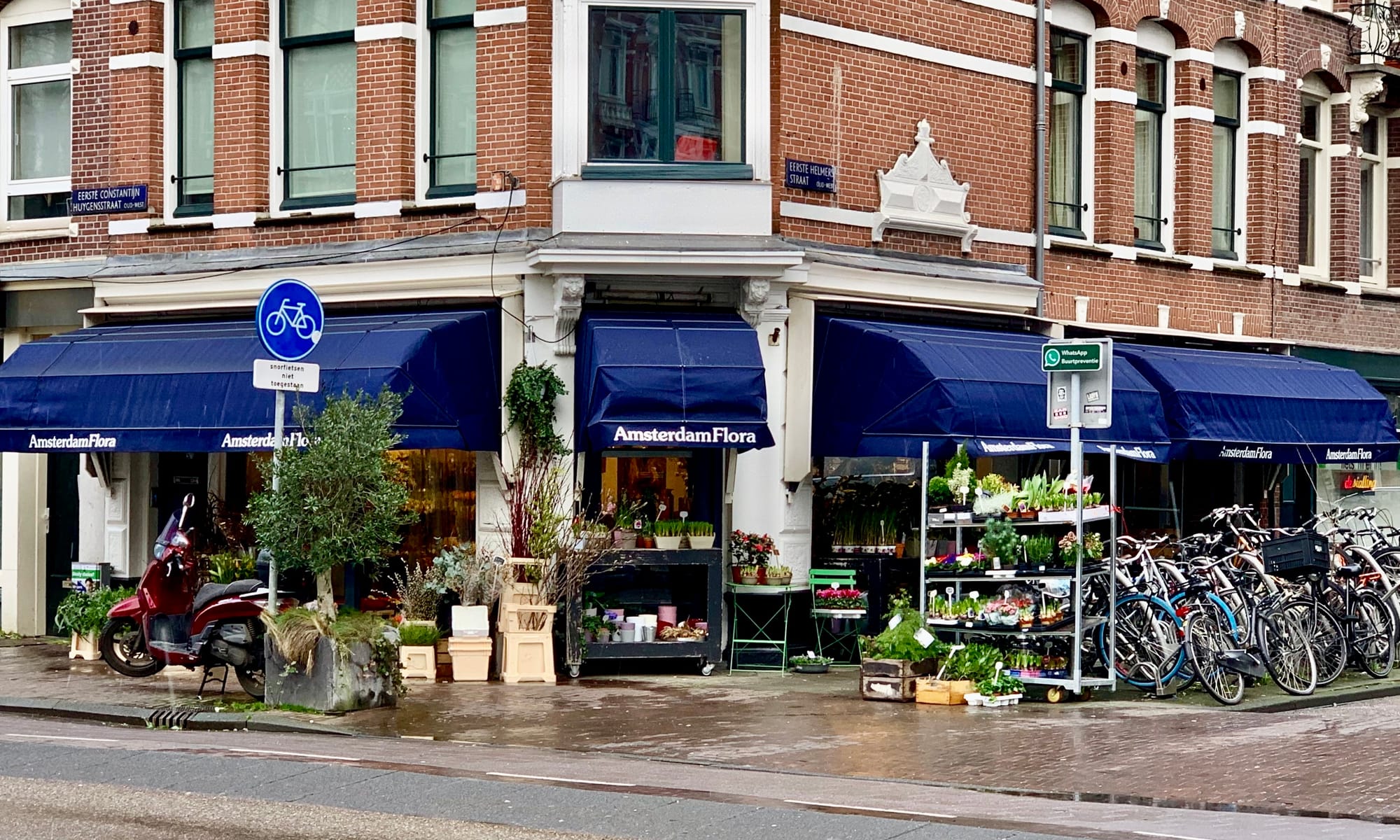
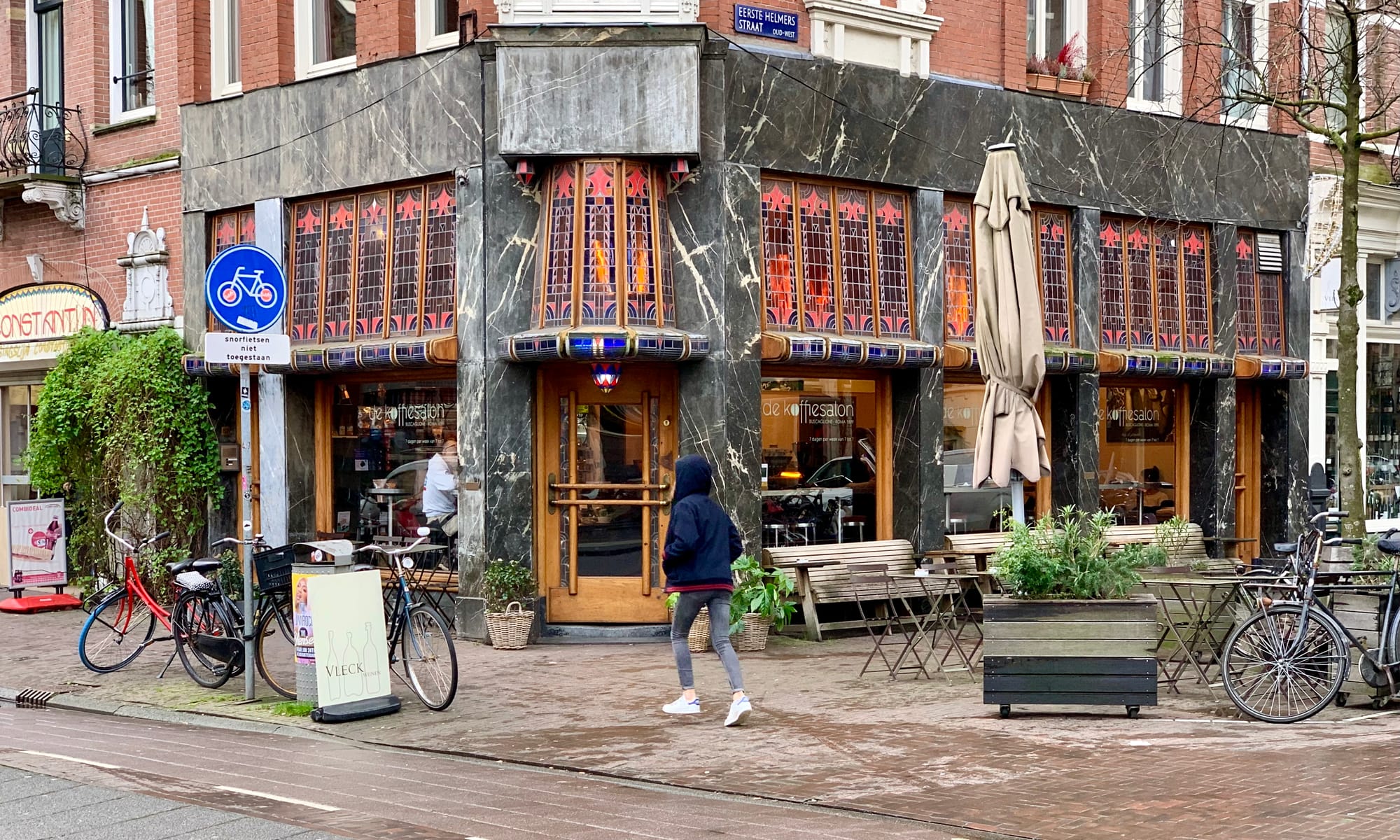

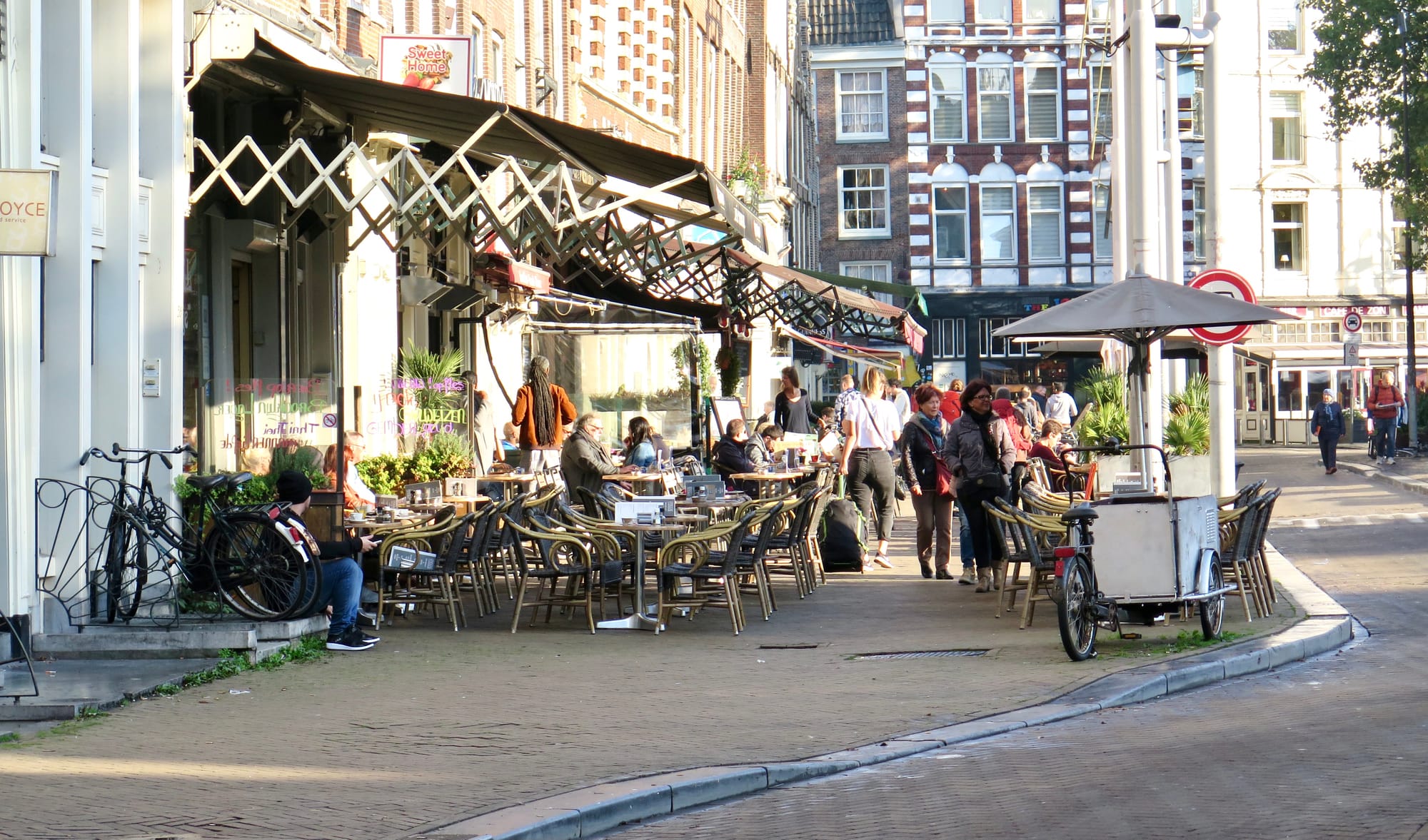
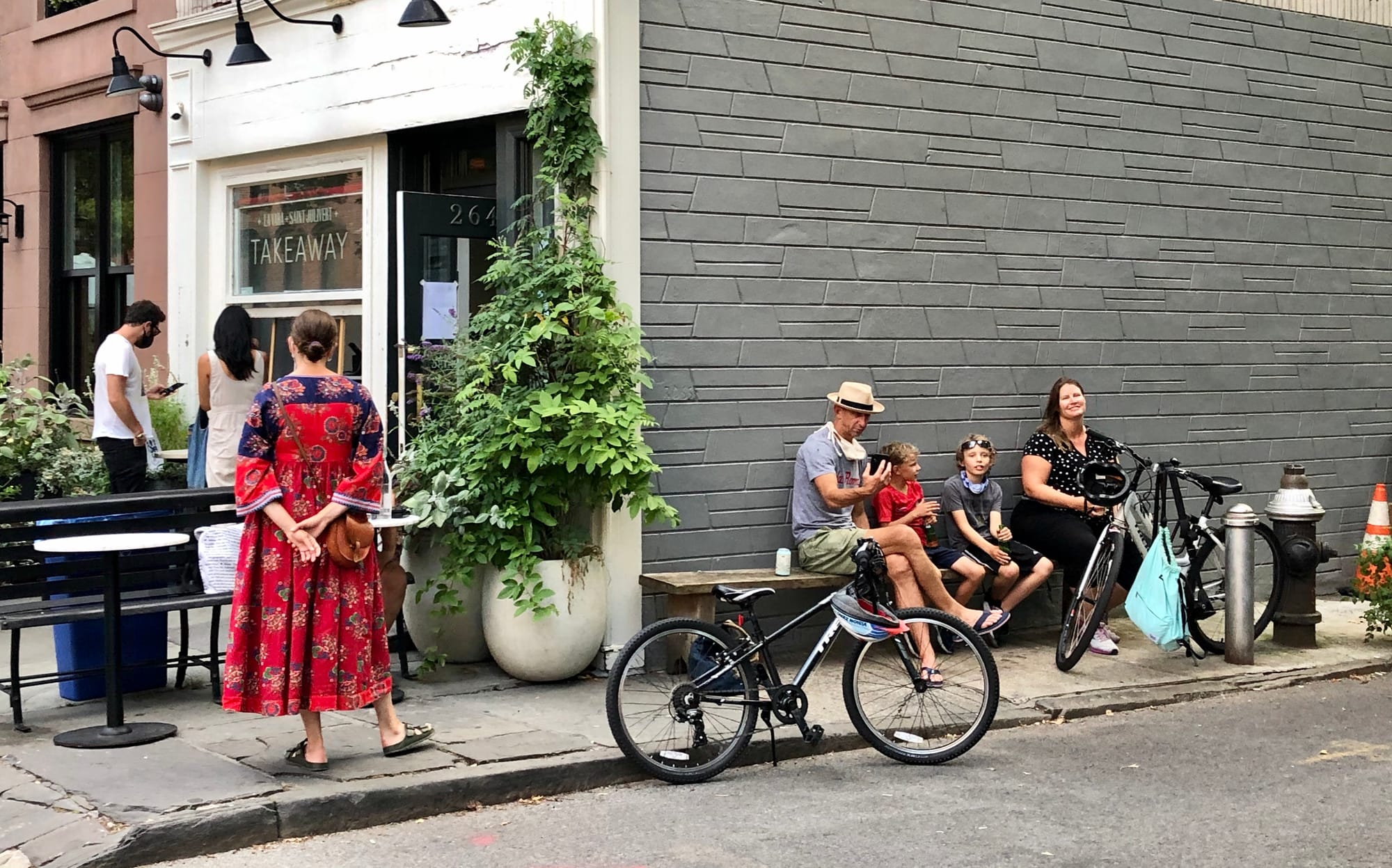
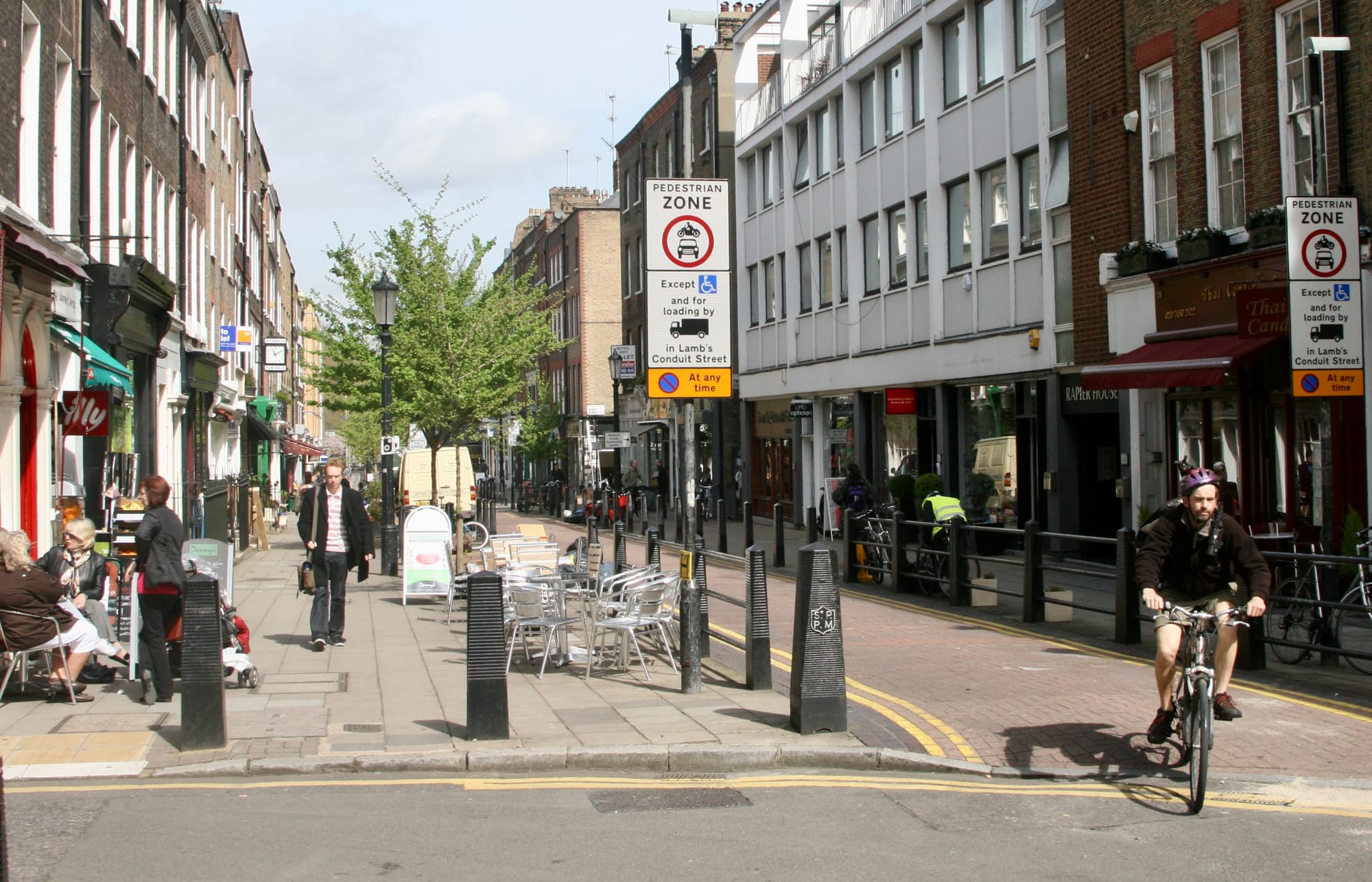
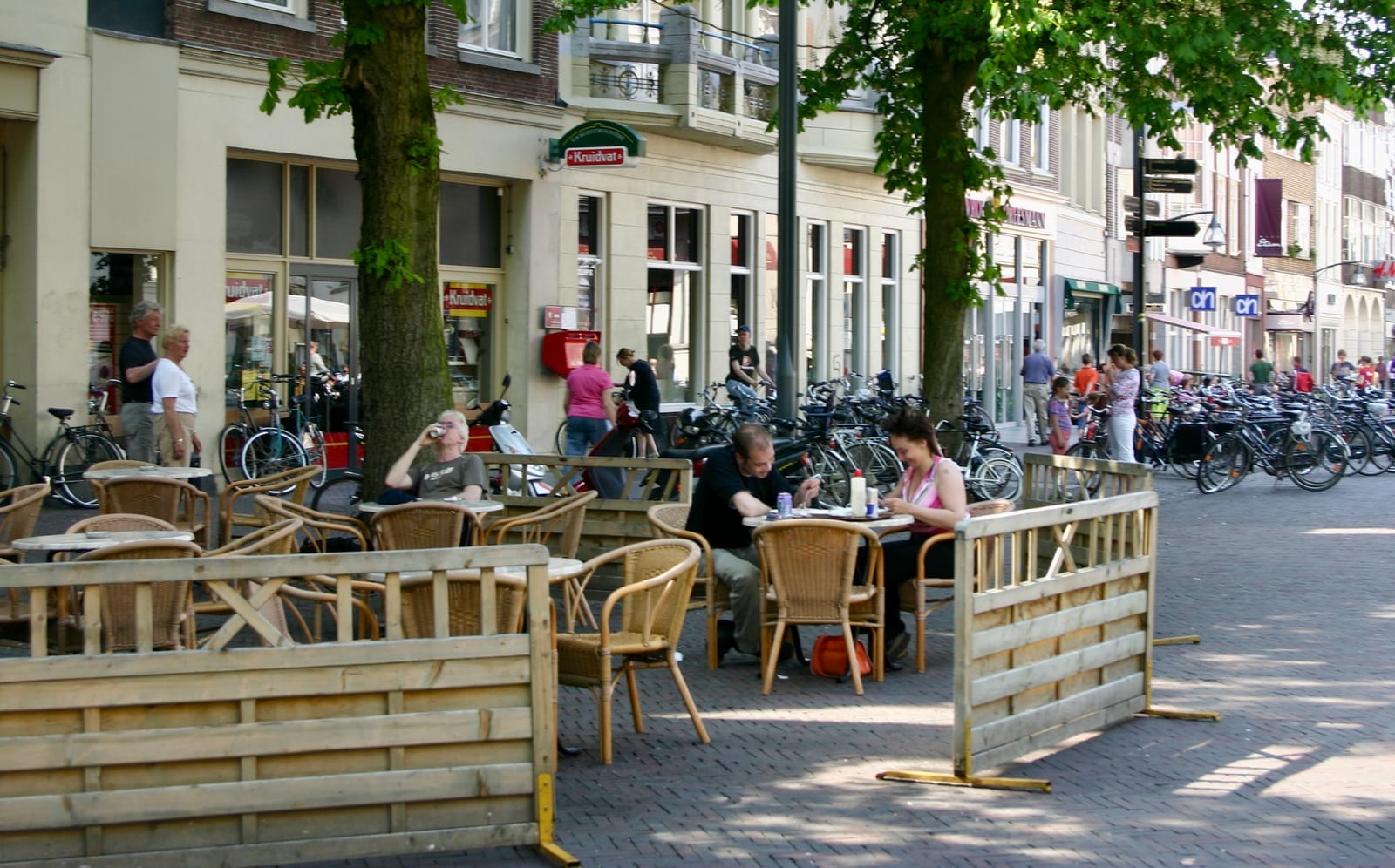
Streets That are Bike-friendly are Streets We Love
The most beautiful streets are those that are not designed around cars and traffic. Streets that are designed to be interesting and pleasant to pedestrians and cyclists are much more beautiful, charming, and enjoyable places to spend time. They are less polluted, less noisy, less stress-inducing, and their periphery is full of beautiful window displays, flowers, kiosks, outdoor seating, amenities, and more because the environment is not designed to cater to people speeding by, but to those who have the ability to notice and appreciate their surroundings.
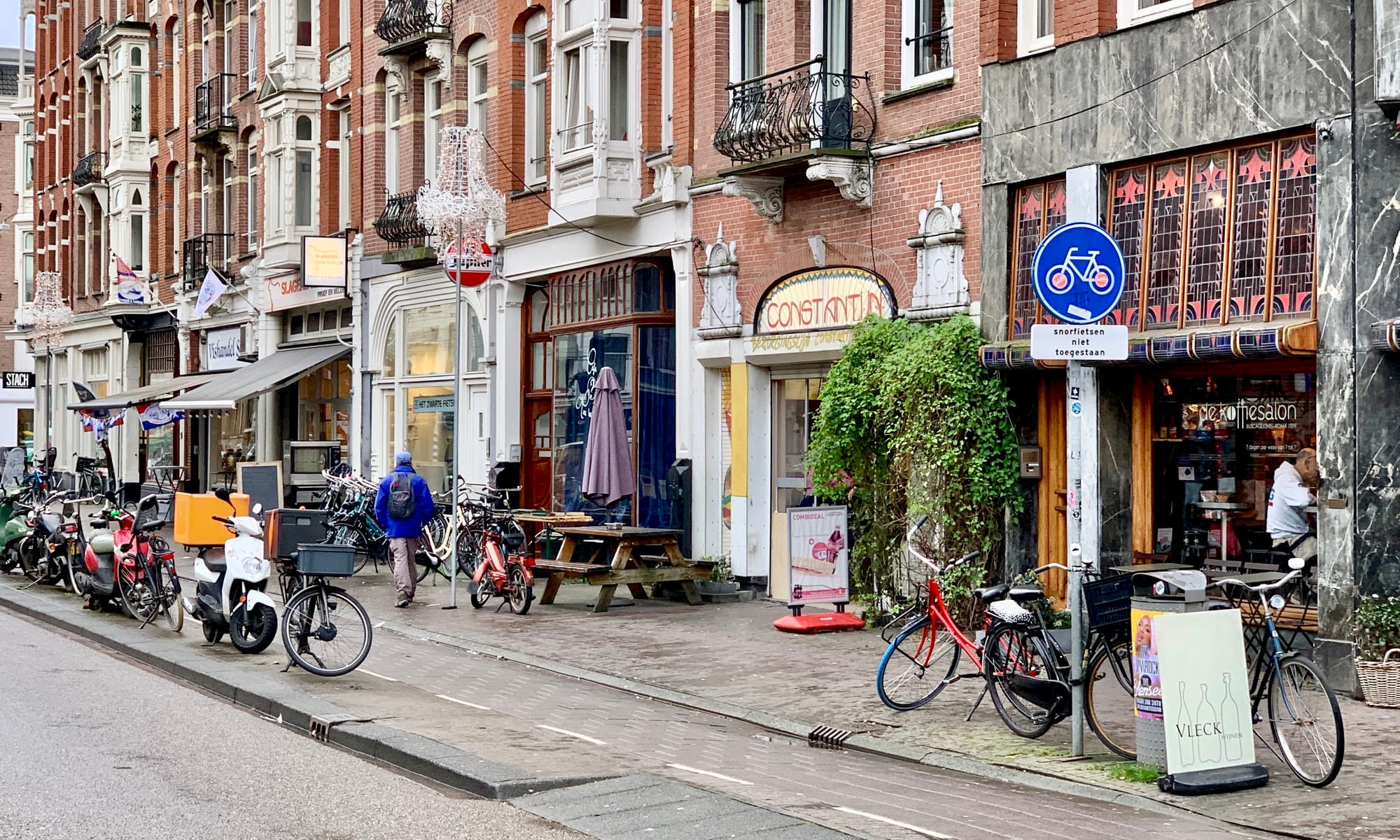

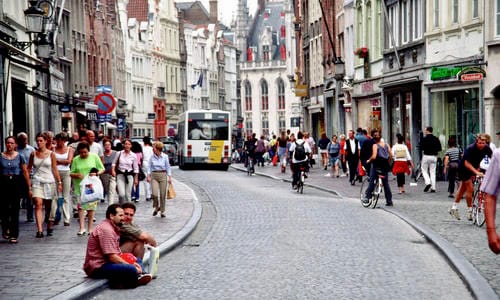
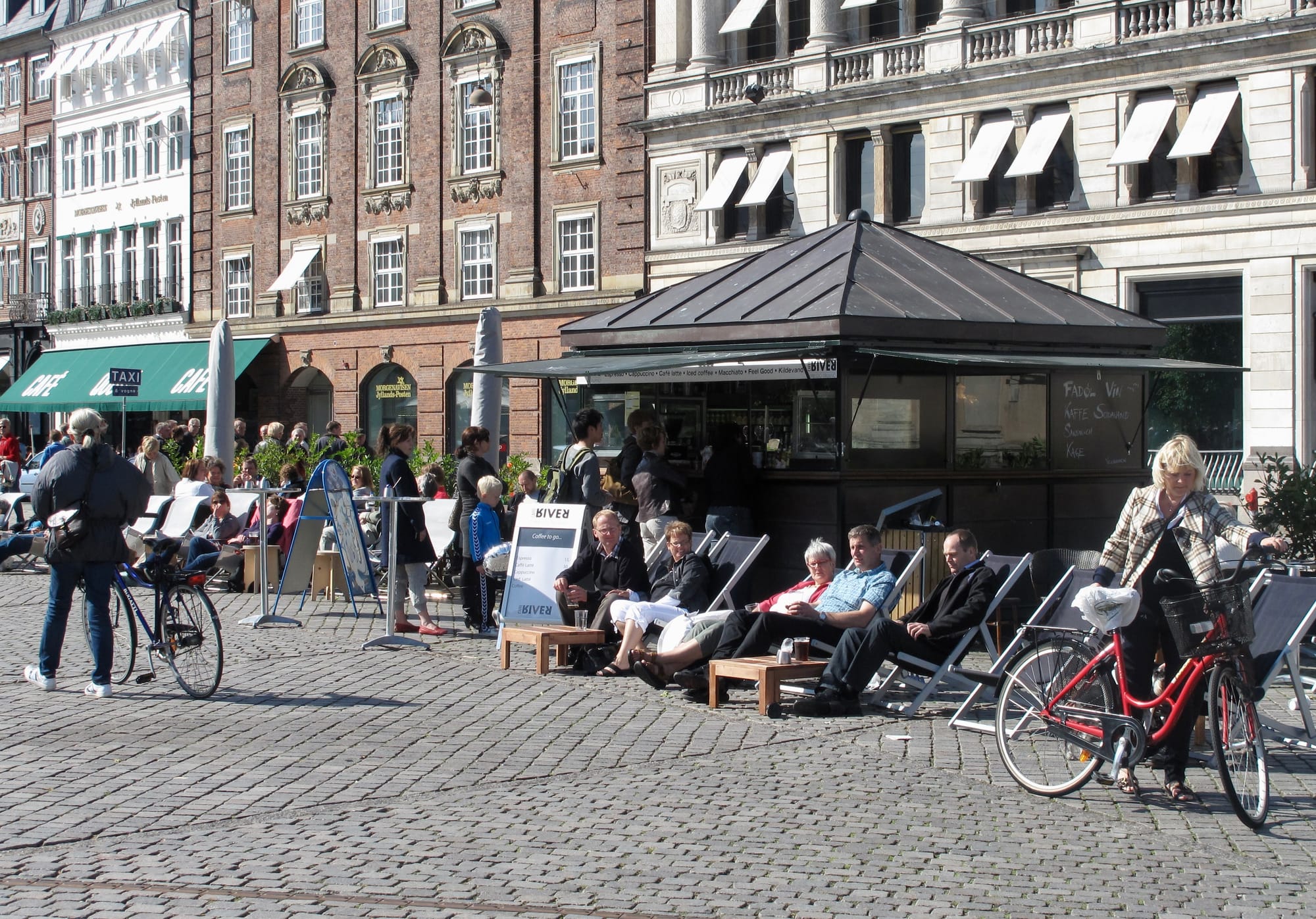
Streets are also made more beautiful by the mere presence of more bikes and cyclists because they add character and charm to the environment. The colorful bike frames, the chime of the bells, and the swish of people's hair blowing in the wind are all picturesque details that add whimsy to the urban landscape.
Commuting and Long Distance Cycling
One of the greatest stresses of daily life is the commute to and from work. For drivers, this entails being stuck in traffic, having to experience lots of frustration and irritation while maneuvering around other drivers, managing the risk of collisions by having to be very focused for extended periods of time, etc. For pedestrians on the street, this means hours of the day where the streets are incredibly noisy, polluted, and risky to cross. It isn't a pleasant experience for anyone and it's no wonder that a long commute has been associated with higher mental health struggles.
One way to make the commute easier and more pleasant is to make biking to work possible, convenient, and enjoyable. If people can jump on their bikes and get their daily dose of exercise, fresh air and sunshine on their way to and from work, a lot of the stress of the commute would be replaced by healthy behaviors. The endorphins from being physically active would also create a more enjoyable start to the day and bring up energy levels for those about to embark on eight hours of work.
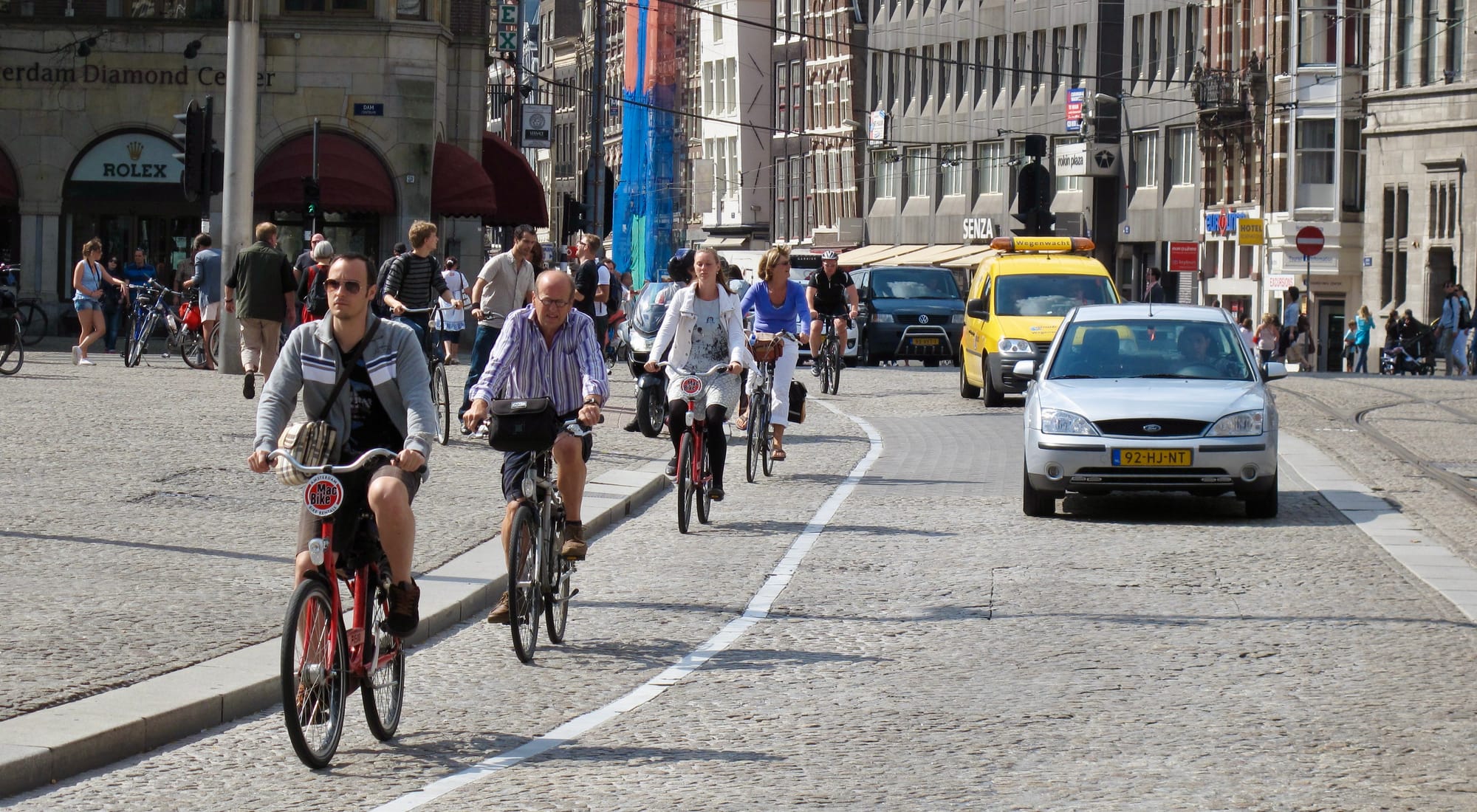
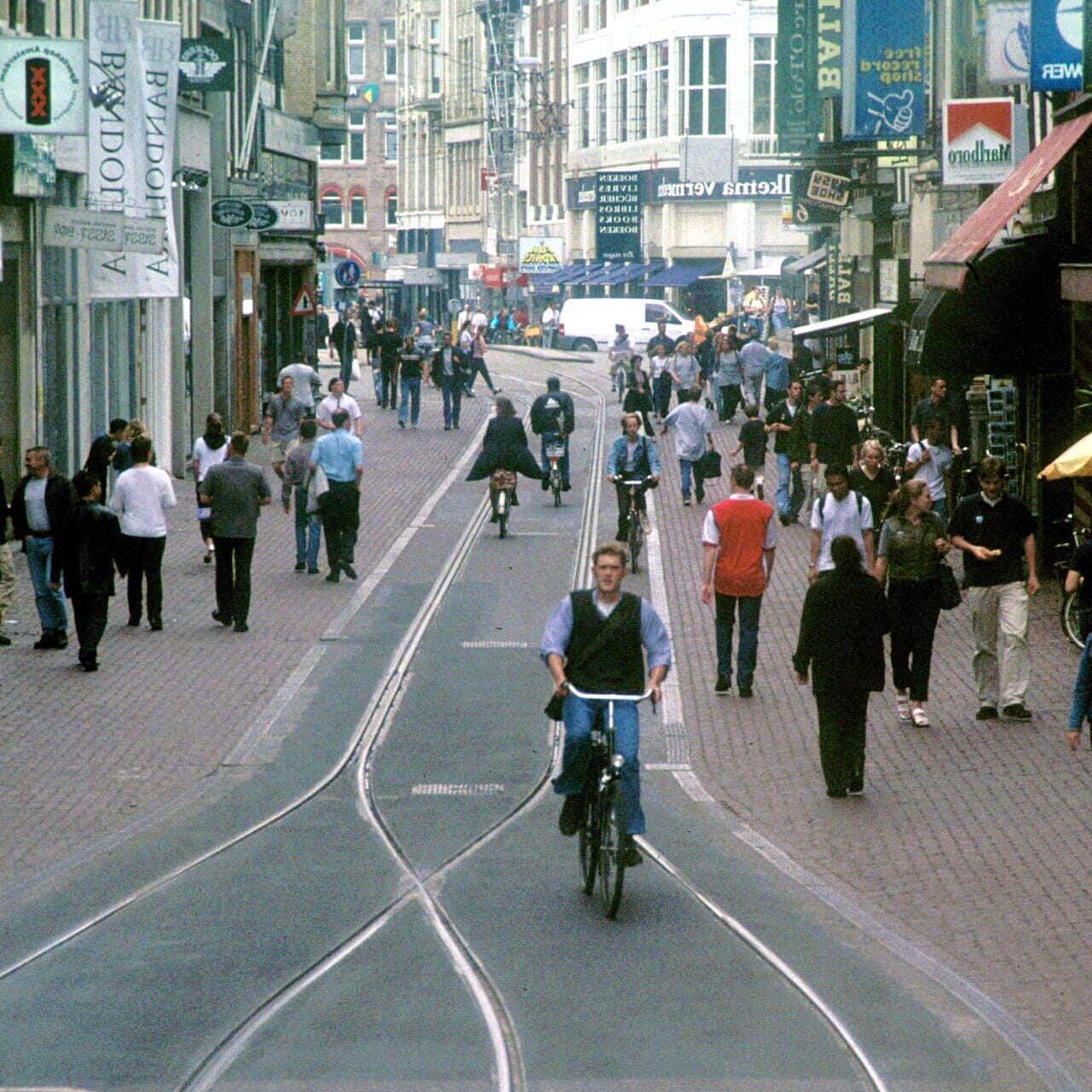

In some cities, like Copenhagen, green cycle paths are created that cut right through the heart of the city so that people commuting by bike can have their own space to do so, separate from vehicles. This makes it easier, faster, and more comfortable to cross large distances by bike, whether to work or to go across town to see family, etc. It also makes the experience of cycling enjoyable as trees and gardens are used to fill the space that car traffic used to.
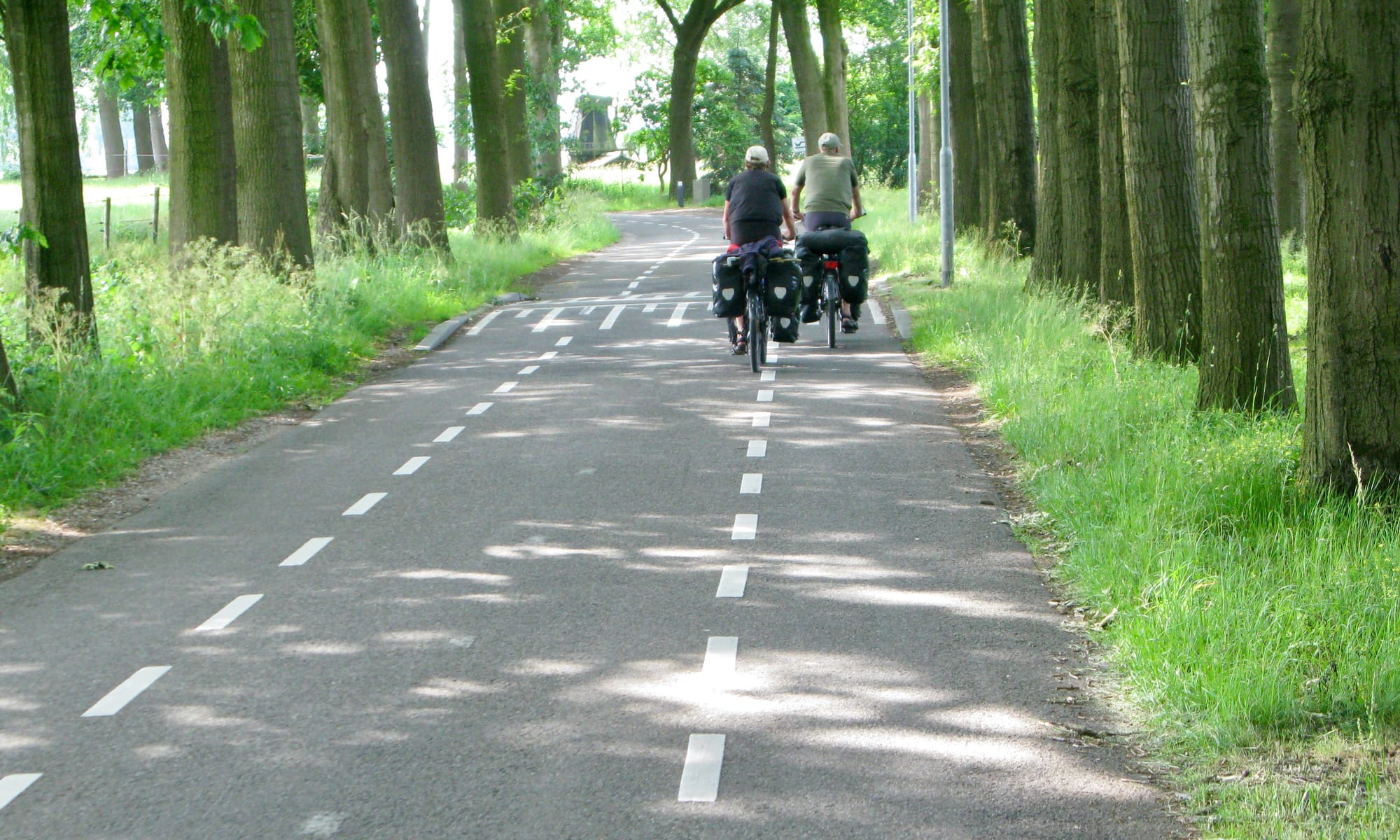
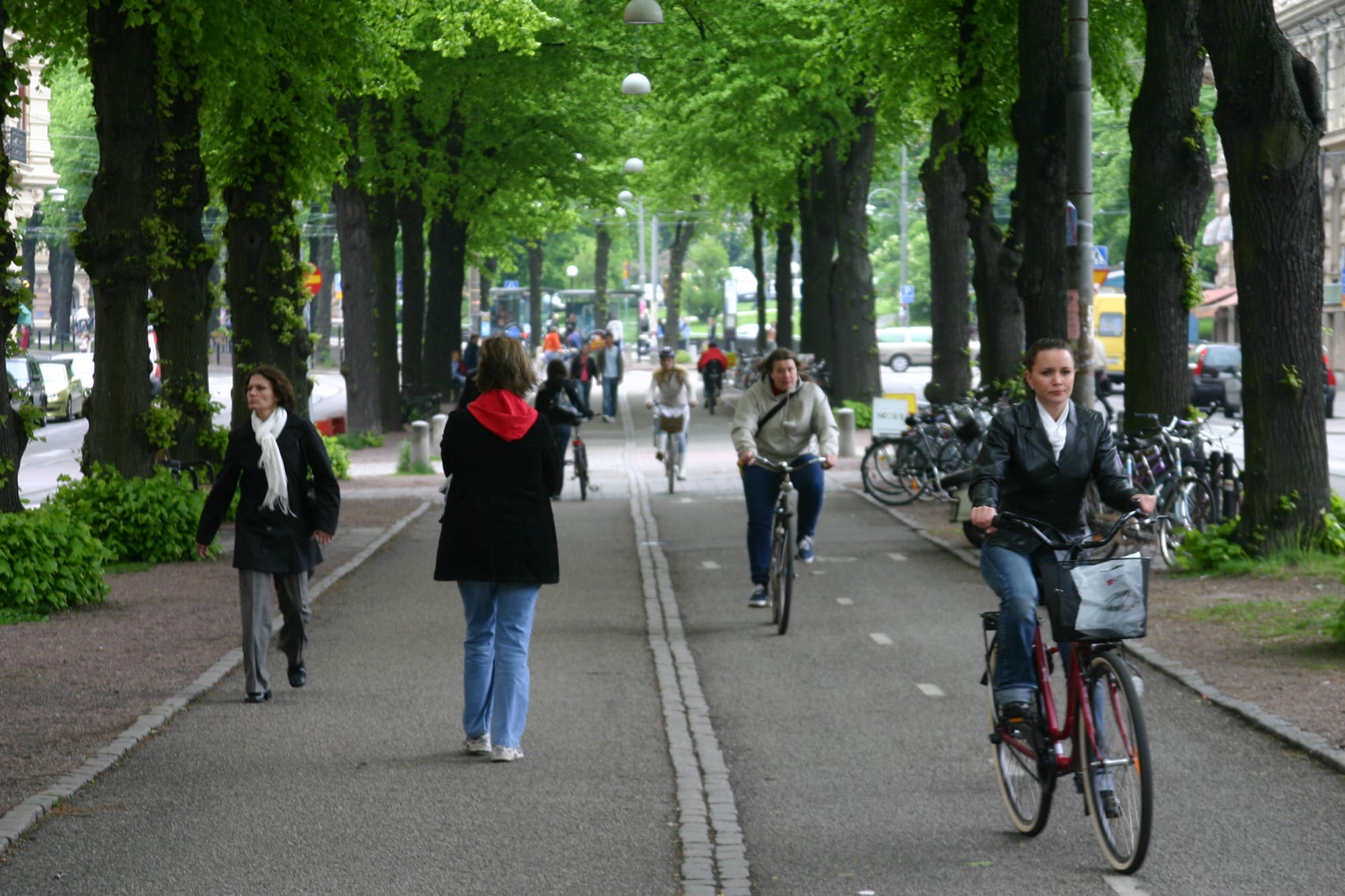
Bike Parking
A bike-friendly city by definition must have ample bike parking. This is an essential part of cycling infrastructure that enables more people to choose cycling over driving. If a city has plentiful car storage options but few bike storage options, or if the bike parking is susceptible to being broken into, it's an added temptation to choose to drive instead of cycle.
One great feature of bikes is that they are many times smaller than cars. That means that it takes a lot less space to park the same number of bikes as cars, reducing the amount of space dedicated to parking and freeing it up for other uses. Even so, efforts should be taken to make sure that bikes aren't parked in a way that takes space away from pedestrians such as on a sidewalk.
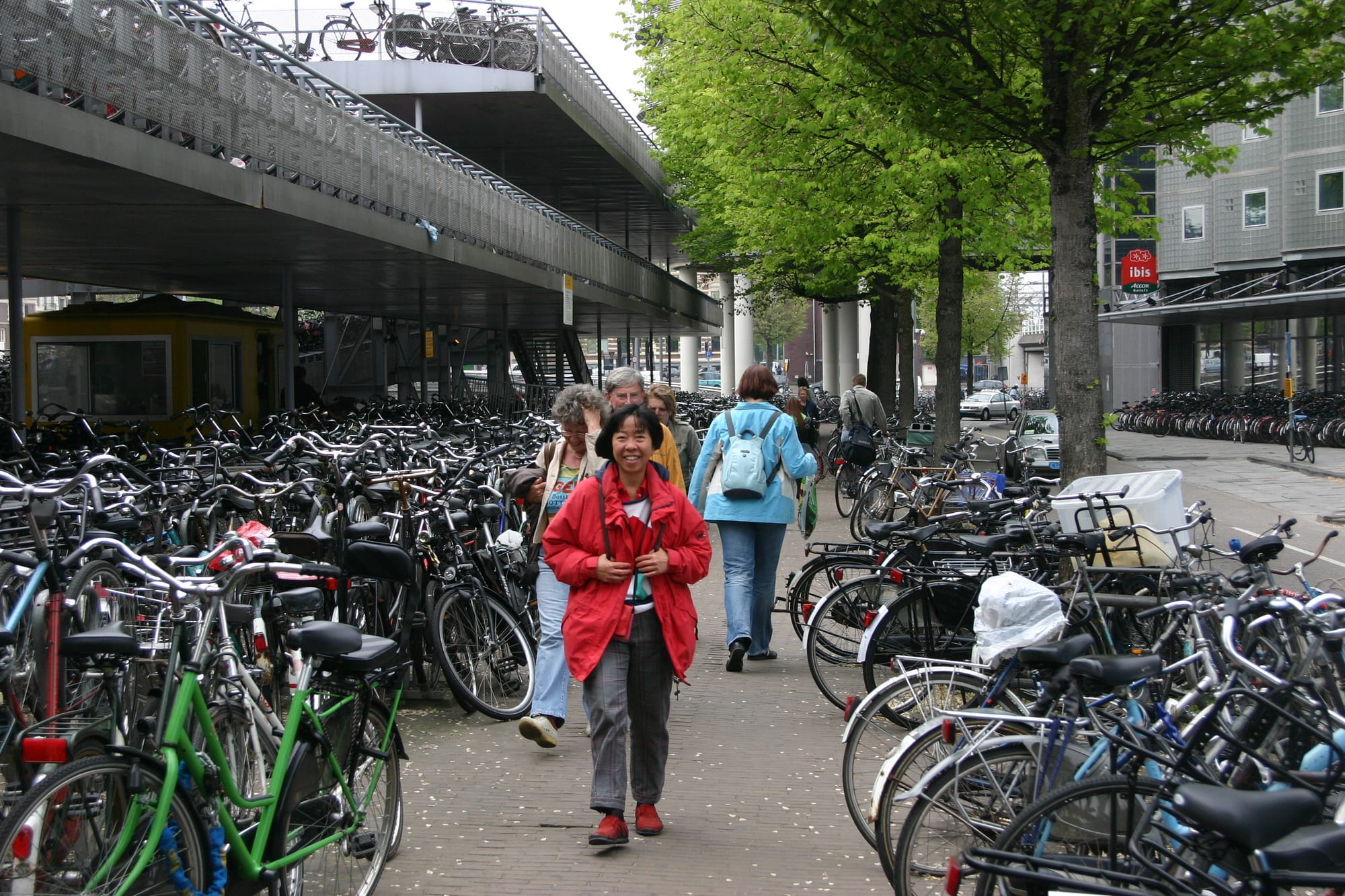
Bike parking in Amsterdam
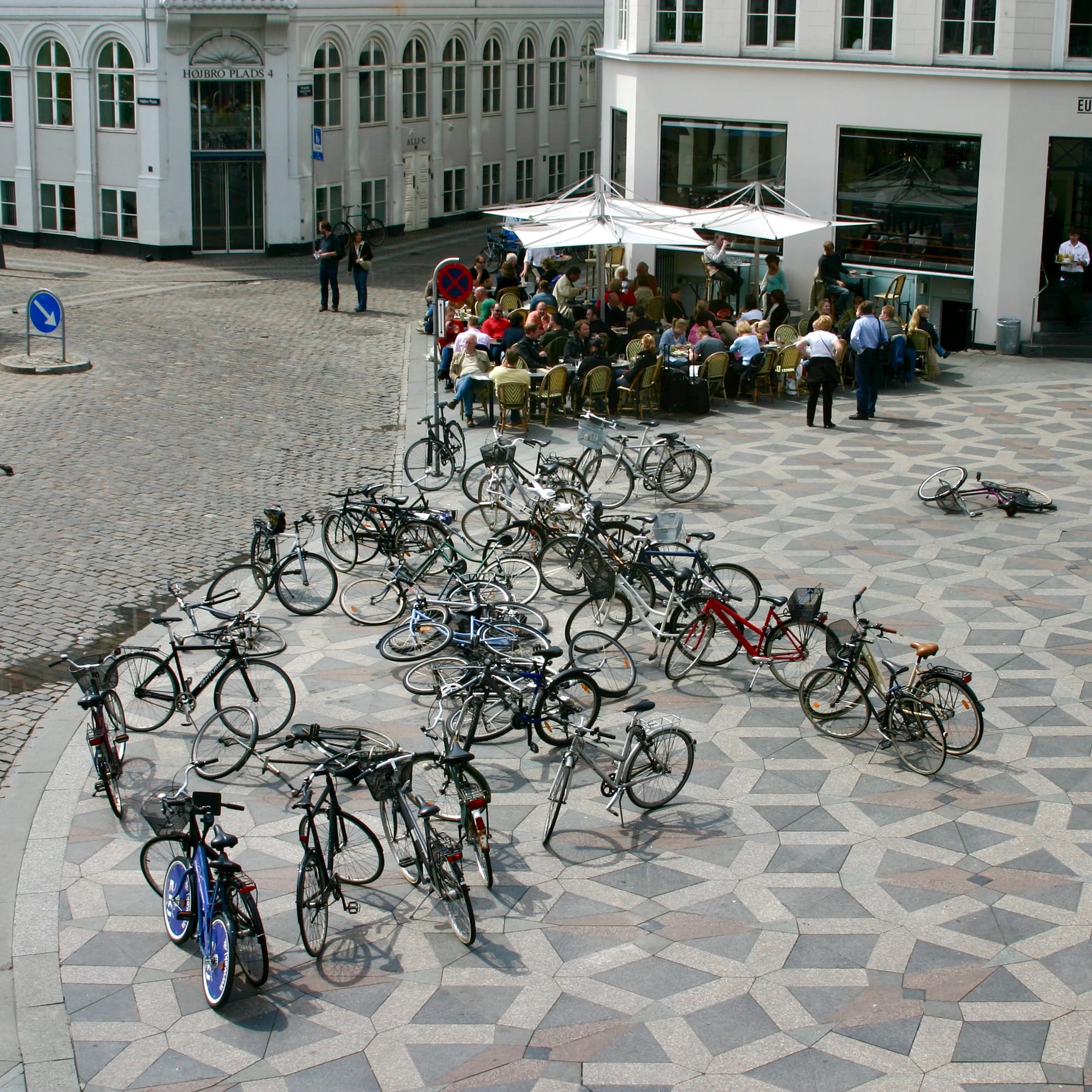
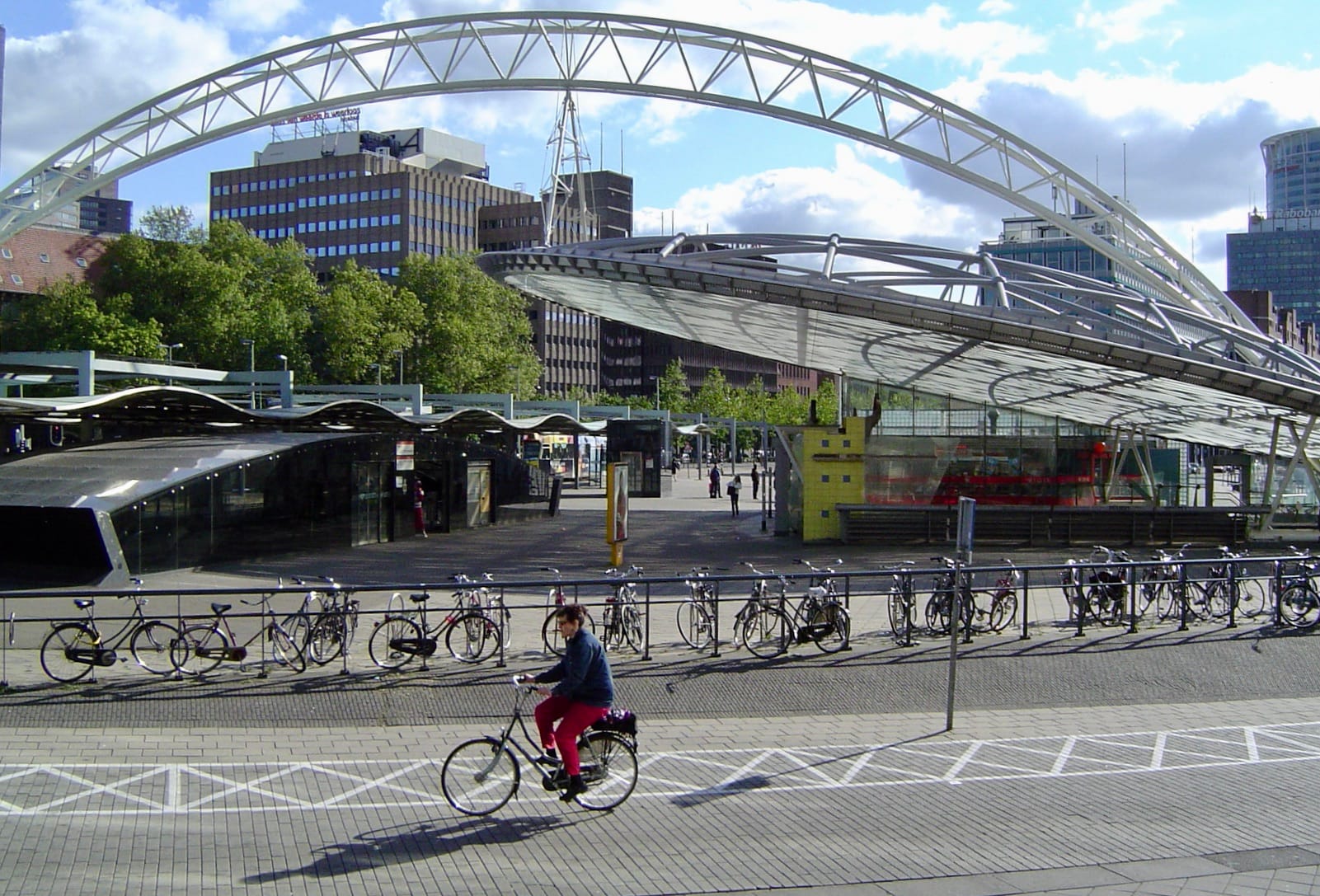

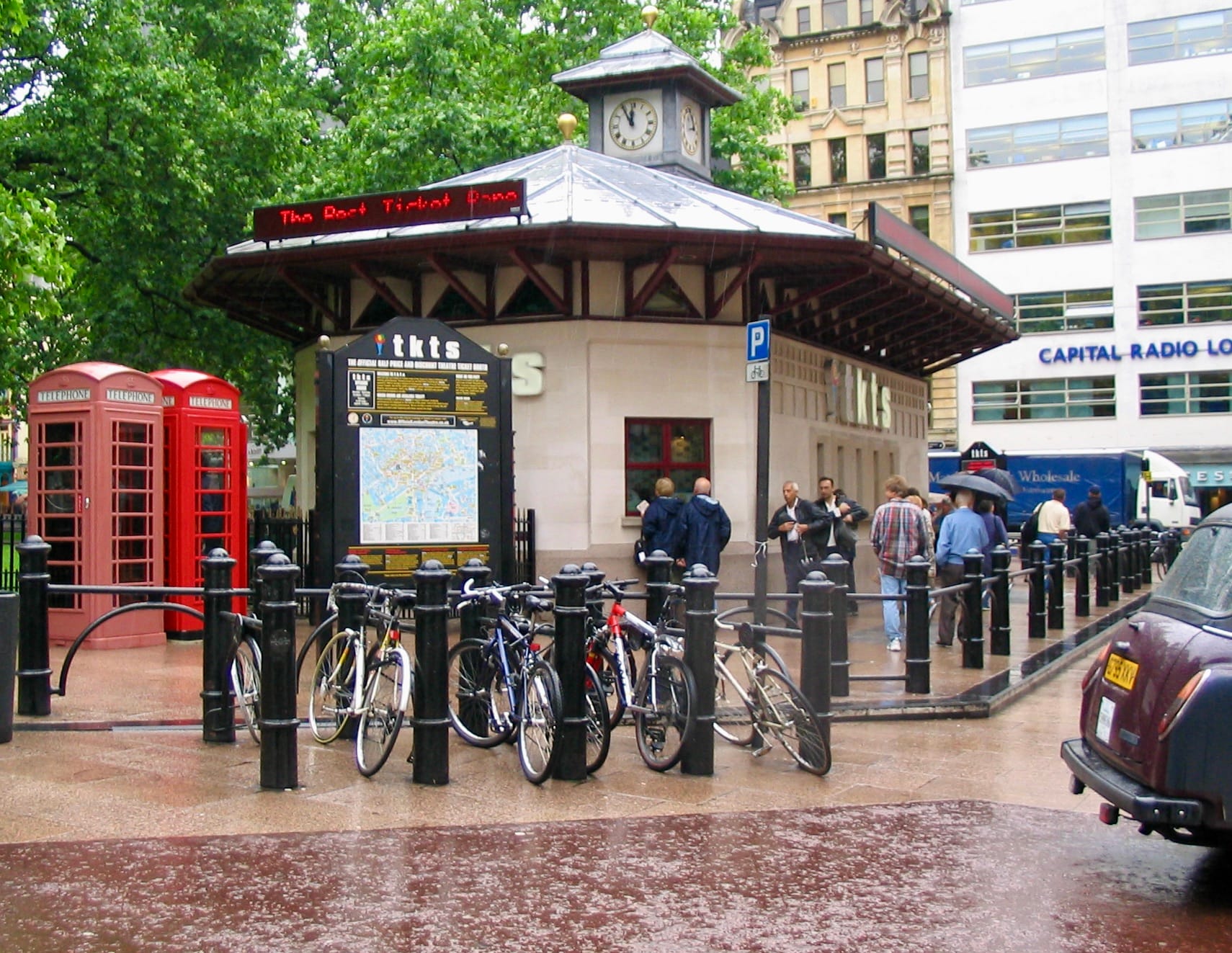
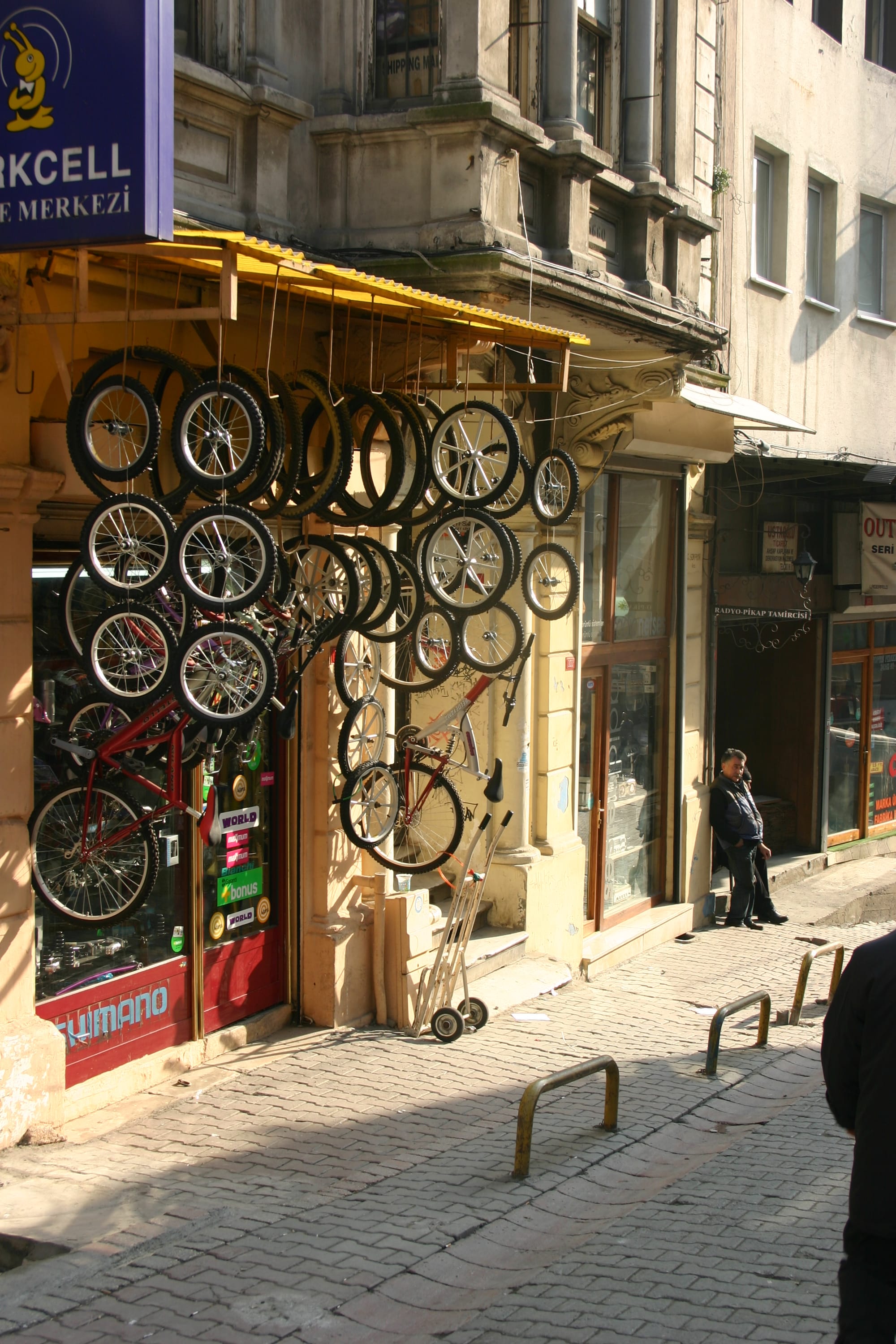
Interesting Bikes
There are as many different kinds of bikes as there are people who ride them. Bikes are versatile and customizable and they can be used for everything from taking your kids to school to selling snacks and drinks out of on a hot summer's day. They can have one seat, two seats, six seats even! They can be covered or uncovered, simple or elaborate. Heck, they can even generate electricity. They allow their riders to express their personalities and interests. The possibilities are endless.
Unique Bikes and Bikers
Bikes are a fascinating invention, not only because they offer a lightweight way to get around that is enjoyable, affordable, and healthy, but also because there is such a large variety of forms they can take. They offer us flexibility, self-expression, and freedom in ways that something like a car simply can't, and they are therefore unique and valuable components in millions of people's lives and lifestyles.

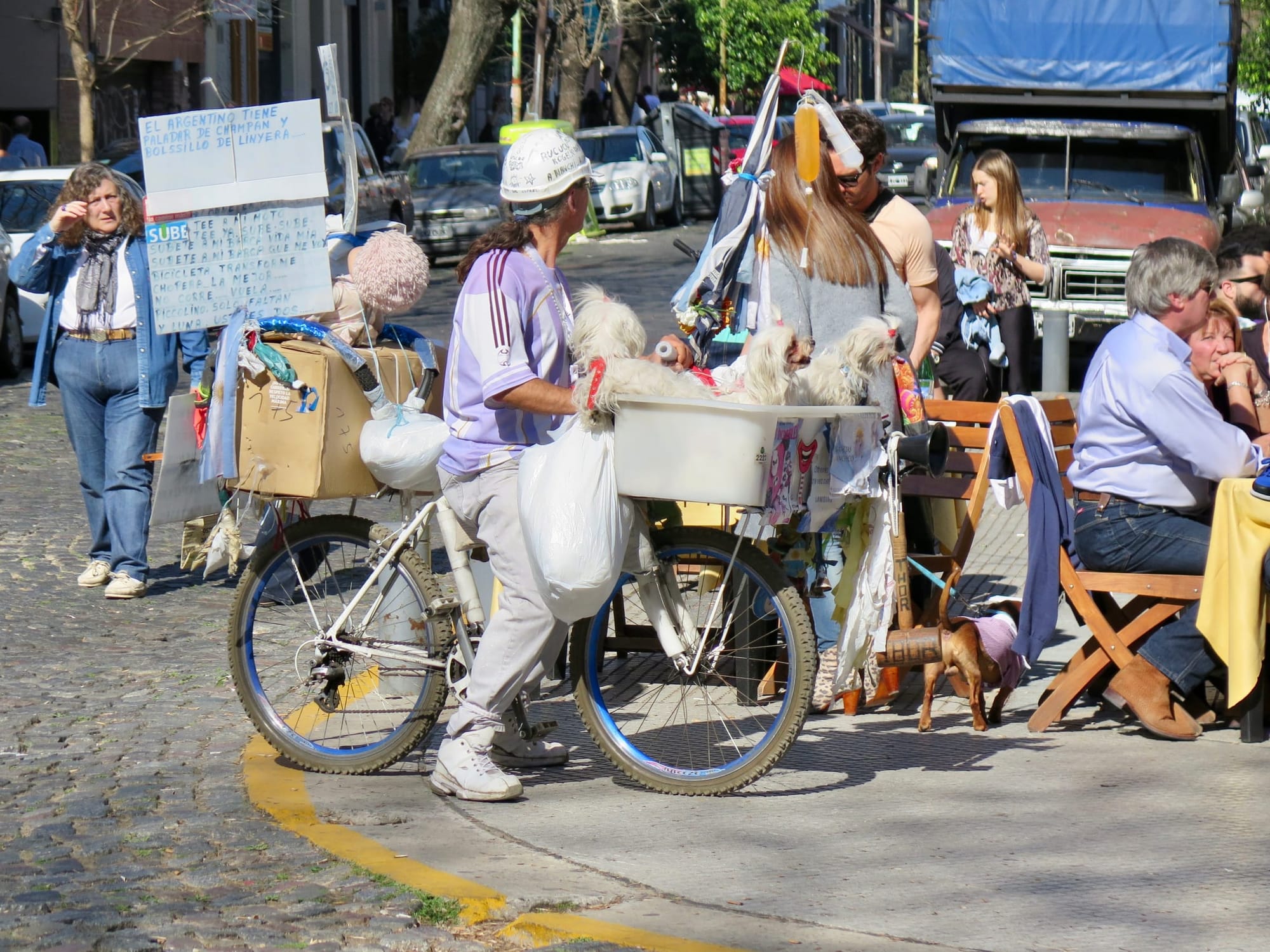
Bike innovations
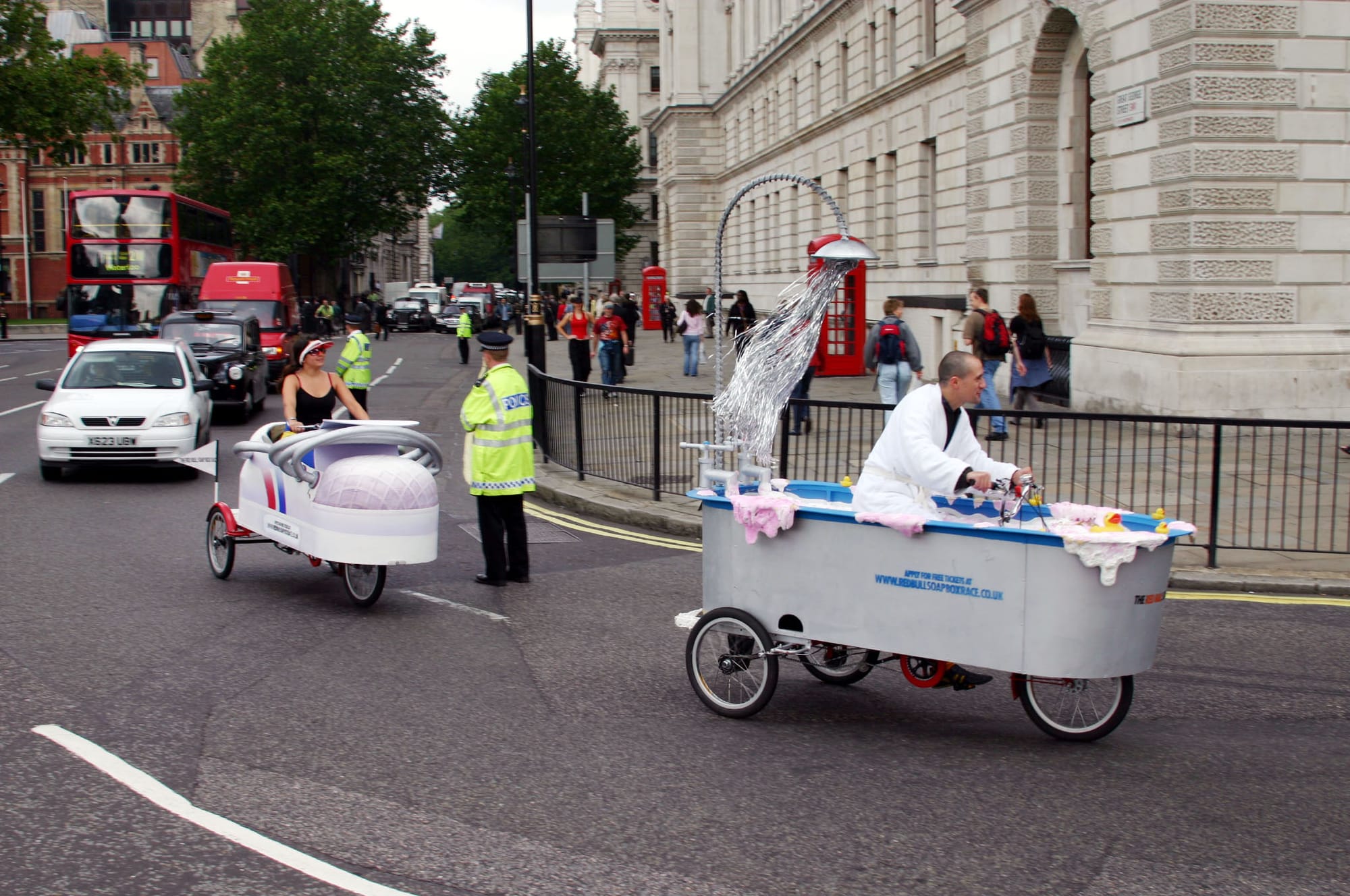
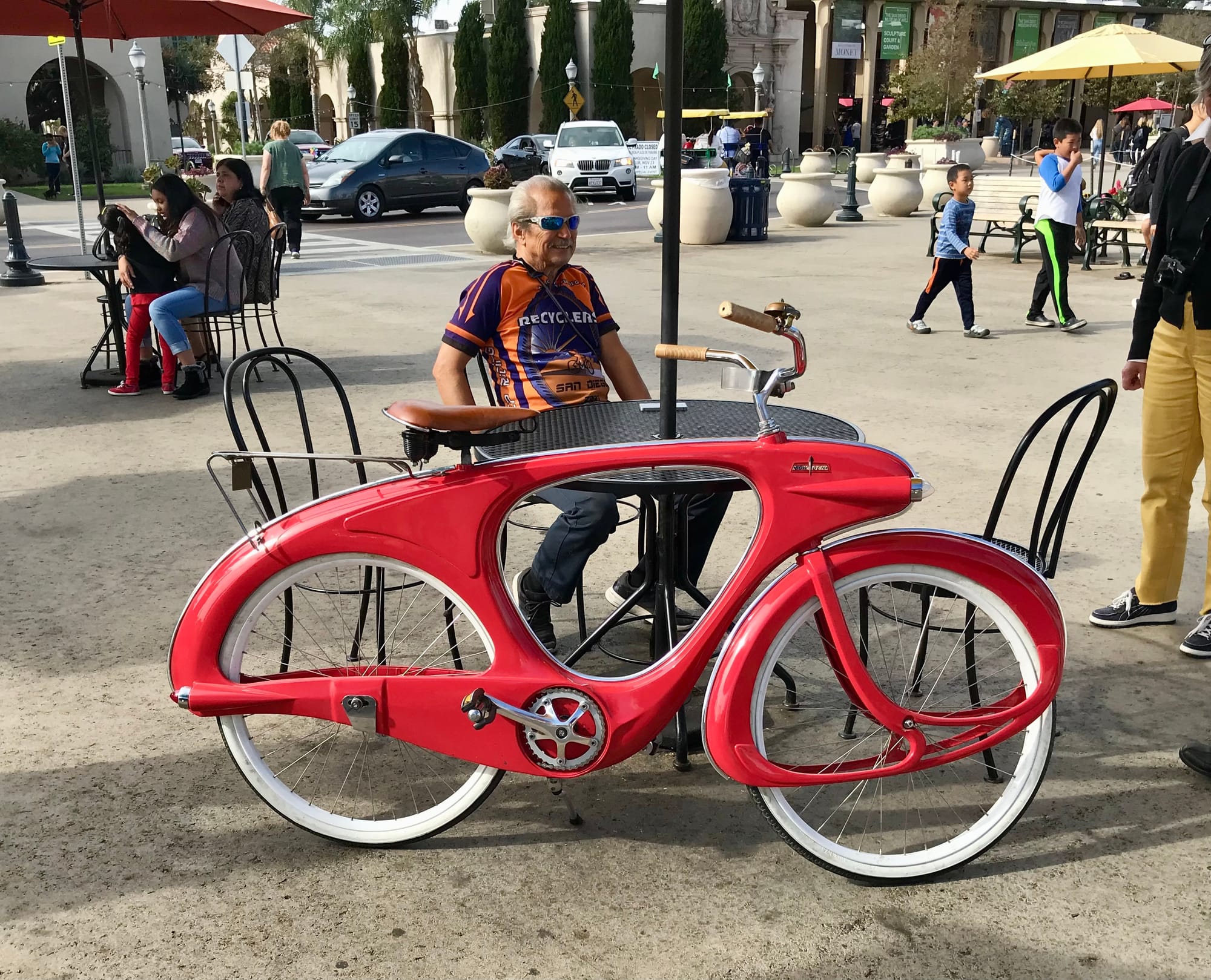
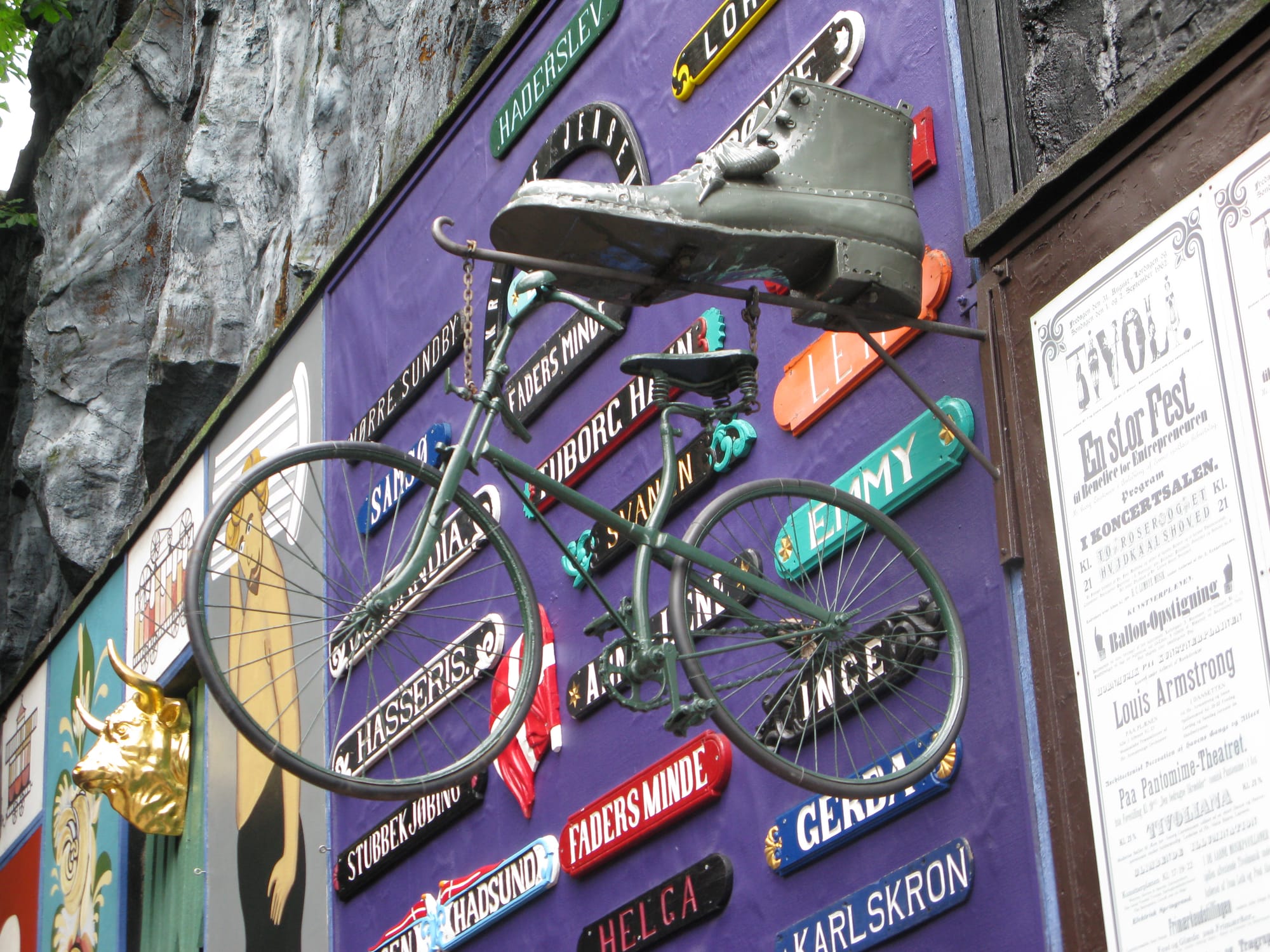
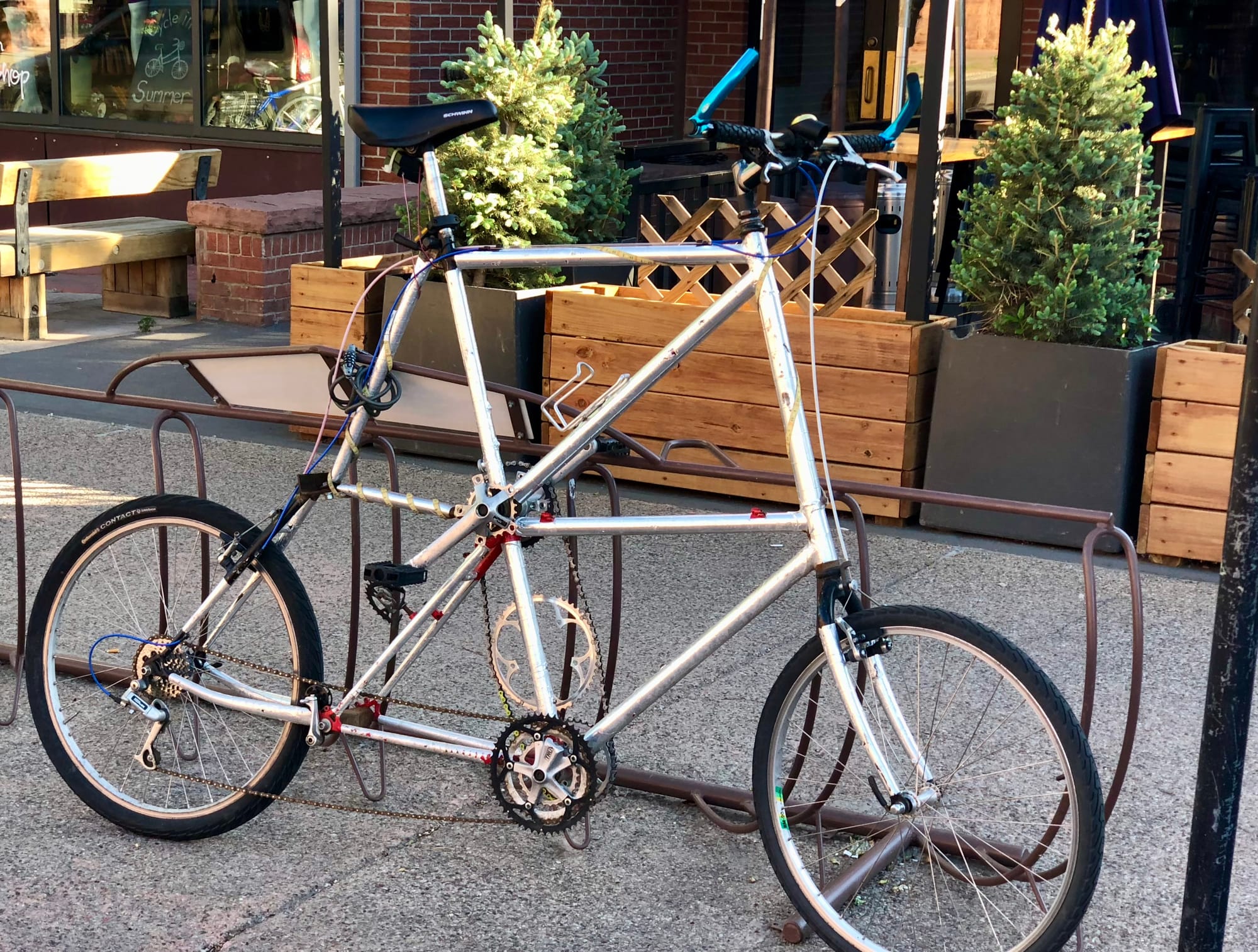
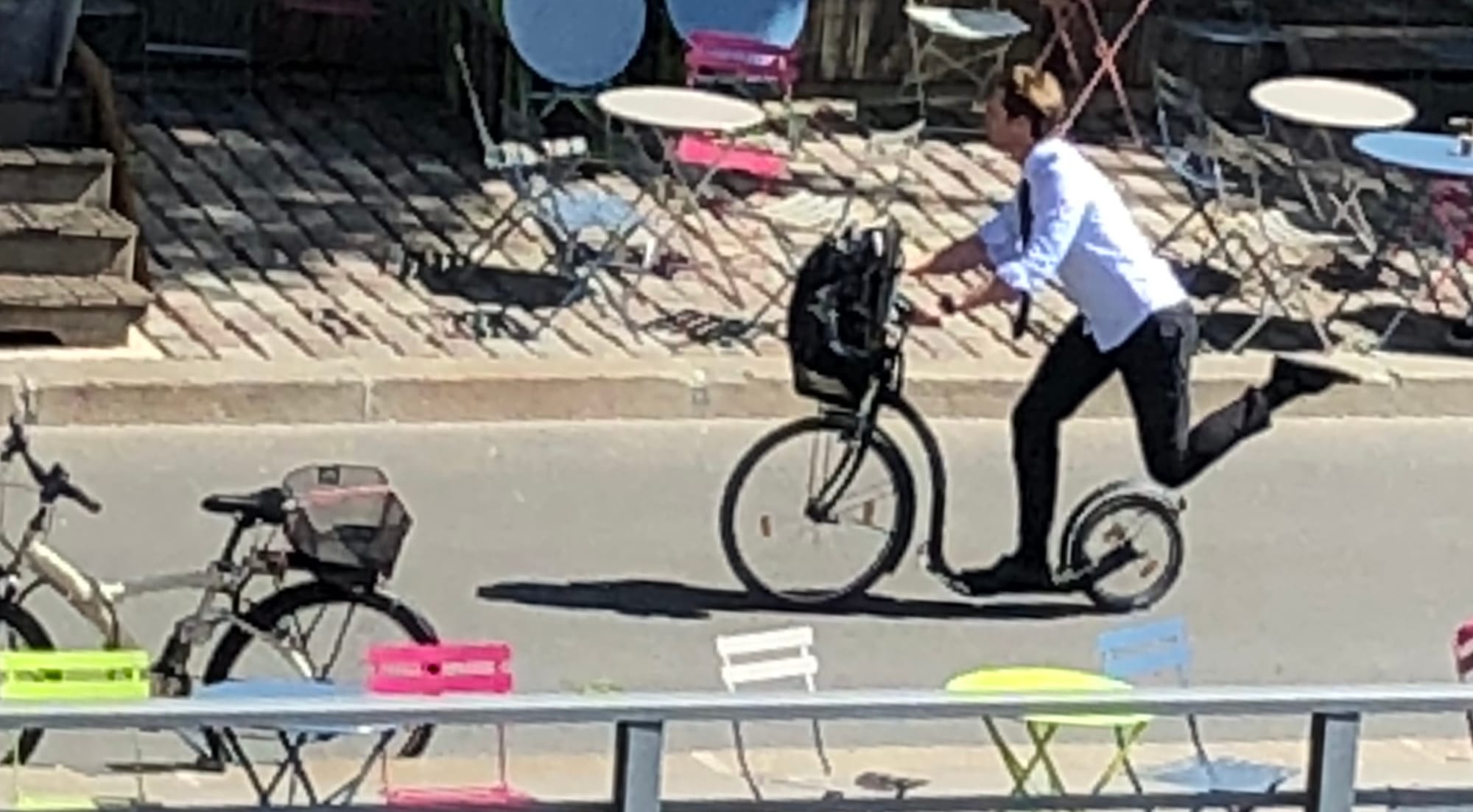
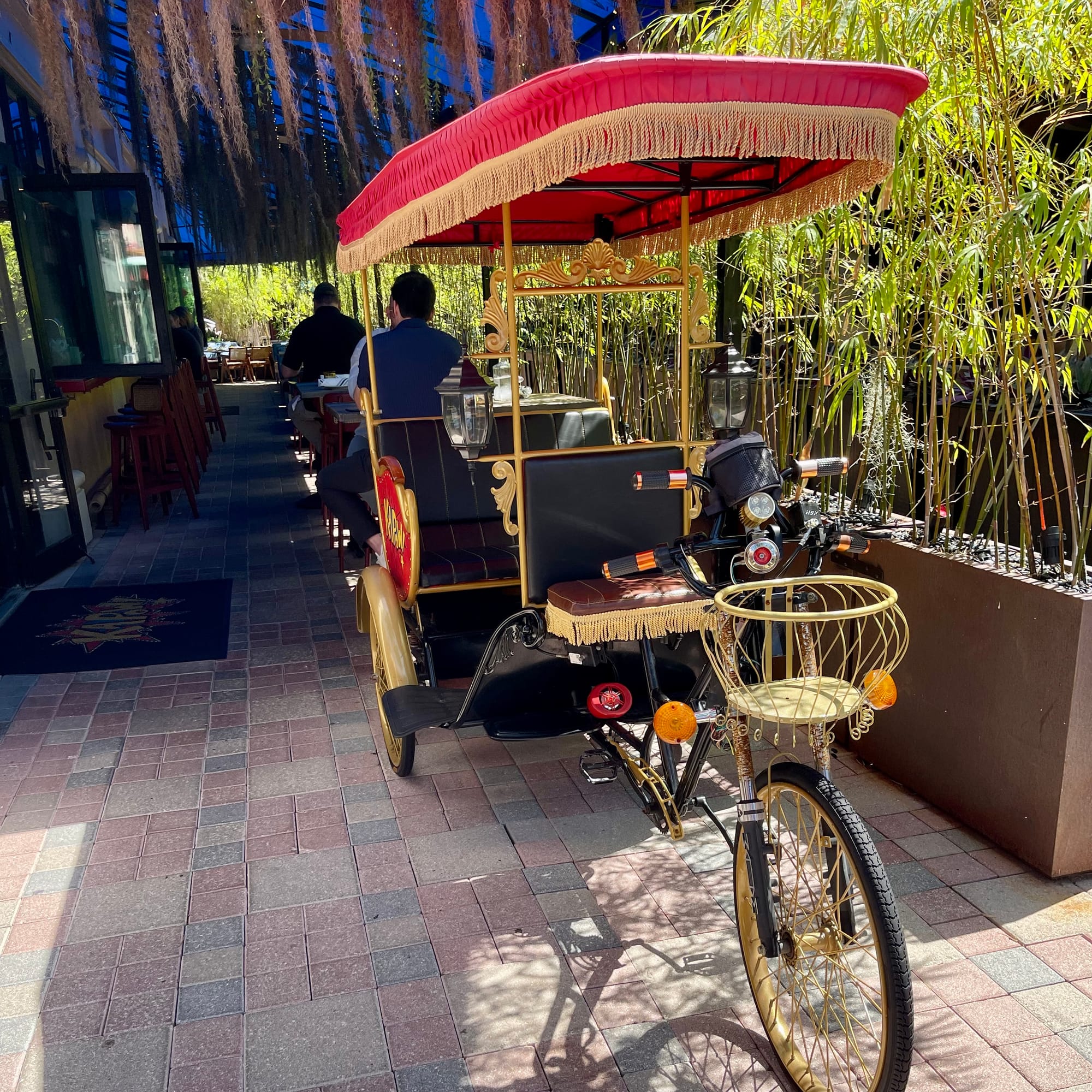
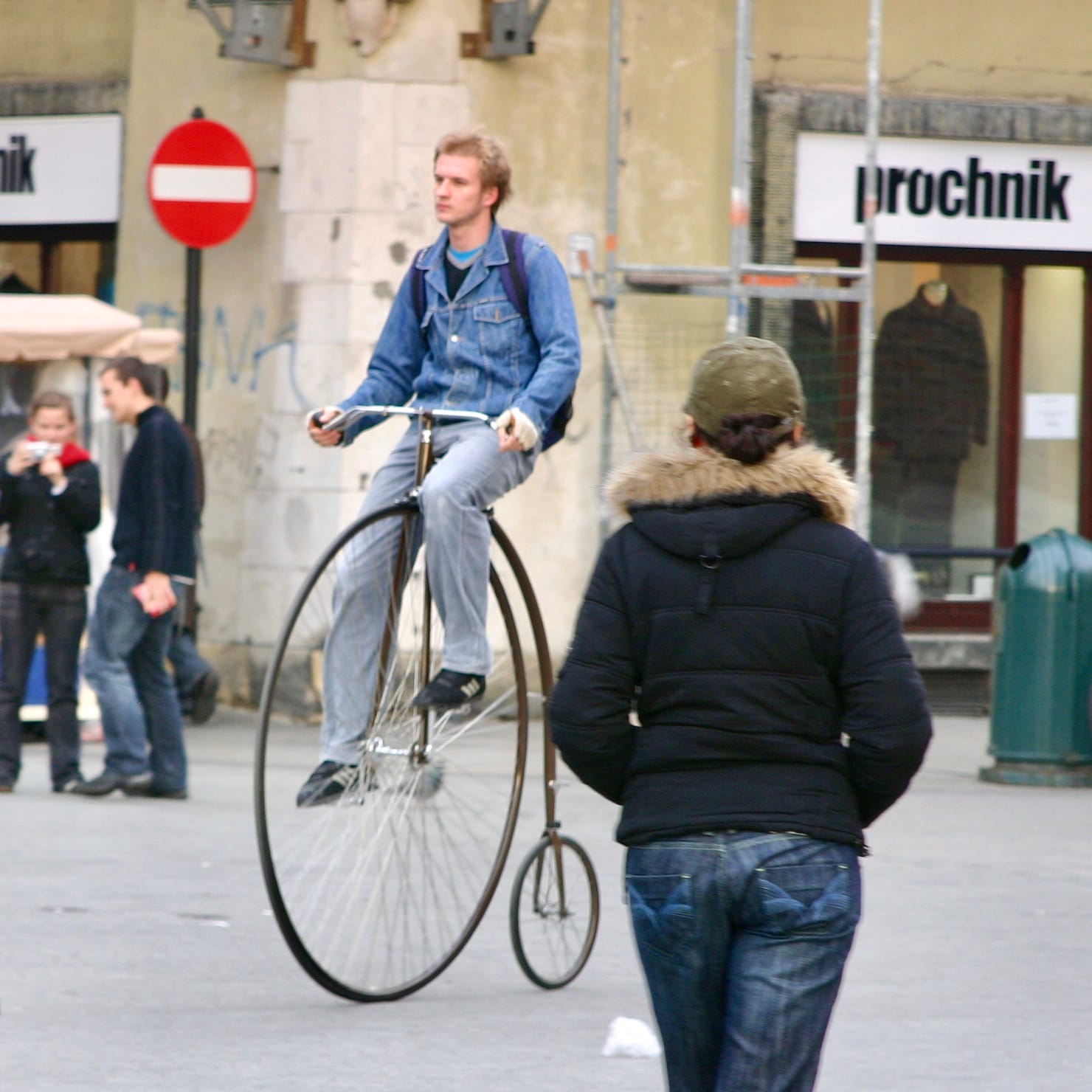
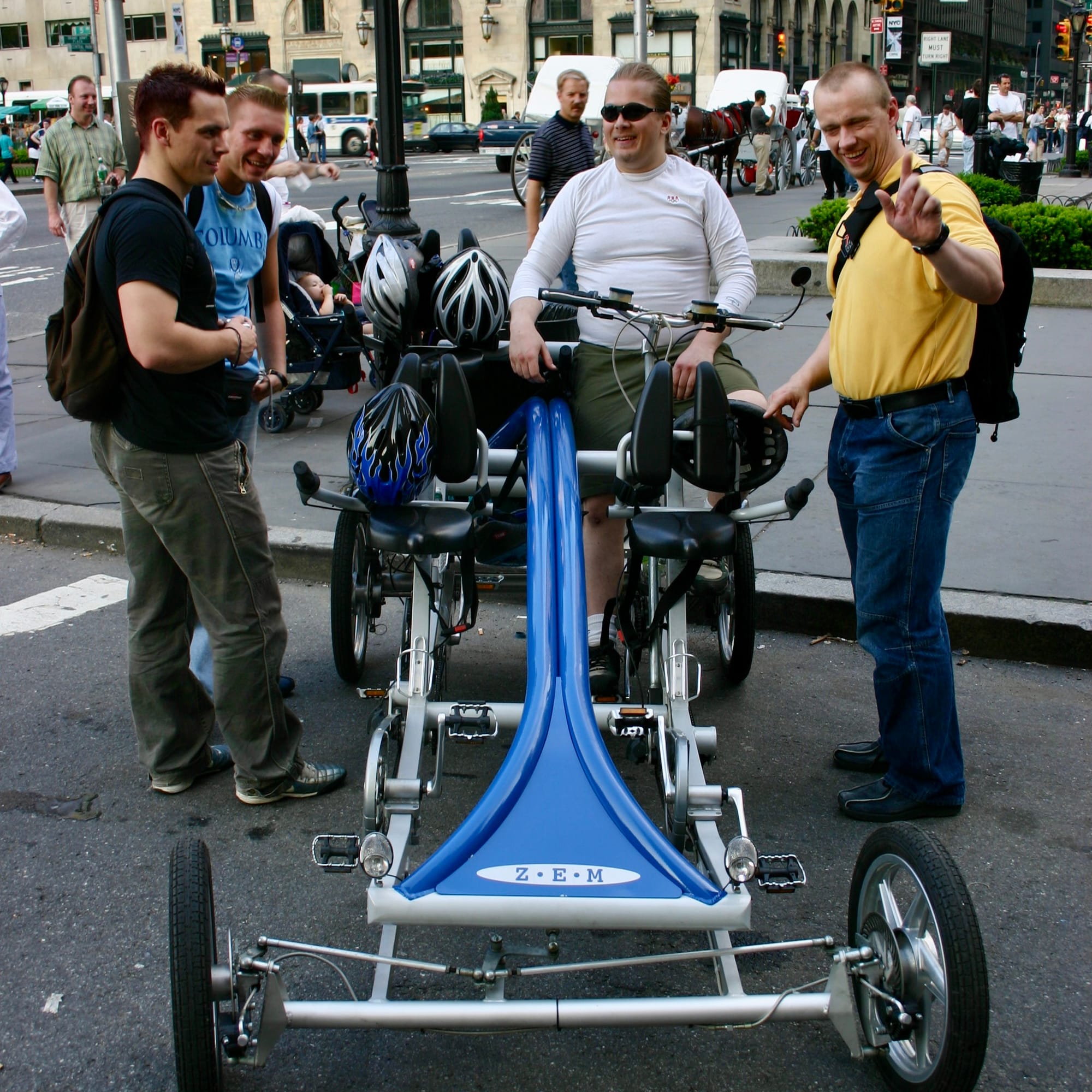
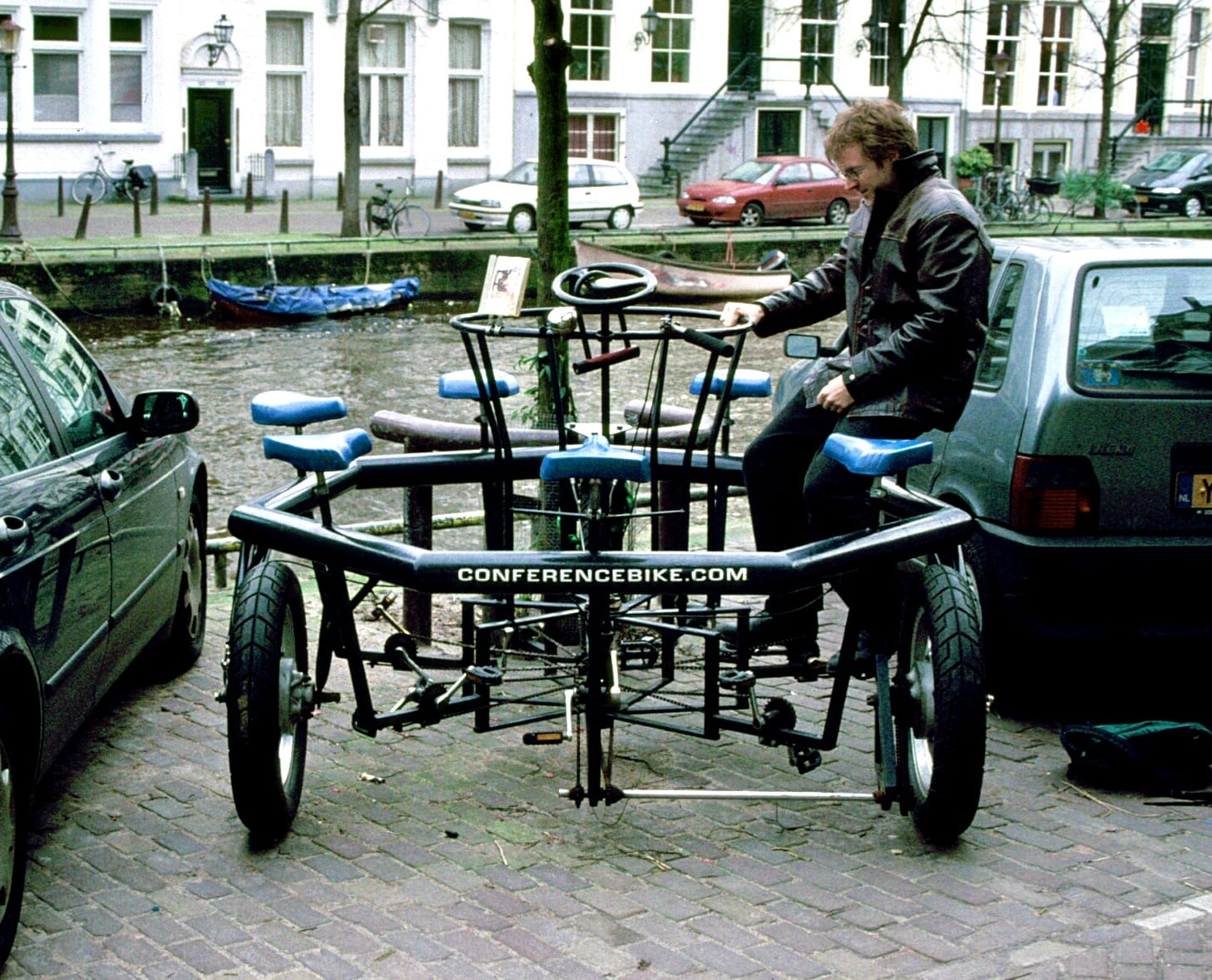
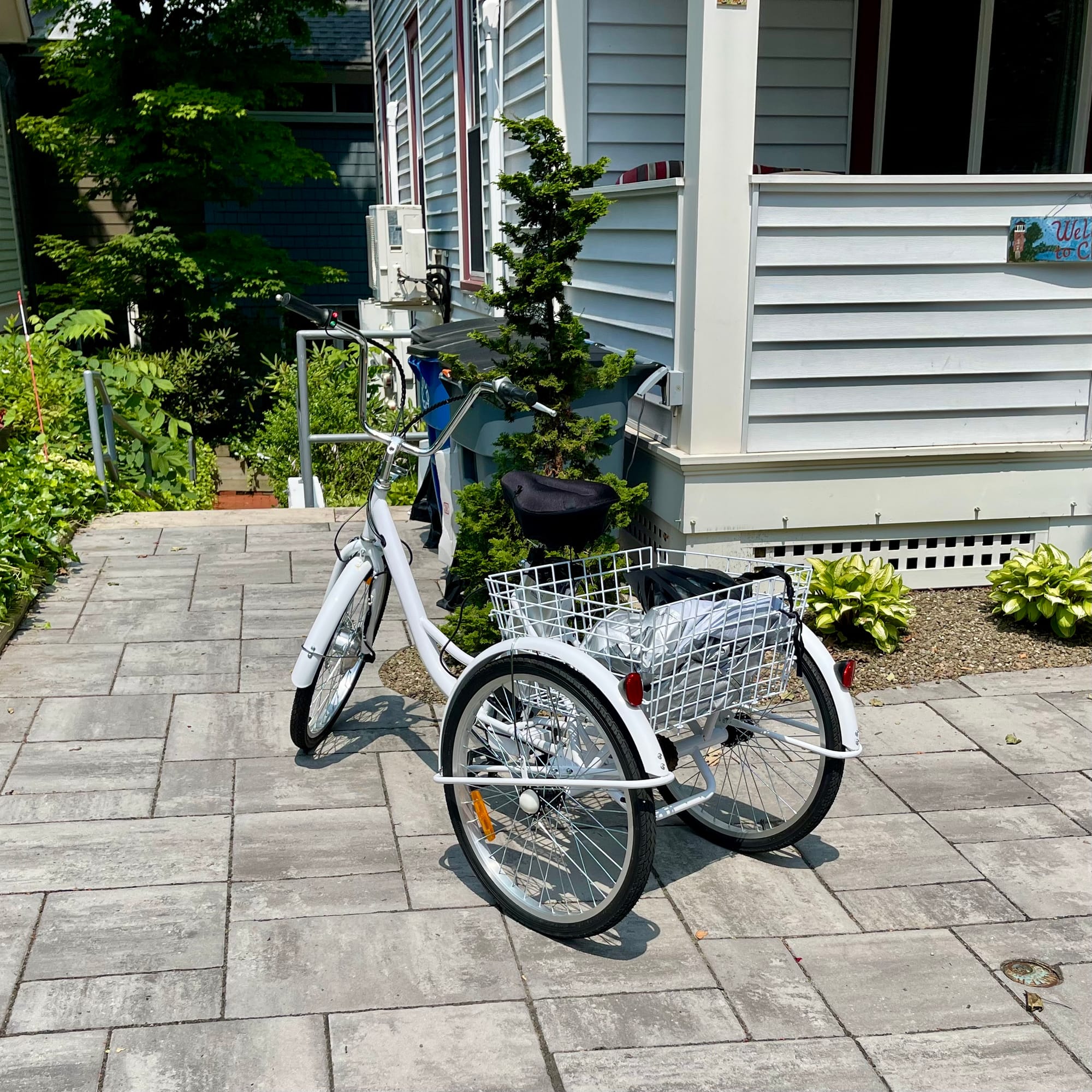
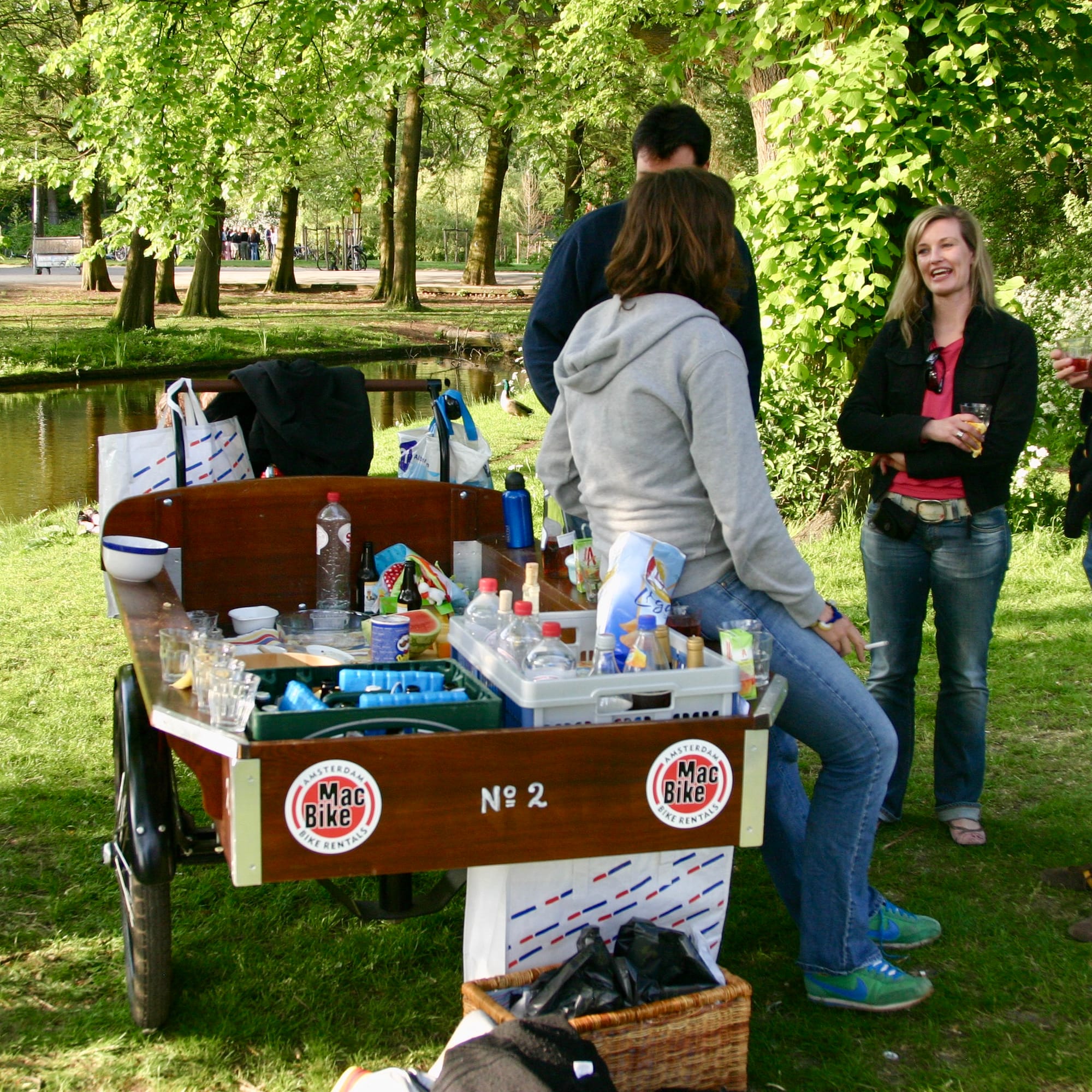
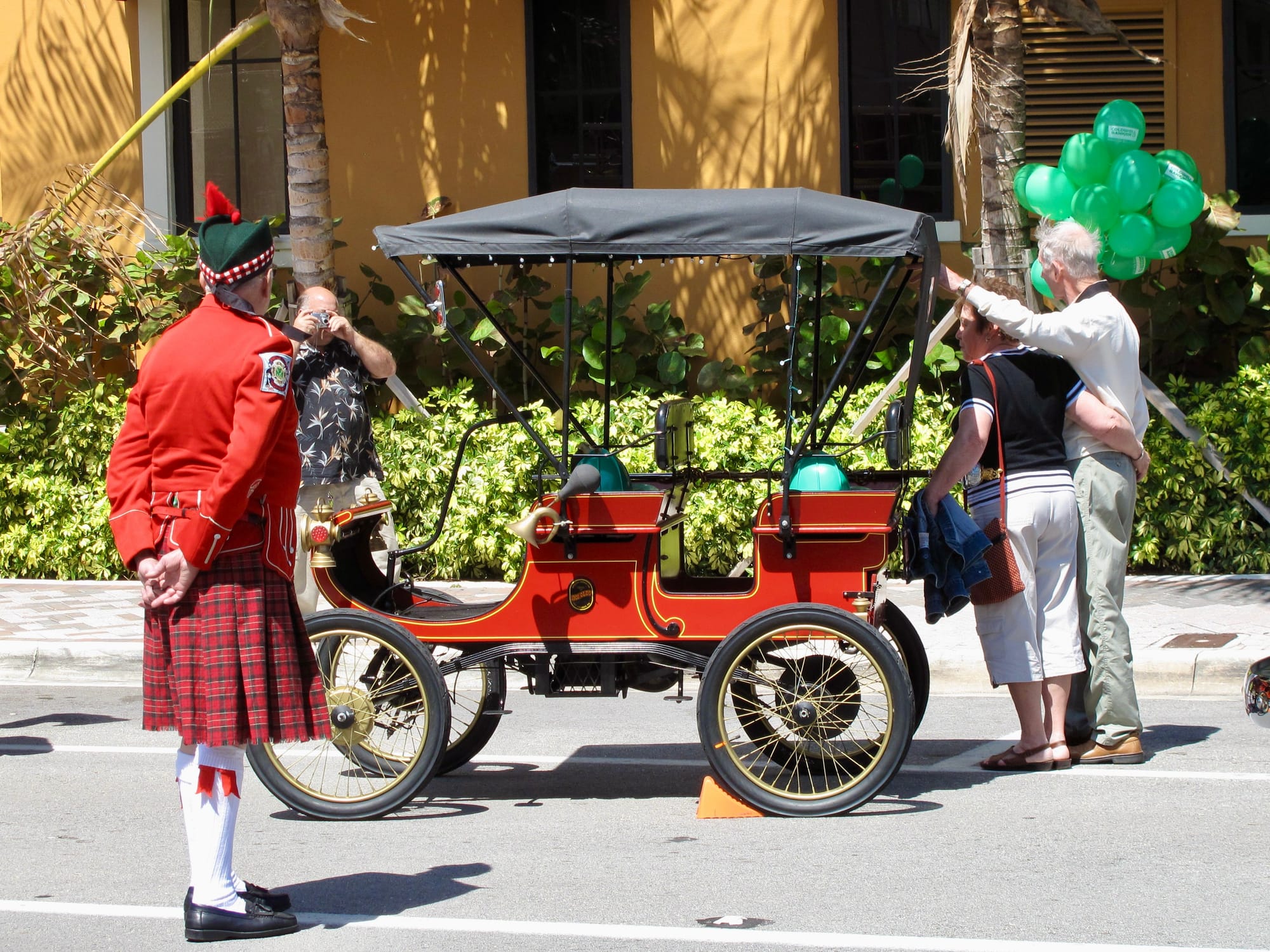
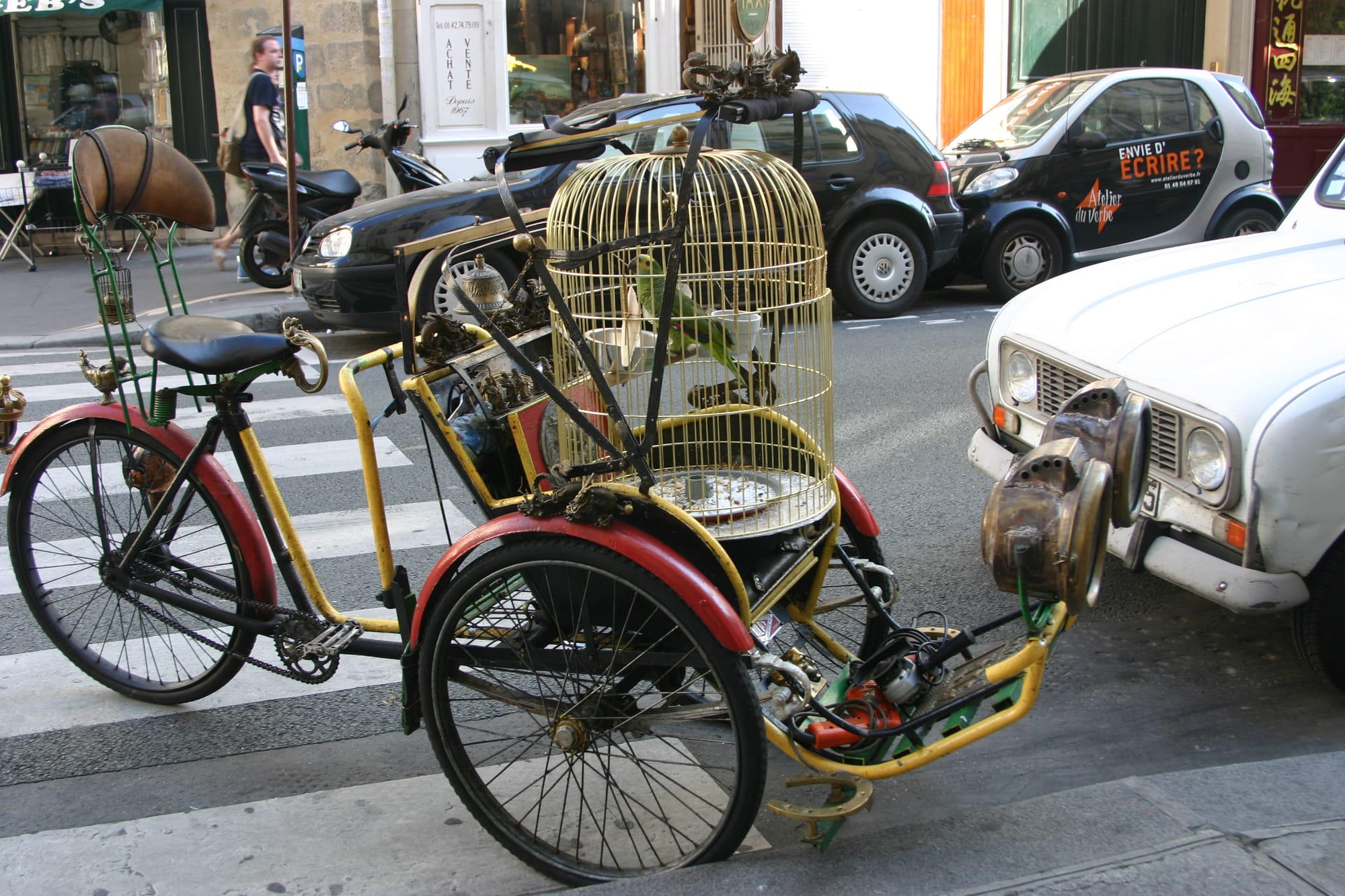
Tandem Bikes
Cycling can be a lonely endeavor as the typical bike is designed only for one. But it doesn't have to be! Tandem bikes can fit a number of people on the same contraption so you never feel lonely when pedaling about town.
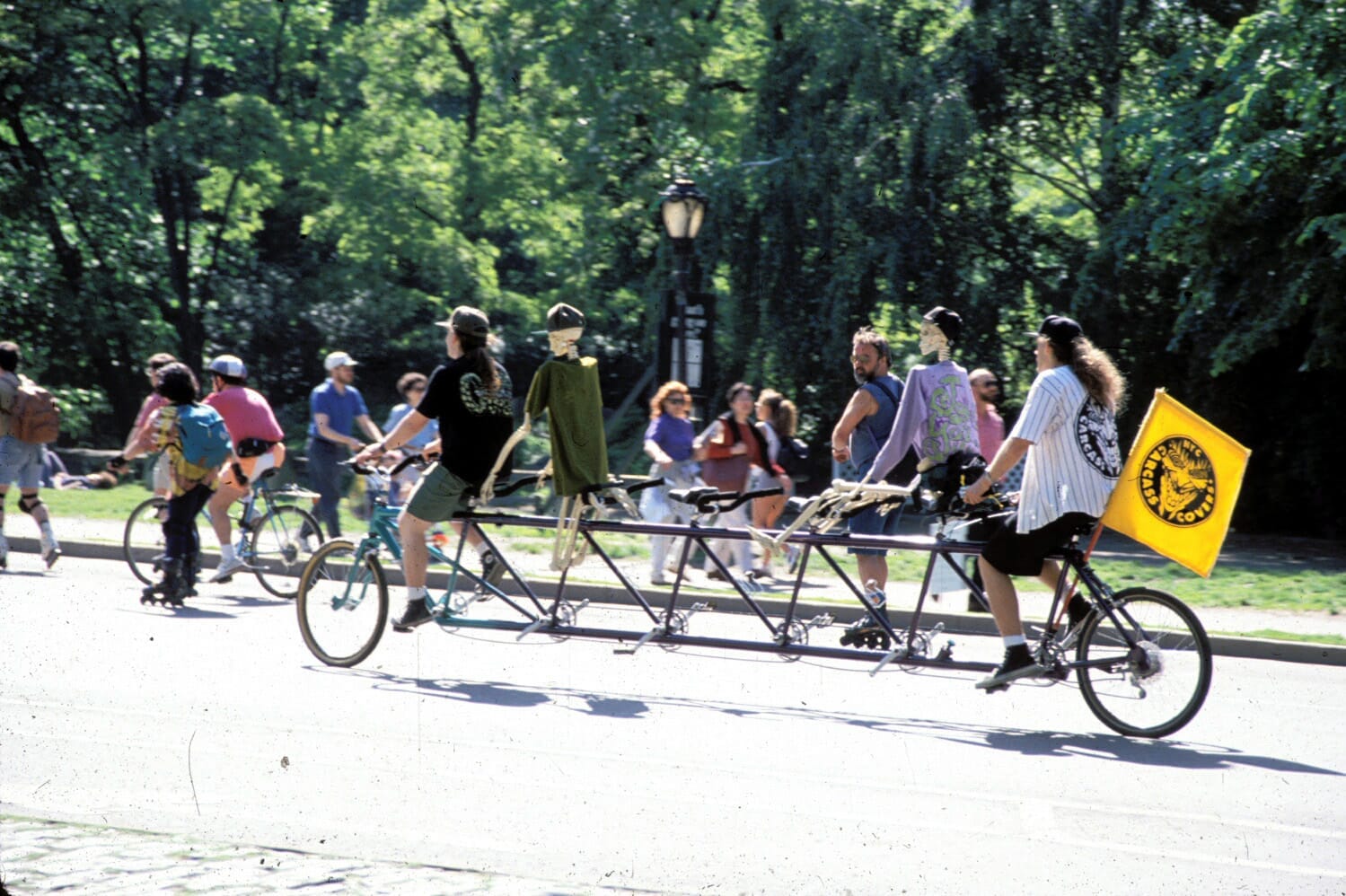
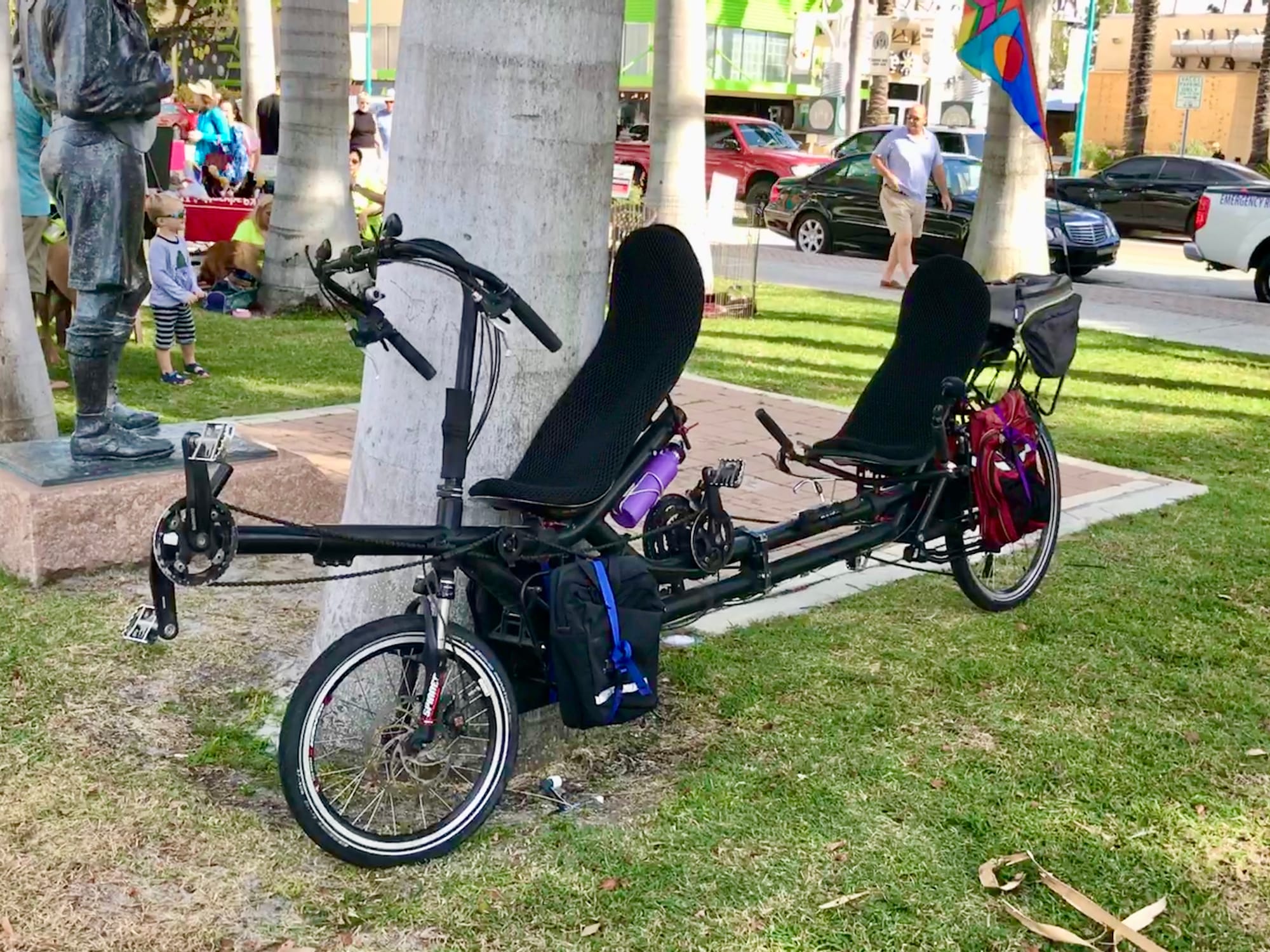

Bike Art
With bikes being such a prominent part of daily life for so many people, they are perfect inspirations for art of all kinds. We've seen sculptures of bikes, bikes as street furniture overflowing with flowers, and even bikes as decorations for homes or restaurants.
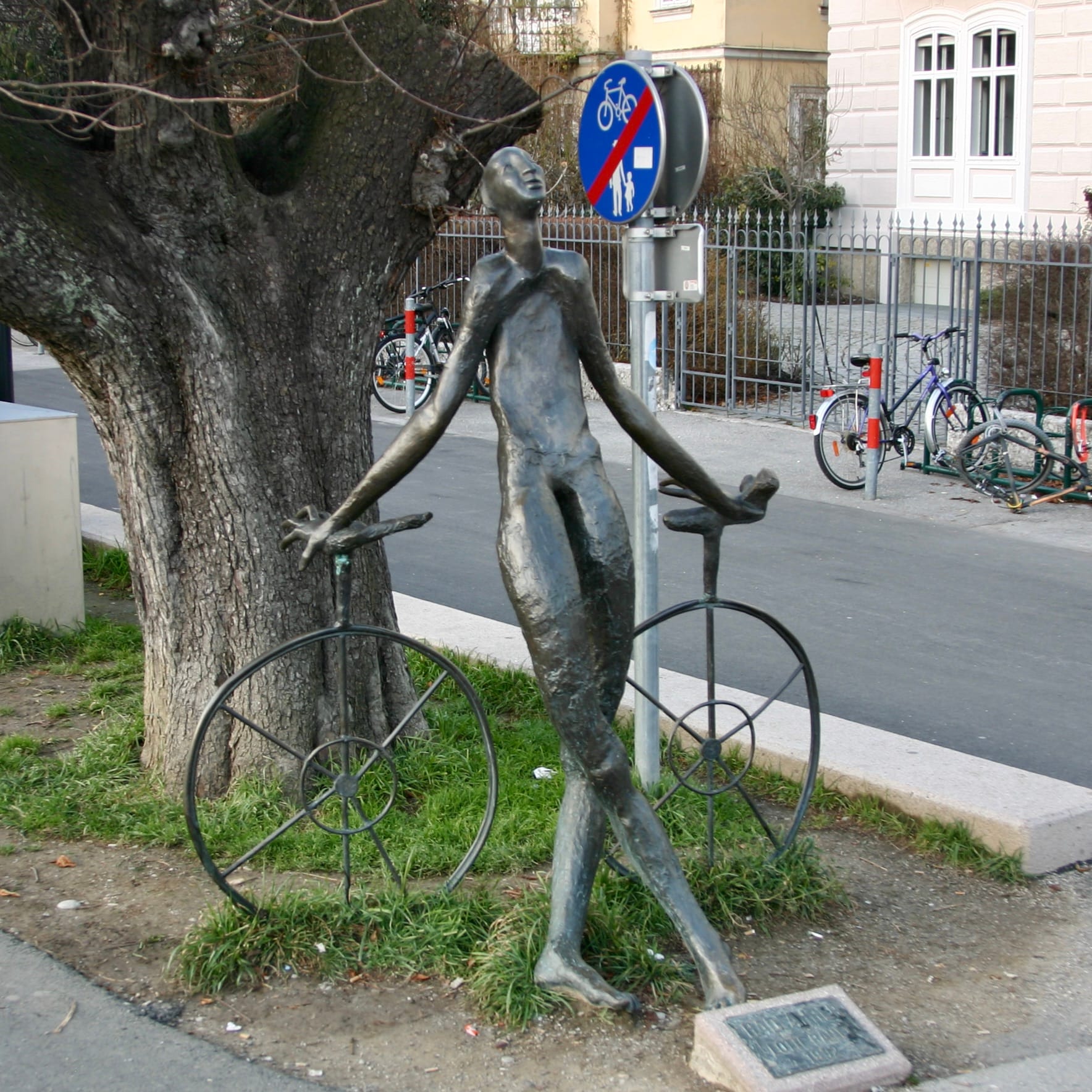

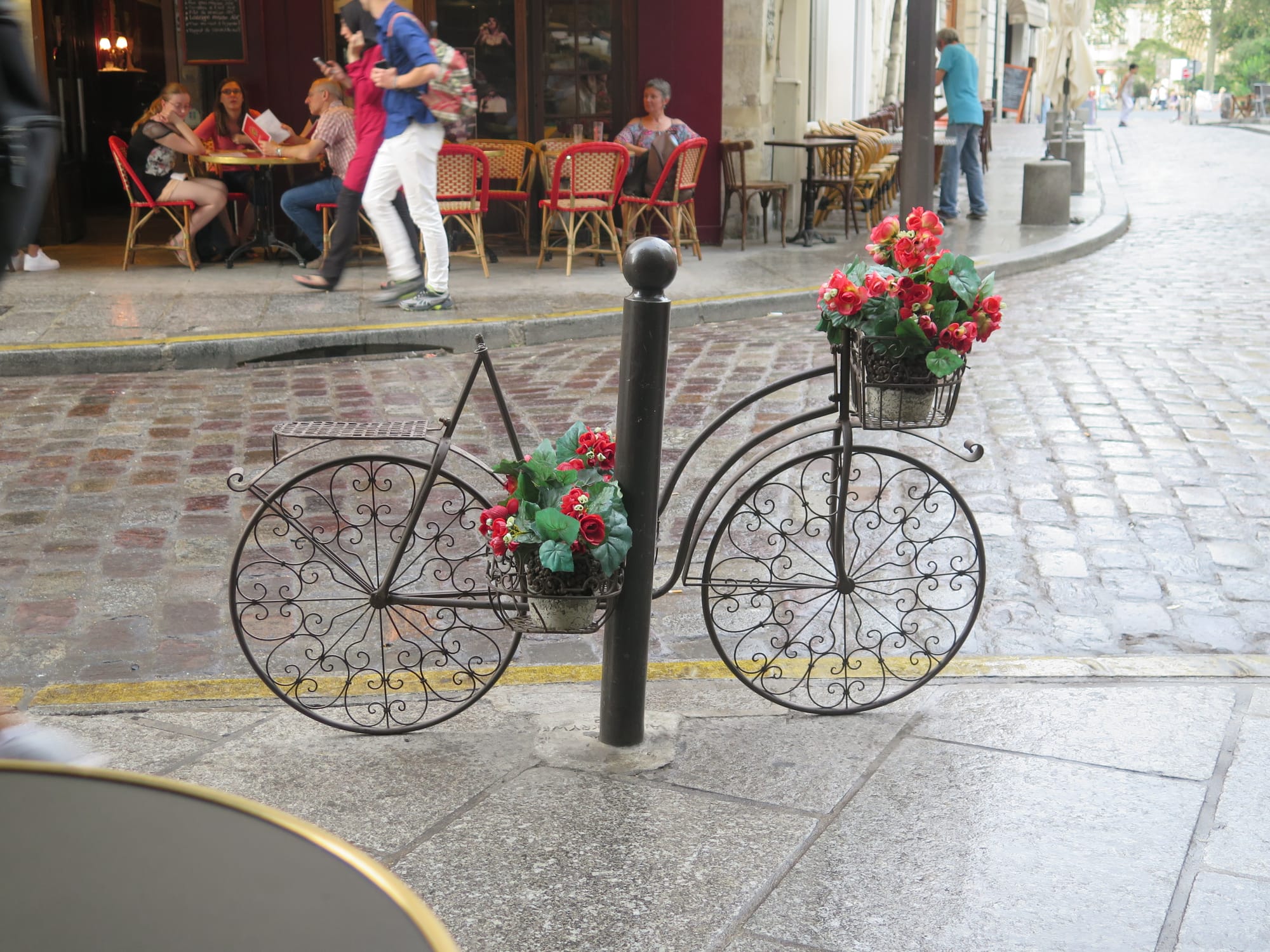
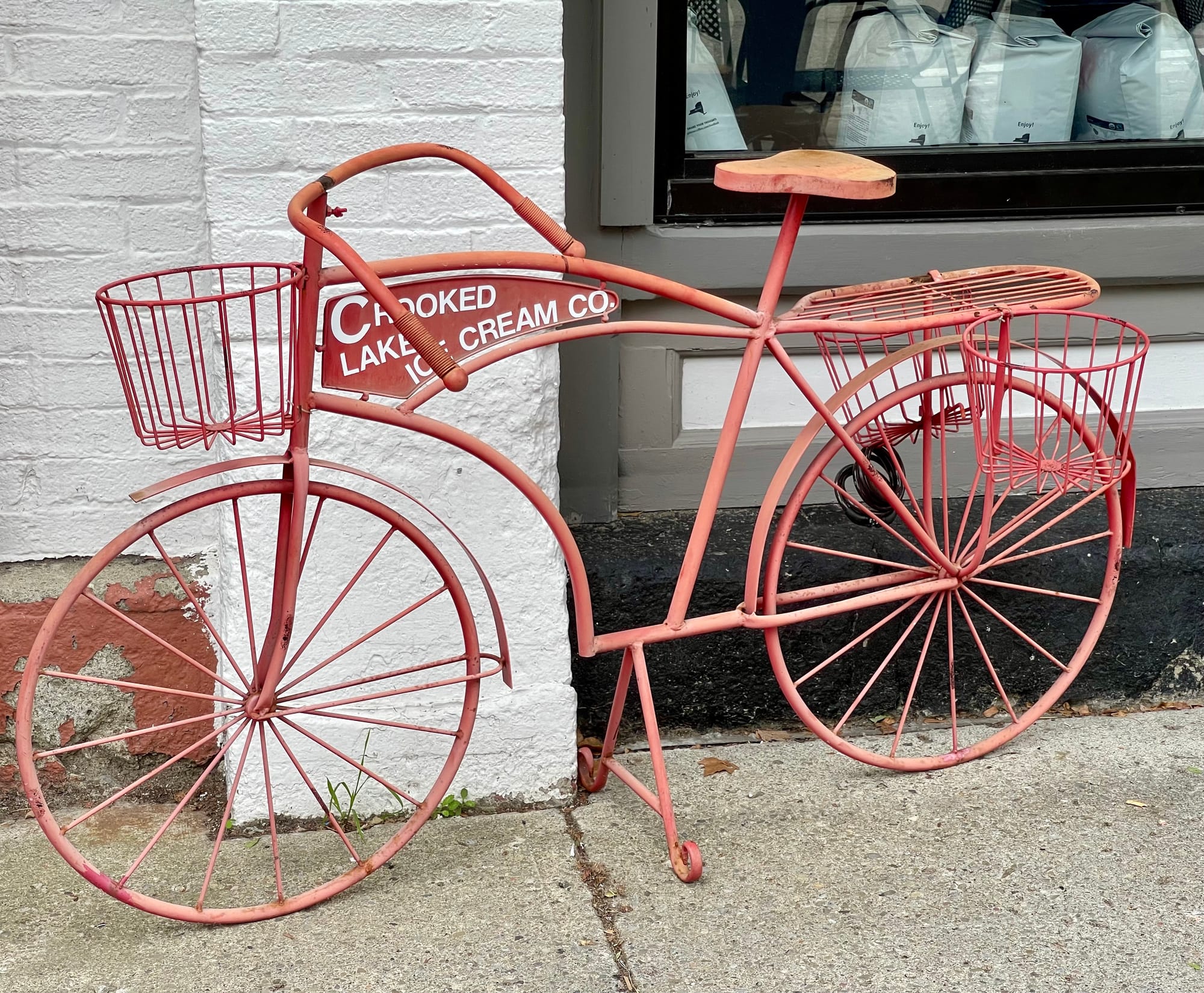
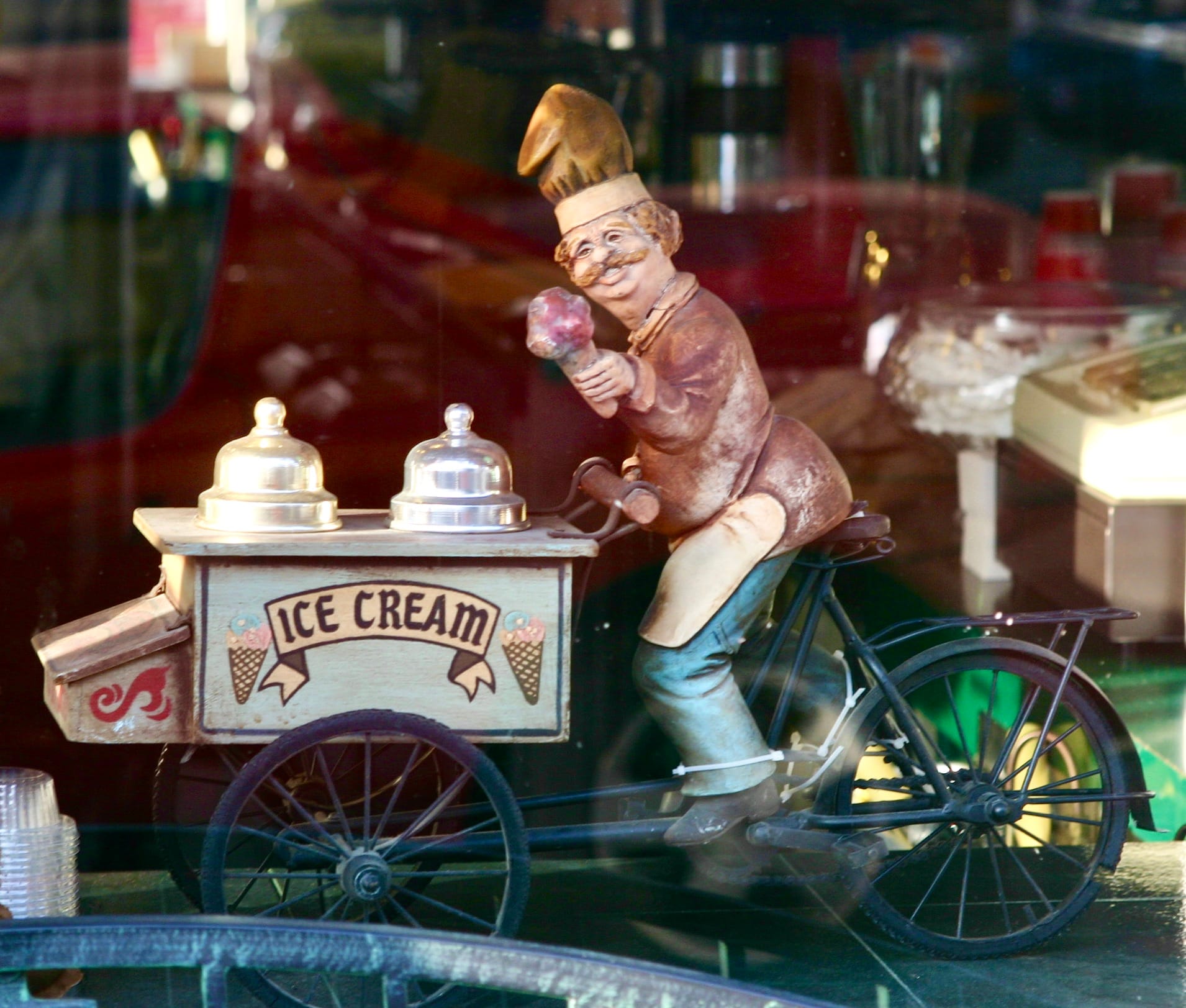
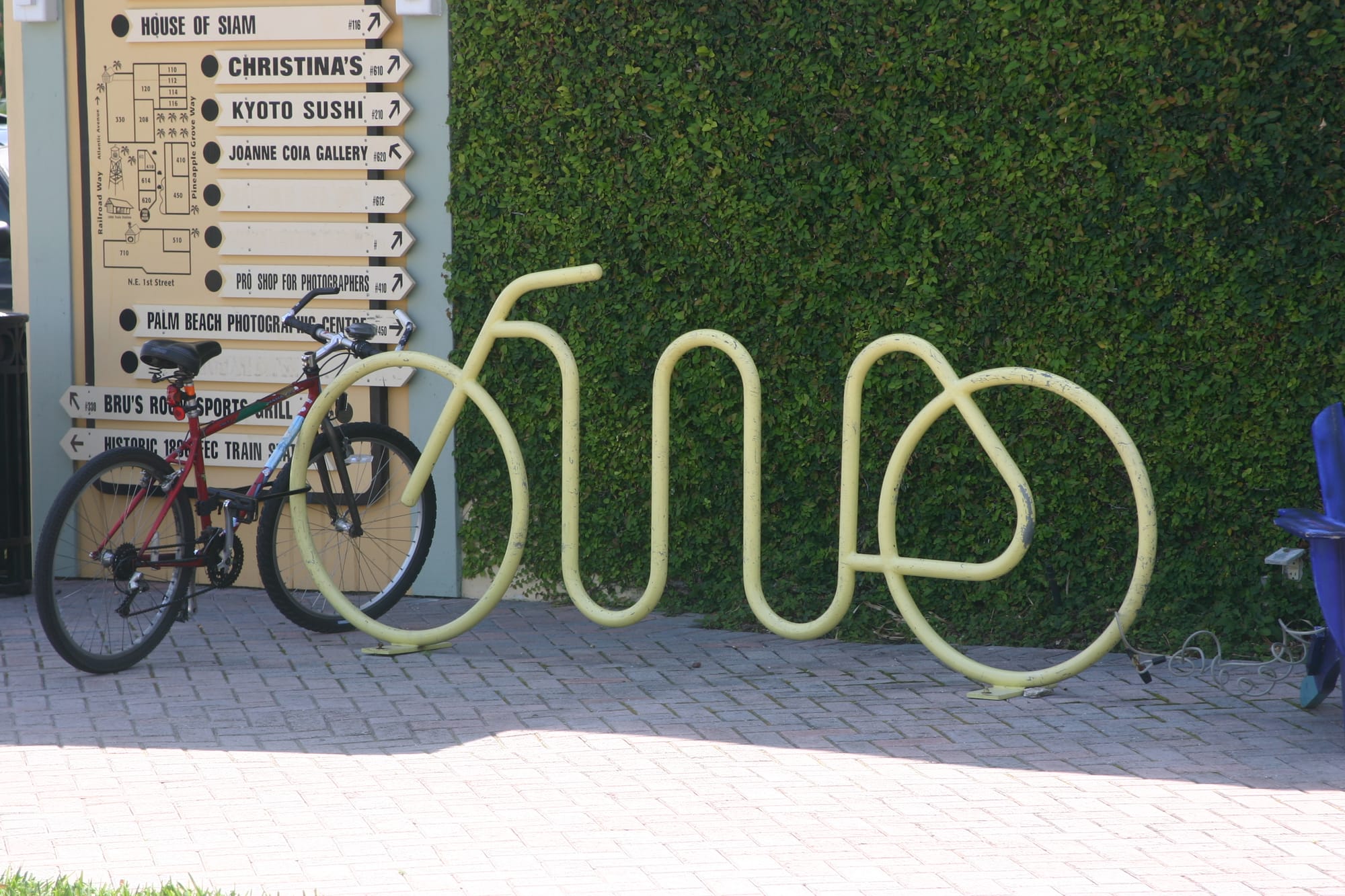
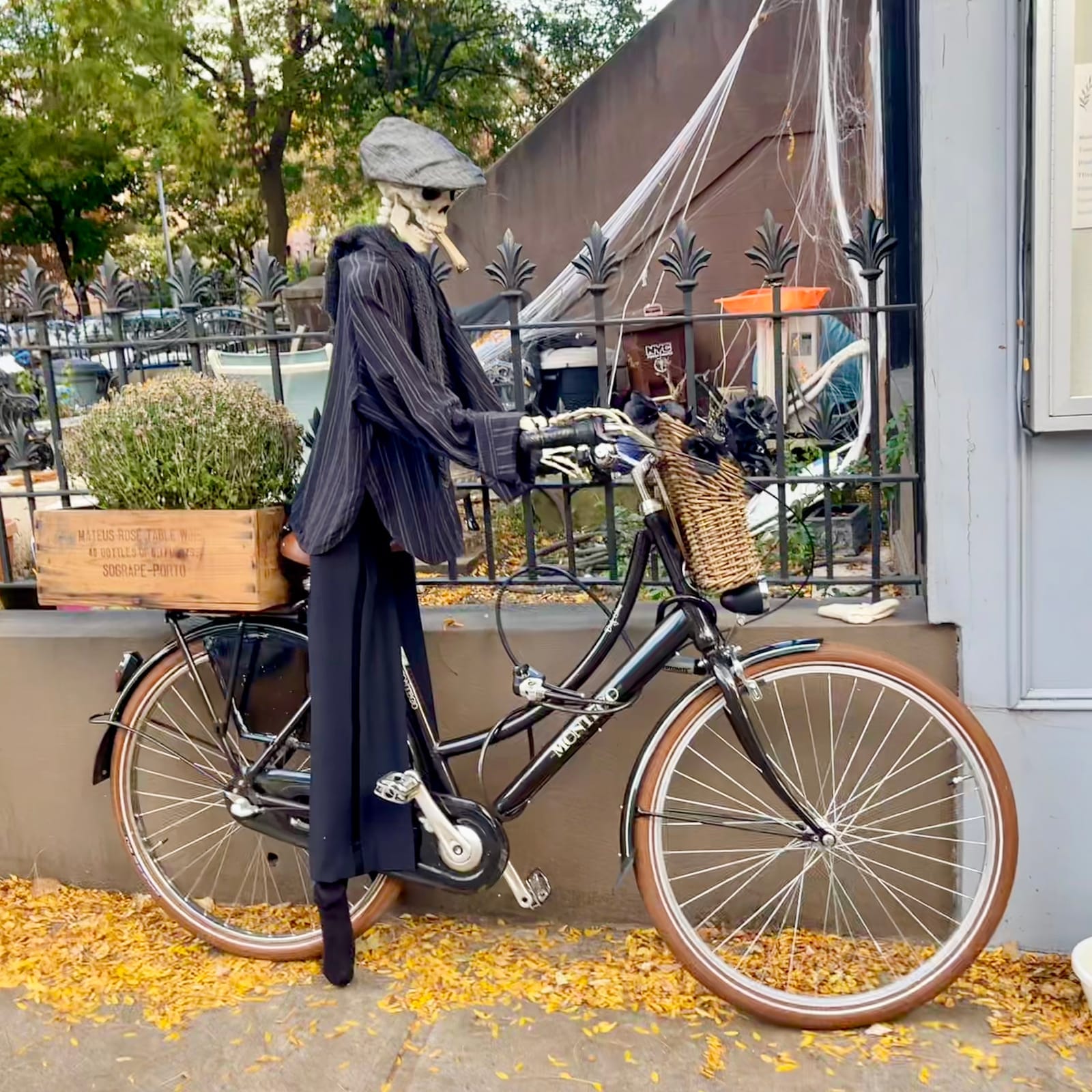
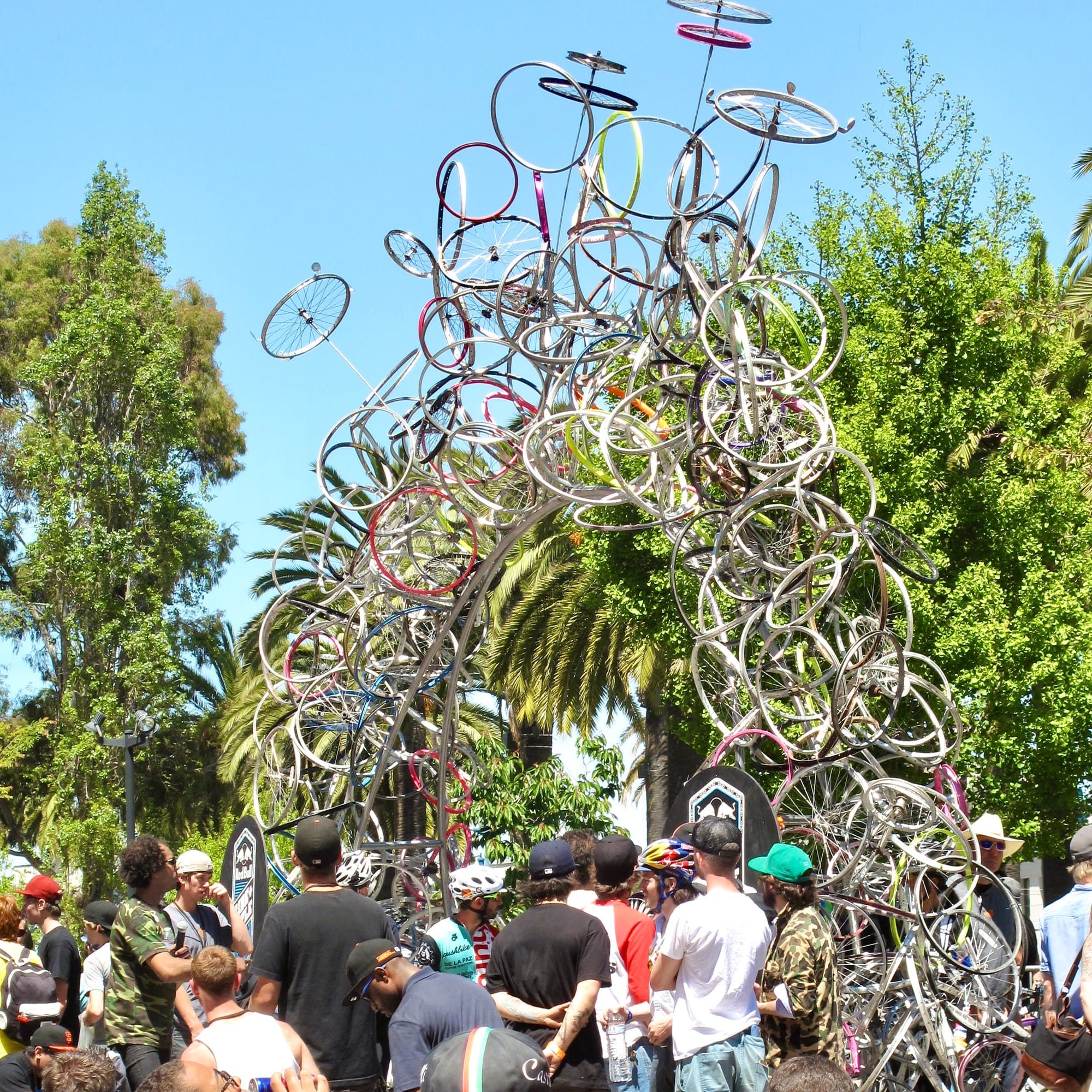
Dressed-up bikes
Everybody looks nice with a bit of dressing up, bikes included. It's common to see bikes used as decorations around bike-friendly cities, with flowers or ornaments spilling out of their baskets.
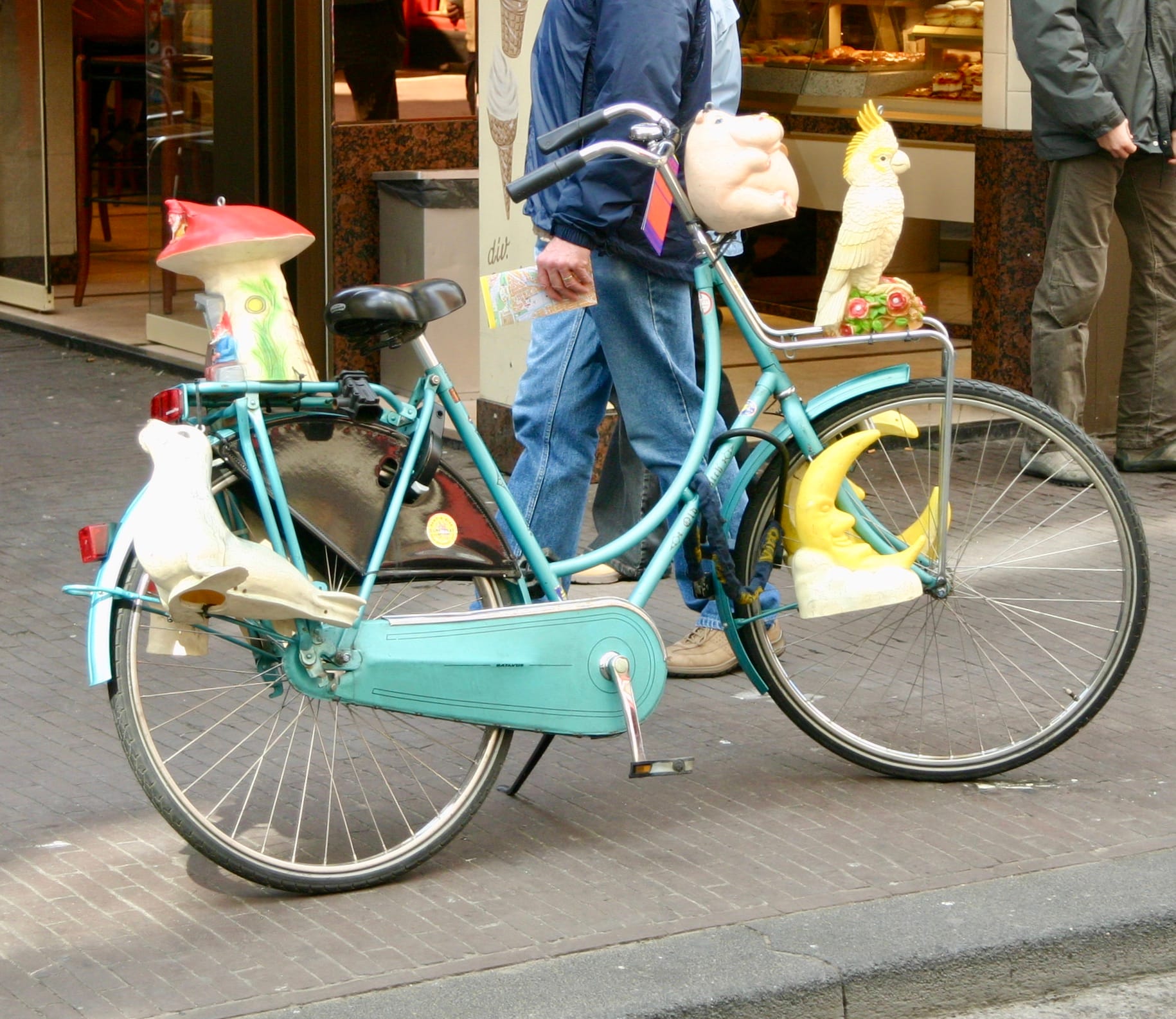
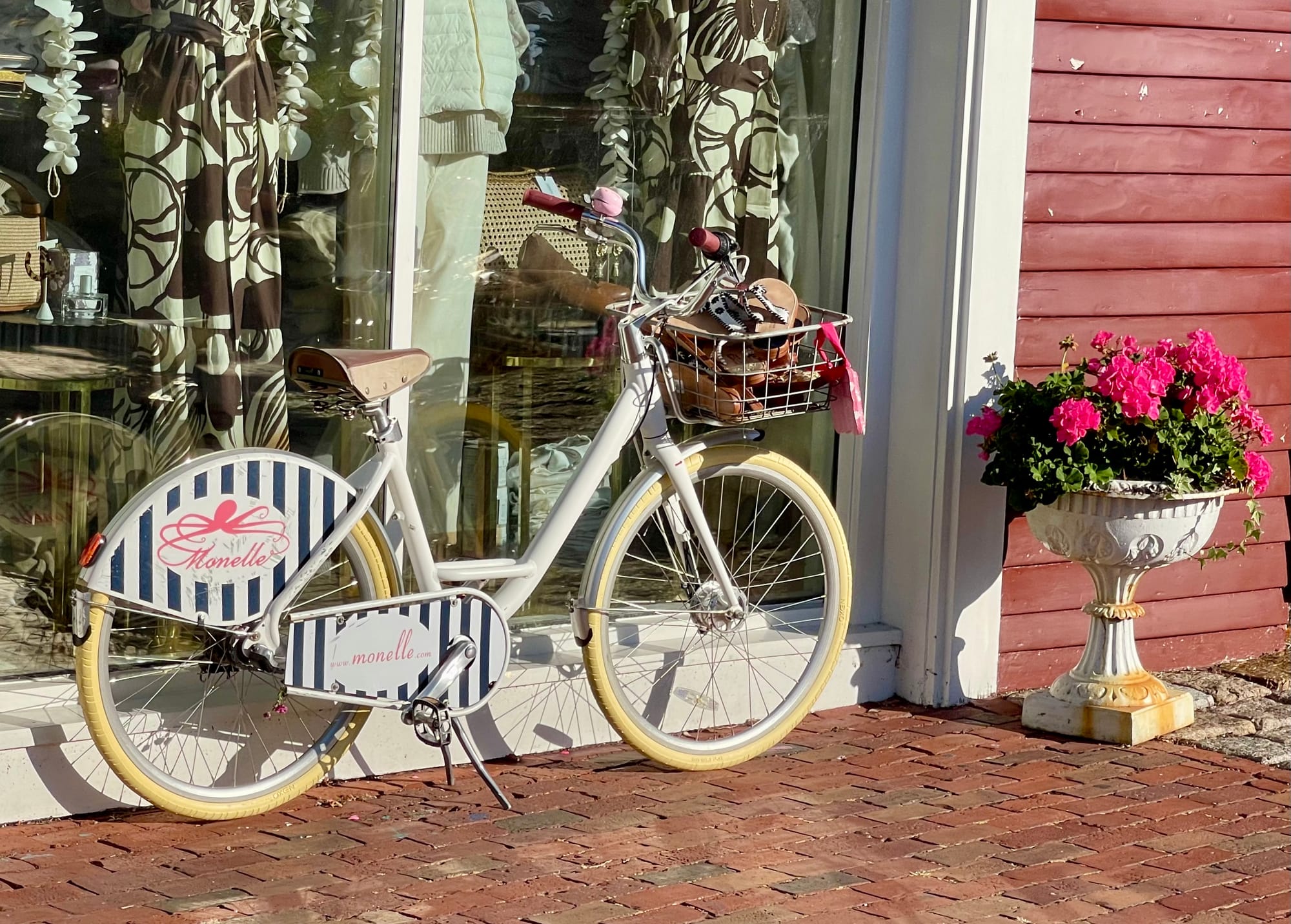
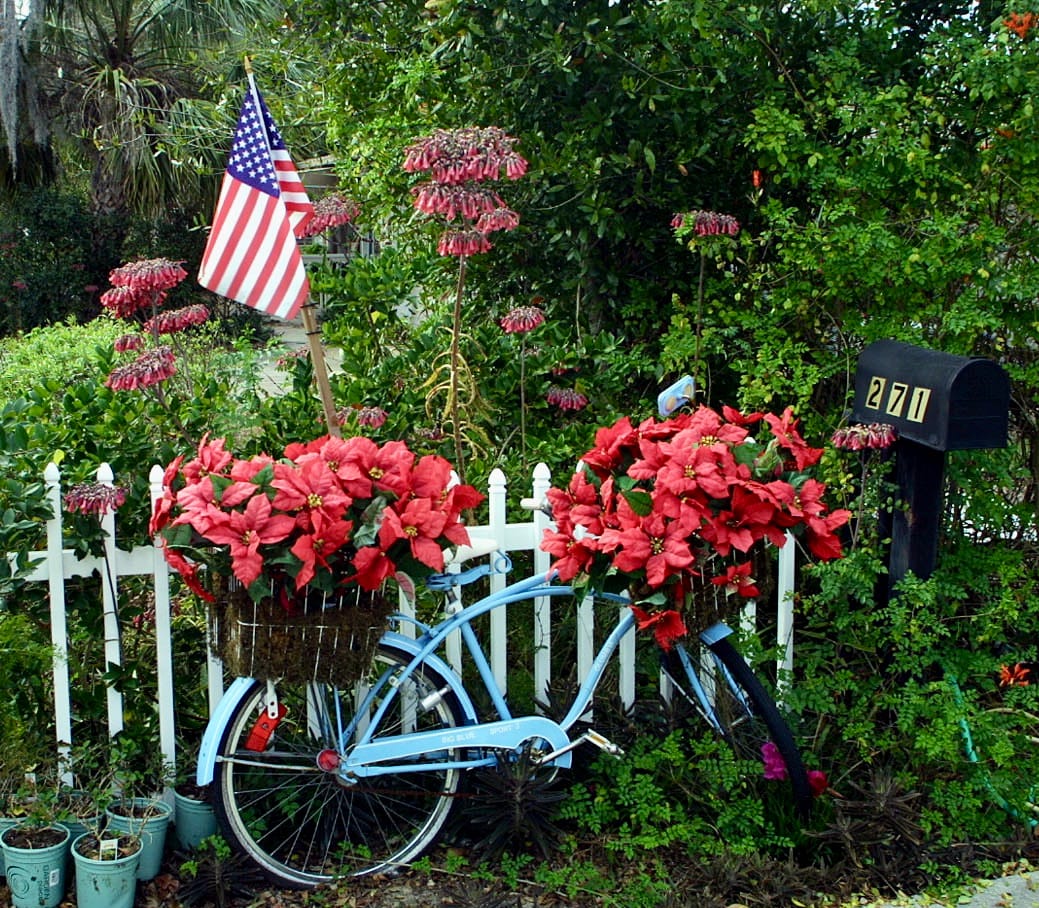
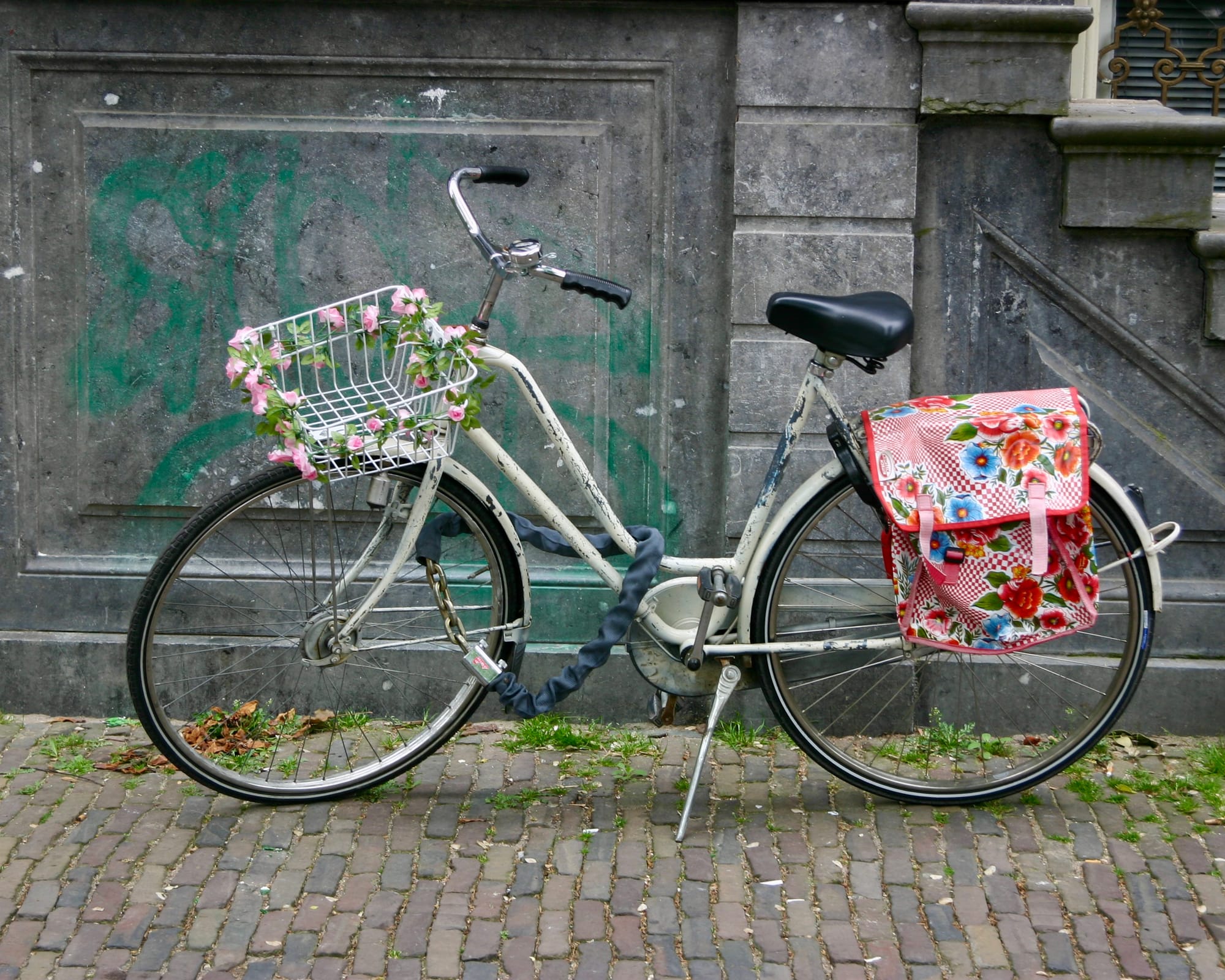
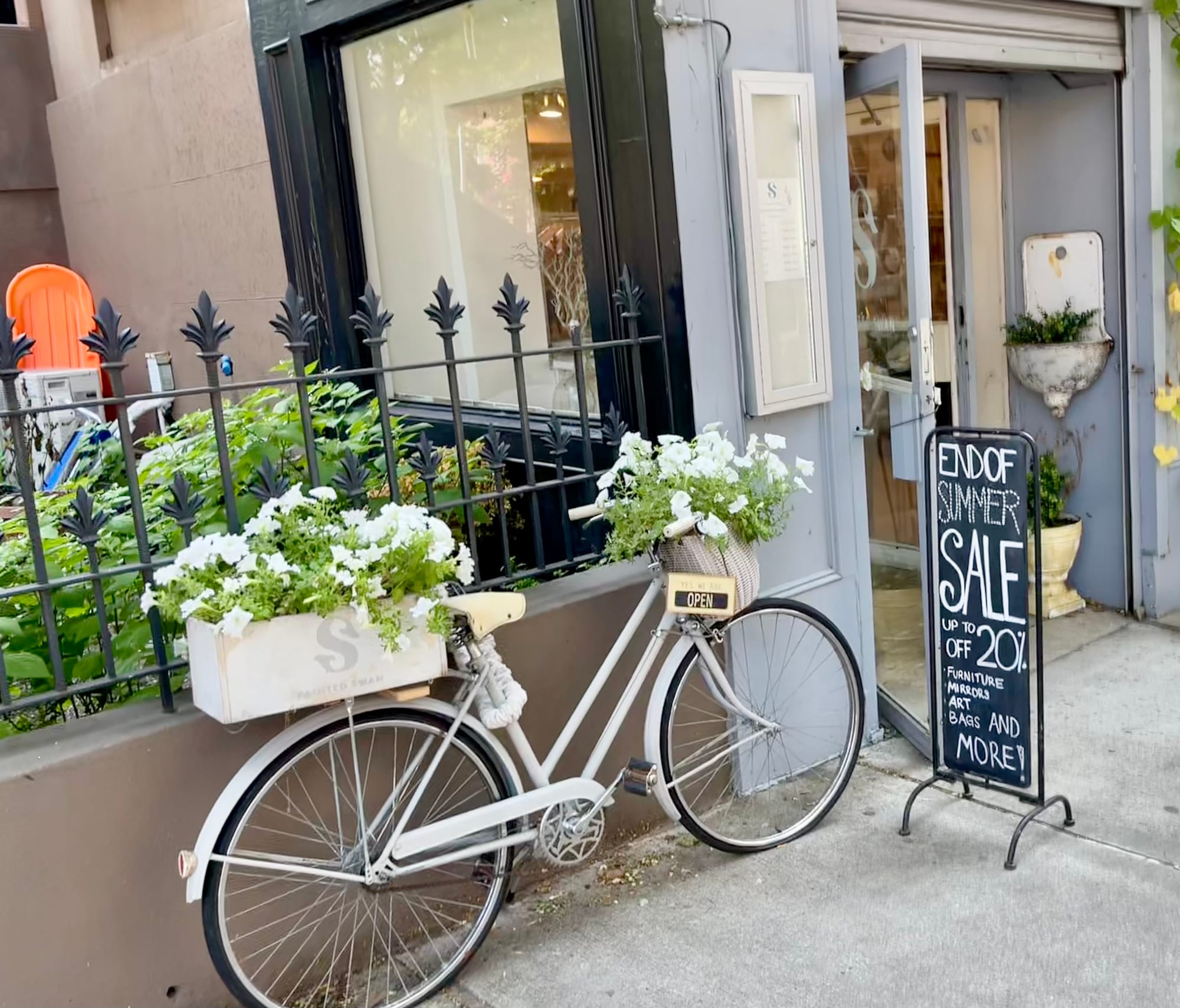
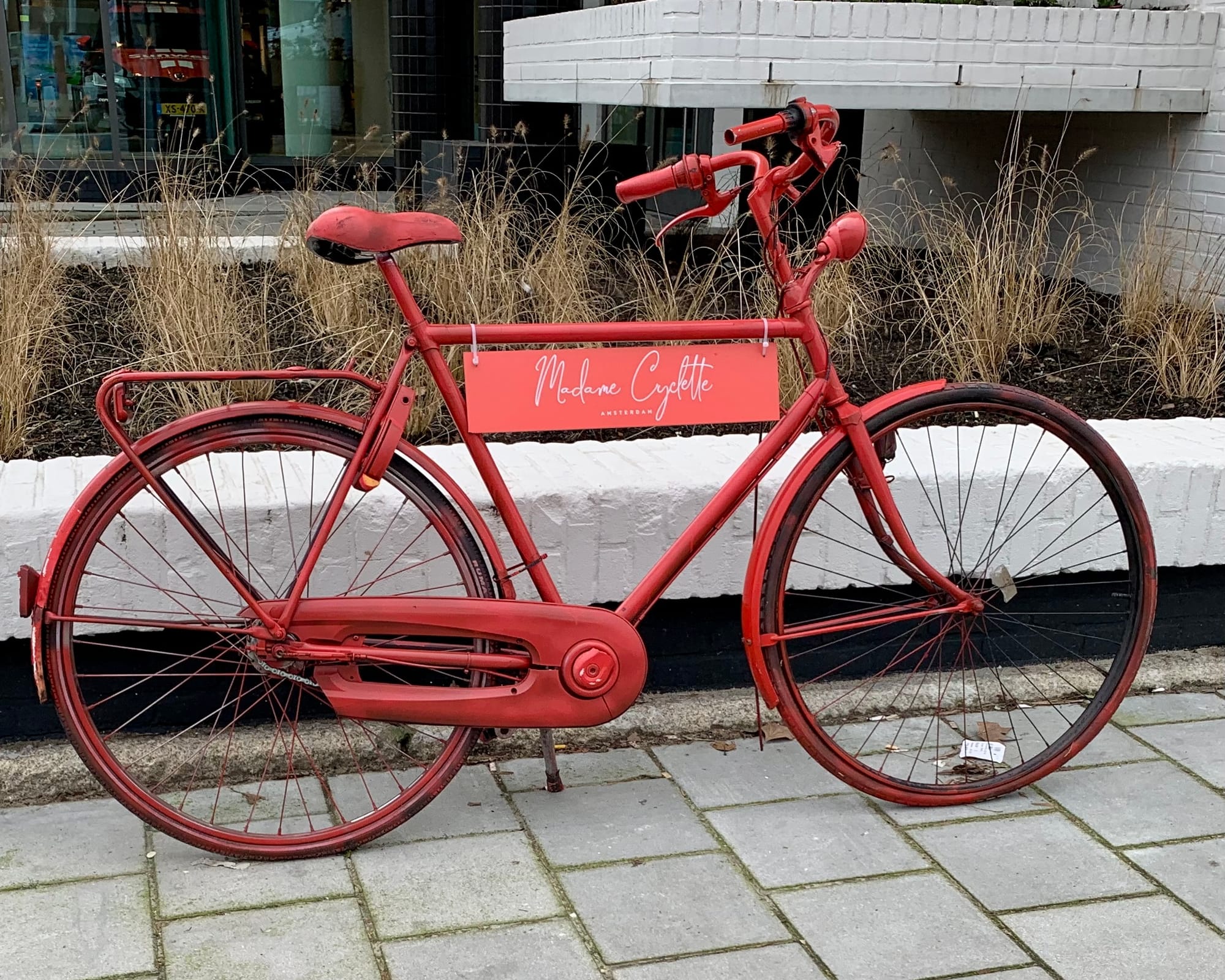
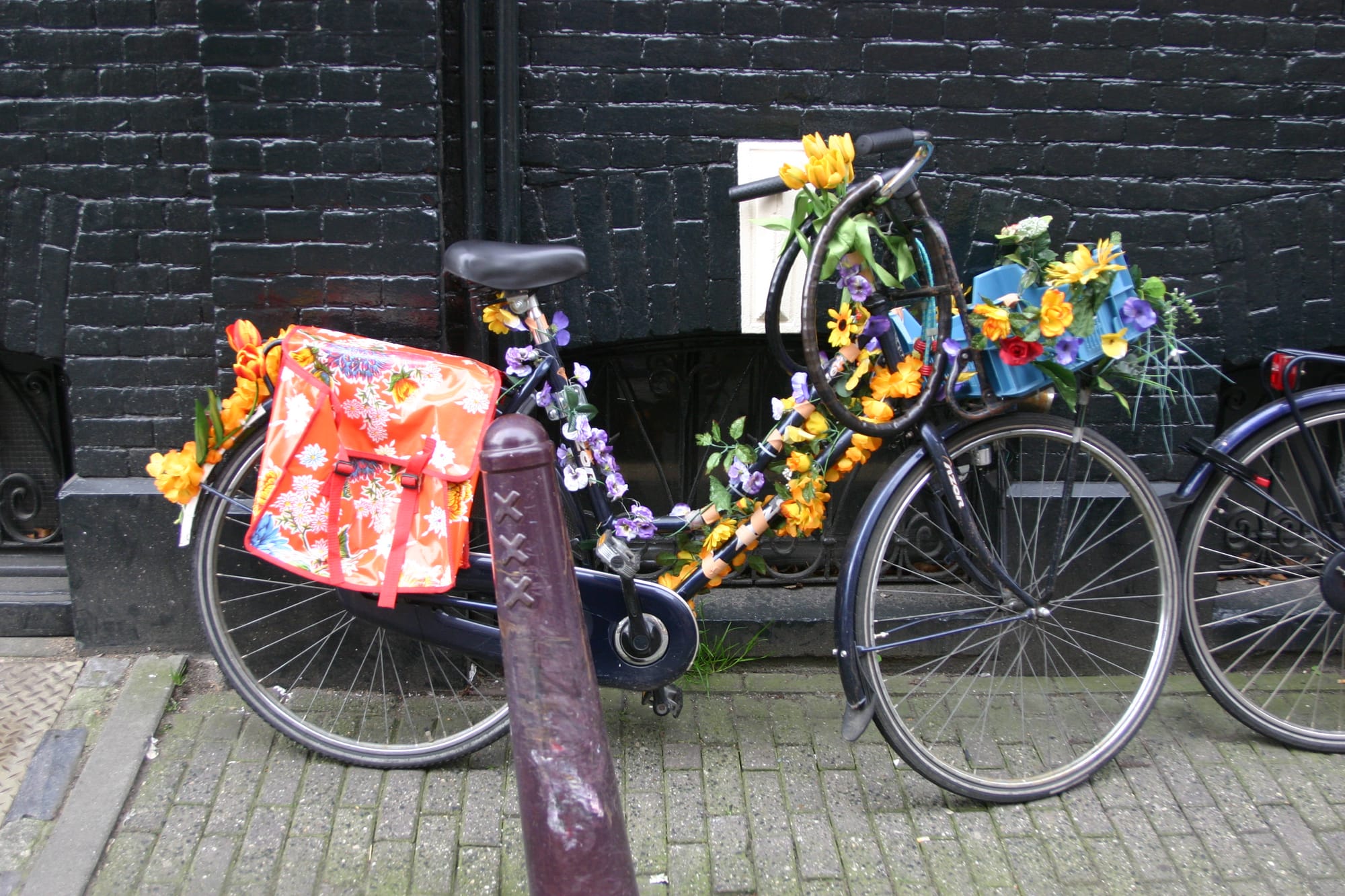
Bikes allow people freedom of expression and many take full advantage of that, adding personality and character to the places they call home.
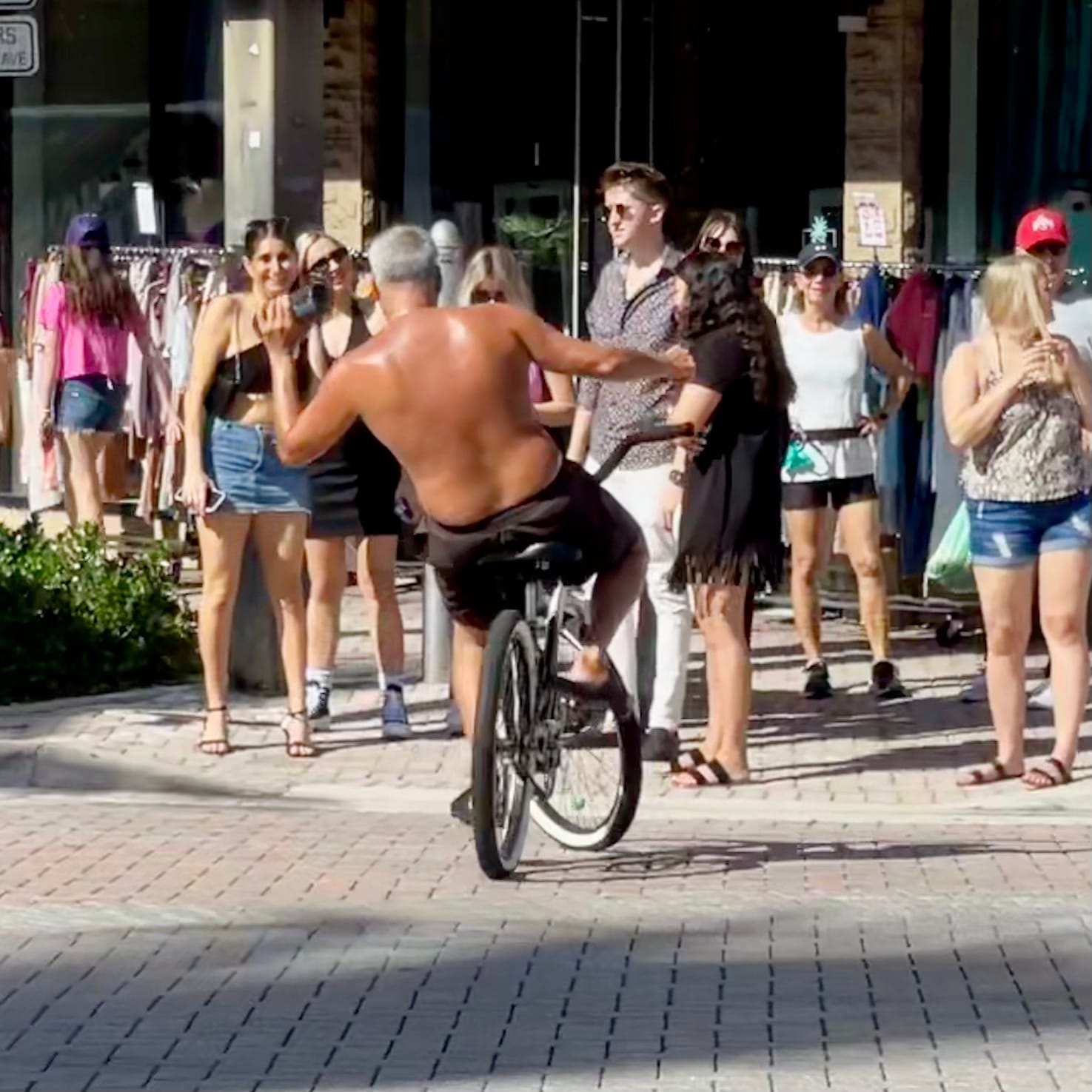
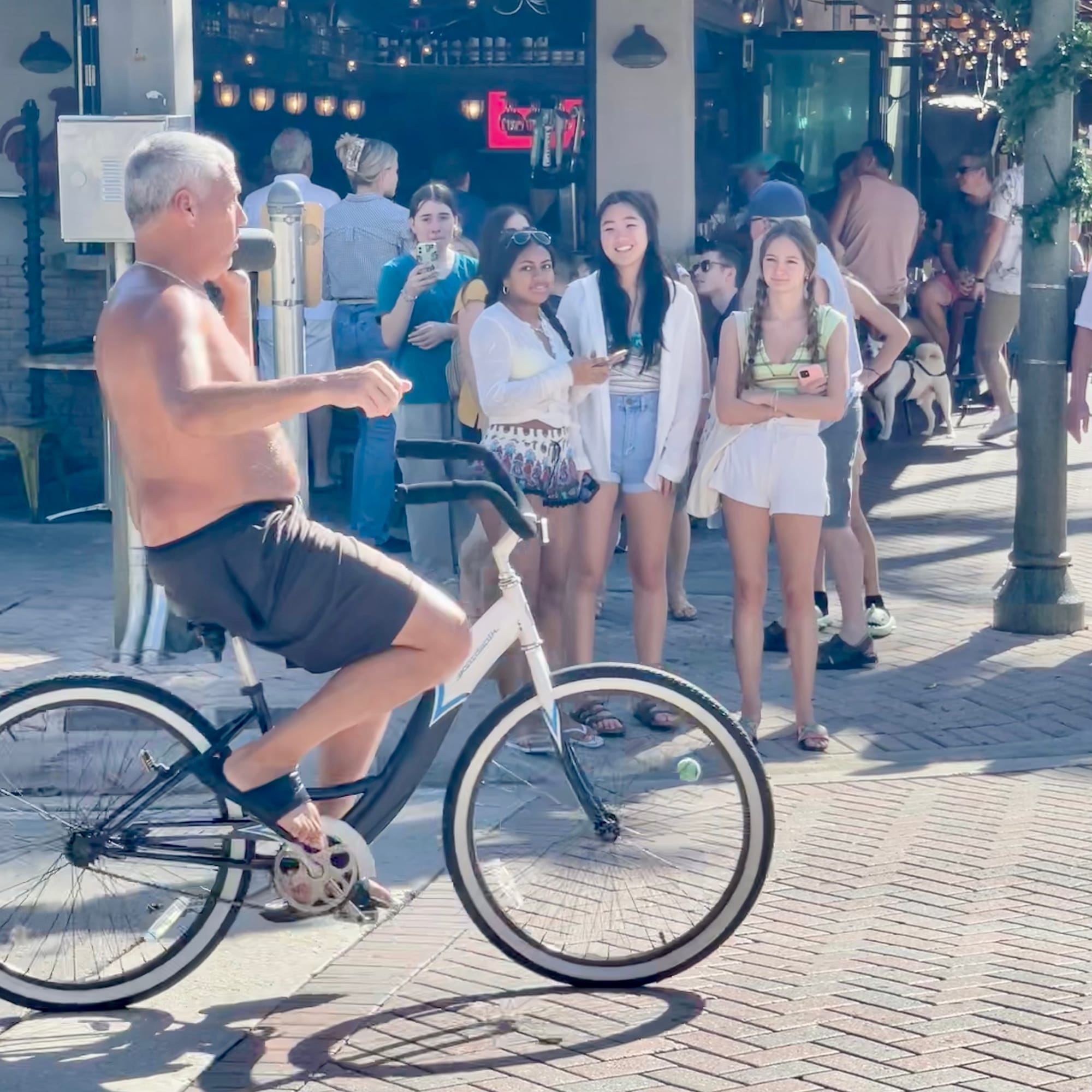
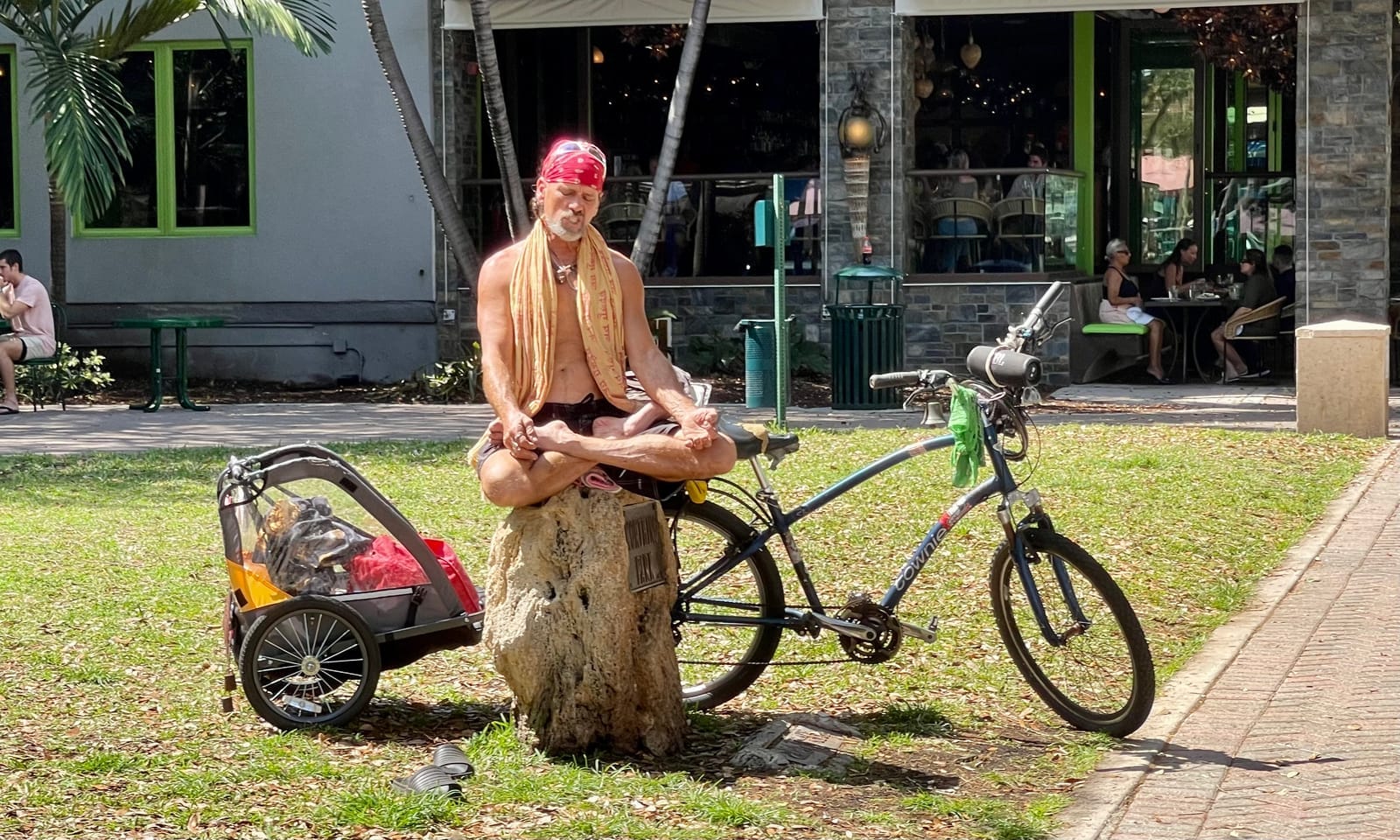
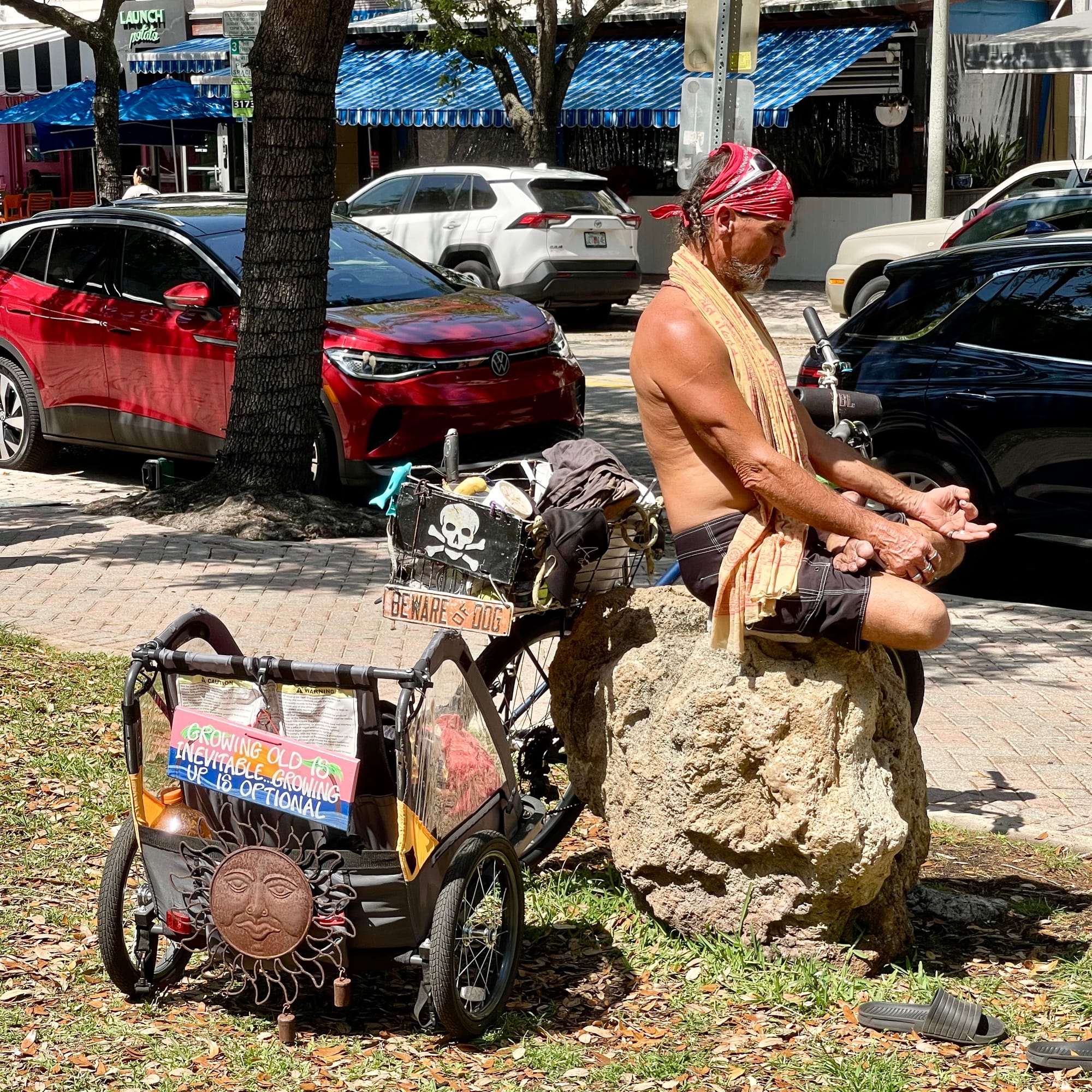
Cyclists with big personalities in their own world
The Impact of the Cargo Bike
Family Cargo Bikes
Cargo bikes are an amazing invention – you can enjoy the act of cycling while also carrying heavy loads around, including your little ones. Many defenders of car culture argue that cars are necessary because "how else can I carry something heavy or take my children around town?" Well, with a cargo bike!
In many countries, cargo bikes are as common as standard bikes and are used for everything from work to childcare. They are not only many times more affordable than cars while being used for the same purposes, they also keep their riders much more fit and healthy than cars which you have to sit stagnantly in for hours a day.
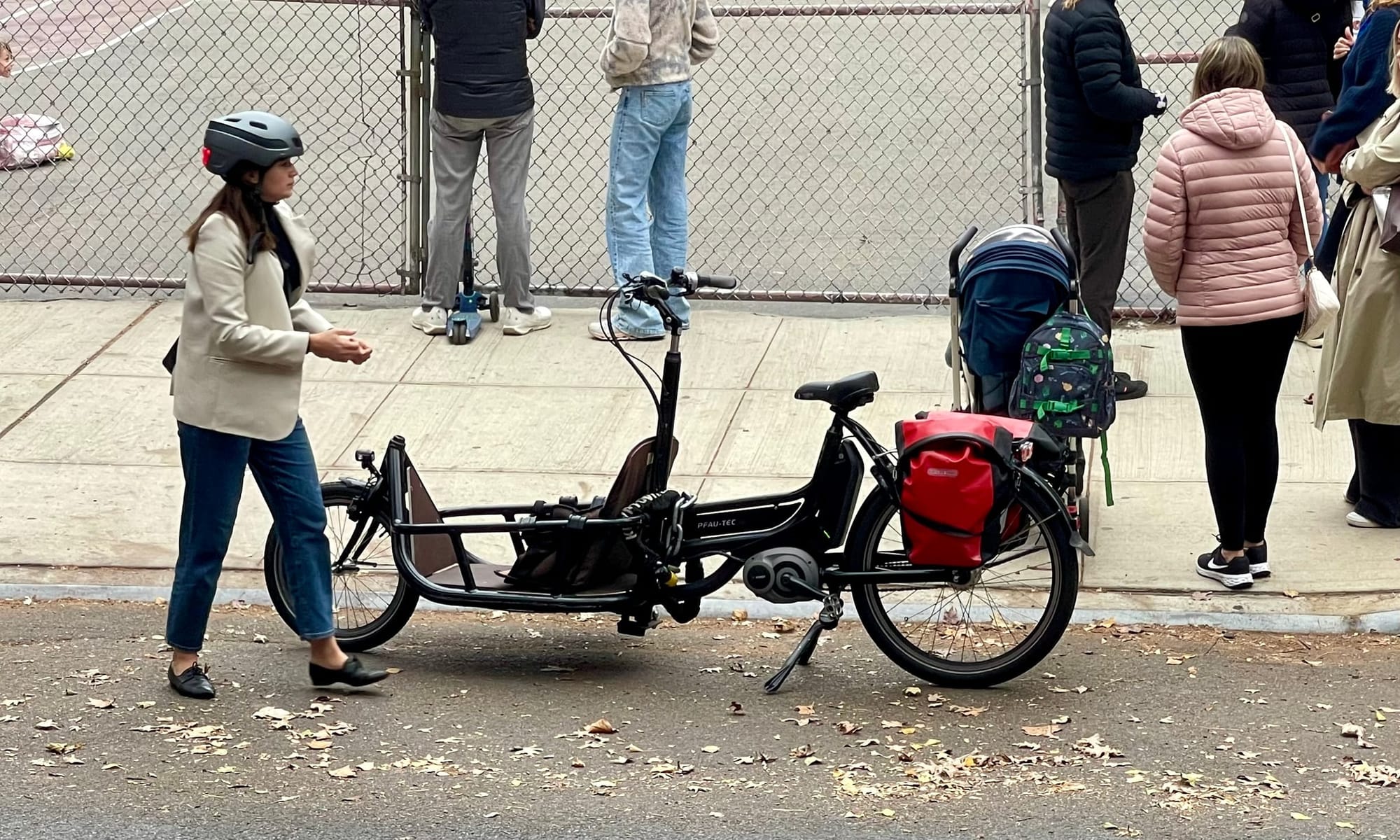
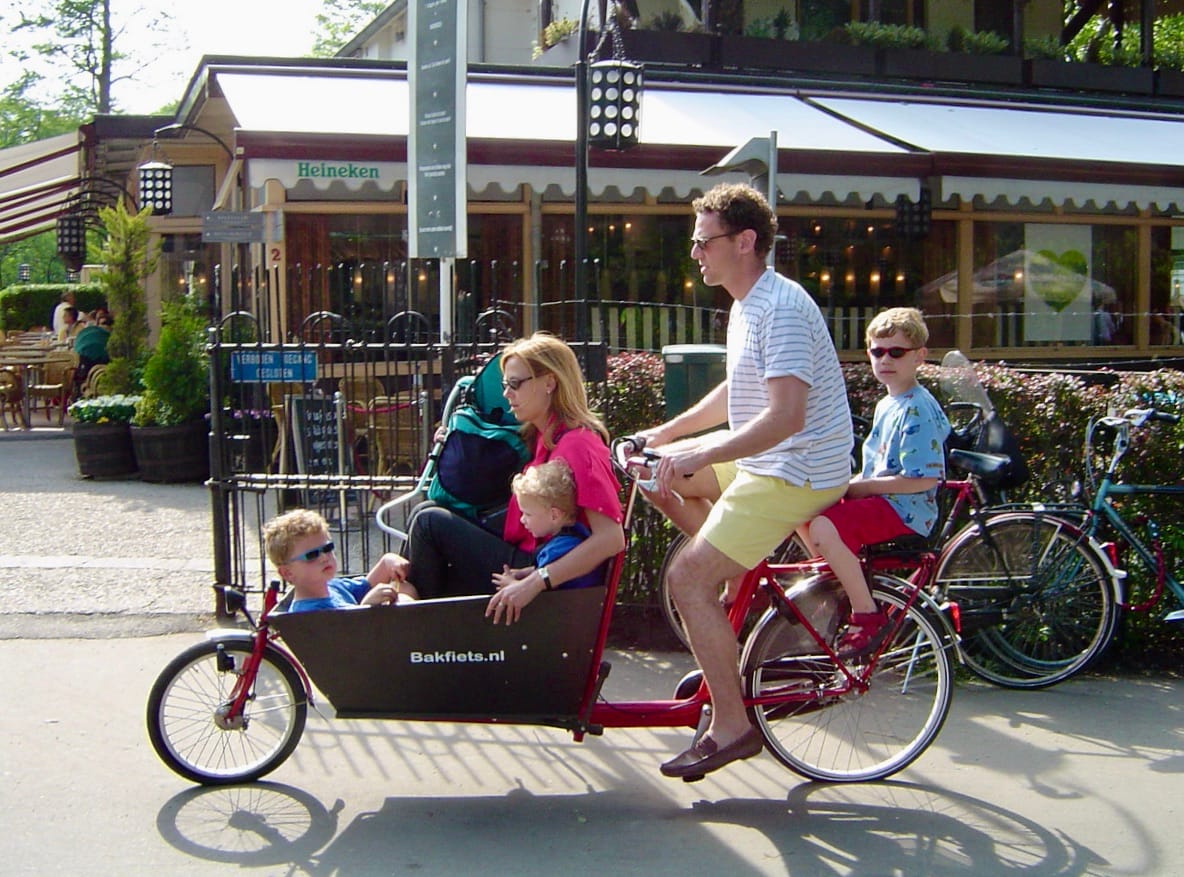
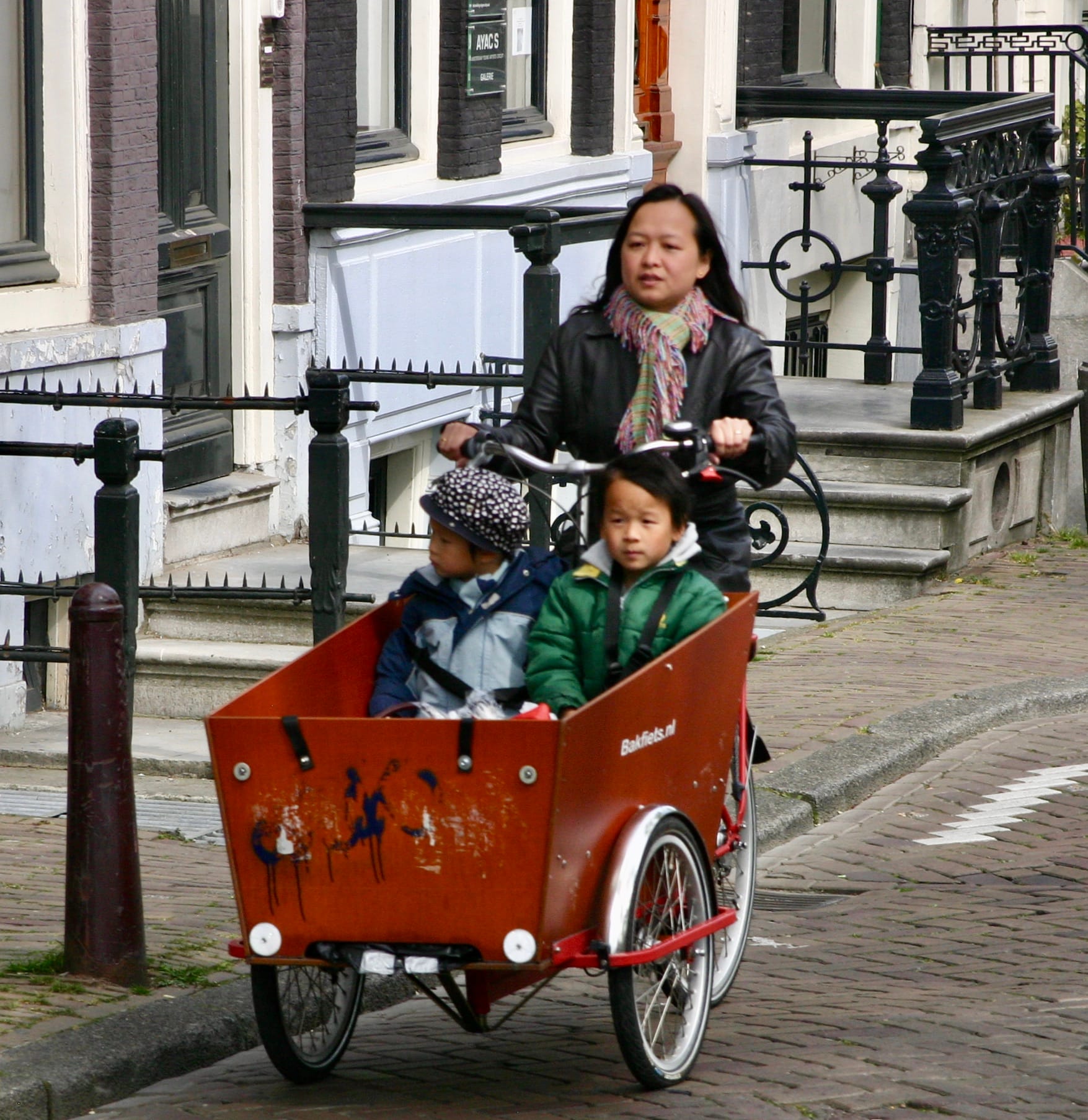
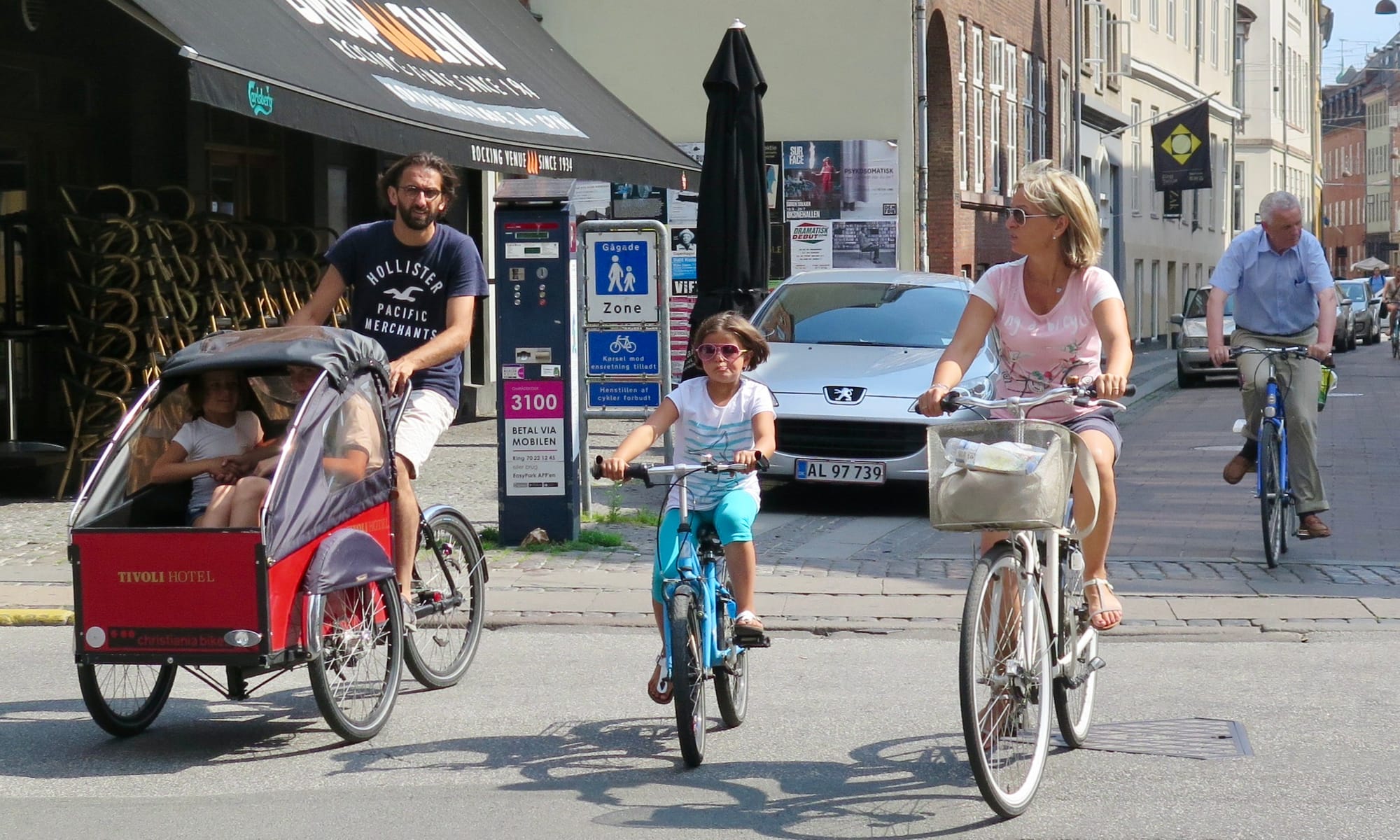
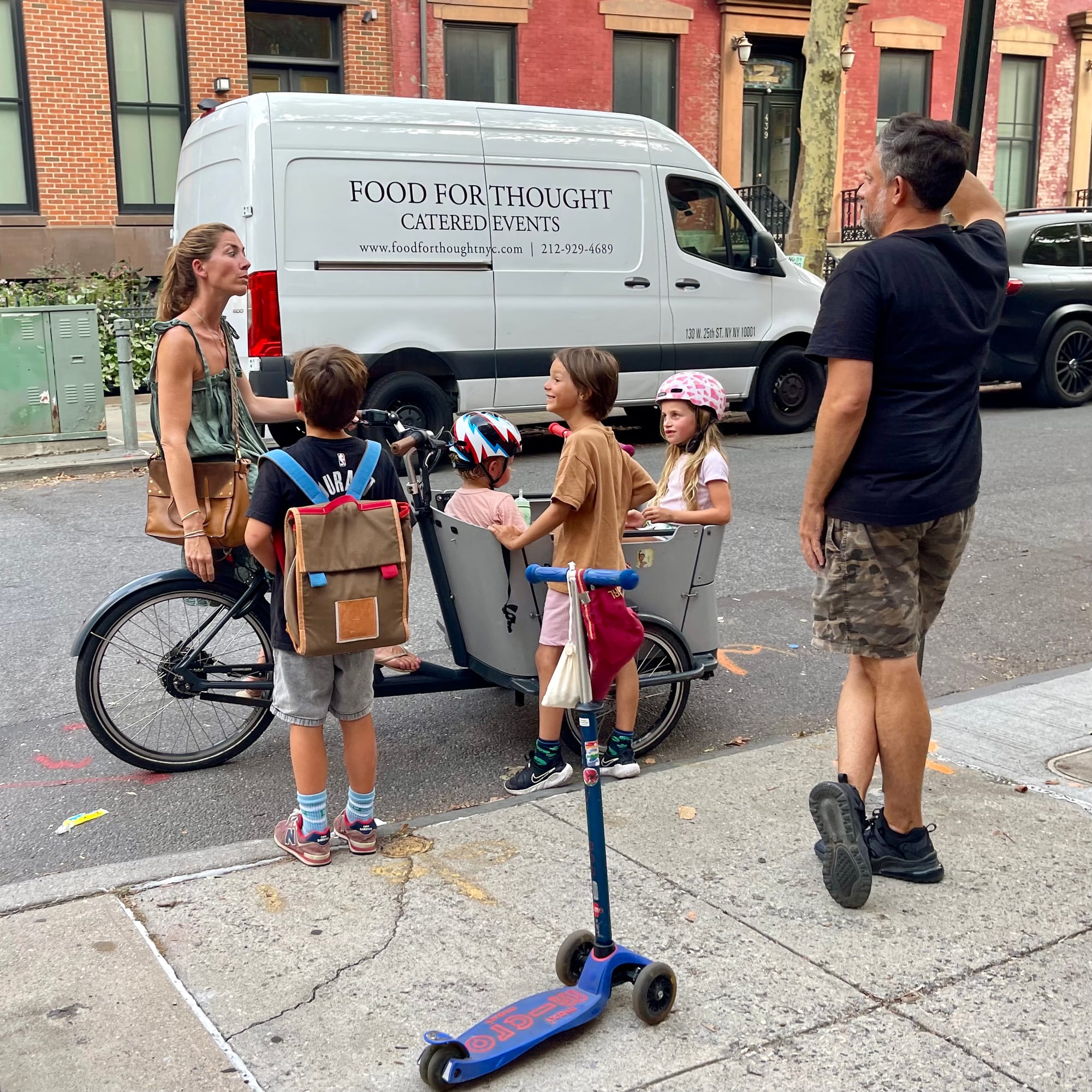
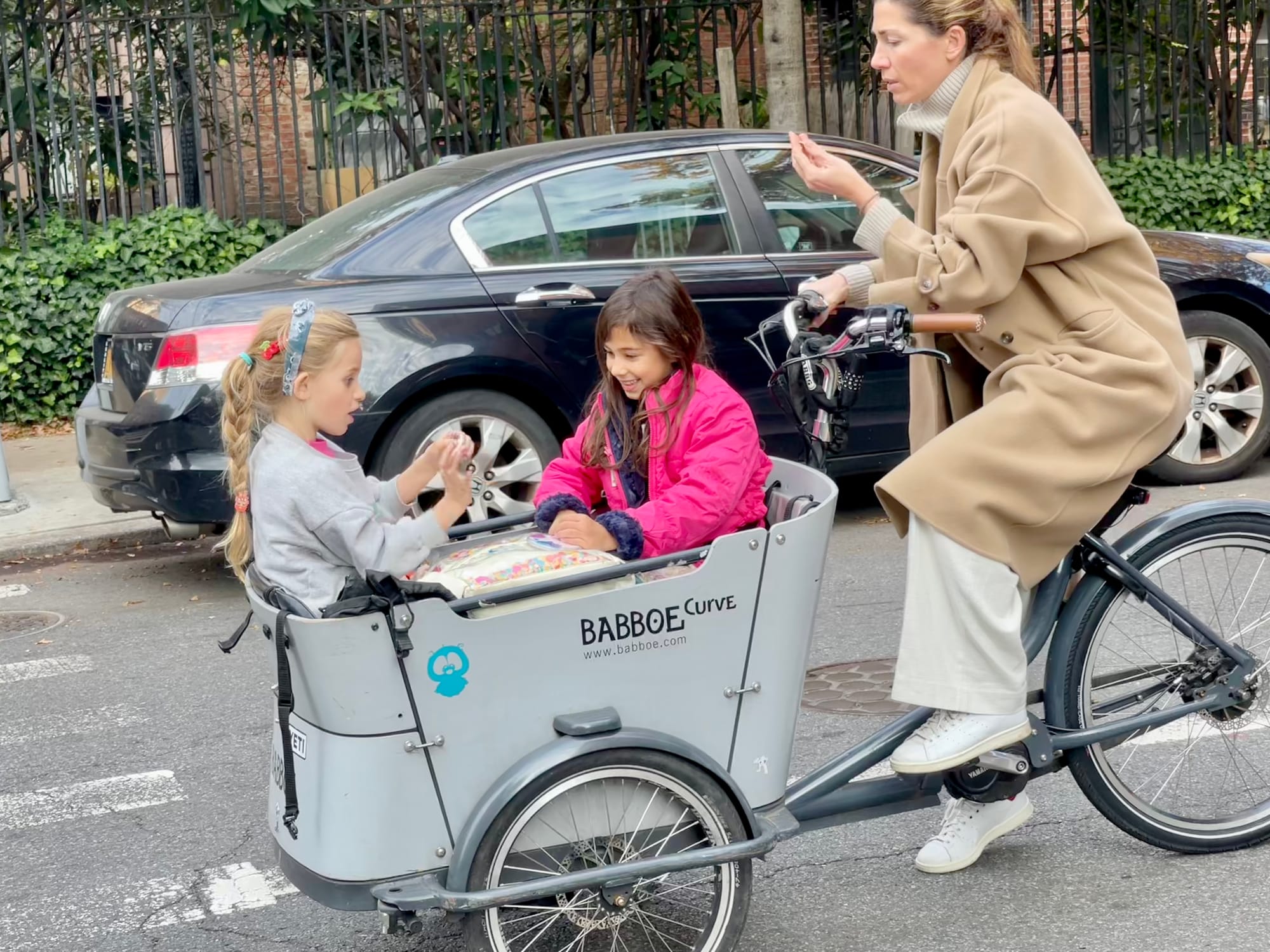
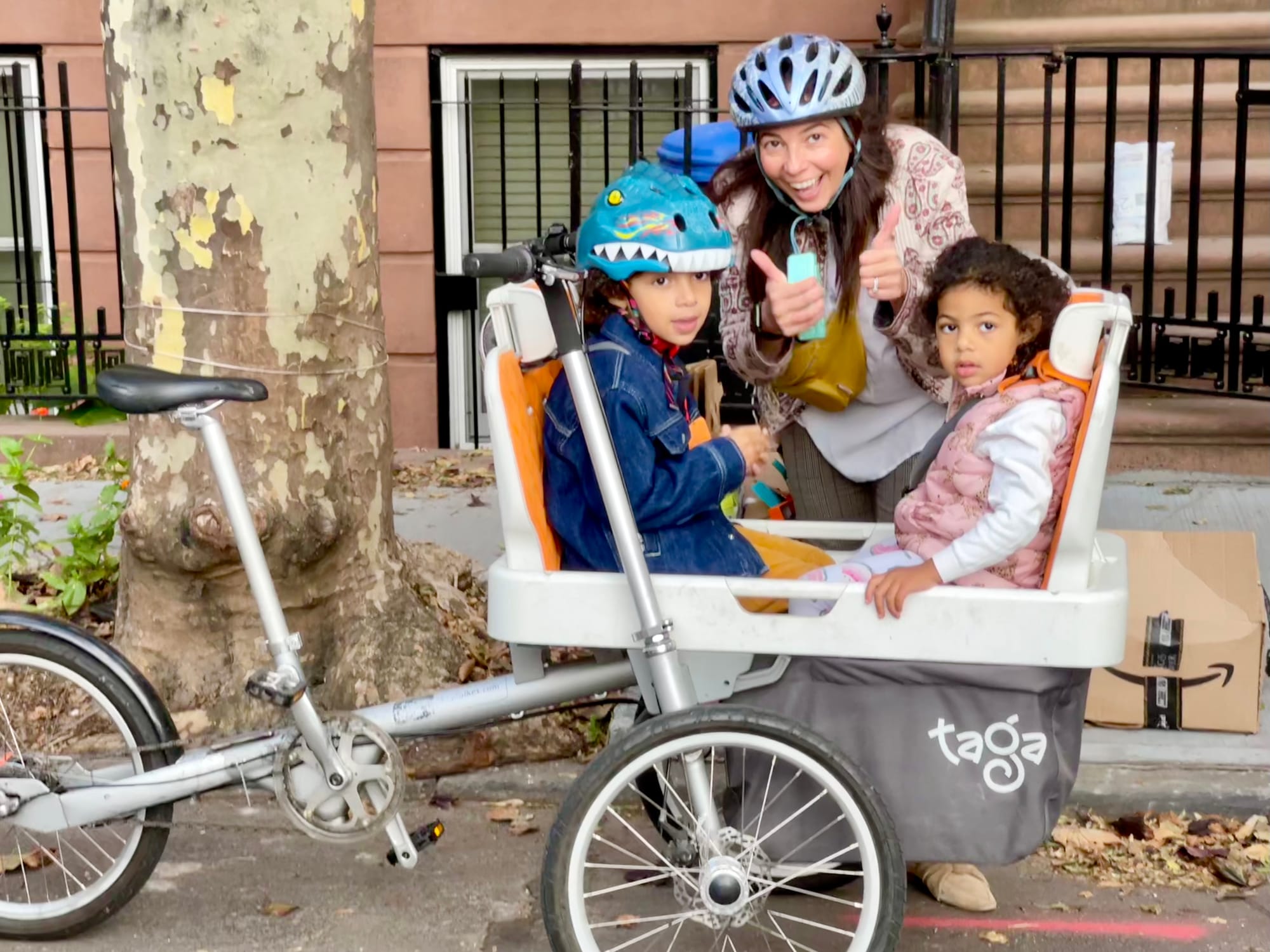
Work Cargo Bikes
Cargo bikes are so versatile they can even be used for work! They can carry goods to be sold, transport a number of packages of all sizes, and even shuttle food to and fro. Some work bikes are comparable in size to cars but much cheaper and more lightweight, making them better for many tasks around the city.
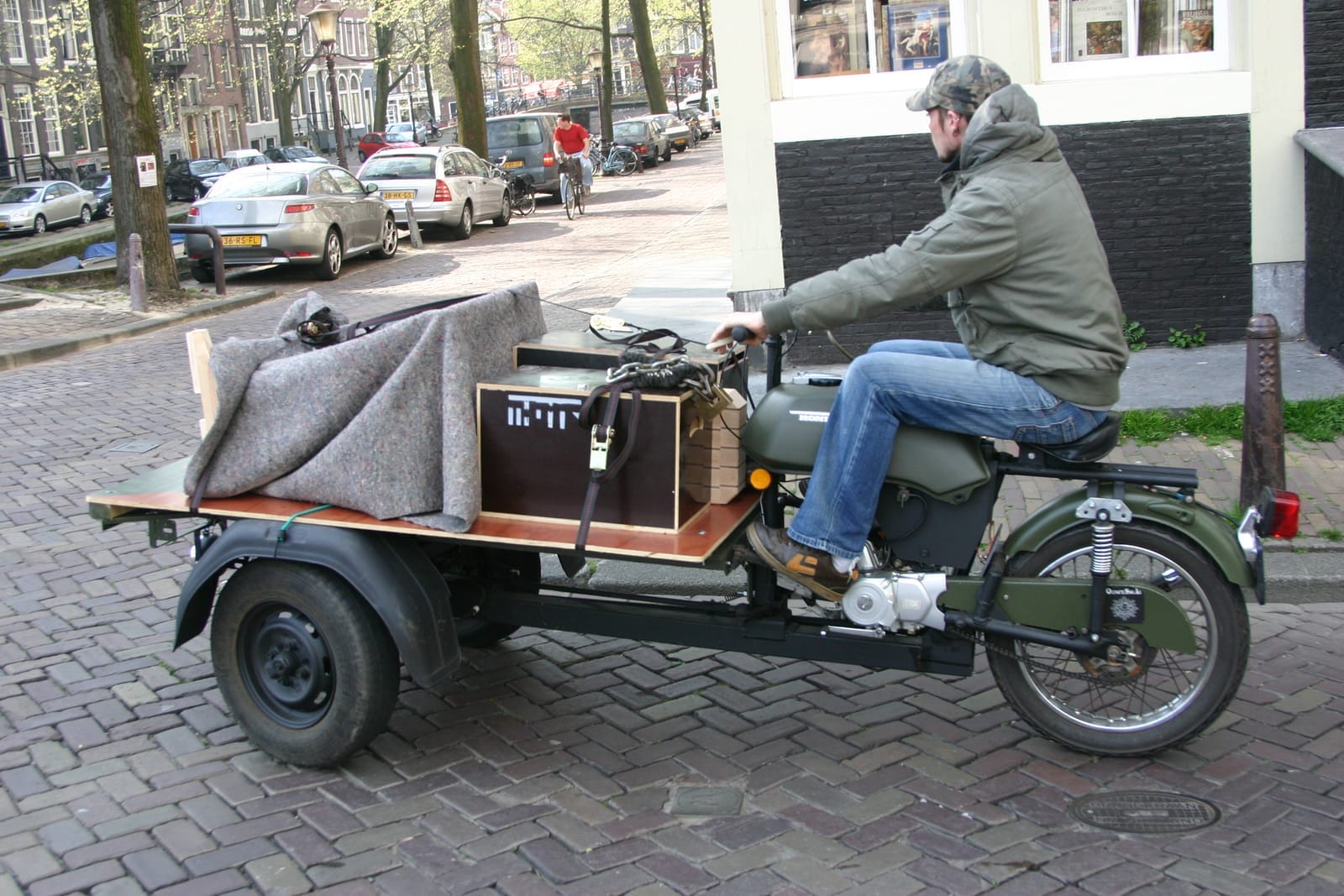
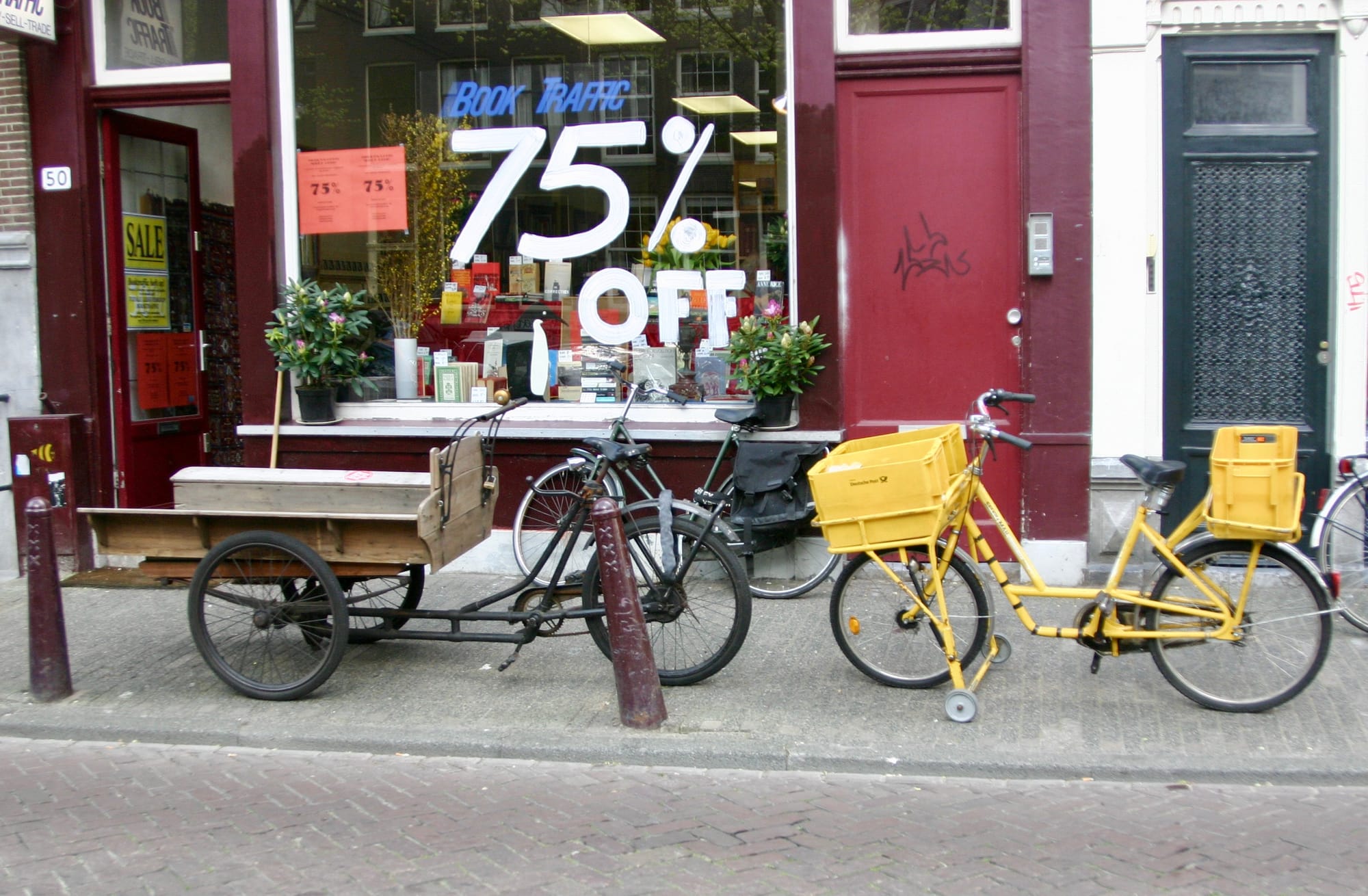
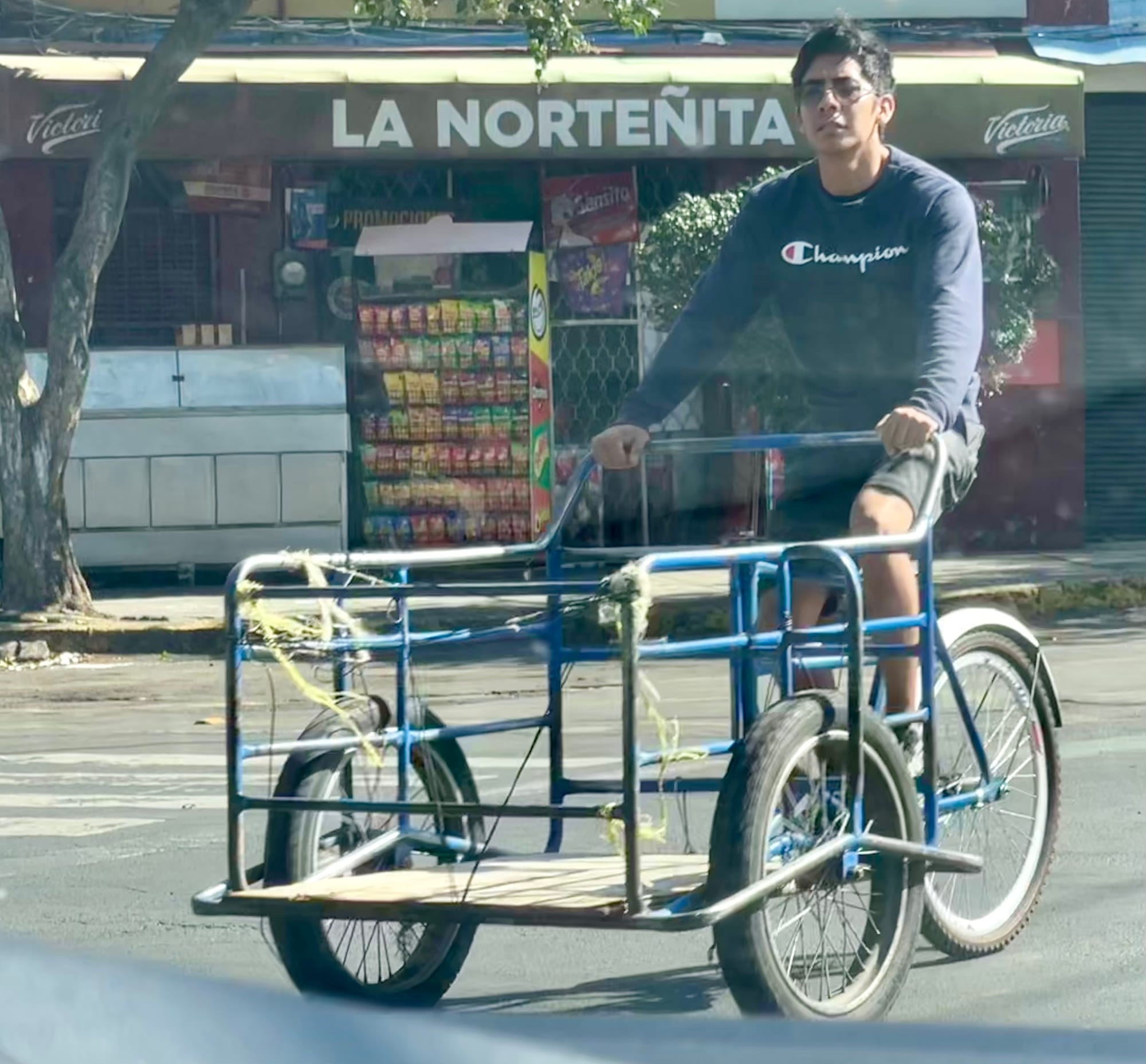
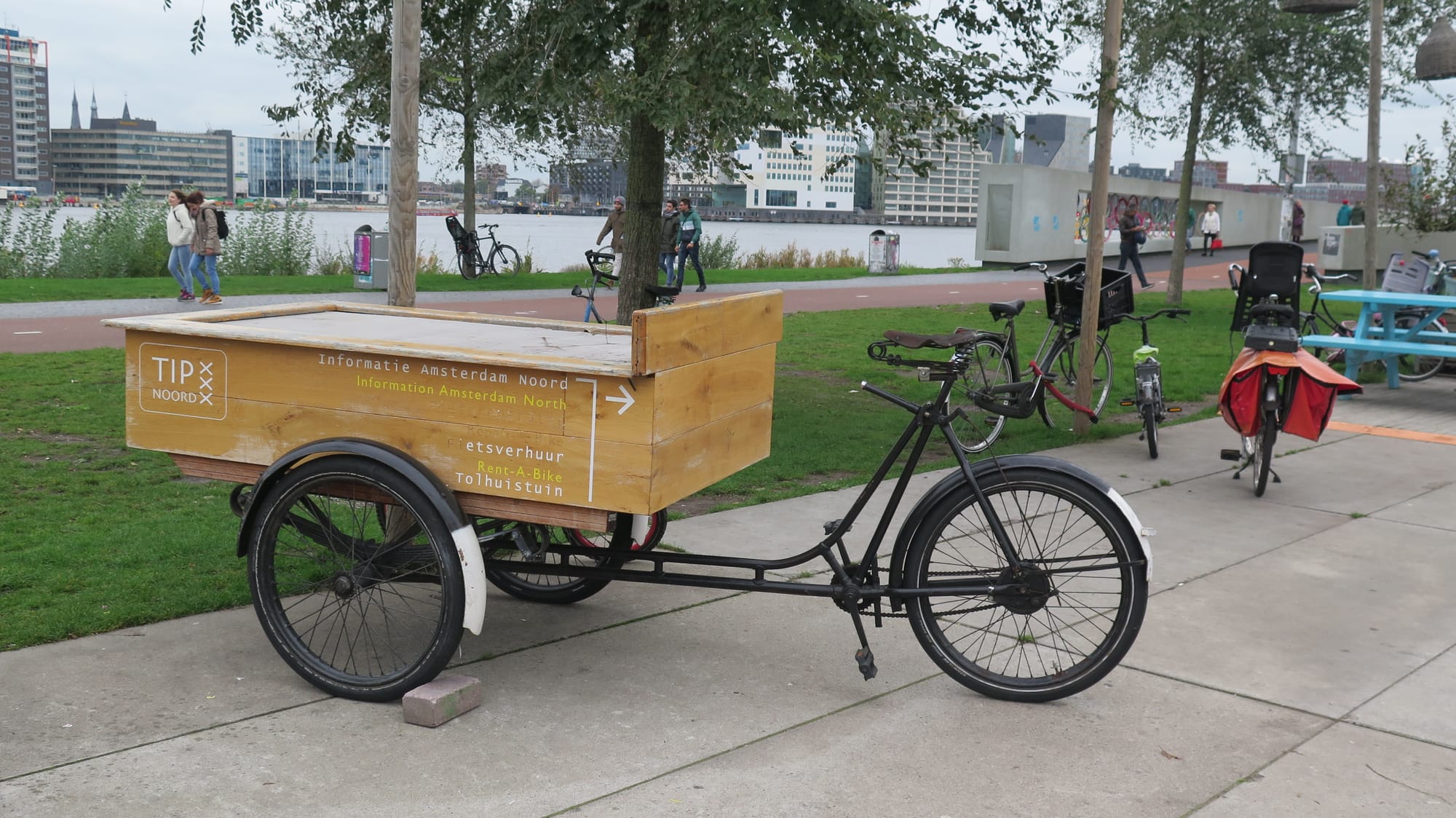
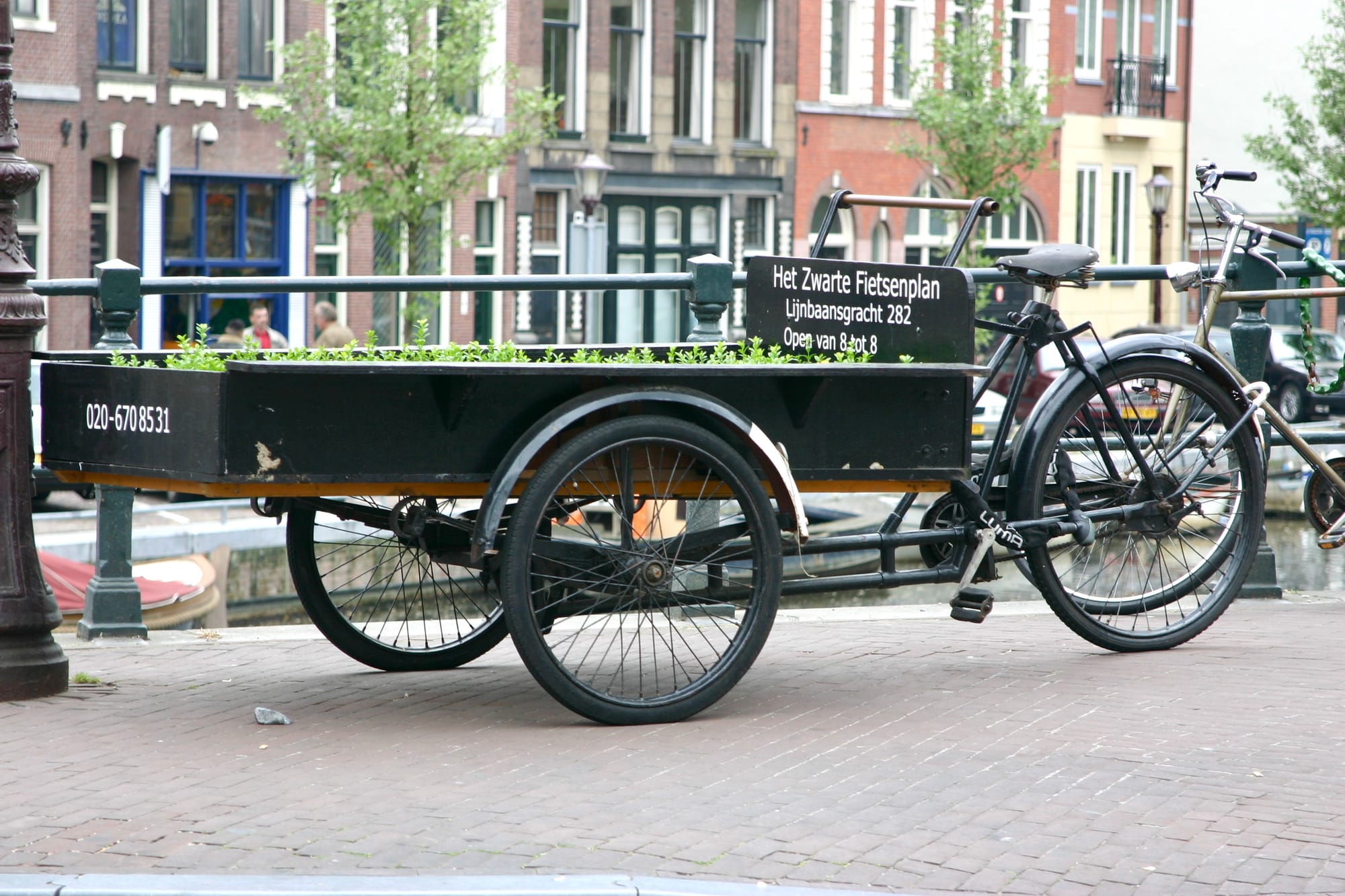
Food Cargo
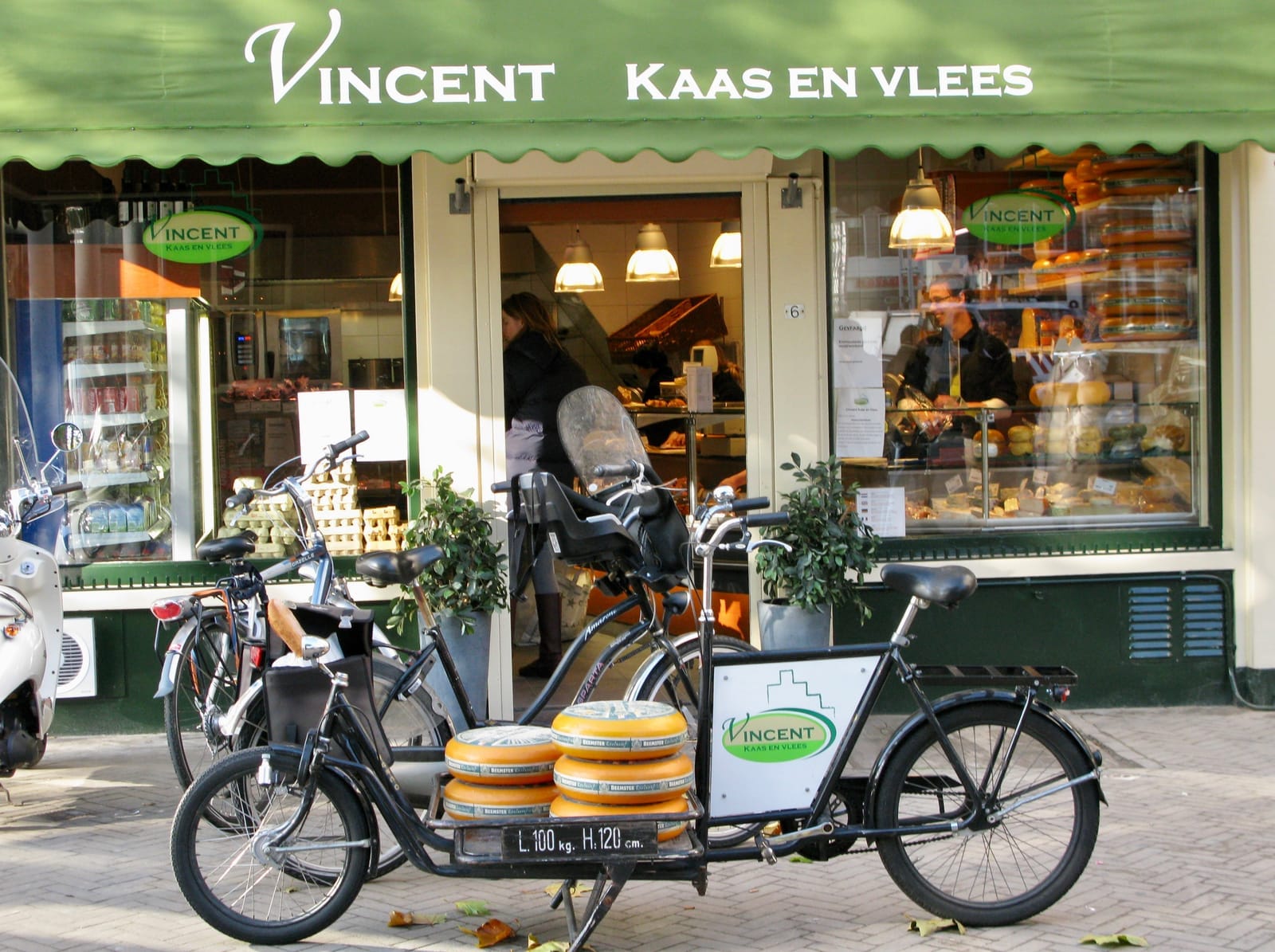
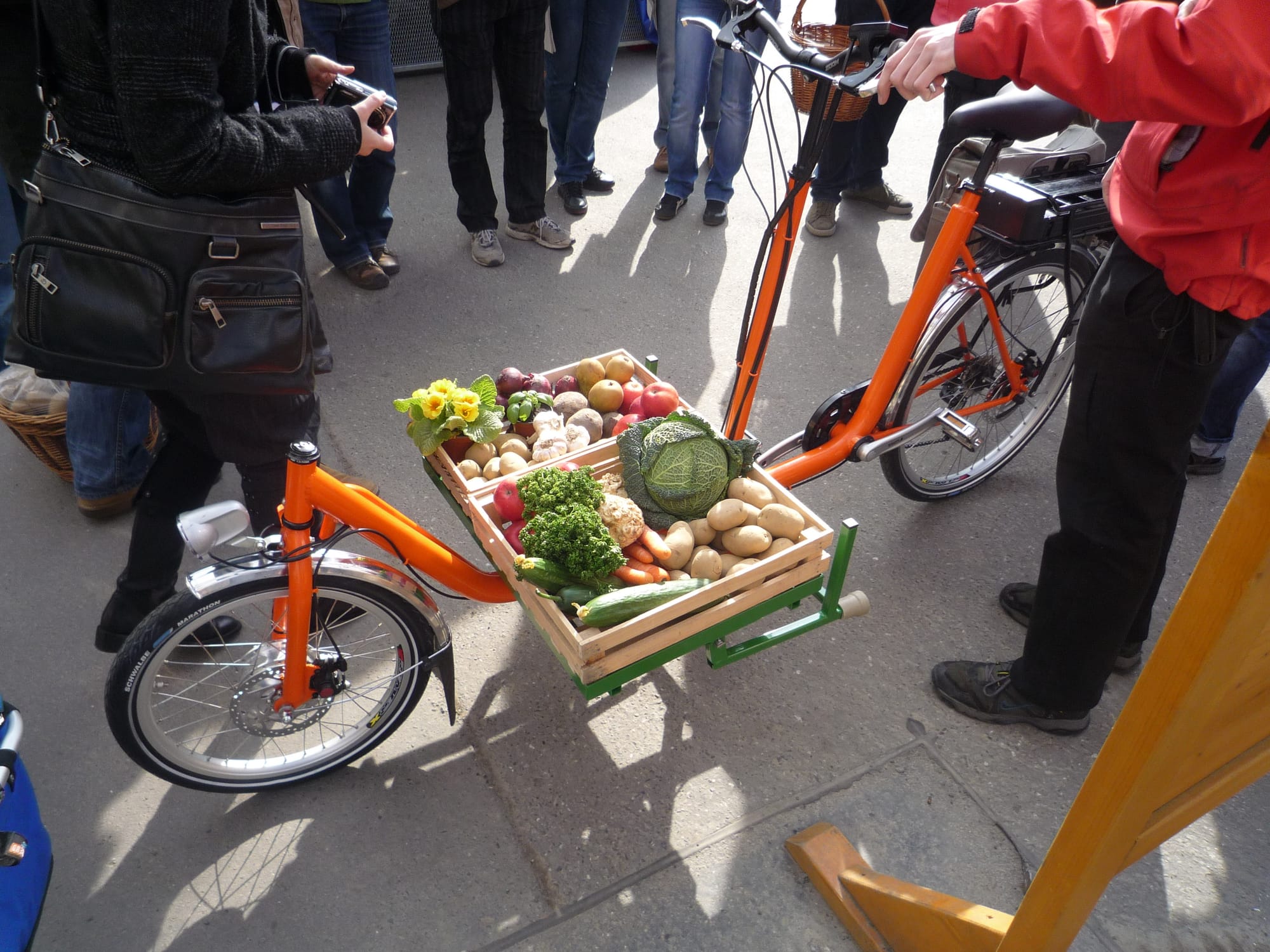
Delivery Cargo Bikes

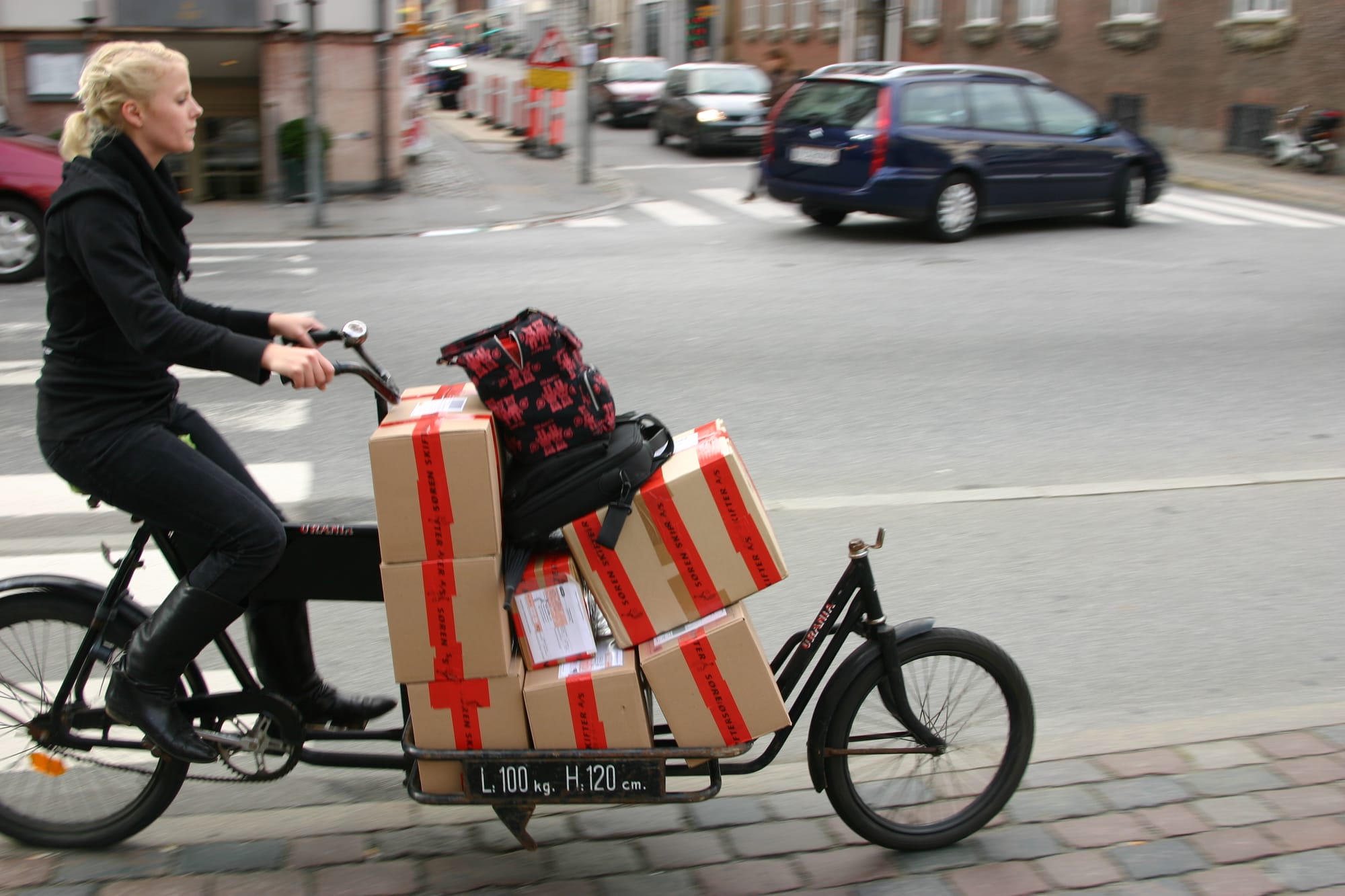
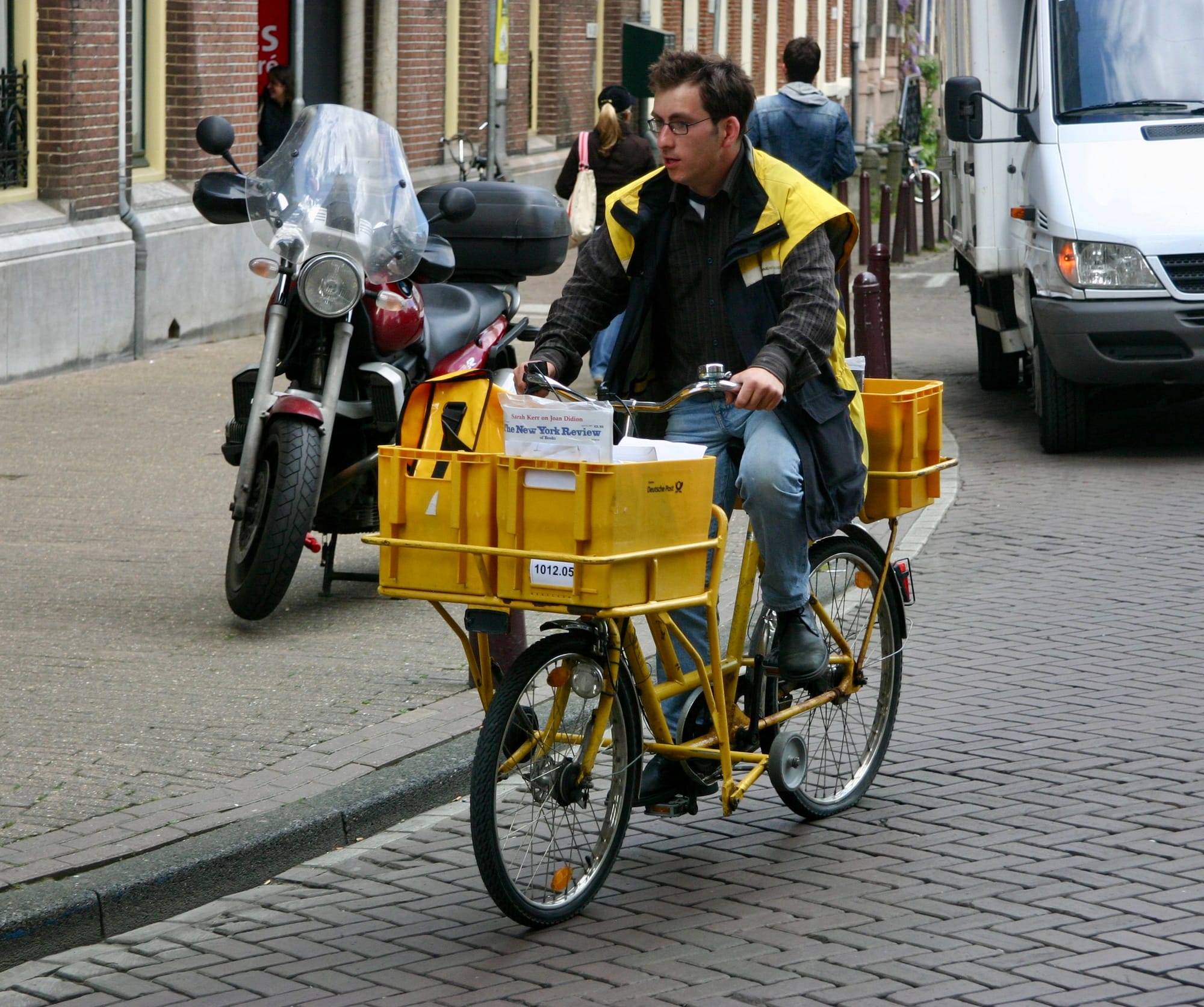
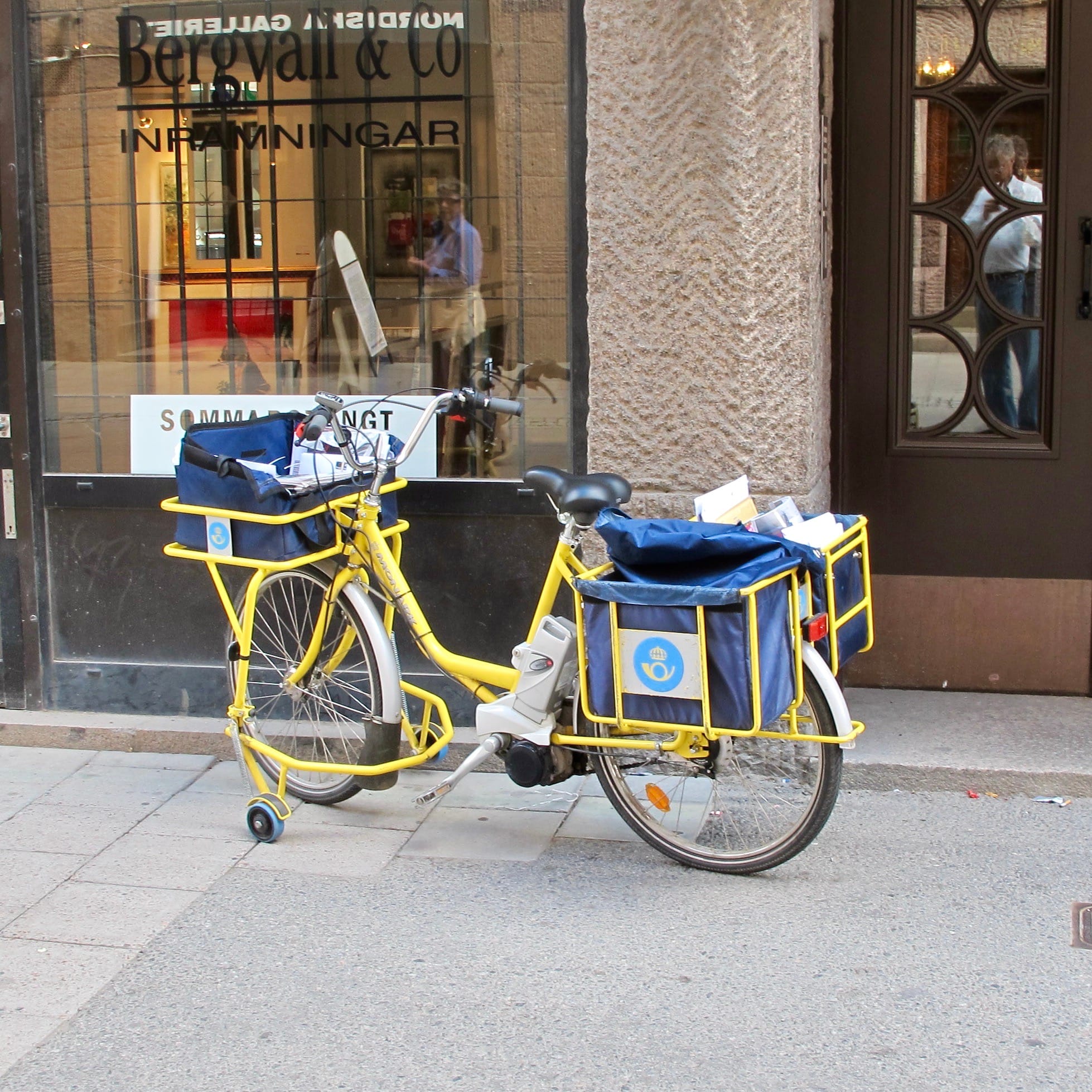
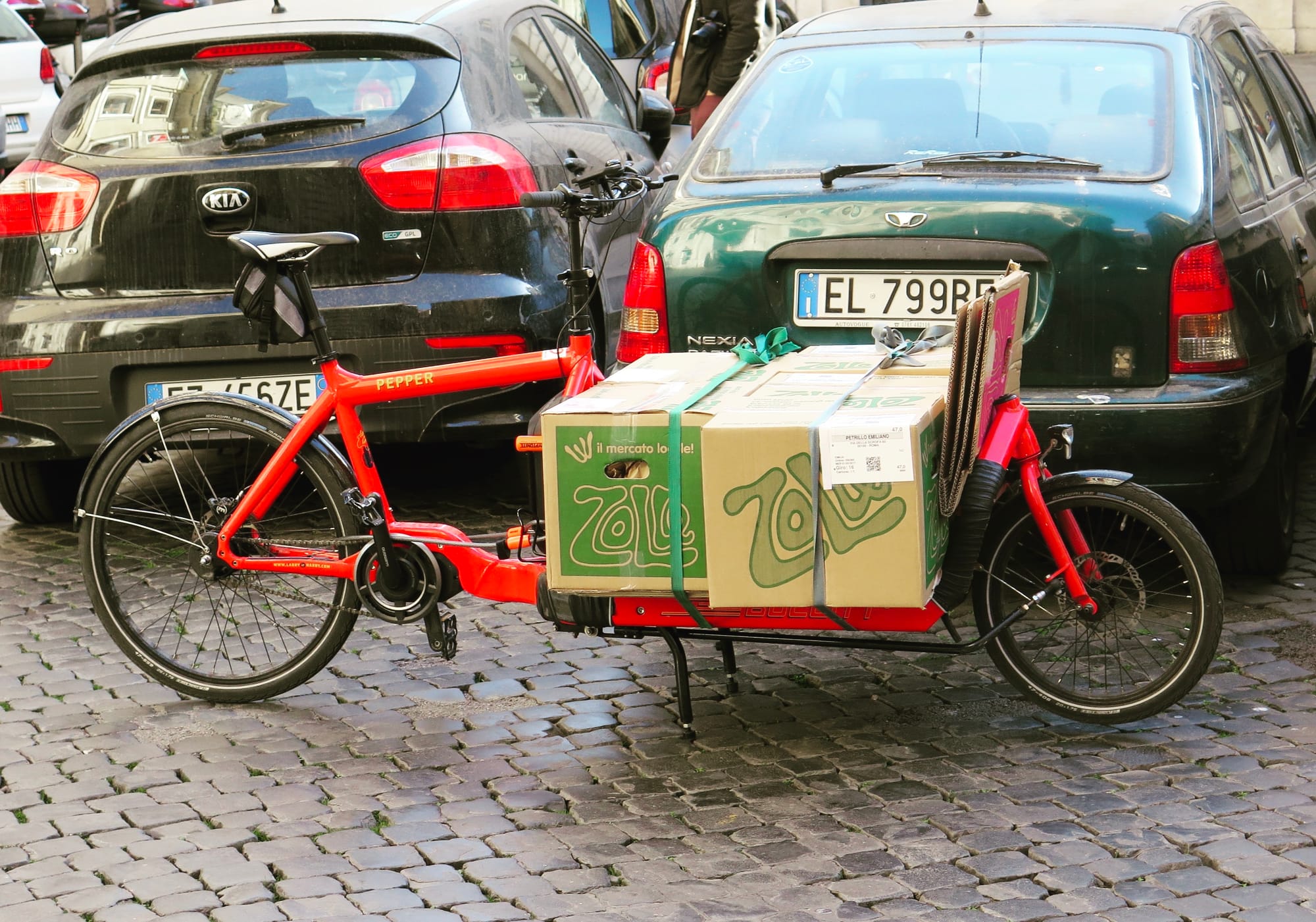
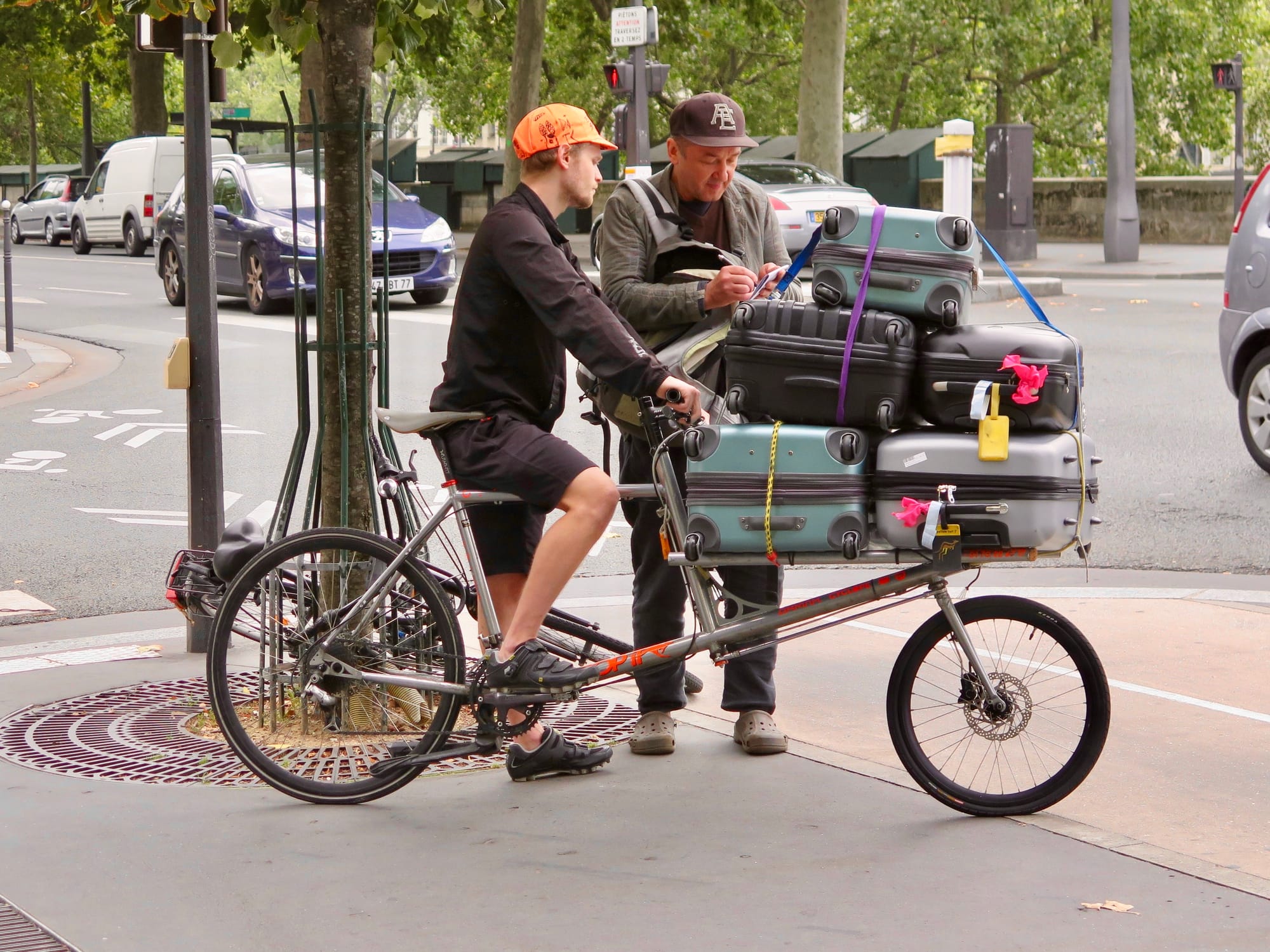
Bikes as Mobil Cafés/Kiosks
There's a lot two, and especially three, wheels can carry, including a whole café on wheels! With a little reshaping, some added signage, storage, and shade, a simple bicycle can become an entire destination.
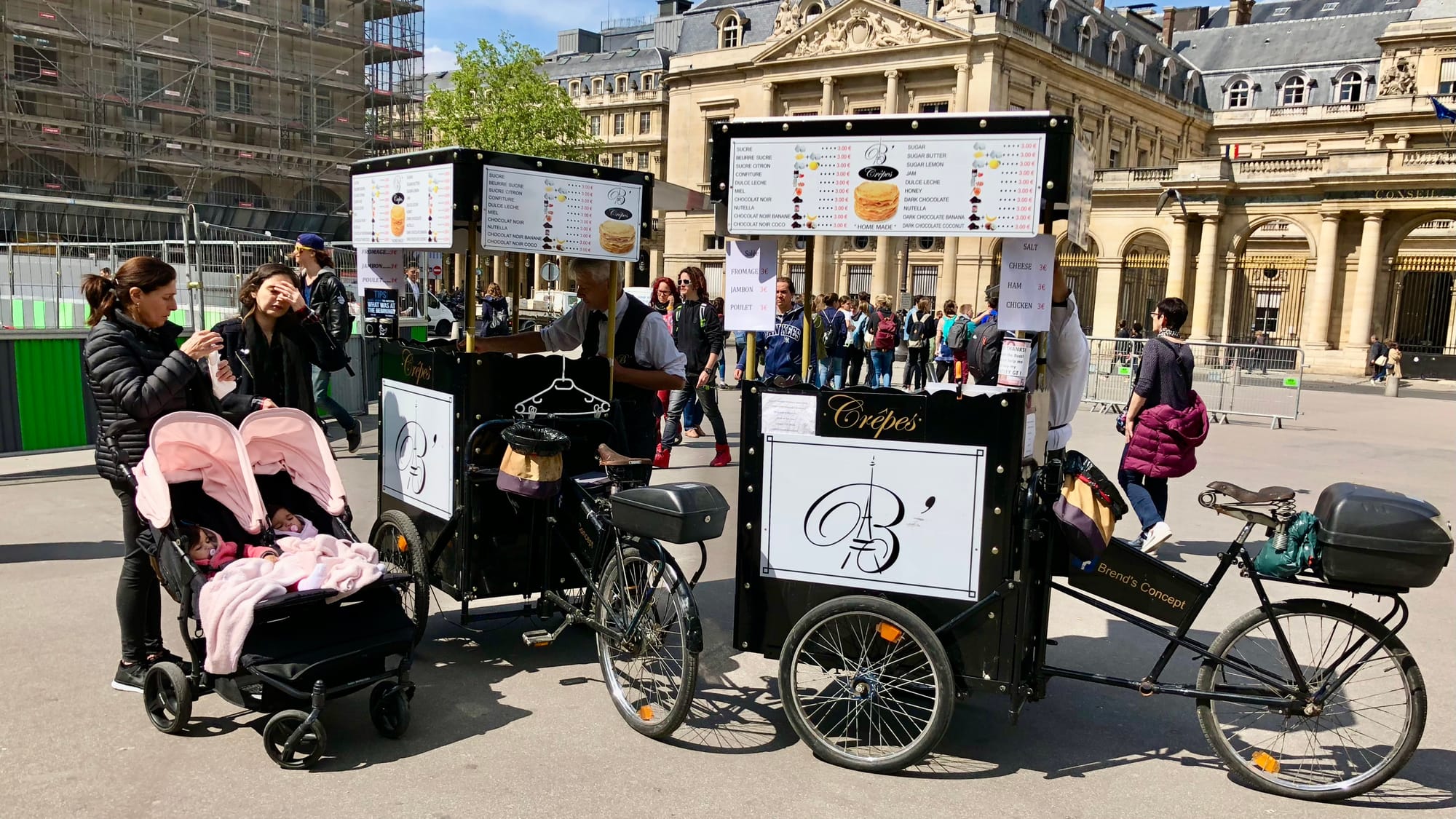
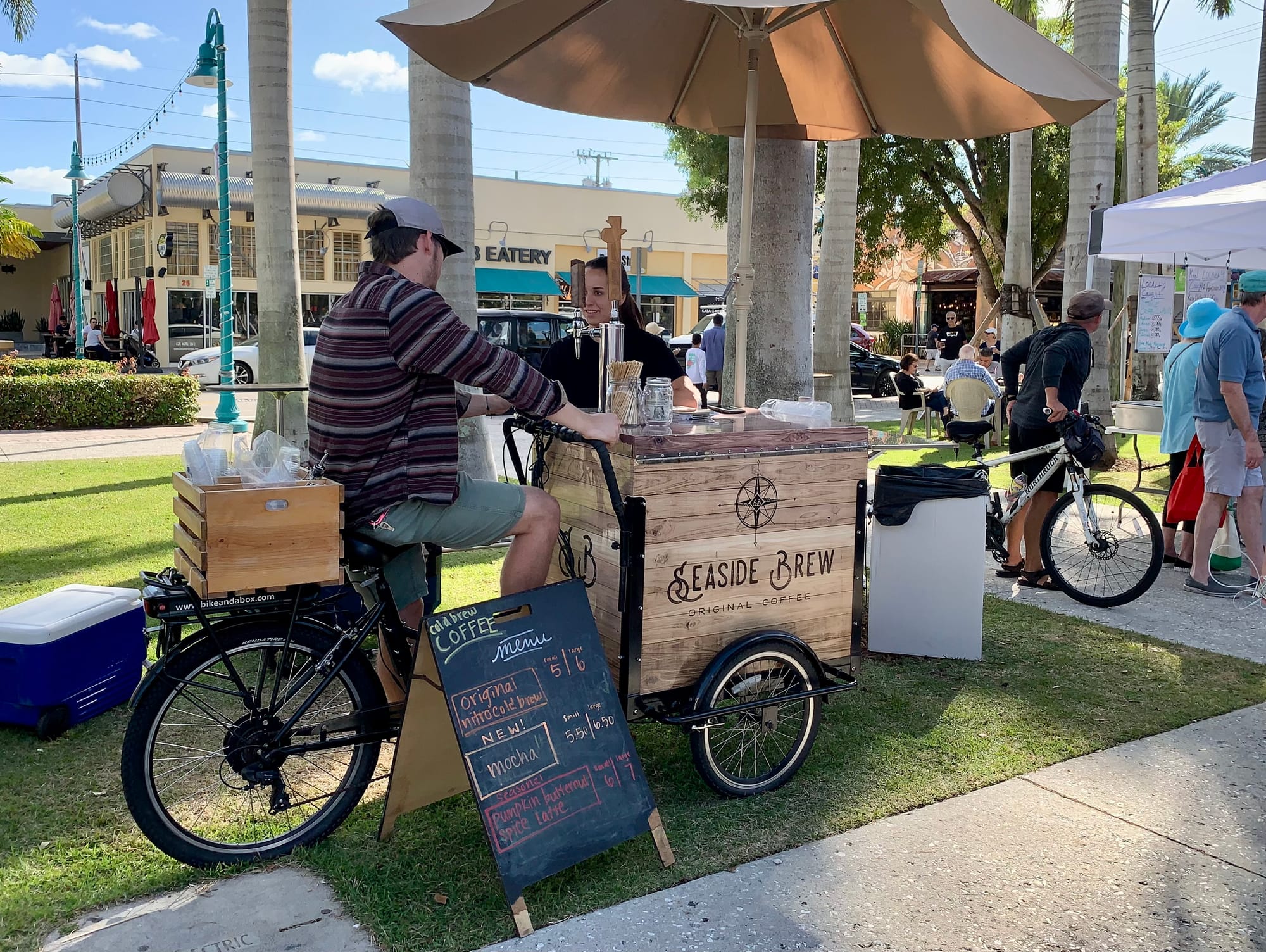
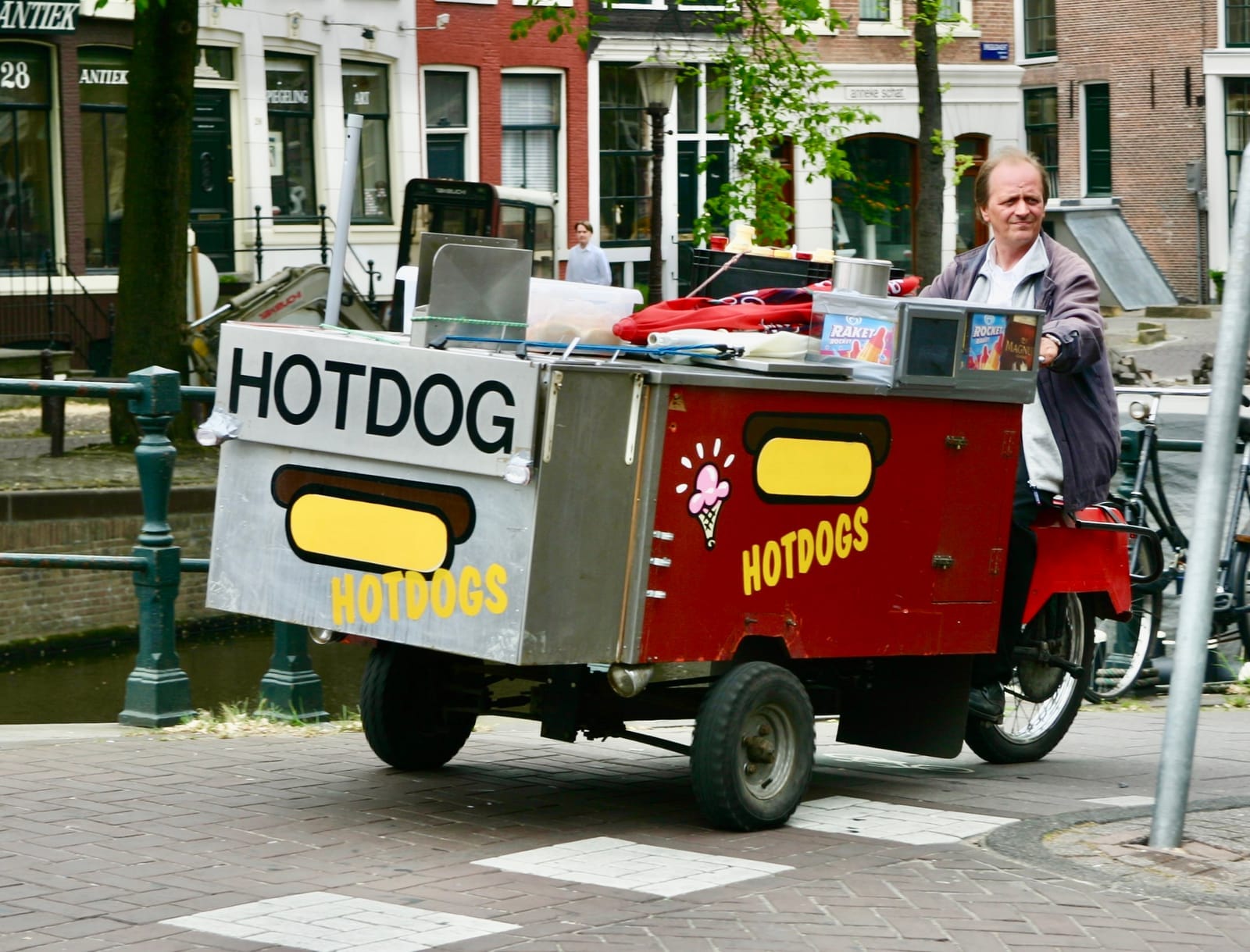
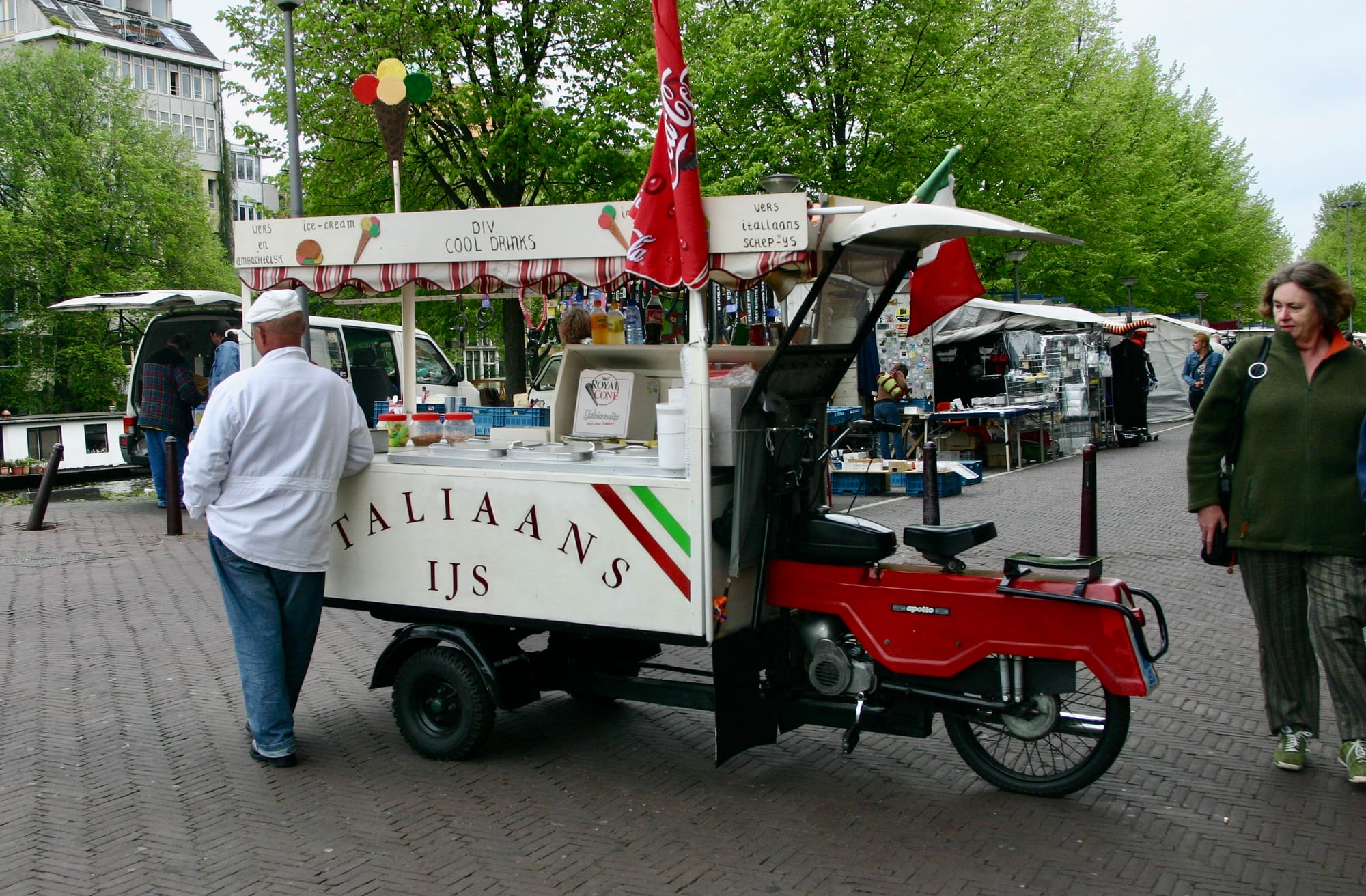
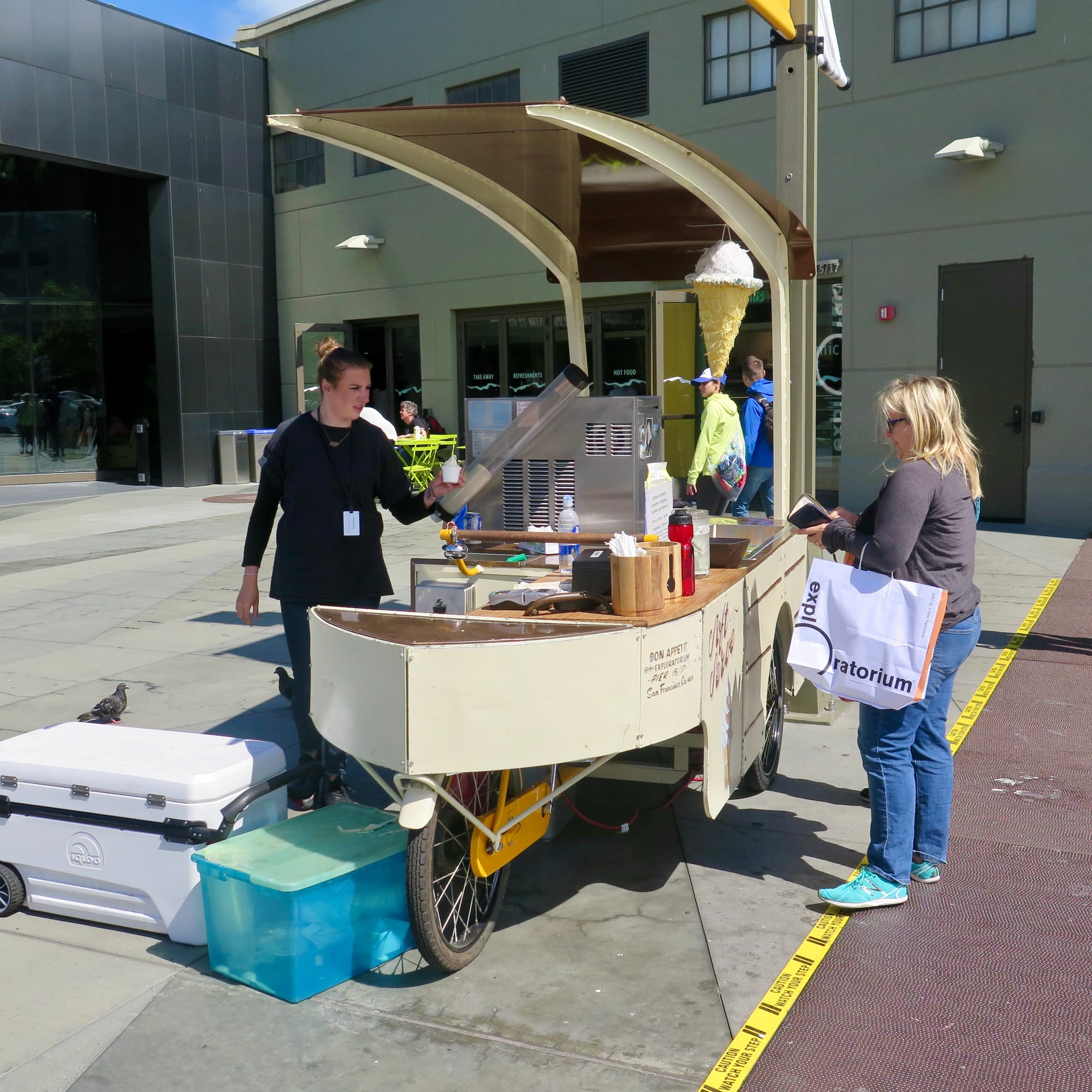
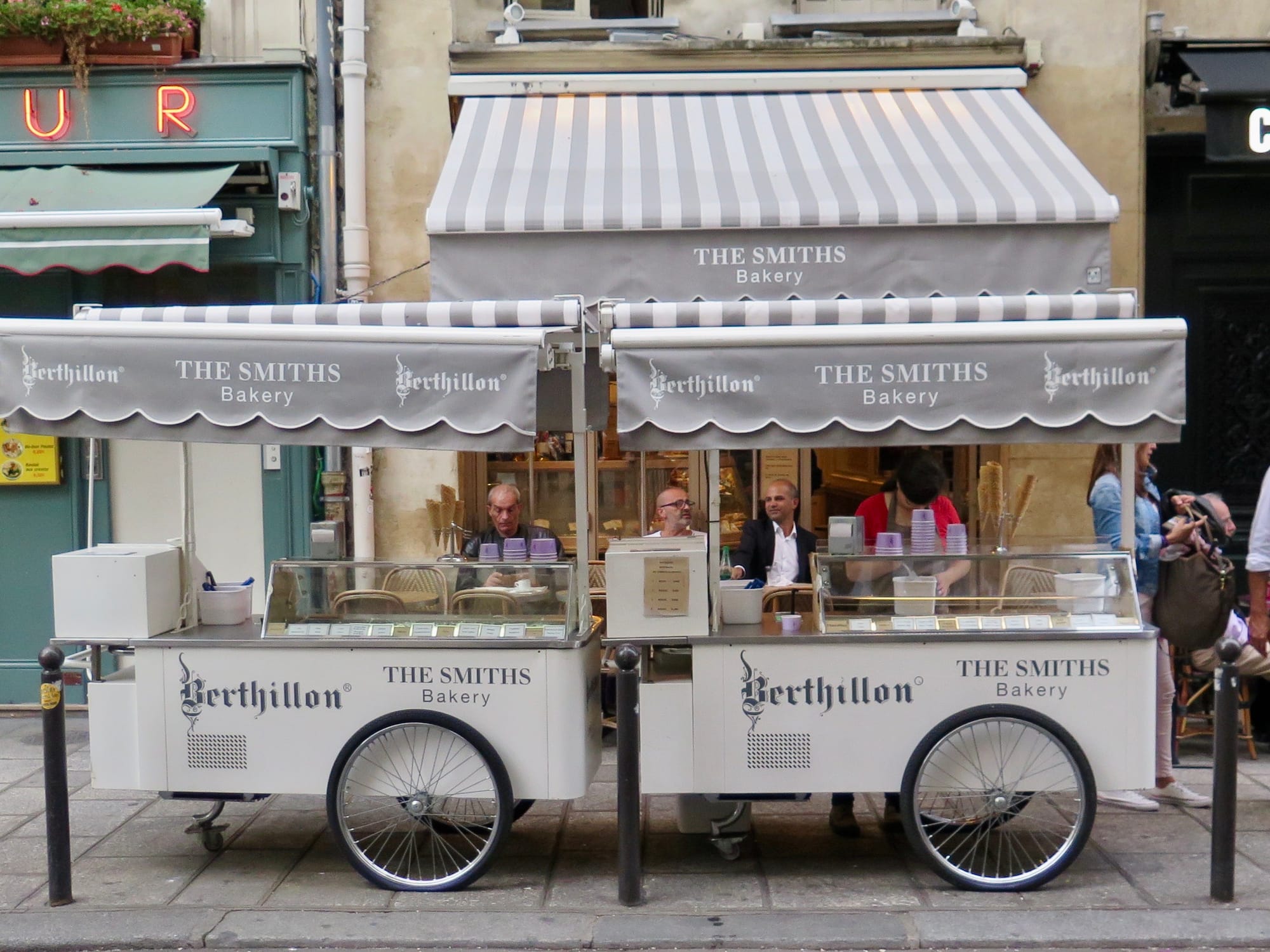
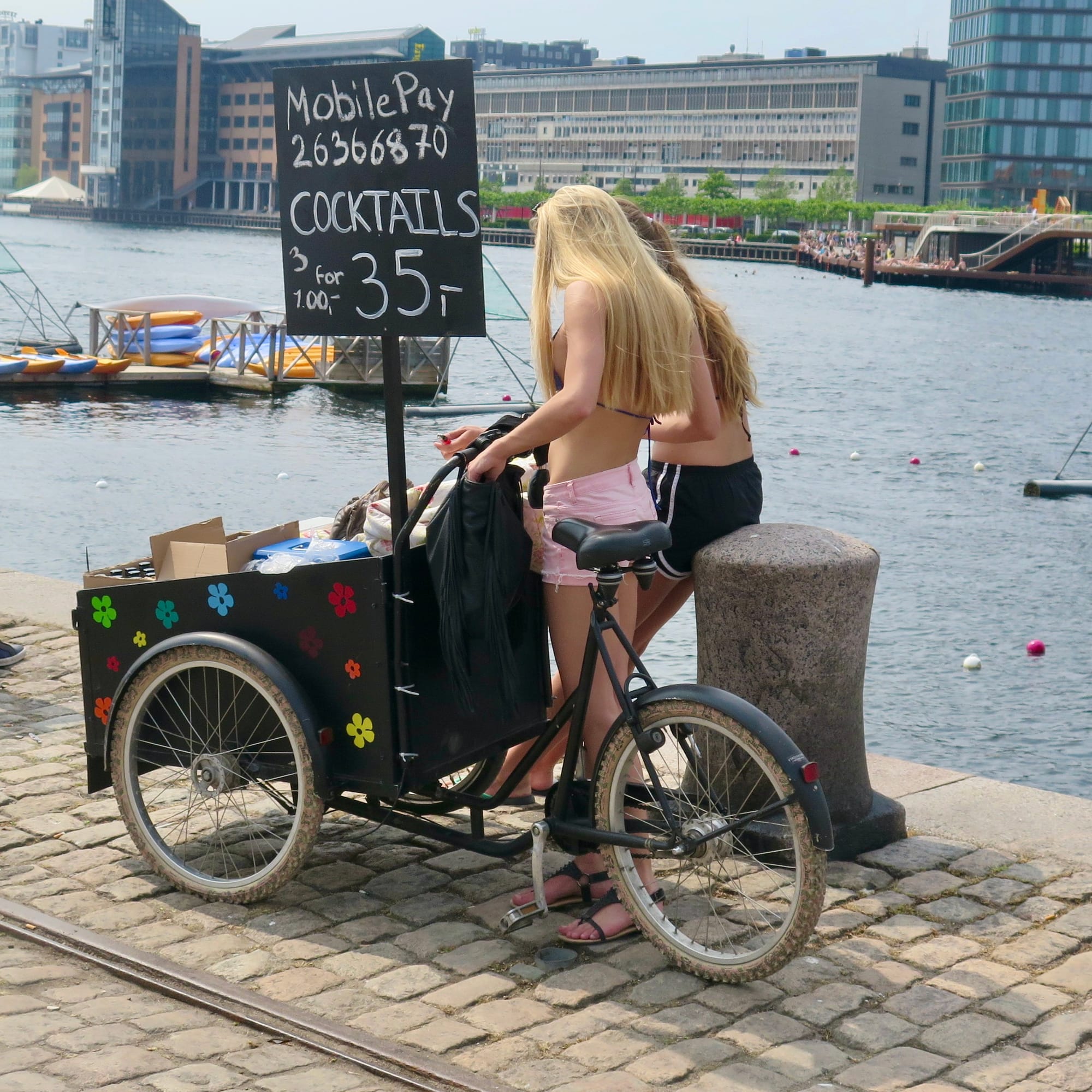
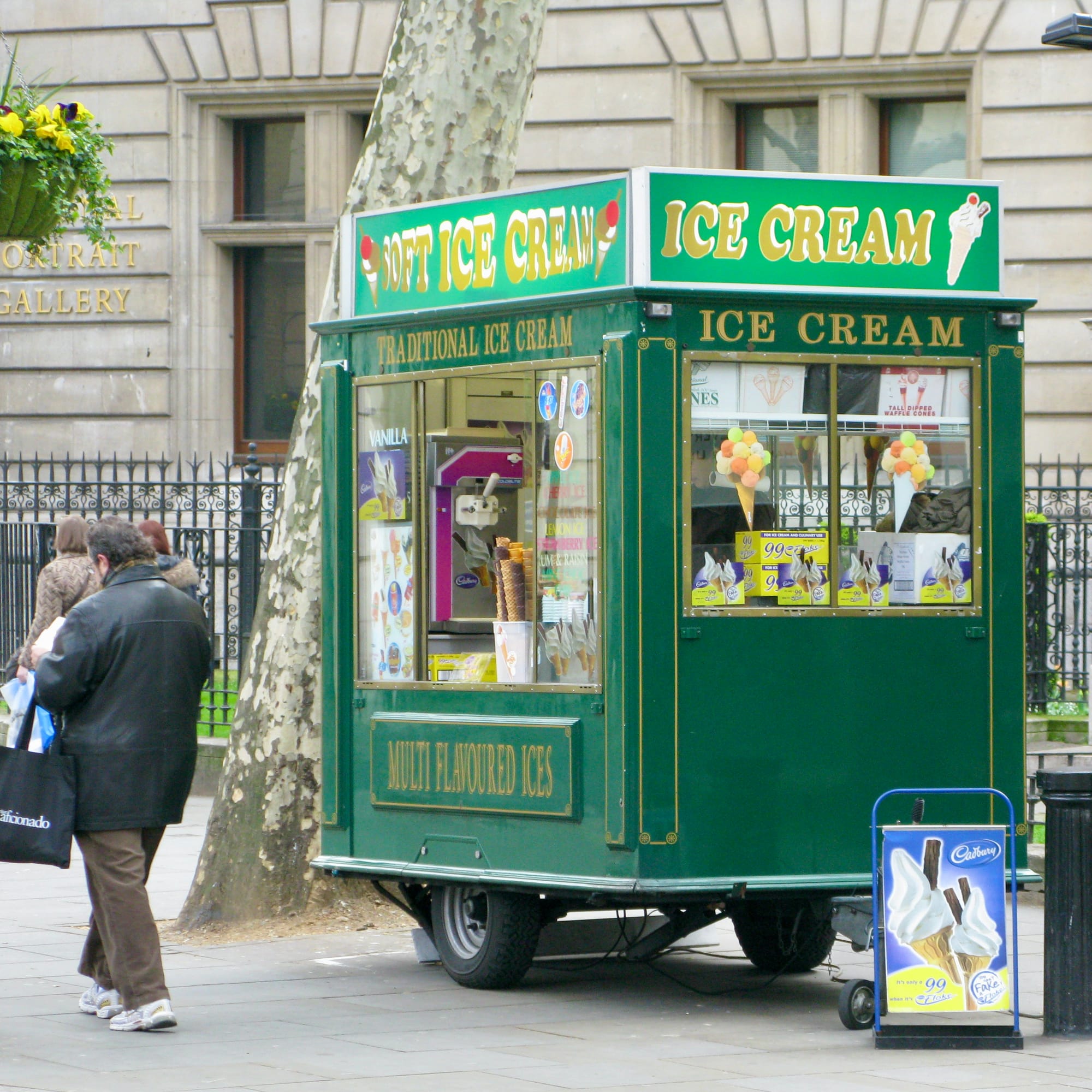

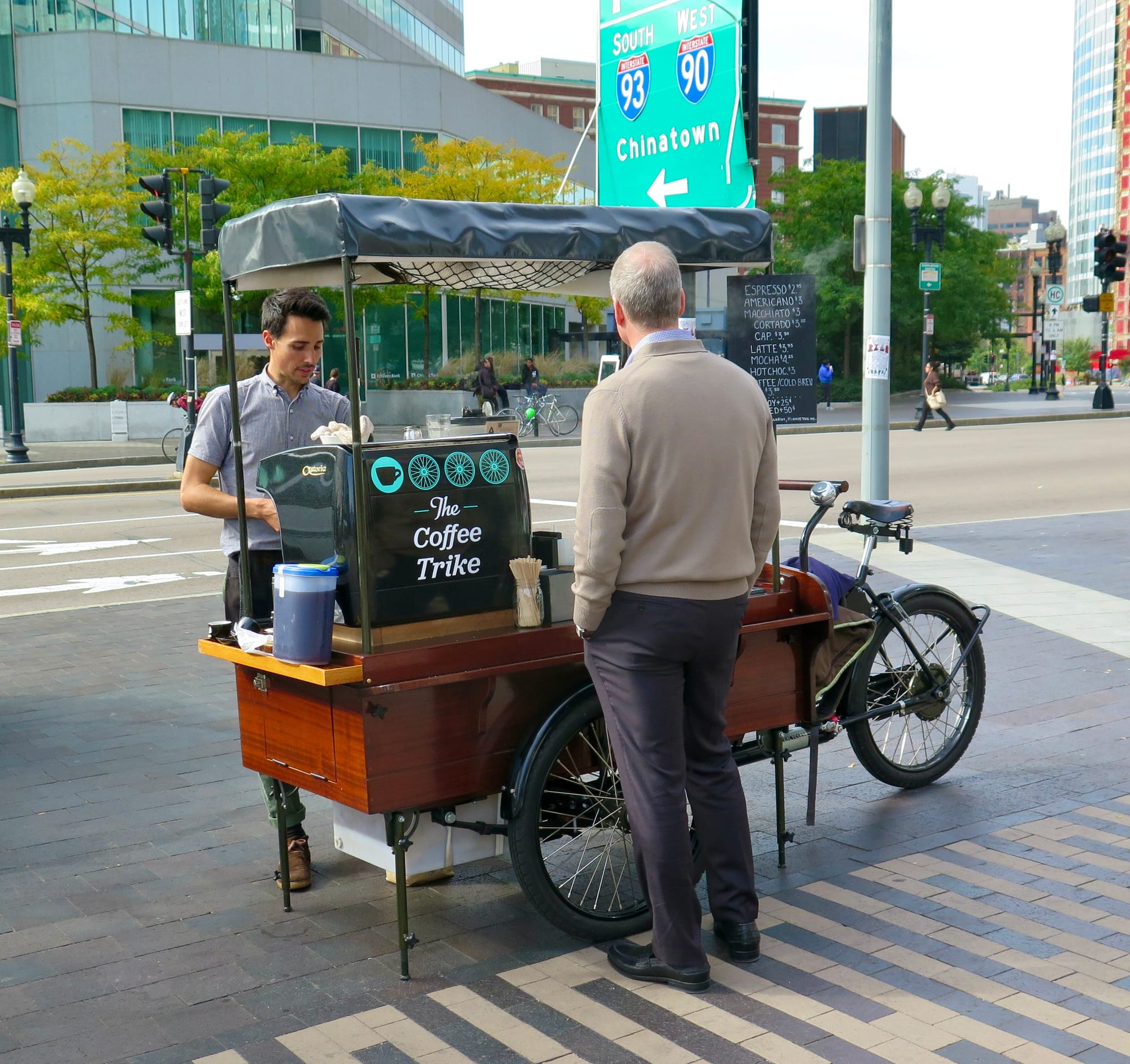
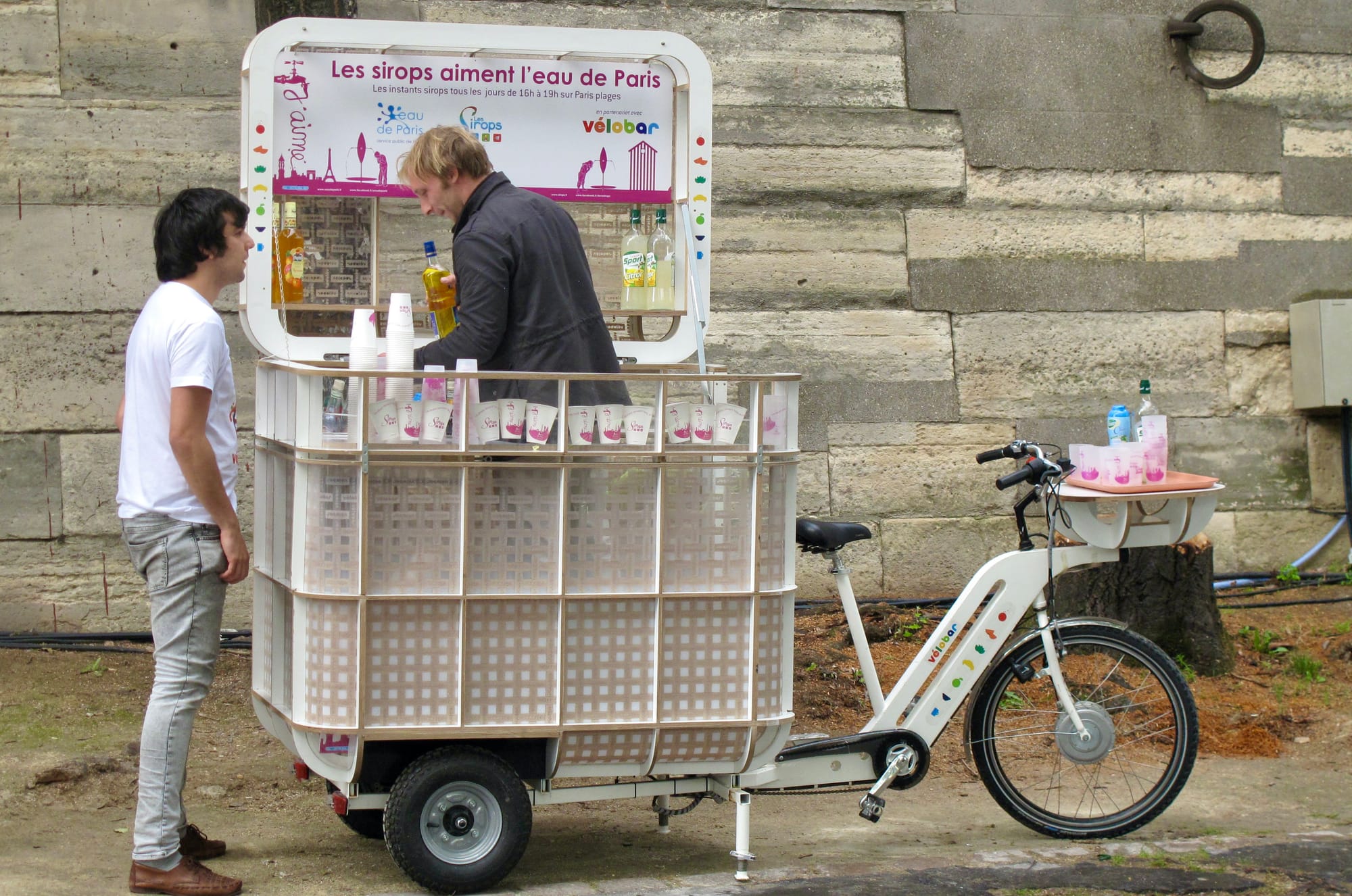
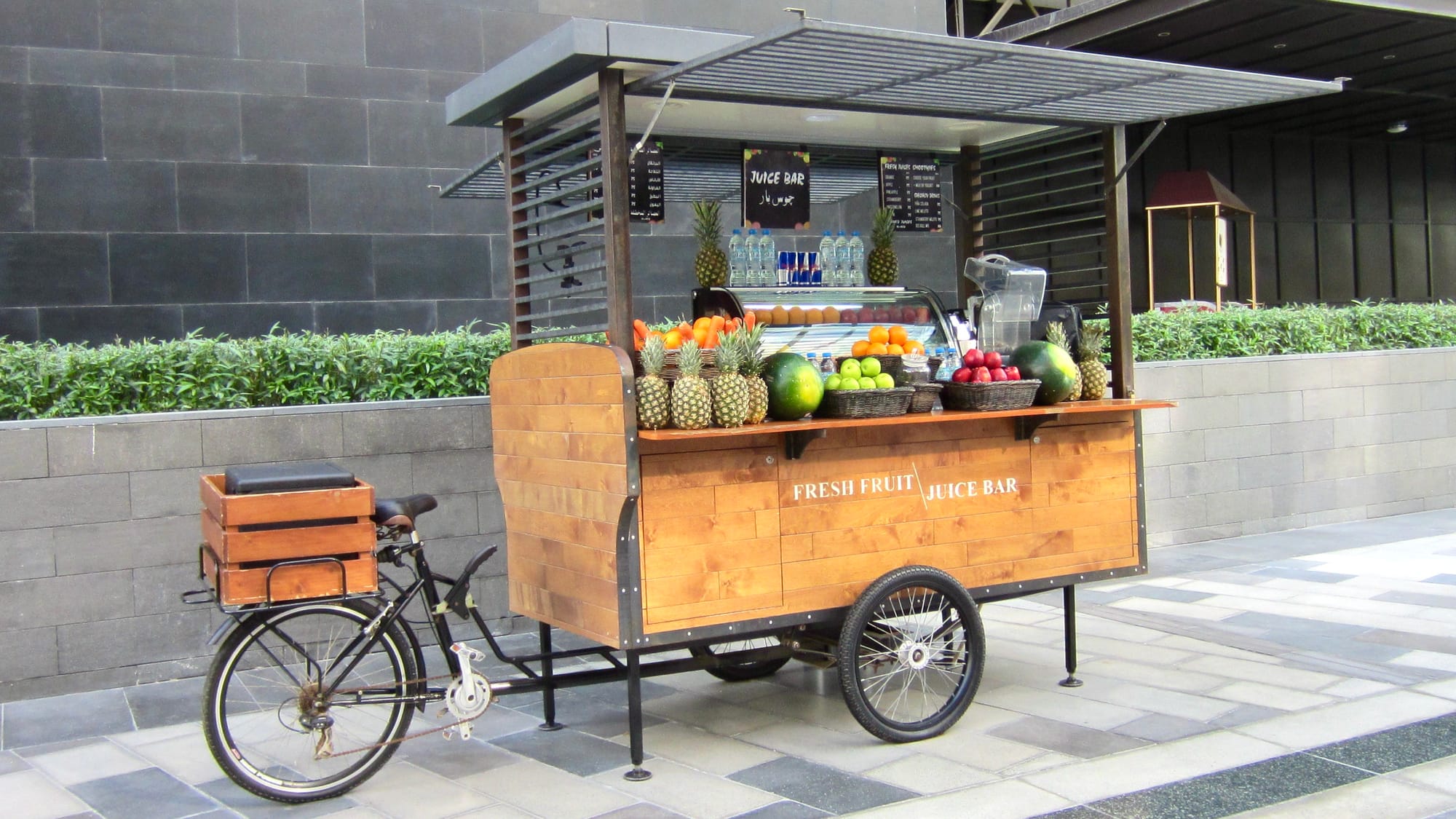
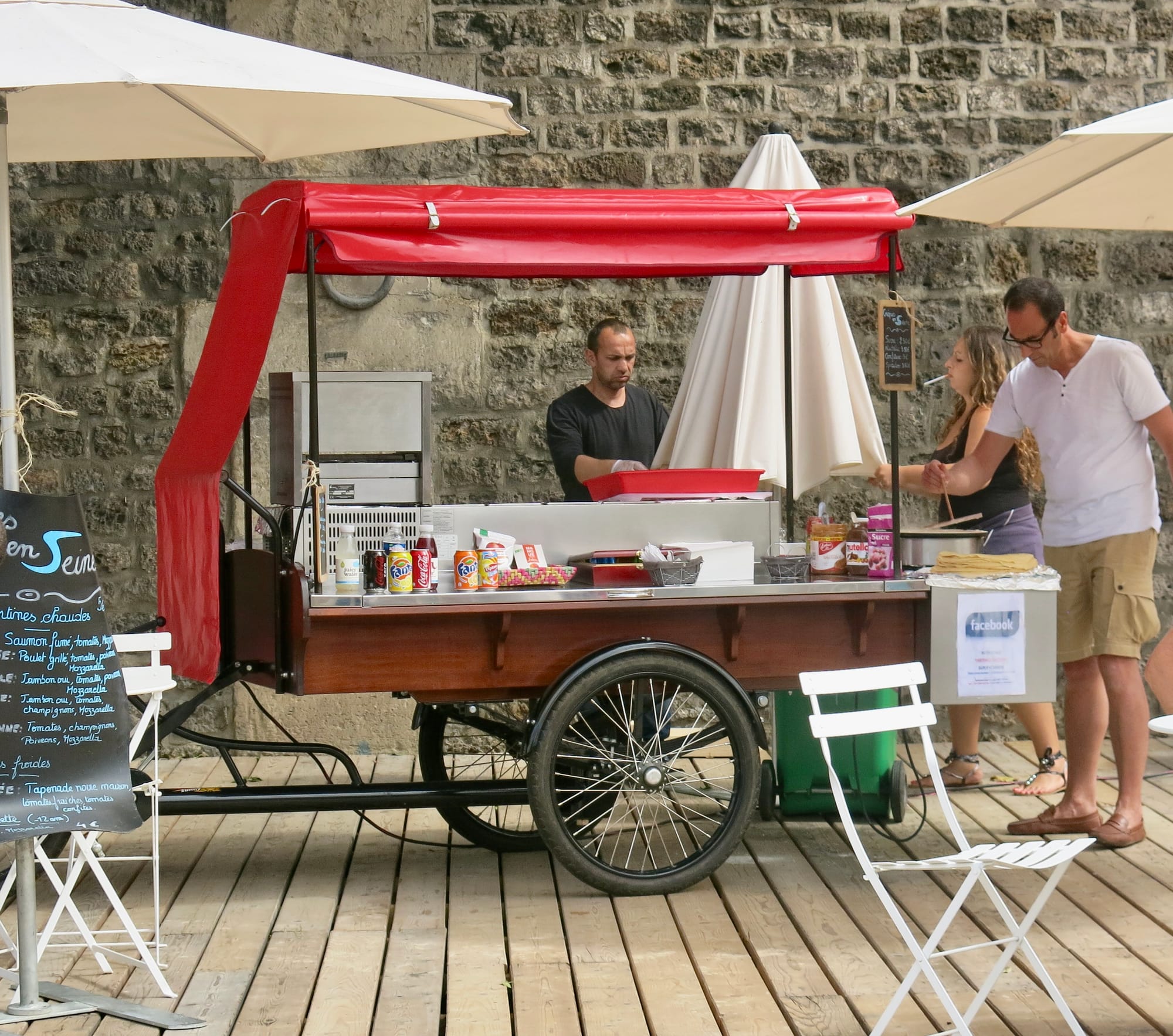
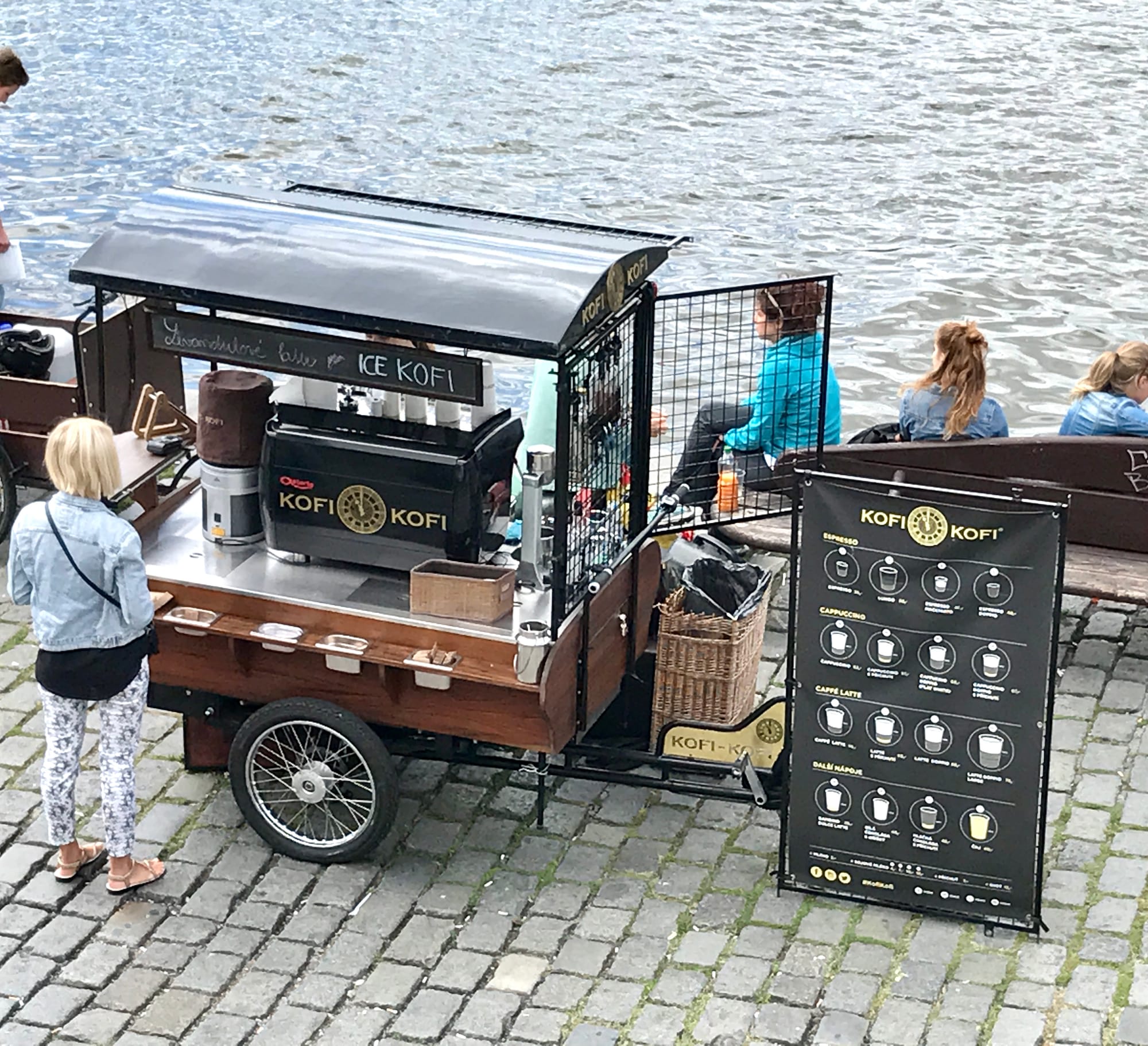
Bike taxis
Sometimes the job is the bike itself. Bikes are great ways to move people around and in many cities, bike taxis – sometimes called "pedicabs" or "cycle rickshaws" – are very popular. On a bike is a much more interesting and fun way to explore a city, with fresh air hitting one's face and city sights an arm's length away, making for memorable experiences.
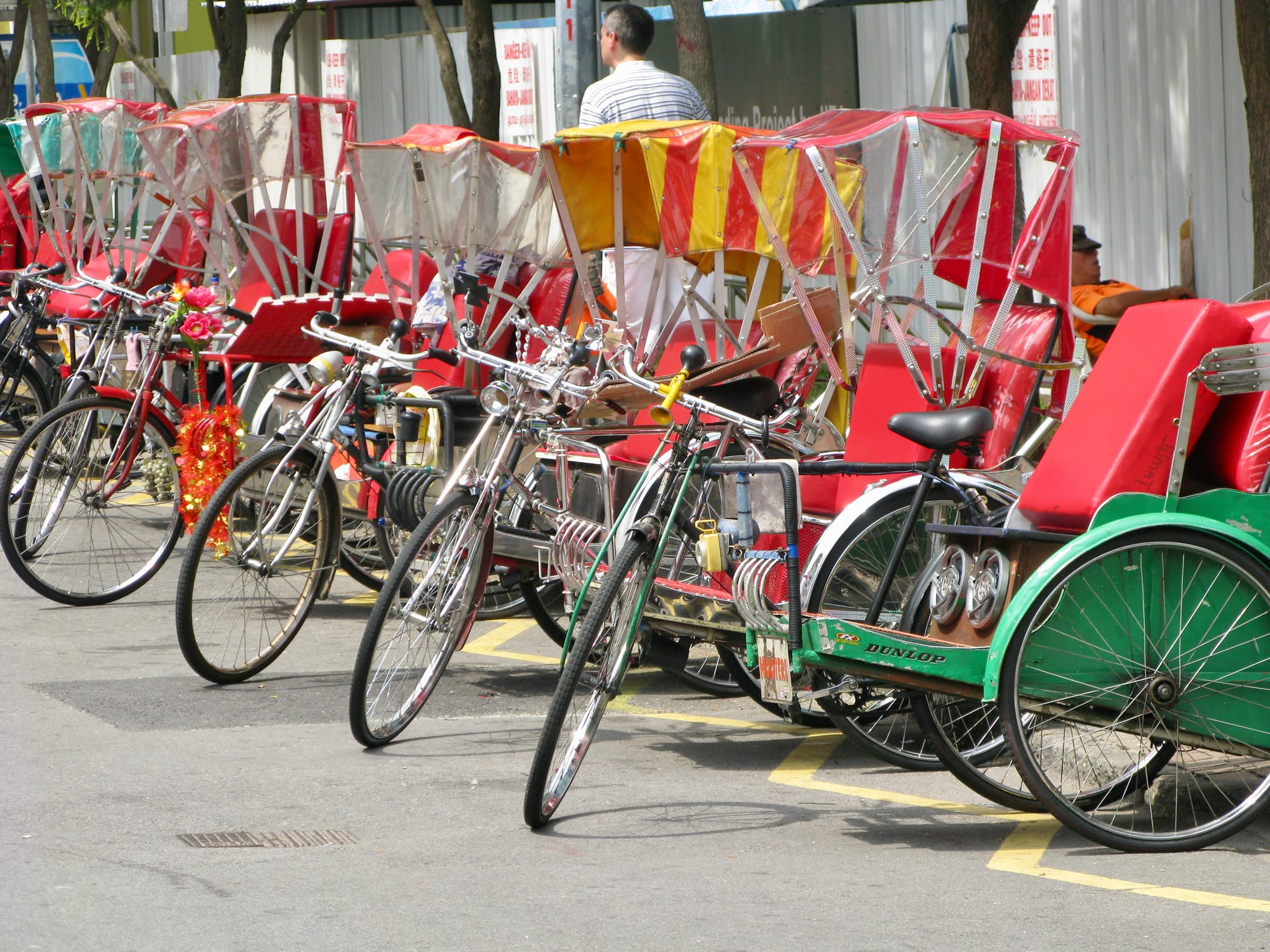
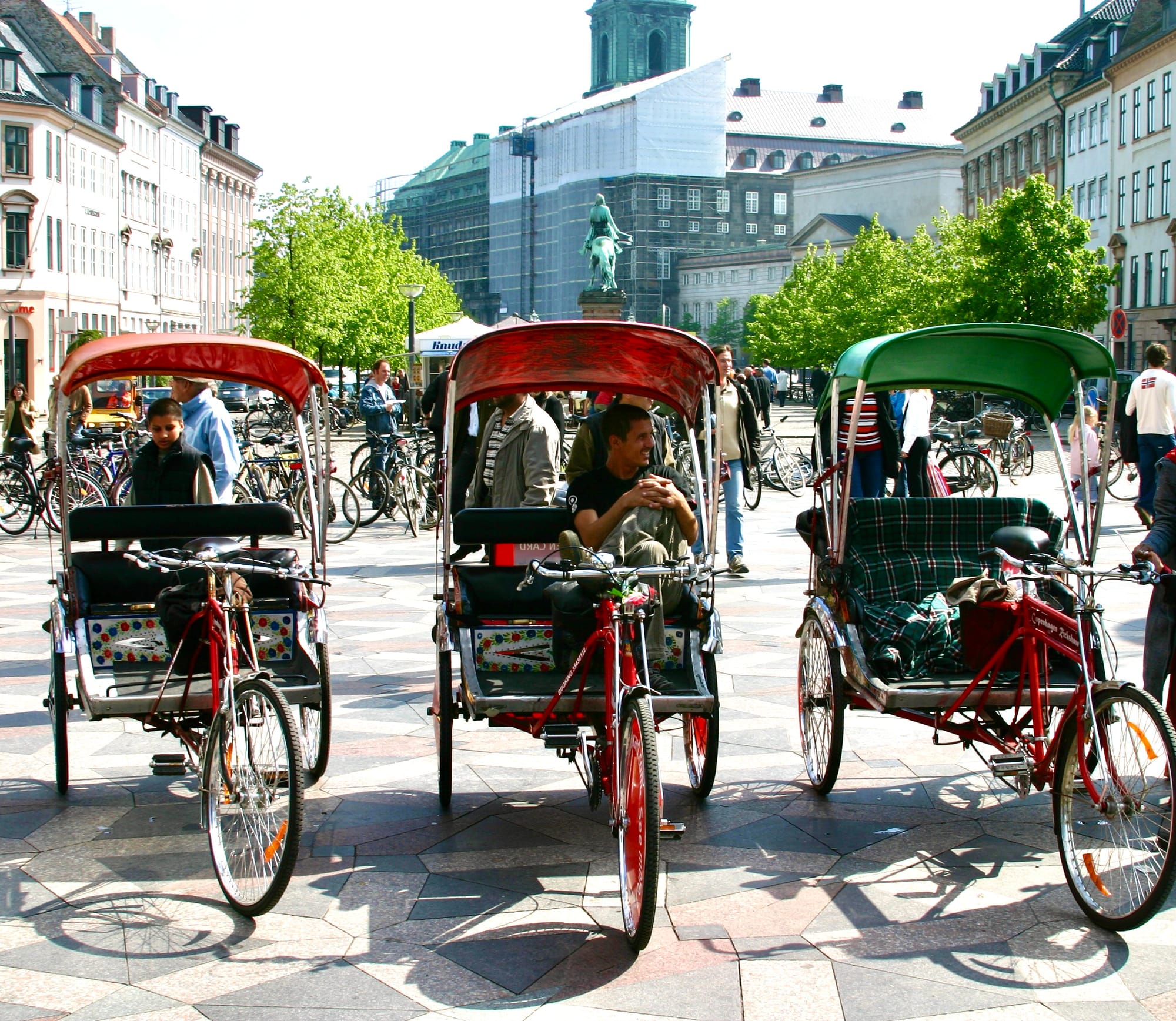
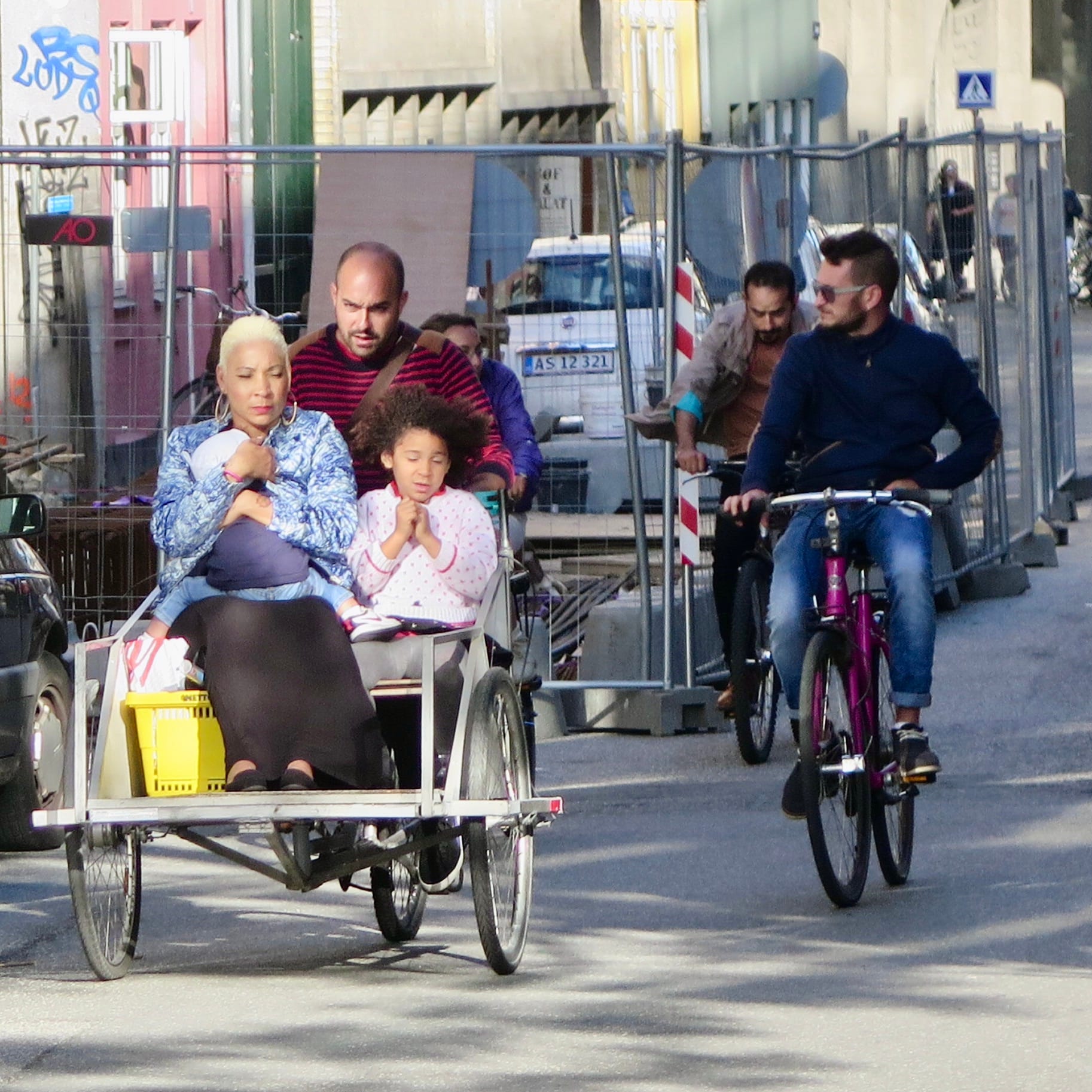
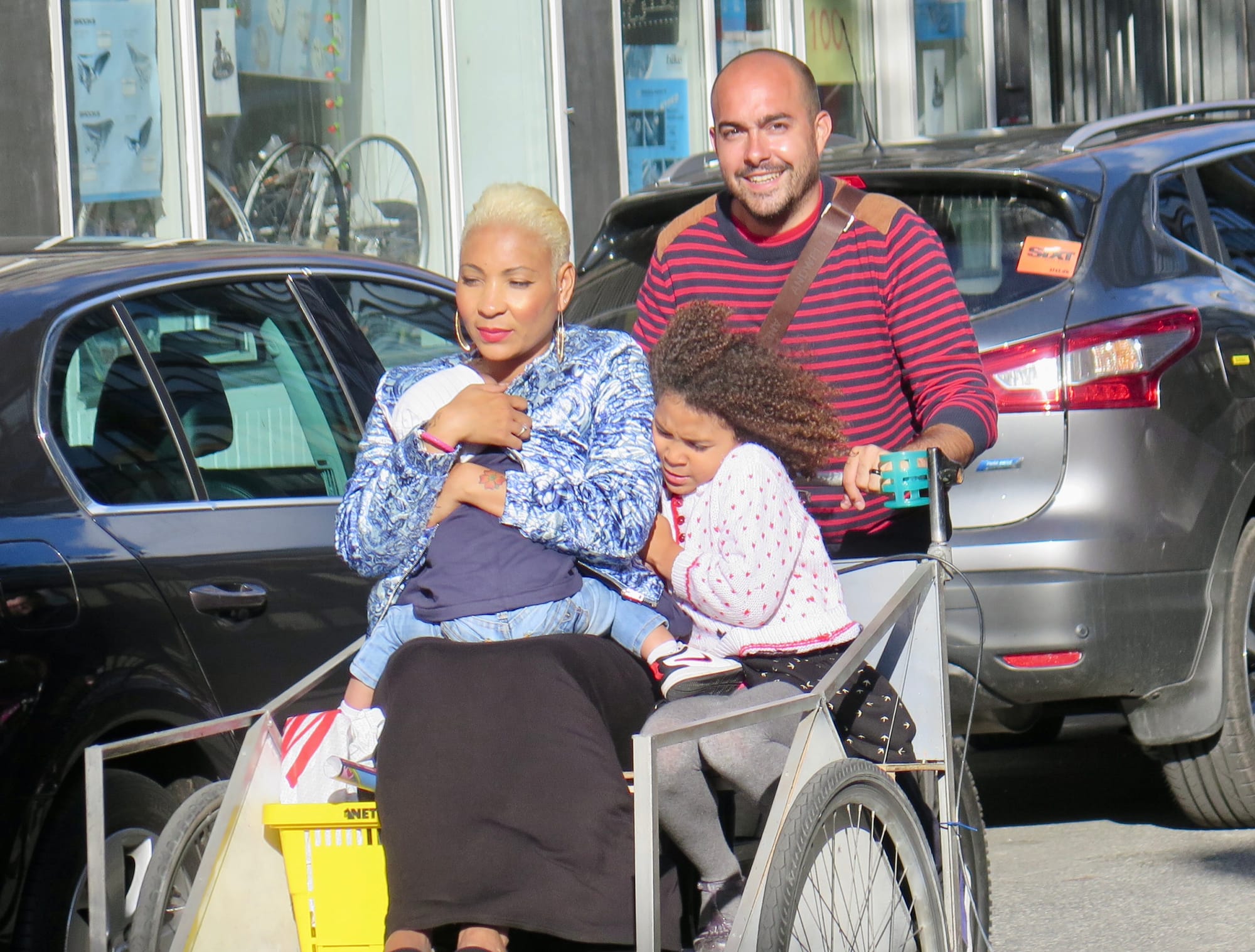
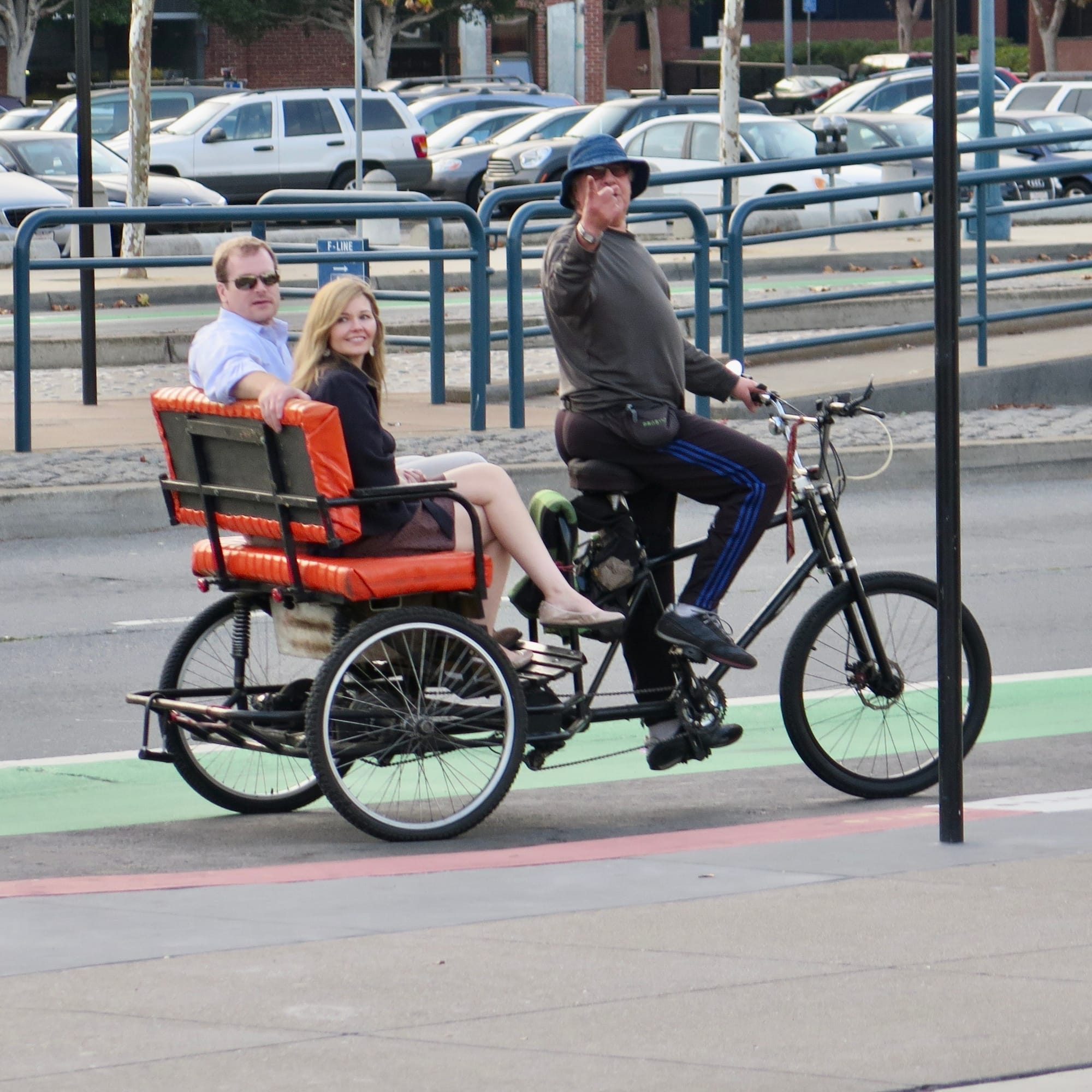
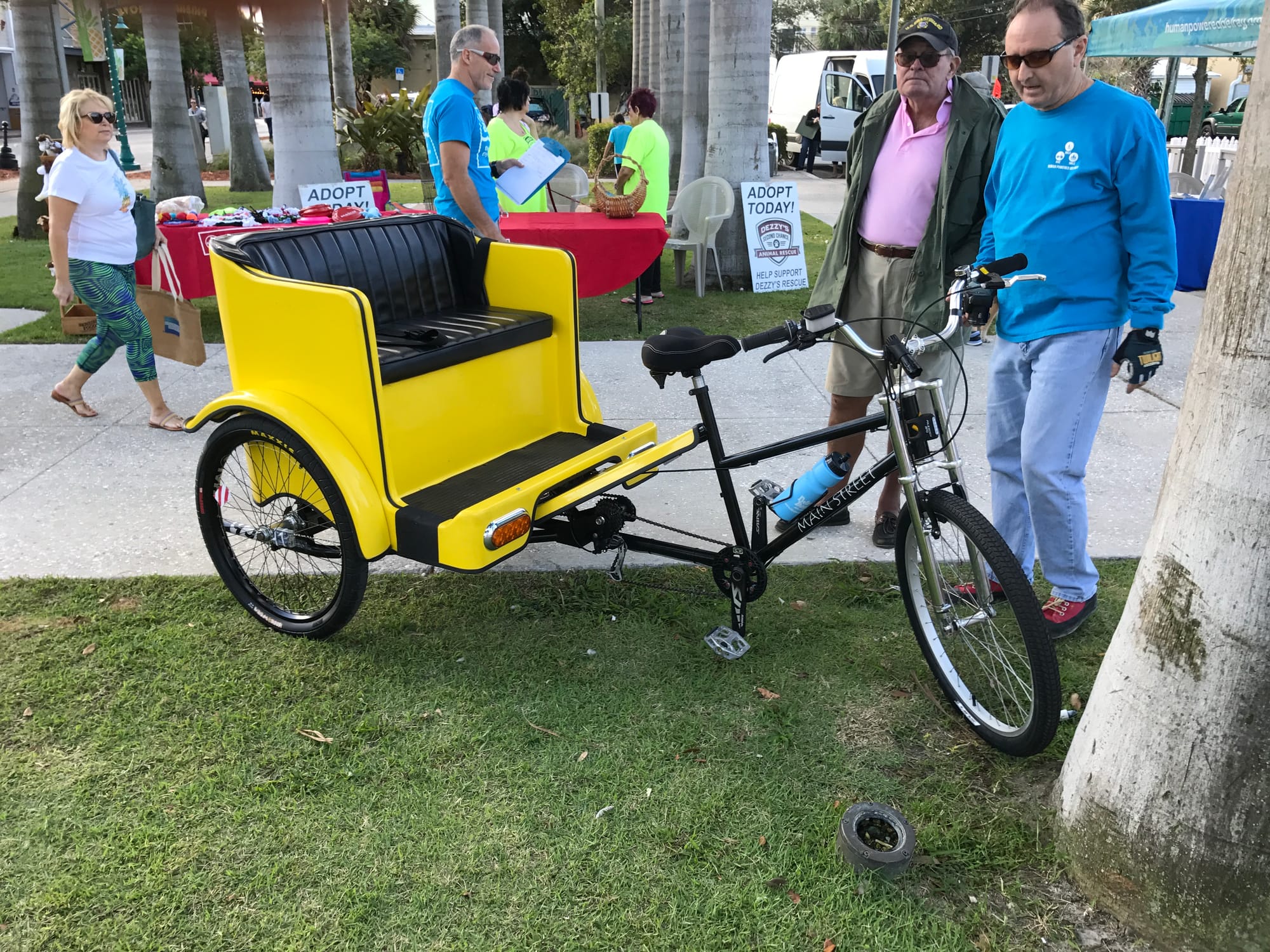
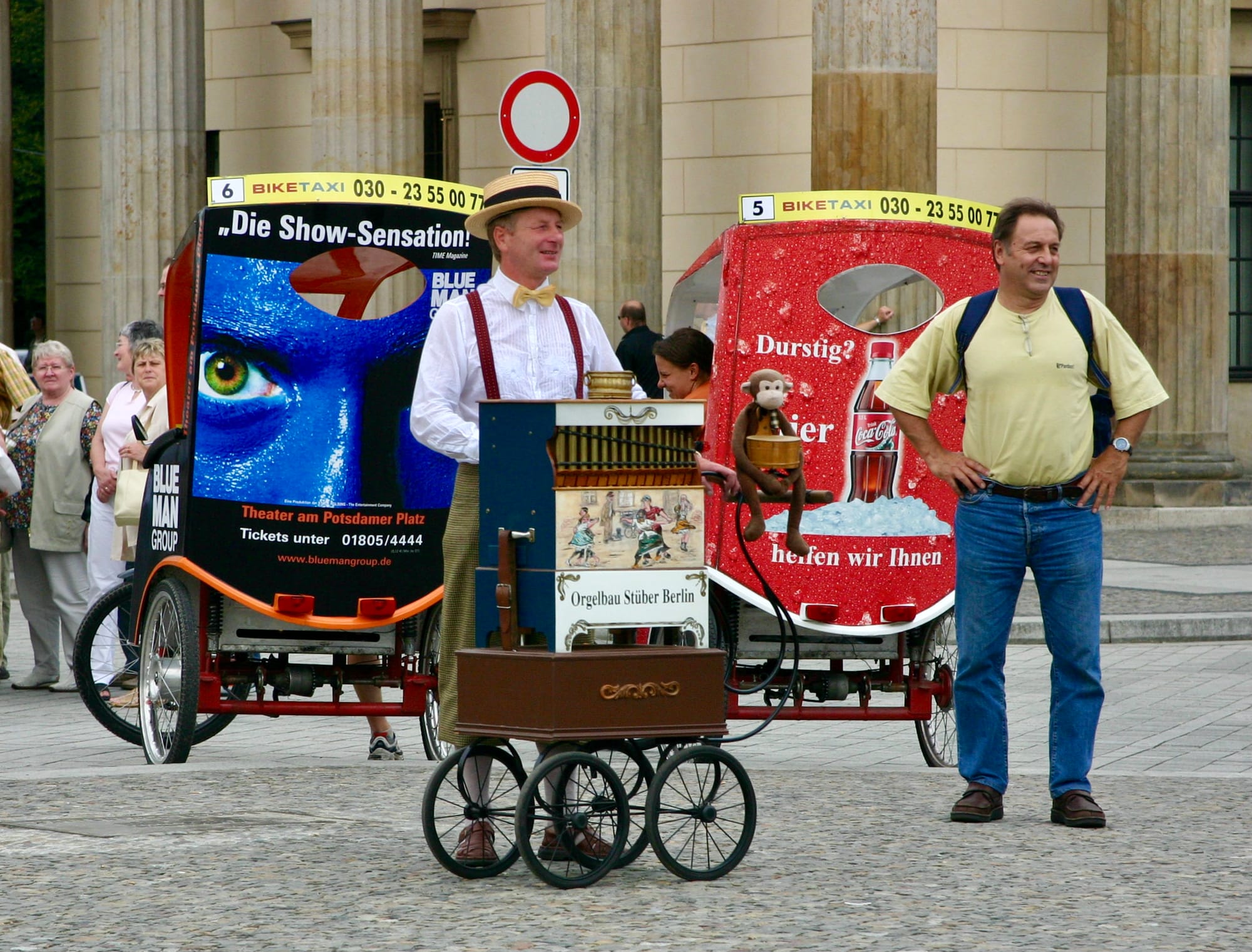
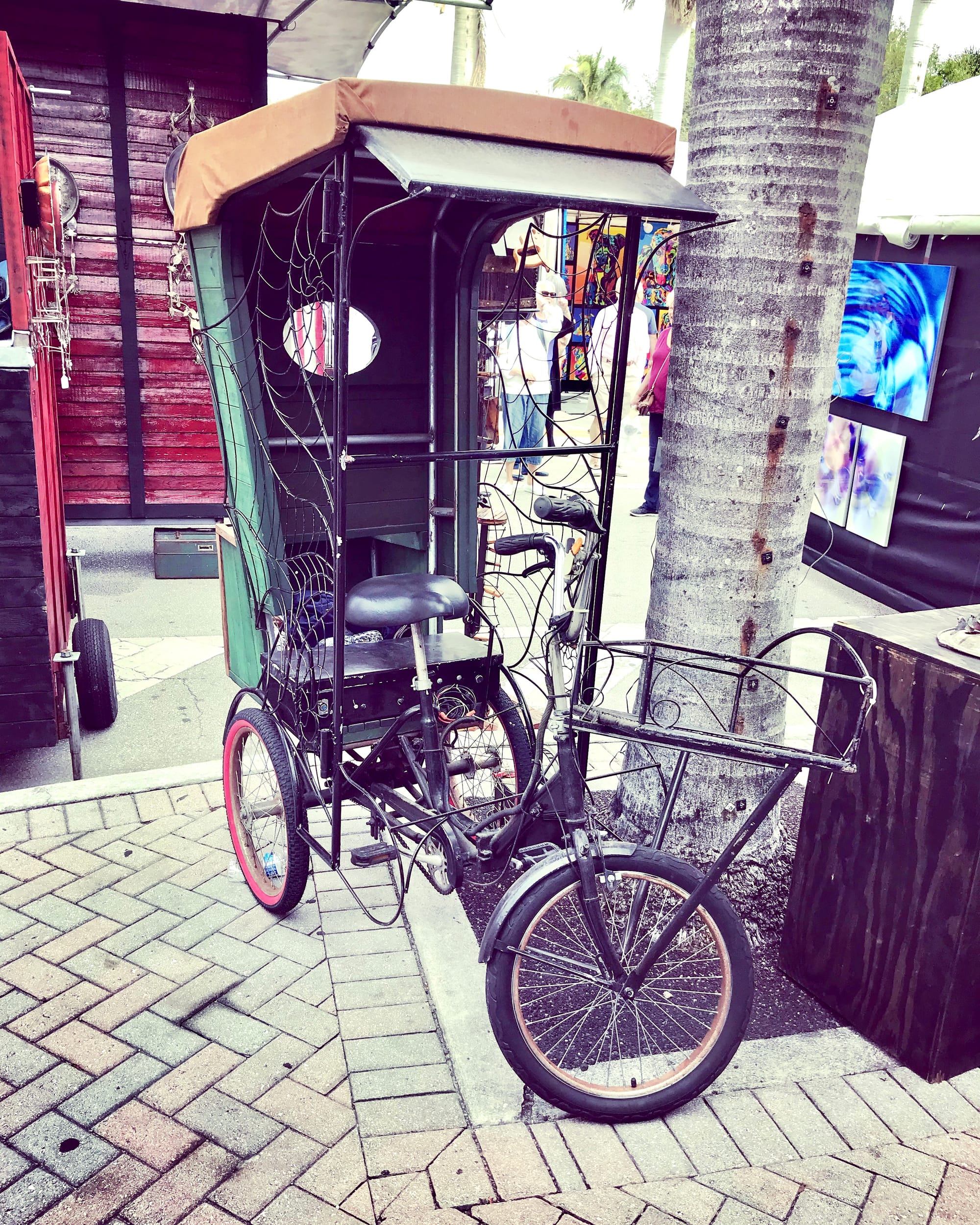
Takeaways - Bikes are taking back the streets
Our world is too full of cars and too defined by car culture. Too much has been sacrificed to cater to vehicles and their voracious hunger for space. We've given up huge chunks of our cities and our lives to cater to them. But cars are not the only way to get around quickly.
Bikes are a wonderful alternative to cars and much more versatile in what they can offer. They can be customized to our needs, they can carry loads of all shapes and sizes, they can be maneuvered much more easily and parked in the smallest of nooks, they allow us to interact with each other and our environments more freely, and they keep us physically active and healthy. Not to mention the fact that they are much cheaper, easier to maintain, safer to be around, and less polluting for the environment. With all their benefits, bikes deserve to have a much larger presence in our cities than they currently enjoy, and in places where they do, everyone benefits.
Related Articles
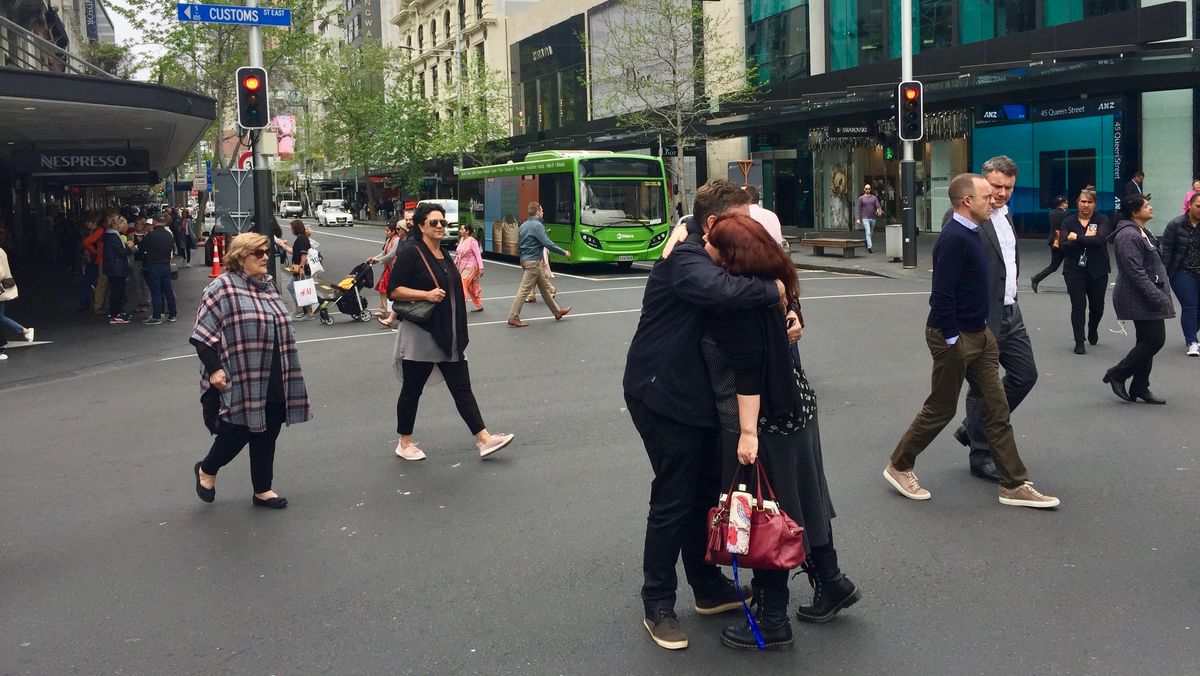
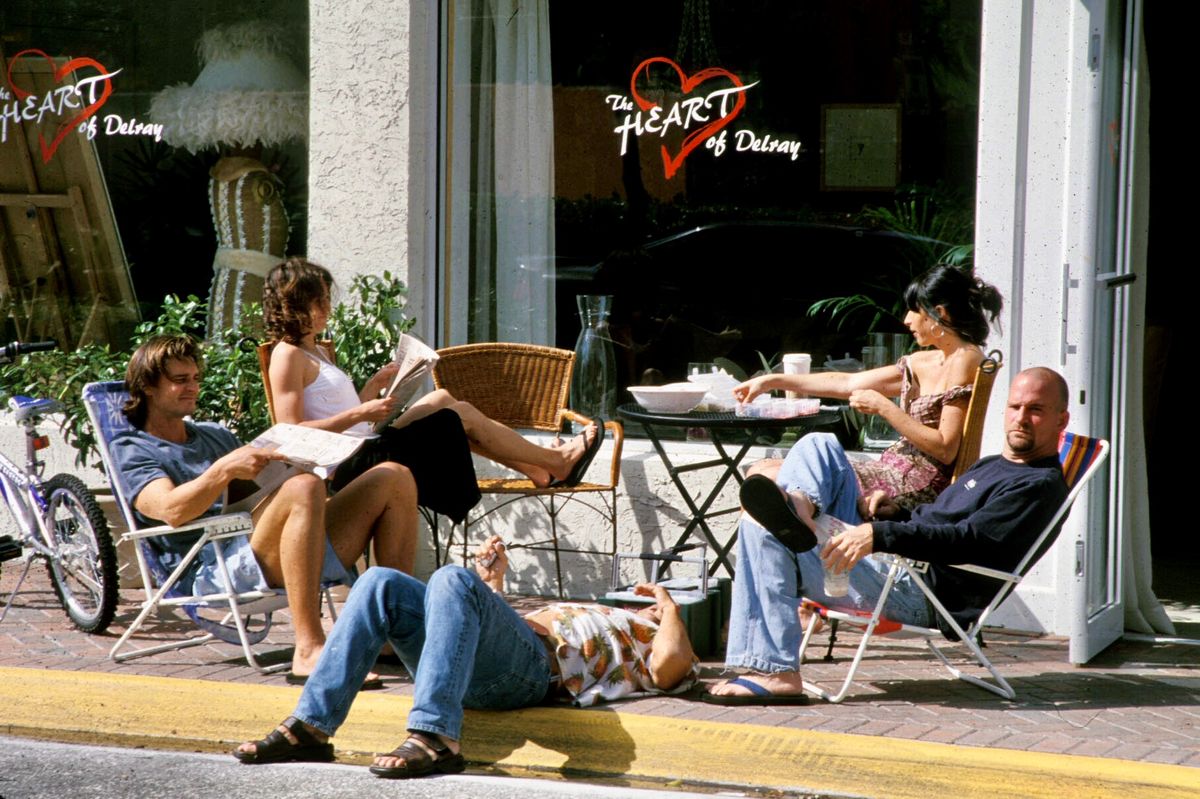
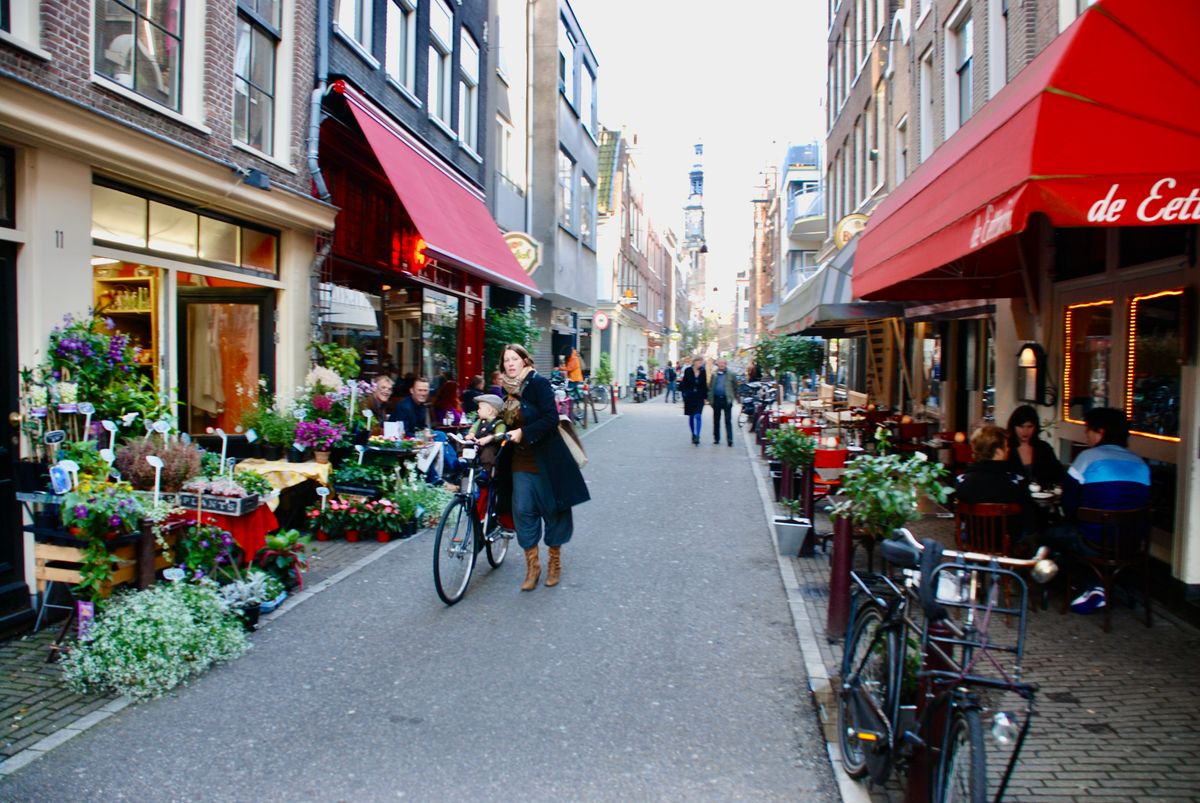
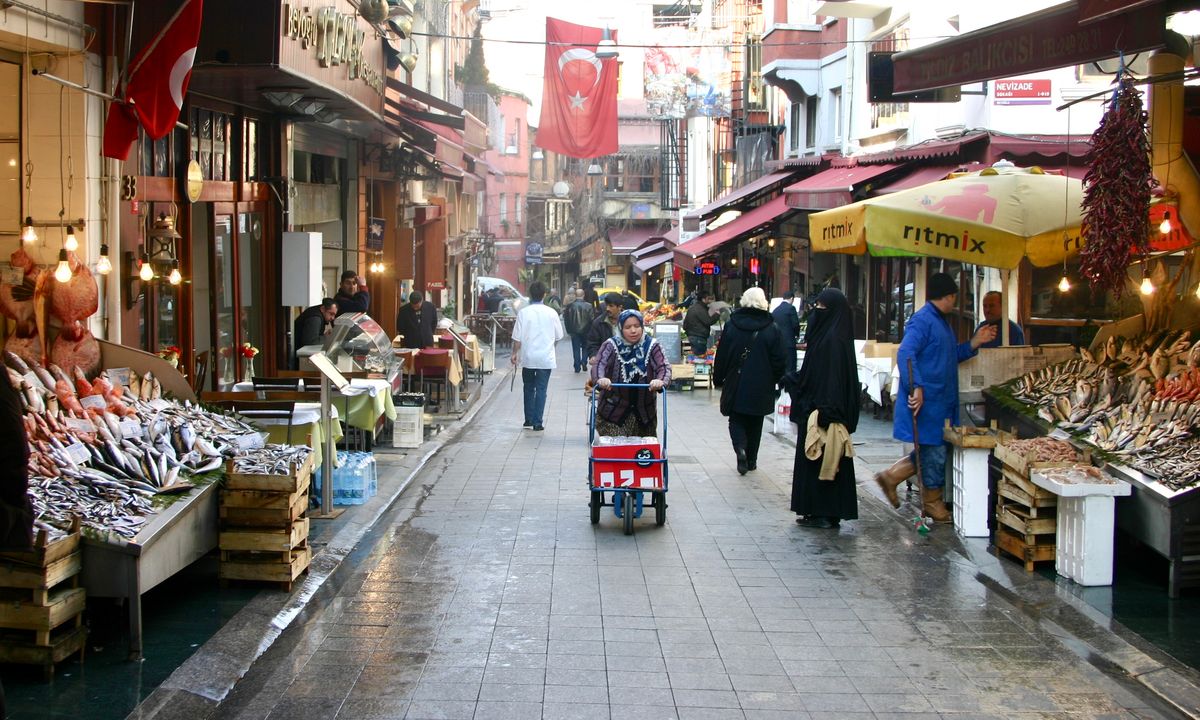
Who We Are
We are part of a growing group of community activists who have spent over 50 years building a "Placemaking Movement" that is now in over 30 countries around the world.
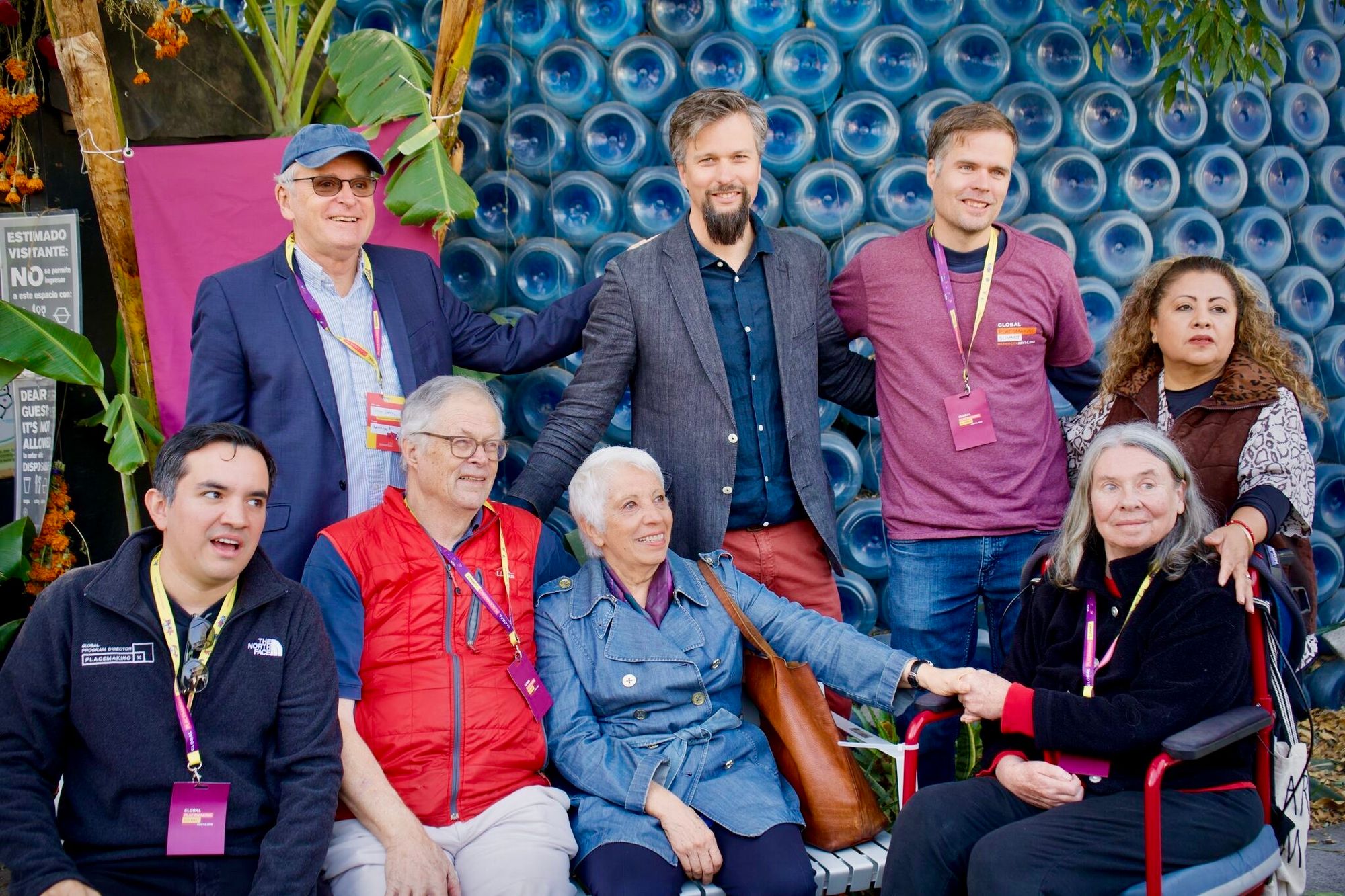
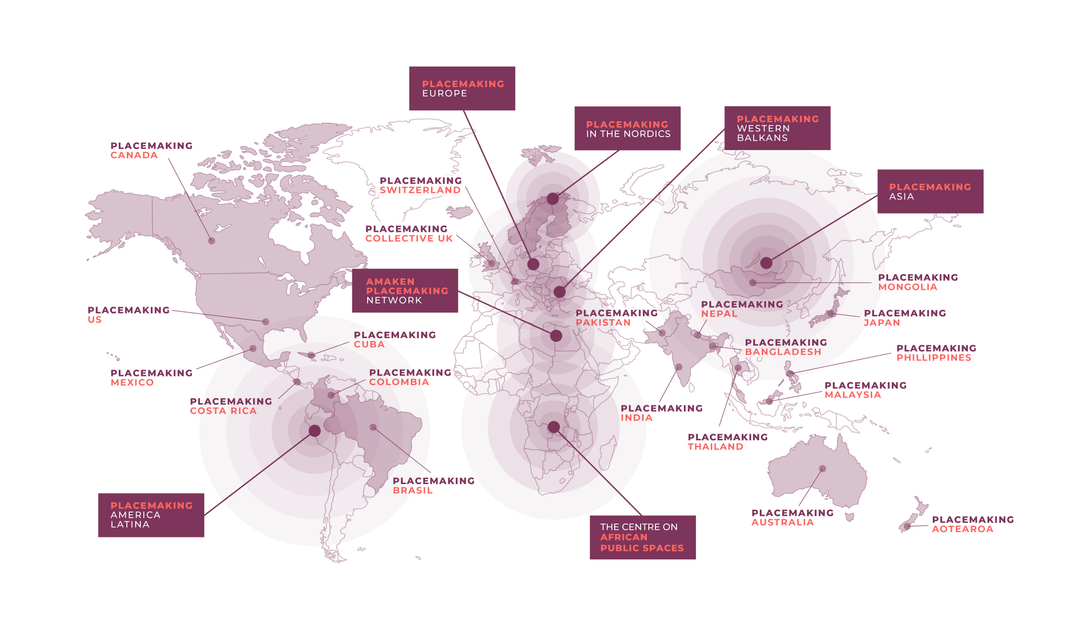
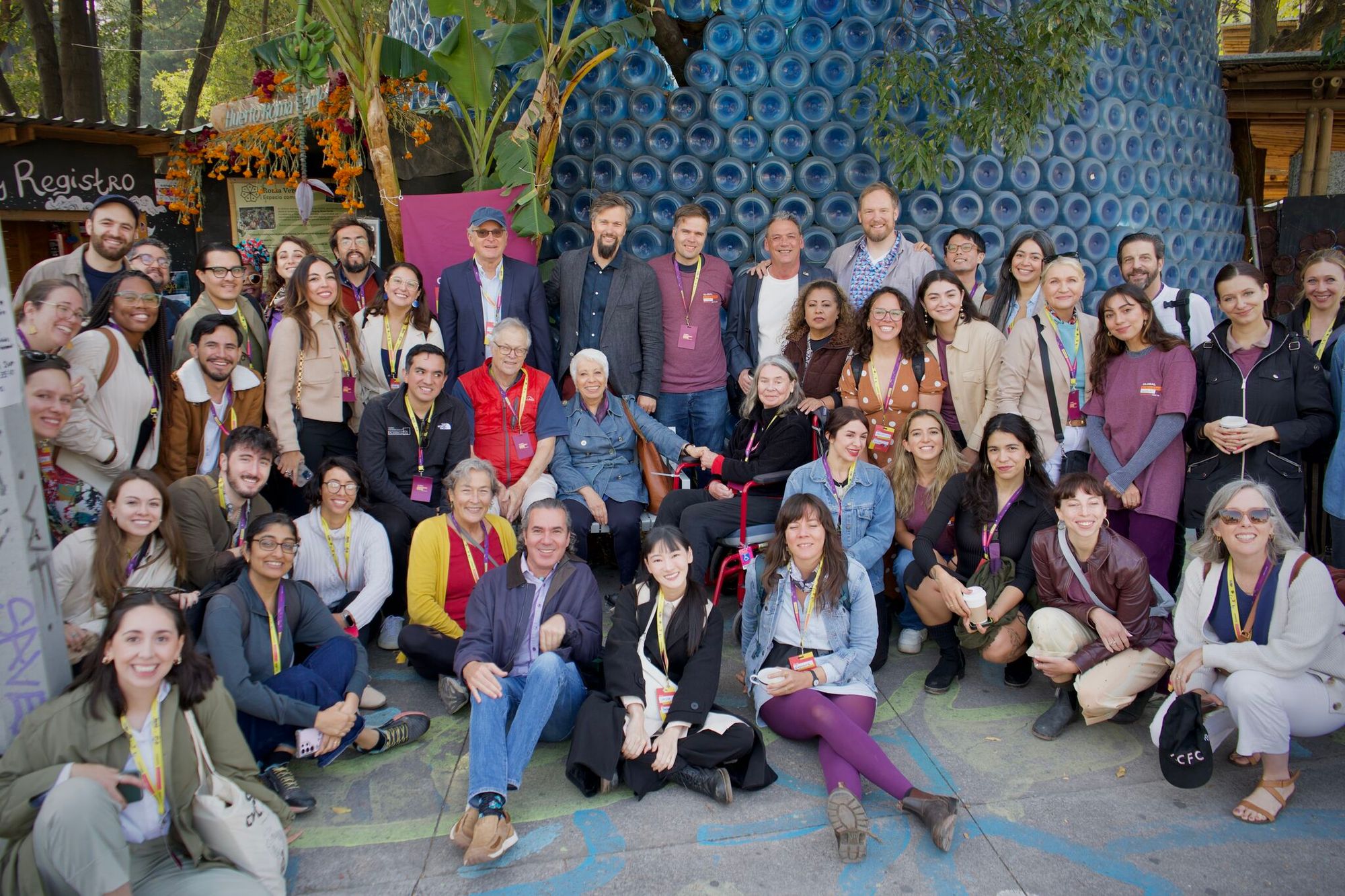
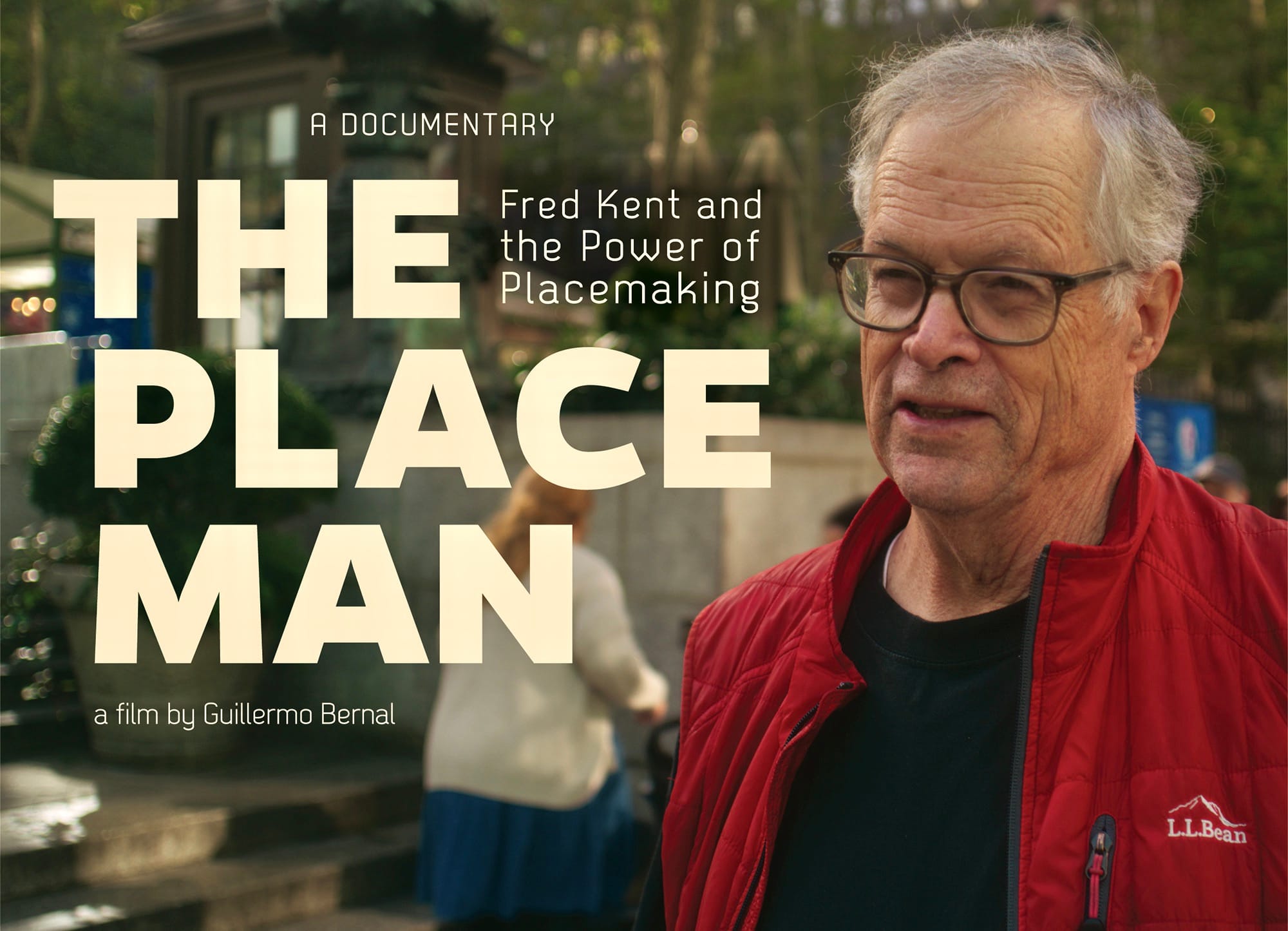
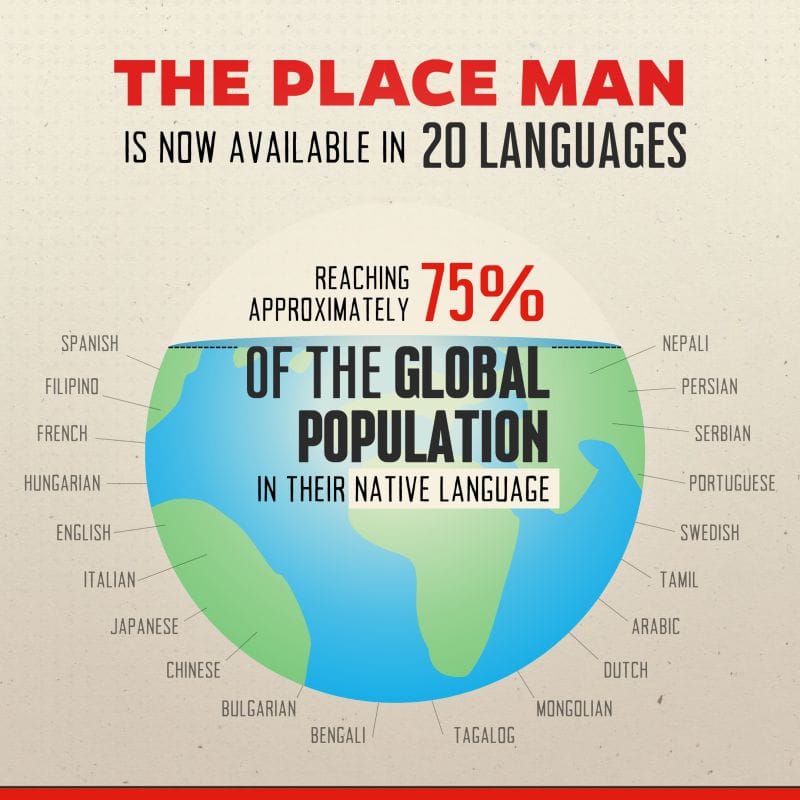
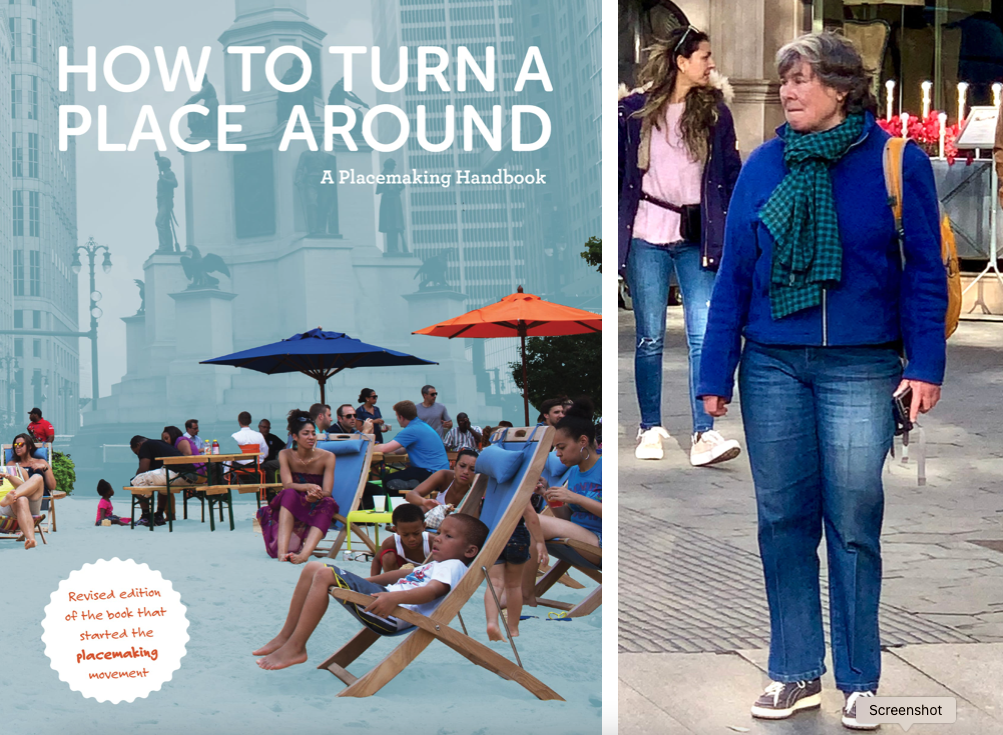
If you are interested in collaborating (articles, presentations, exhibits, projects, and more) or supporting the cause contact us.



